Cybersecurity threats are evolving in step with technology. To stay ahead, organizations need to proactively secure their code and implement dynamic protection solutions. Continuous penetration testing, or CPT, is a proactive measure that helps in this endeavor.
Our focus in this blog is on the pivotal role of penetration testing services in modern cybersecurity. We will delve into the significance of continuous penetration testing, a key strategy for maintaining a high level of security for a system or application. We’ll also cover the processes, advantages, and best practices for effectively implementing continuous penetration testing.
Understanding the Concept of Penetration Testing: Why It’s Important
Penetration testing (also referred to as ethical hacking) is a necessary security practice that assesses applications, cloud systems, network infrastructure, and more to identify potential business-critical vulnerabilities that cyberattacks may leverage.
This approach’s uniqueness and greatest value is the simulation of an actual cyberattack to identify vulnerabilities or weaknesses that an attacker could exploit. It allows you to identify vulnerabilities and remediate them before cybercriminals abuse them.
Statistics confirm the need and significance of penetration testing. The global penetration testing market will be worth $1.7 billion in 2024. According to experts, it is expected to reach $3.9 billion by 2029 (with a CAGR of 17.1%).
Pen Testing Methodologies
Now, let’s look at the primary pentesting methods.
Black box testing. Here, the tester operates without any initial knowledge of the target system. This method precisely imitates cyberattacks. It is refined for the detection of vulnerabilities without inside information.
White box testing. In this scenario, the target system’s complete information is accessible to the tester. This may encompass architecture, credentials, and even source code. Here, the prime intention is to provide complete coverage of the security aspects of the system.
Gray box testing. It’s a compromise between the above two approaches. The testers don’t have much information about the target system. Here, they create a situation as if the attackers have a basic idea about the system and its elements.
Why Is It Important to Continuously Conduct Penetration Testing for a Strong Security System?
Identifying vulnerabilities
One of the key reasons why penetration testing is crucial is its ability to identify vulnerabilities and address them promptly. This proactive approach allows for continuous monitoring of your system and network, enabling you to respond to and contain potential incidents before they escalate into full-blown attacks.
How does it work? Finding weaknesses with penetration testing differs slightly from vulnerability assessment and scanning techniques. Automated tools may be suitable for scanning your system periodically for prevalent vulnerabilities.
On the other hand, CPT seeks to discover probable security vulnerabilities that are difficult to find by minimizing false positives and relying on manual interaction with the system.
Mitigating risks
CPT allows both of you to recognize vulnerabilities and classify security threats appropriately. Why is it so important? That way, you can maximize resource allocation and enhance cybersecurity controls.
Indeed, pen testing gives you a grasp of the monetary impact of an attack, the threats to your infrastructure, and how to best manage them.
Therefore, why is it necessary to perform penetration testing regularly? Mimicking real-life attack situations exposes key vulnerabilities and weaknesses that otherwise may not be evident. In this way, you can better prioritize security measures and properly manage investment decisions for new security tools and protocols.
Enhancing incident response
This is yet another reason why penetration testing is crucial. It plays a significant role in enhancing incident response, providing the following benefits:
- Ongoing penetration testing detects threats before they cause harm and allows preventive action.
- Penetration tests assist in responding in advance, decreasing incident reaction time.
- Preventive measures reduce organizational operations and reputation impact.
- Ongoing pen testing combined with continuous monitoring enhances cyber threat resilience.
Compliance assurance
Why must we perform penetration testing to maintain a good security stance? Because CPT is an essential service that ensures compliance. If you are employed in regulated industries, you know that compliance with industry frameworks is of utmost importance. Pentesting is a forward-looking method that gives you clear knowledge regarding possible gaps in compliance, making you feel secure and compliant.
How does it function? Testers continuously evaluate the degree of security and locate areas to be improved. This, therefore, enables you to stay compliant with regulations like HIPAA, PCI DSS, GDPR, and NIST 800-53.
Why Is Penetration Testing Important for Cost Savings and ROI
Below are some essential facts that will enable you to grasp how CPT can save you money.
- According to experts, by 2025, the overall cost of damages inflicted by cybercrime will hit over $10 trillion.
- It takes an average of $4.45 million to respond to a data breach, and a ransomware attack costs a business $5.13 million.
Pentesting has an intricate nature. It utilizes vulnerabilities actively to test the strength of security and find potential points of entry through which an intruder can penetrate the system.
This includes deeper evaluation and delving into weaknesses. In doing this, pentesters attempt to access sensitive information, breach the system, etc. All these combined enable you to evaluate the possible effect of an attack, enhance your security controls, and pre-empt the expenditures associated with addressing the repercussions. It also reduces the risk of expensive security breaches, enhances security stance, and lowers operational expenses.
Historical testing may not reveal security threats that exist today. The CPT, however, gives you a real-time view of security performance via ongoing indicators and reports. With the information you gain, you can refine the distribution of resources and measure the return on your security investments to ensure long-term success.
Penetration testing + vulnerability assessment
Penetration testing mimics cyber attacks to measure information security. It employs automated tools and manual methods to try to hack key systems.
On the other hand, compared to a penetration test, a vulnerability assessment quantifies and identifies prevalent security vulnerabilities within an environment and is geared towards a high-level view of your posture for security. It is part of the vulnerability management program.
Also, ongoing security testing takes advantage of vulnerabilities to determine defense effectiveness. Vulnerability assessment, however, concentrates on leveraging preconfigured payloads to detect vulnerabilities without actually exploiting them.
Why are both needed? Because they complement one another. Experts use both to create strong security management systems and implement them on an ongoing basis.
Automated + manual processes
Merging automation with traditional manual testing techniques is a good practice to offer complete security coverage. Automated tools like vulnerability scanners and network monitoring systems provide real-time insights into threats. They make it more efficient by constantly scanning for vulnerabilities and sending alerts when possible security threats are found.
Manual processes, nonetheless, are no less vital. Those are required to conduct a thorough analysis, result interpretation, and develop mitigation measures. Network penetration testing services are significant when they help discover network-specific vulnerabilities that automated tools can miss. Only qualified security experts should authenticate discoveries, pinpoint the areas that need enhancement, prioritize correct remediation, and execute security measures.
Clear flow + frequency
A precisely defined testing flow is important for gathering, processing, and reacting to security threats in real time. Your testers should be able to control and customize it, considering even the finest details of your business.
General flow
Usually, the flow is as follows:
- Enumeration: Data and information gathering on the target system.
- Exploitation: Actual attack on the found vulnerabilities (meticulously handcrafted depending on the findings of enumeration).
- Post-exploitation: Penetration deeper within an exploited system, support for access, emulated theft of sensitive data, etc.
- Lateral movement: An attack technique that attackers use to propagate through an exploited network to reach other systems. Pentesters execute this process stepwise in order to thoroughly examine the “infected” network, identify vulnerabilities, enhance access rights, etc.
- Proof of concept. In this stage, all flaws and vulnerabilities discovered by penetration testers are documented, and reports are made based on their findings.
It is also desirable to determine the pentest frequency. It is a good rule of thumb to associate this indicator with the frequency at which you implement new features or how frequently your development team significantly changes the codebase, network, or infrastructure. While selecting the frequency of the pentest, you will want to look at the worst-case scenarios.
How Frequently Do You Need to Conduct CPT
It depends highly on the size of your company, its specific demands, and the demands of the industry. Remember that the system is more at risk each time the development teams make significant changes to the application.
So, conduct pentests on an ongoing basis. The annual penetration tests are a minimum.
How to Use Continuous Penetration Testing?
Penetration testing is a methodical and controlled way of determining the security of your infrastructure, networks, and applications. Consequently, you must receive a detailed report of the found vulnerabilities, their characteristics, attack mechanisms, etc. You also receive data on the effects of successful attacks on your system and solutions for patching flaws and strengthening security.
Below are just a few examples of pentesting applications in the real world.
eCommerce platforms
All the major platforms in this sector have already adopted continuous penetration testing as a part of their security program. Through continuous testing for web and mobile application vulnerabilities and threats, they can detect and filter out possible security threats in real time.
Financial institution
In such a scenario, ongoing security testing enables you to safeguard confidential financial data from cyberattacks. By incorporating security testing into their CI/CD pipeline, financial organizations can guarantee that each code update undergoes strict security testing before deployment.
This enables vulnerabilities to be discovered and fixed early in the development process, minimizing the possibility of financial fraud and non-compliance with regulations.
Healthcare organizations
These companies hold sensitive patient information, such as medical history and personal health information. Ongoing penetration testing enables healthcare organizations to detect and eliminate security threats to safeguard patient confidentiality, adhere to regulations like HIPAA, and avert data breaches. It is mandatory for any healthcare software.
Cloud service providers
Cloud service providers usually employ security teams who conduct penetration tests. They provide companies with infrastructure and platform services and store enormous amounts of data in the cloud.
Recurrent penetration testing assists them in securing their platforms and protecting customer data against unauthorized access, data leakage, and other security breaches.
Wrapping Up
Cybercrime is increasingly sophisticated. You can try to run, but you can’t hide. Either way, you’ll require an advanced penetration testing plan to remain ahead of the threats.
Data privacy policies are getting increasingly tight, and CPT is also a must in this case. Such testing greatly enhances cybersecurity and enables others to meet compliance standards.
Statistics reveal that the market for penetration testing keeps growing. This is due to rising complexity in cybercrime, more regulatory pressures, and the necessity for tighter security measures. It seems that ongoing penetration testing is still an essential element in defending companies against future cyber threats.
So, why should penetration testing be done continuously for a solid security system?
This means just one thing: we all need constant security testing, and СPT is the answer for now. The simulation of actual cyberattacks makes it possible to discover details that are not visible during single testing. It protects your business and saves a lot of money on intrusion protection.
With Qualysec’s experience and sophisticated security expertise, we provide full-spectrum testing services to detect and address vulnerabilities before attackers exploit them. We will be glad to create a customized testing system according to your business requirements to enhance the strength of your defenses and safeguard them from future threats. Contact our team to learn how continuous penetration testing can benefit your organization. We are ready to assist you!
FAQs
1. What is the difference between one-off testing and continuous penetration testing?
First, pen testing is all about ongoing evaluation of the organization’s security posture, whereas one-time testing is confined to events or requirements.
Second, real-time feedback about new threats and weaknesses in security is given by continuous penetration testing. One-time testing provides a snapshot of the health of security at one point in time.
2. What are the advantages of continuous penetration testing?
These are just the key benefits of CPT:
- Early detection of vulnerability.
- Better security posture.
- Lower security incident risk.
- Compliance with regulations.
- Better incident response capabilities.
3. How does penetration testing help in incident response readiness?
By conducting penetration testing regularly, you can locate vulnerabilities before the attacker does, detect vulnerabilities in incident response processes, and enhance overall readiness. This proactive vulnerability management also aids in meeting regulatory compliance and industry standards.
4. What is the contribution of continuous penetration testing regarding compliance with regulations and standards?
Ongoing security posture monitoring aids in detecting and removing vulnerabilities to meet regulatory specifications and standards effectively. Due to continuous testing and verification of security controls, CPT is critical in having a secure security infrastructure that complies with regulatory specifications and industry best practices.
5. How can an organization adopt an effective continuous penetration testing program?
It ultimately depends on your business goals and nature. You’ll have to select tools and technologies to automate testing workflows, conduct repeated penetration tests to rapidly detect and fix vulnerabilities, and provide ongoing cyber protection.
Apart from ongoing testing, you must create detailed remediation plans to remediate the identified vulnerabilities, prioritizing the risk severity and impact fixes.
That is to say, the process will be difficult but inevitable. We possess sufficient skills and experience to apply it to your business’s unique needs.

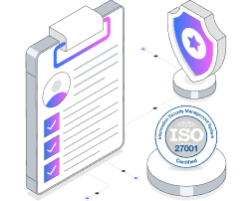



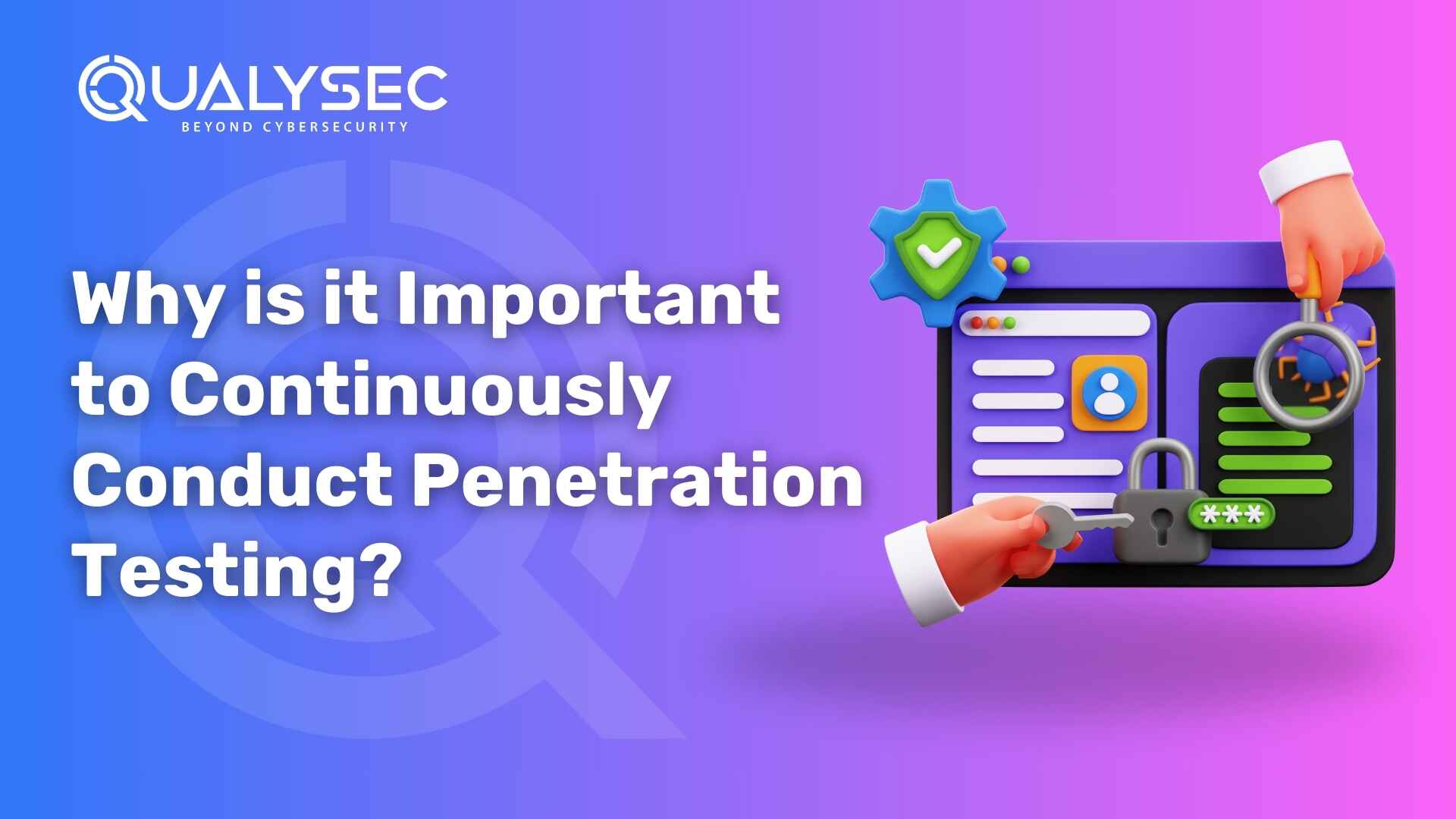



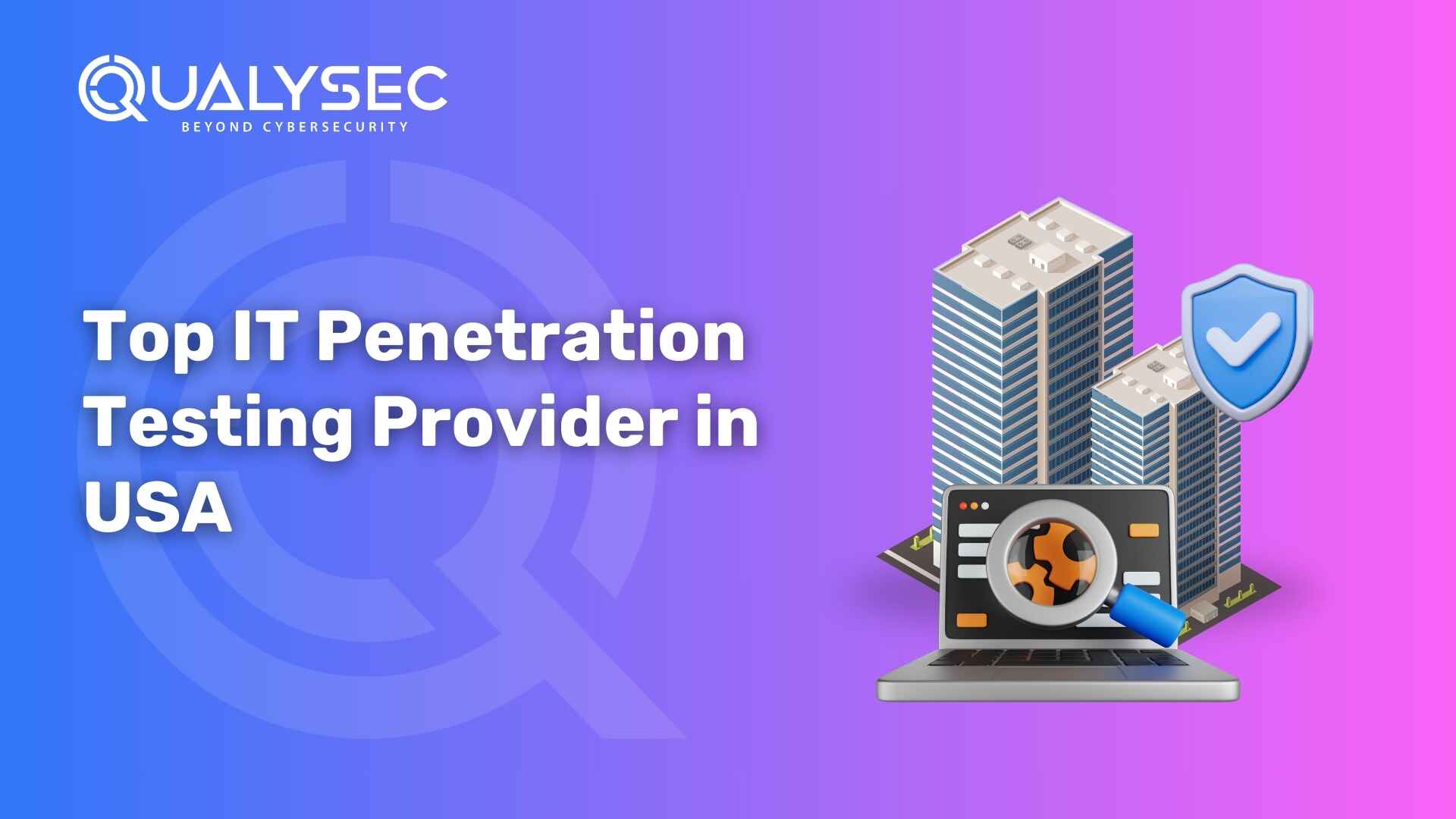

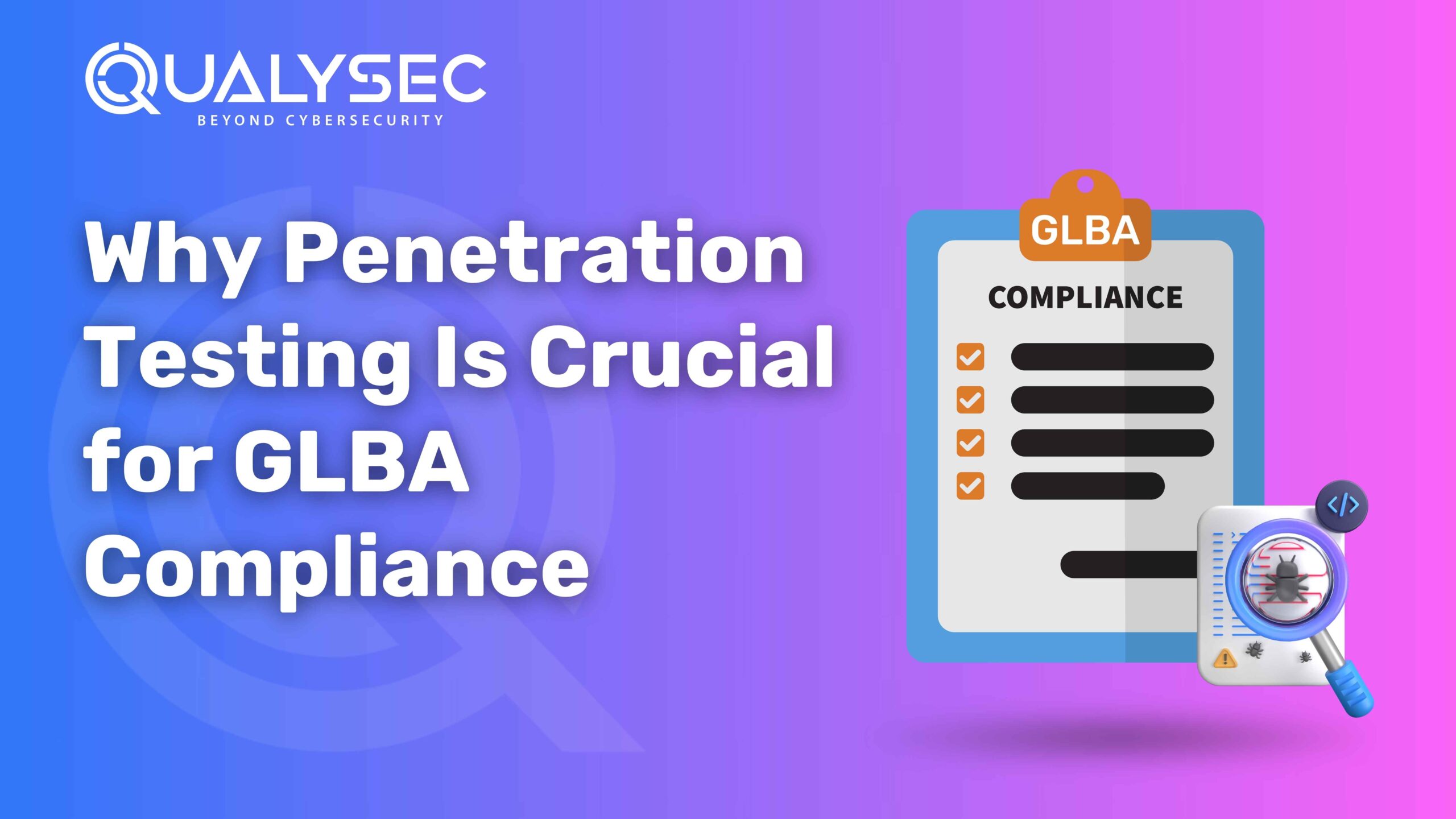


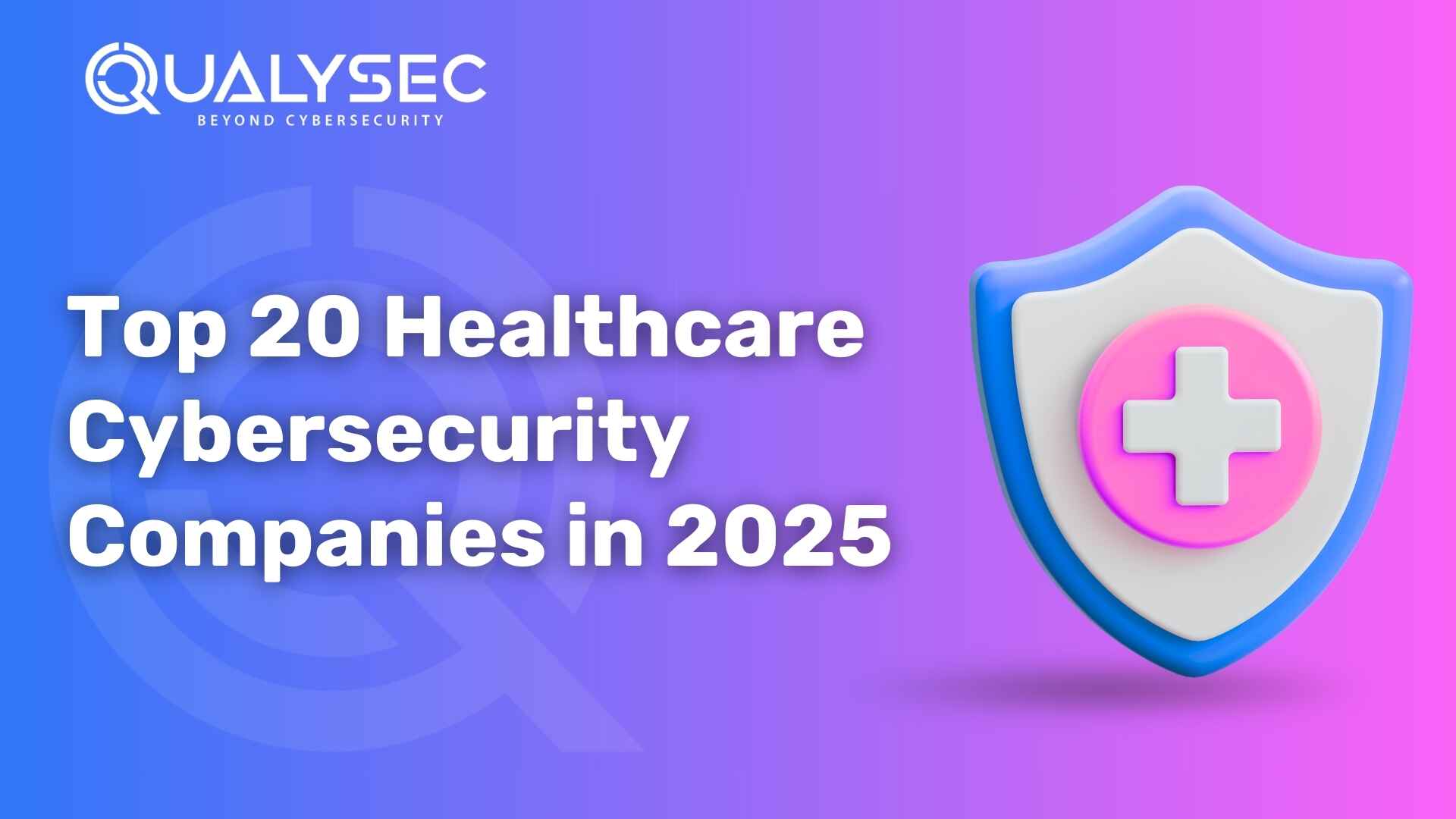
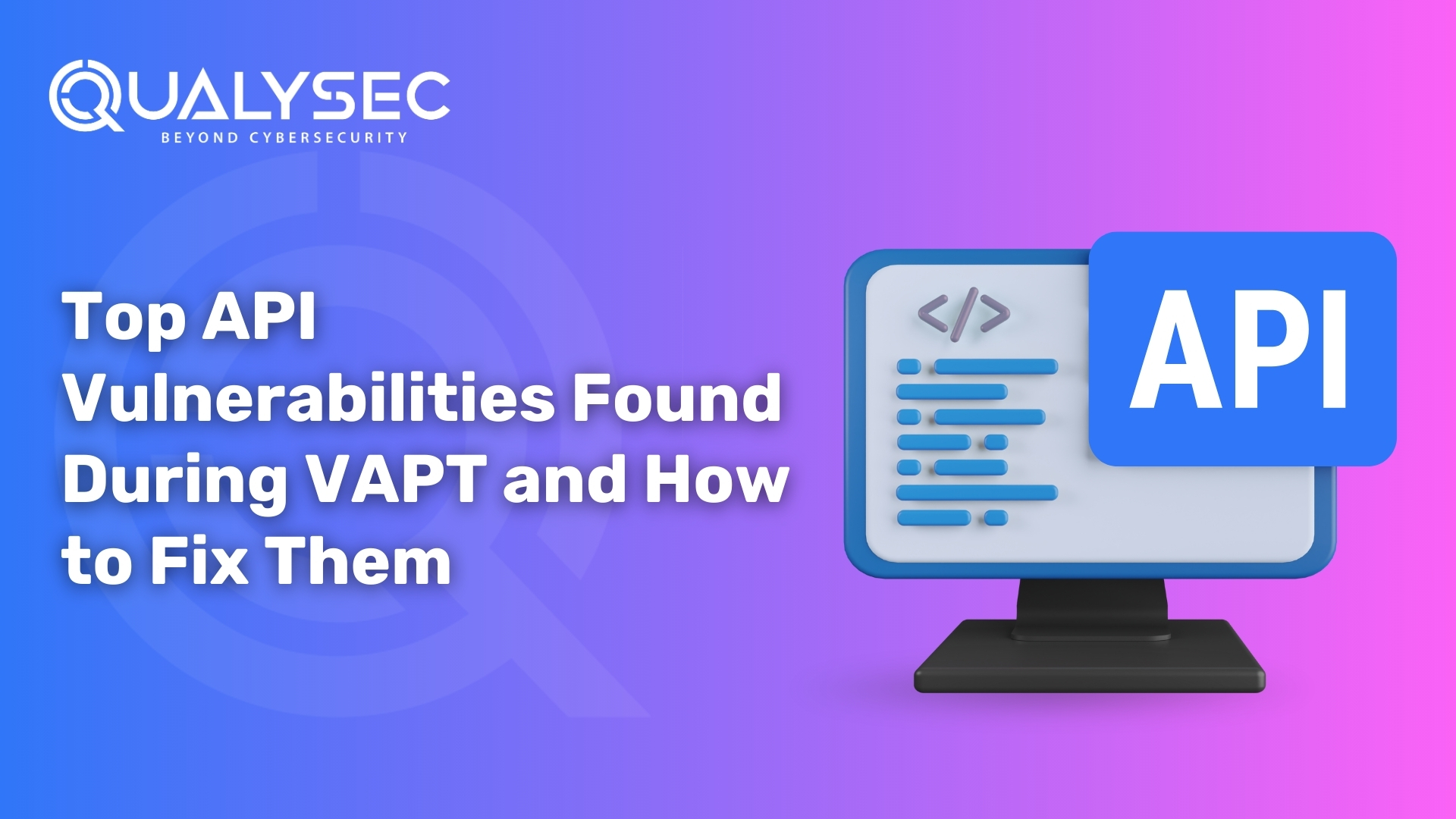

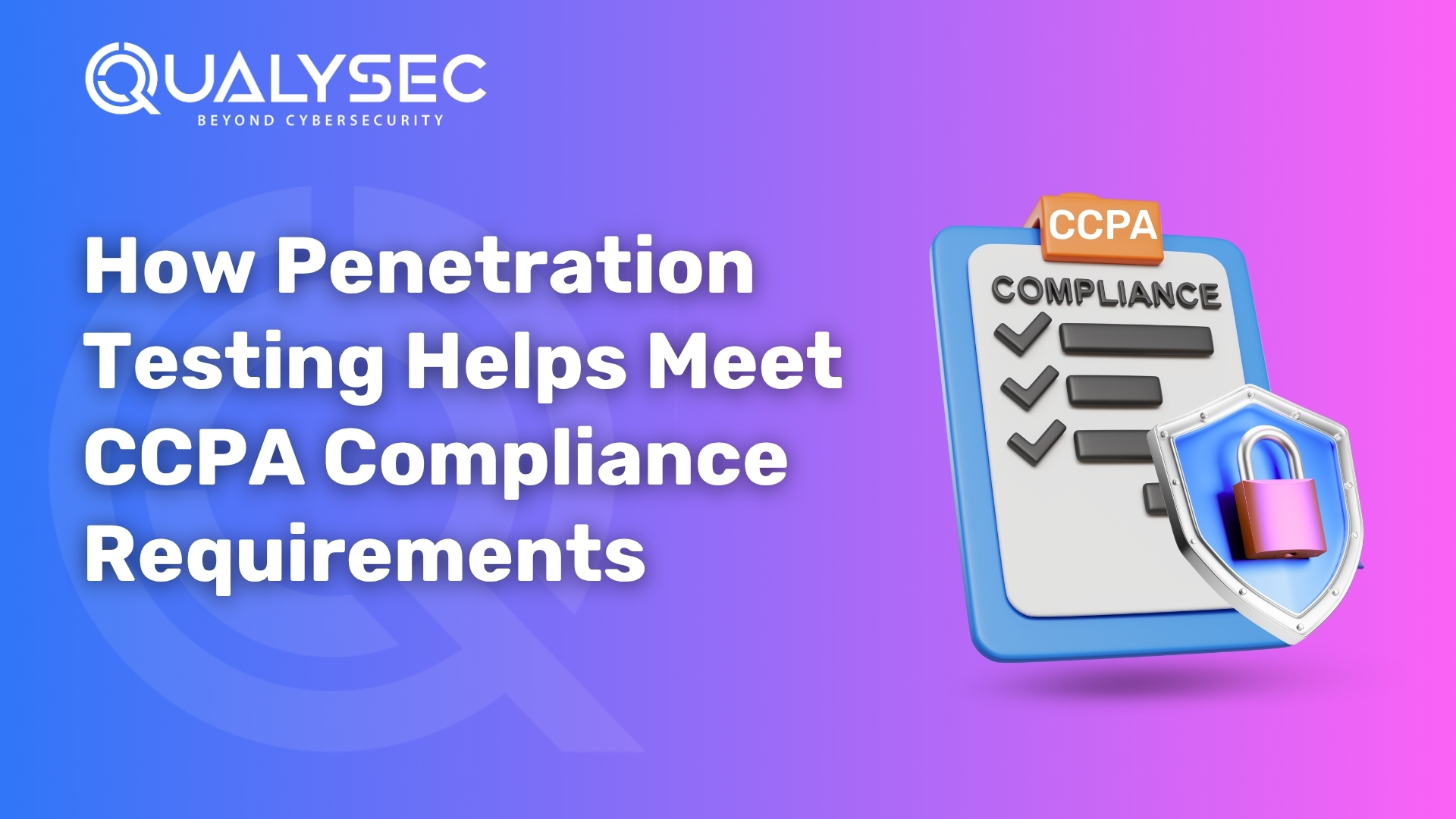
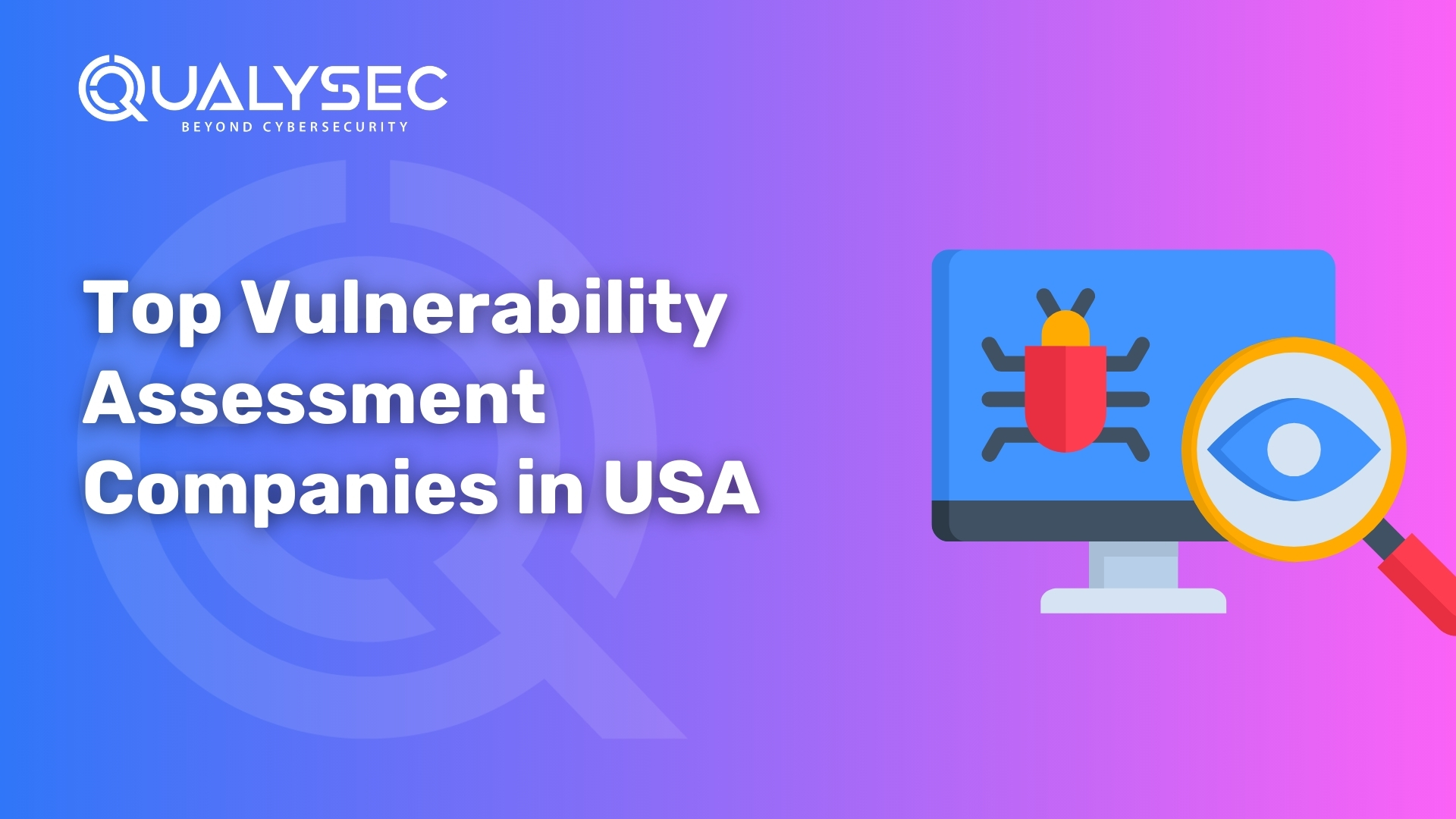
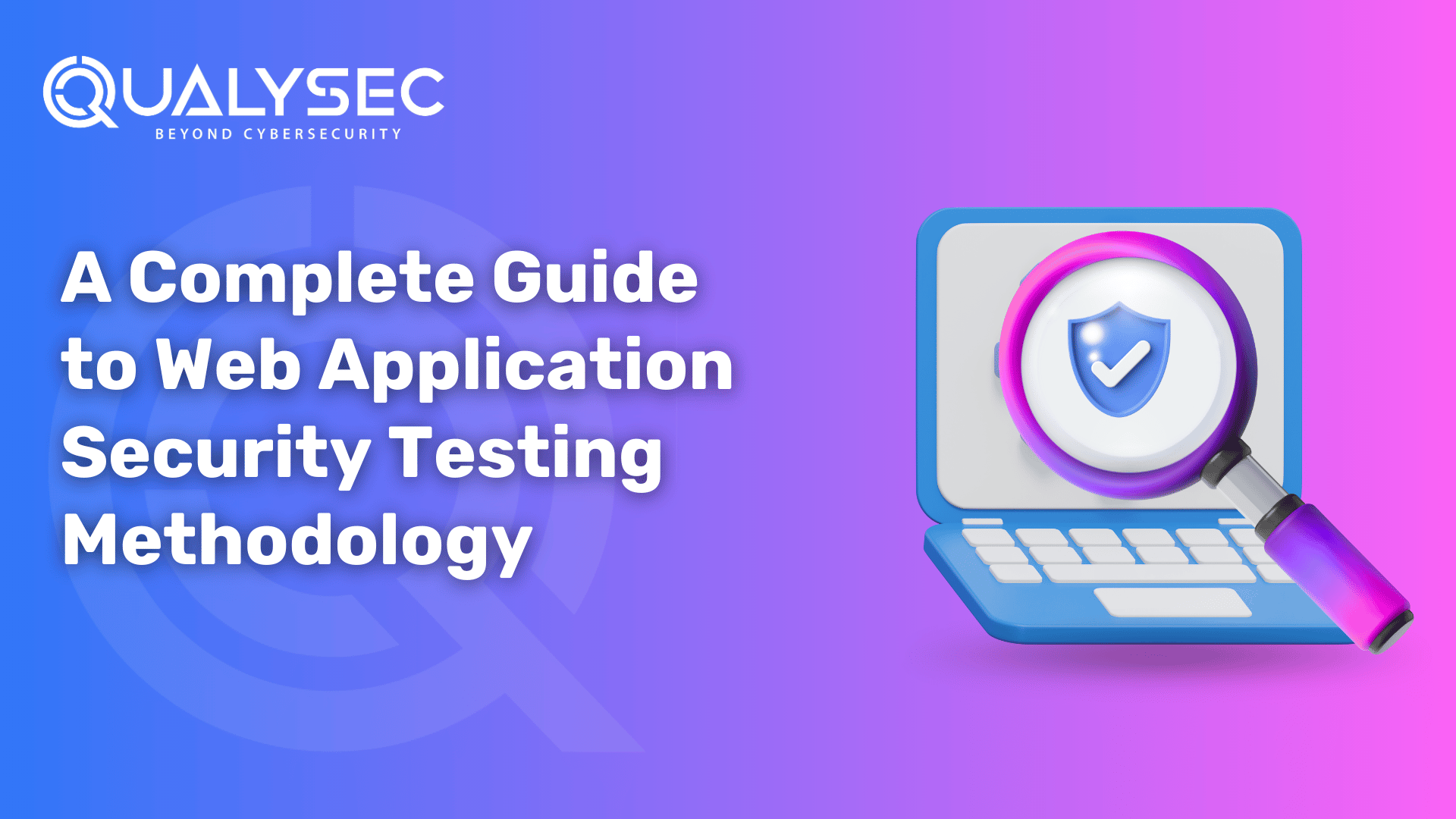
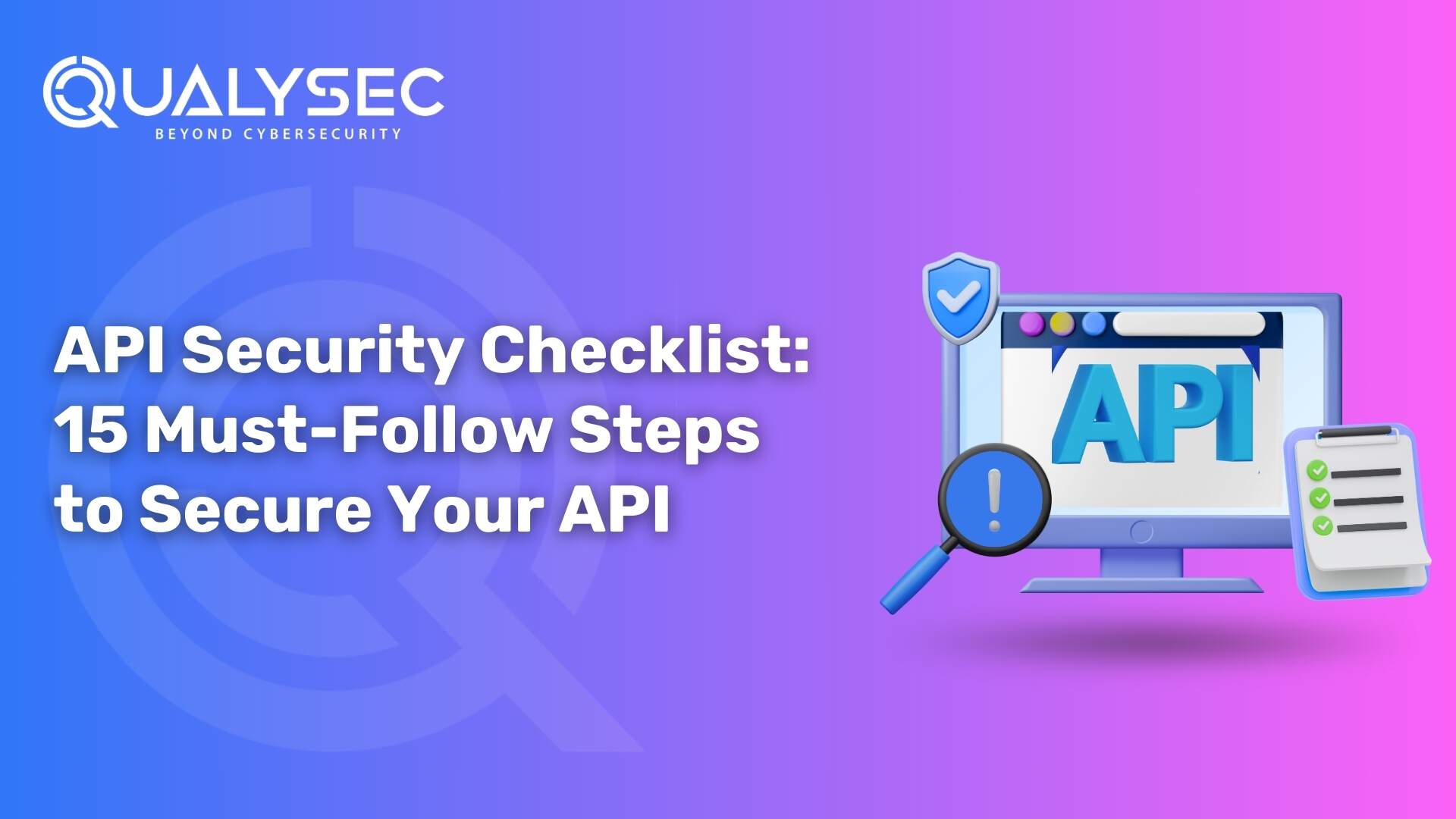

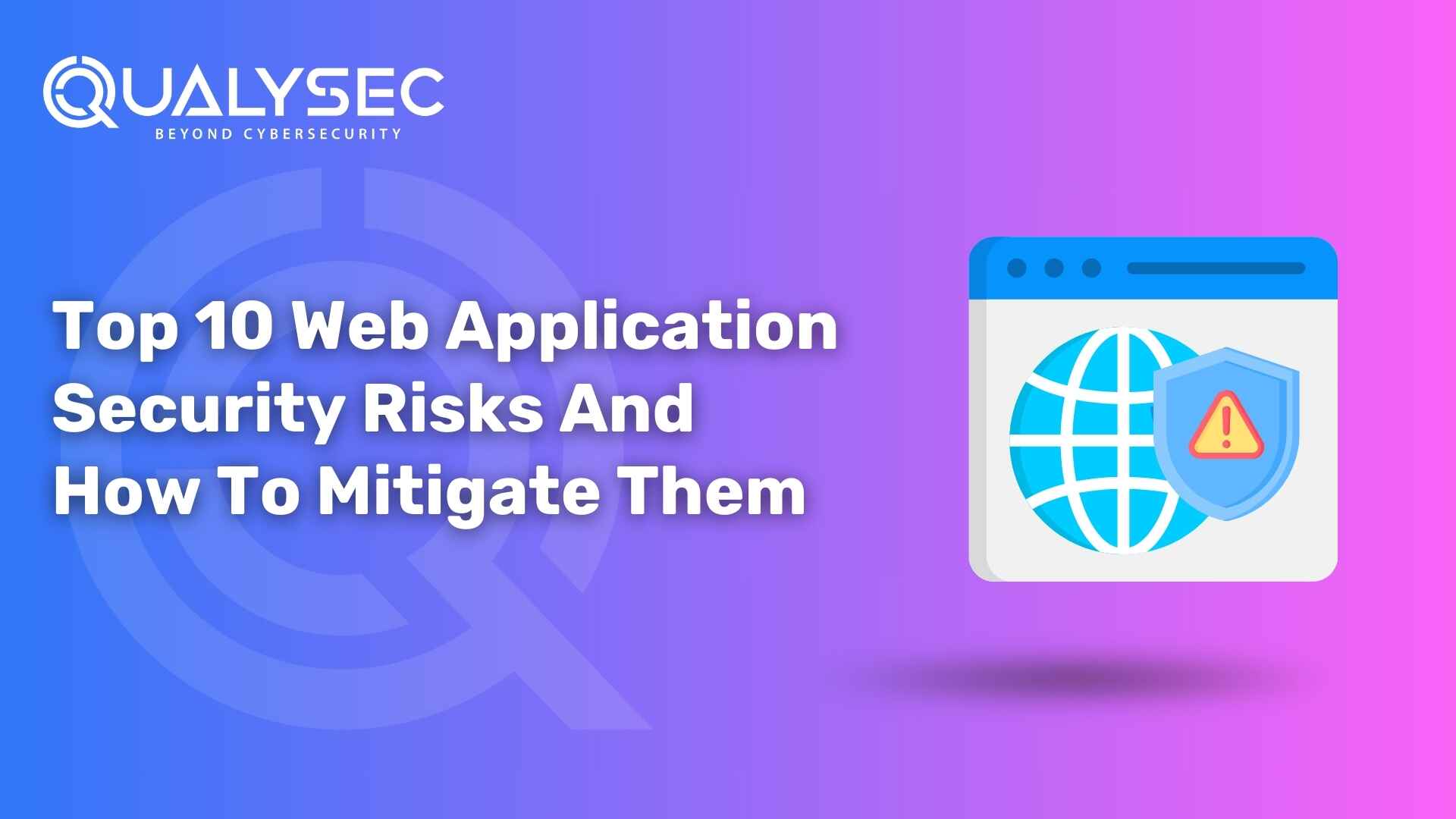
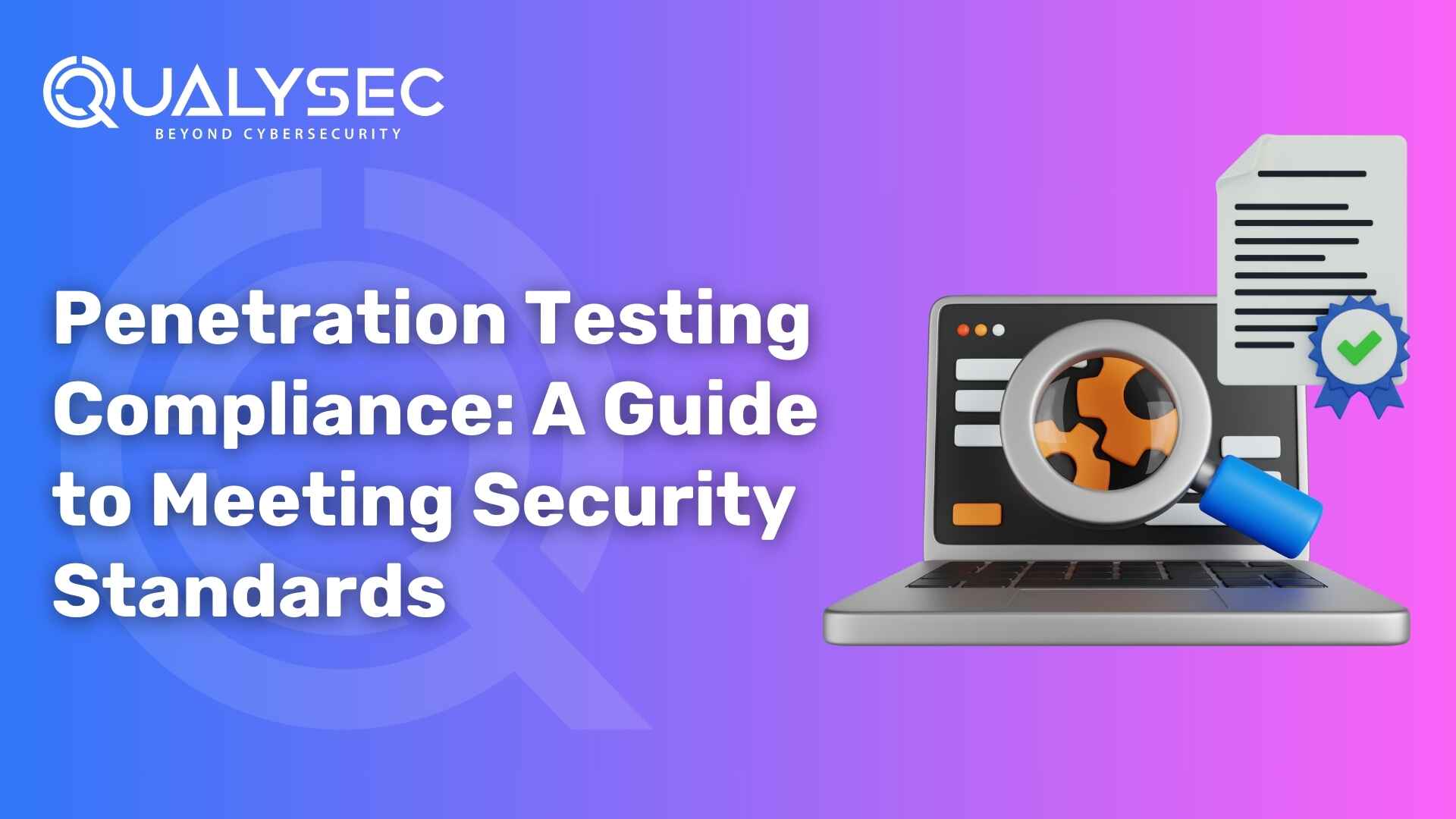
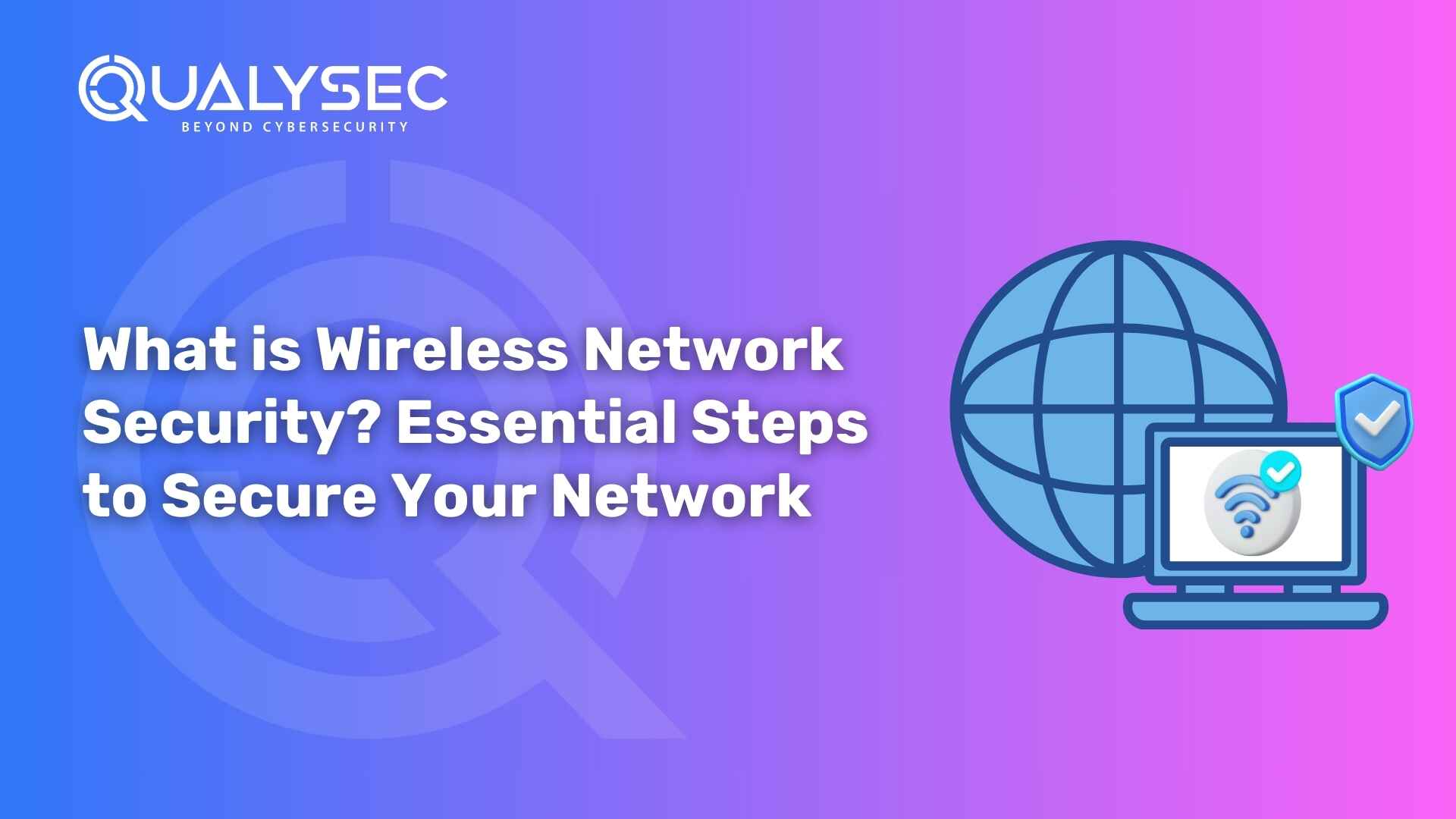

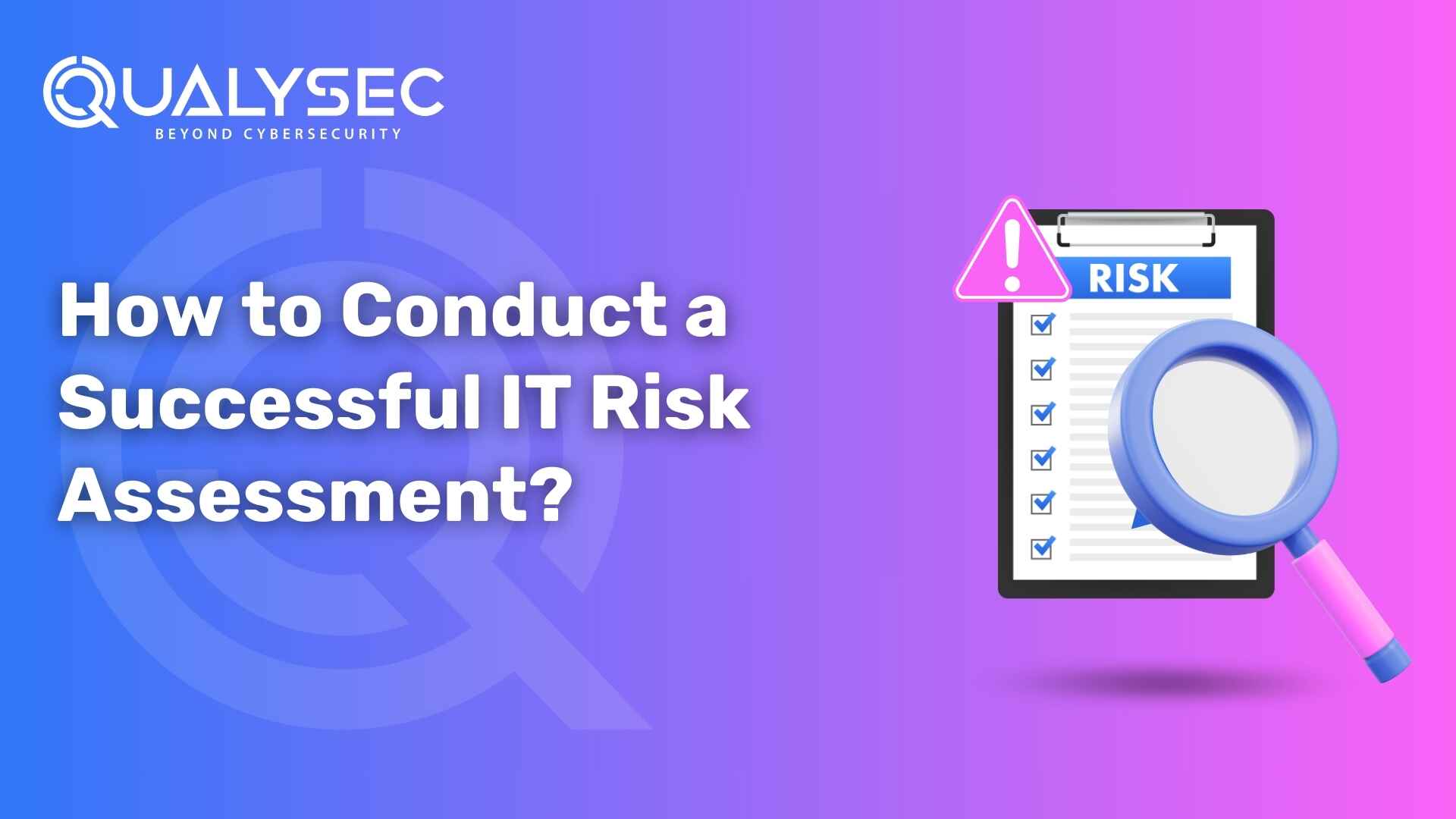
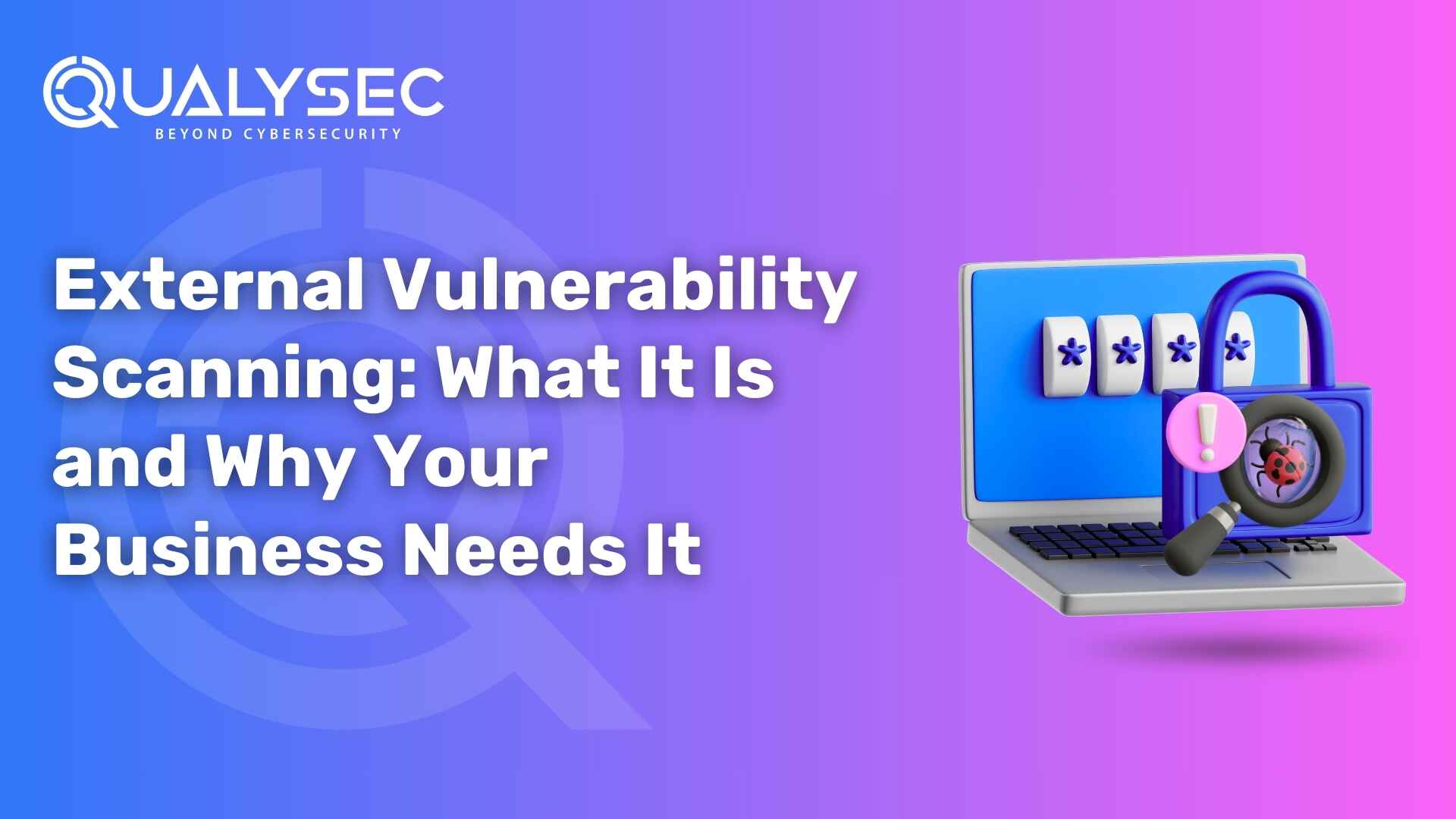
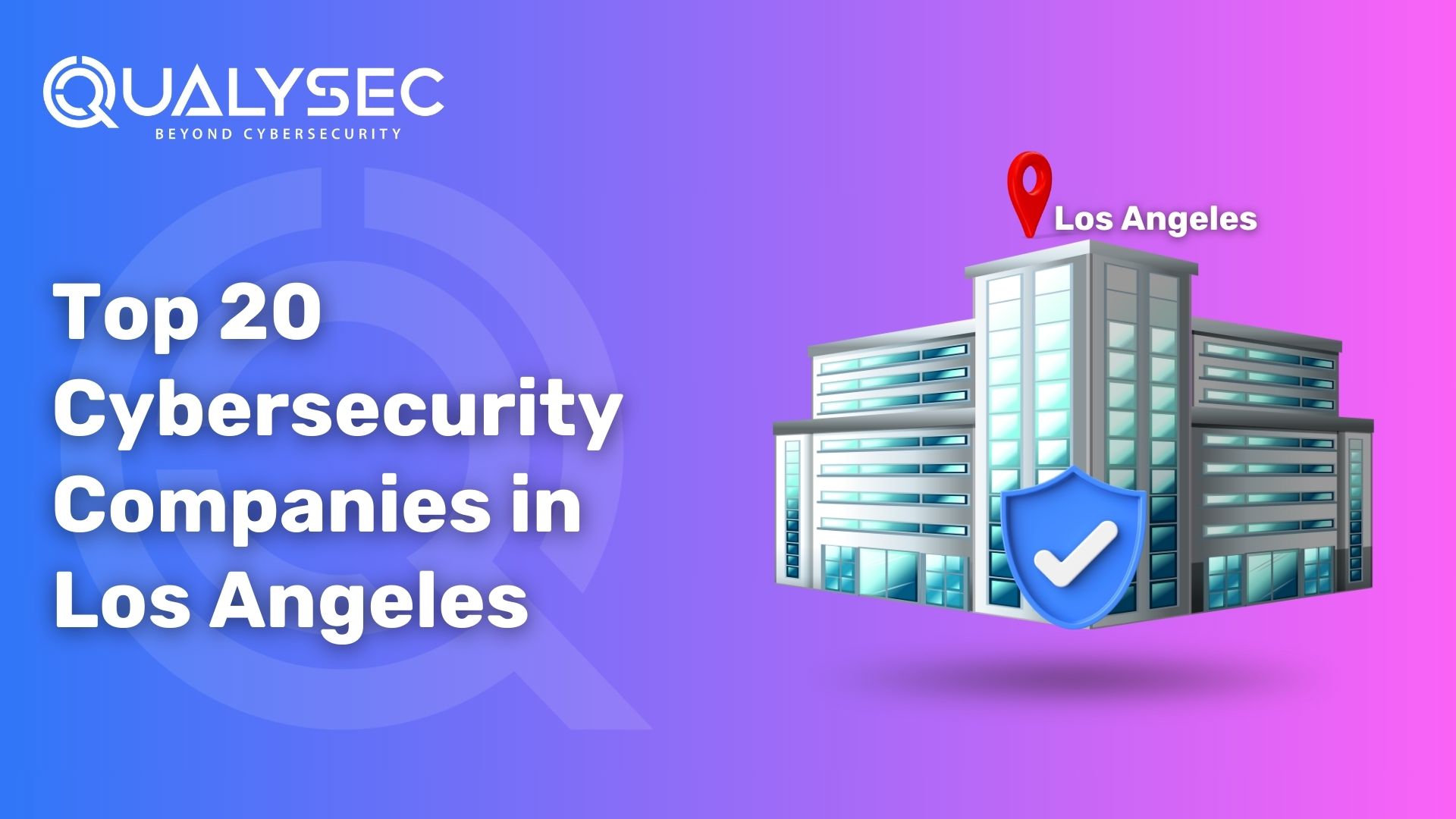

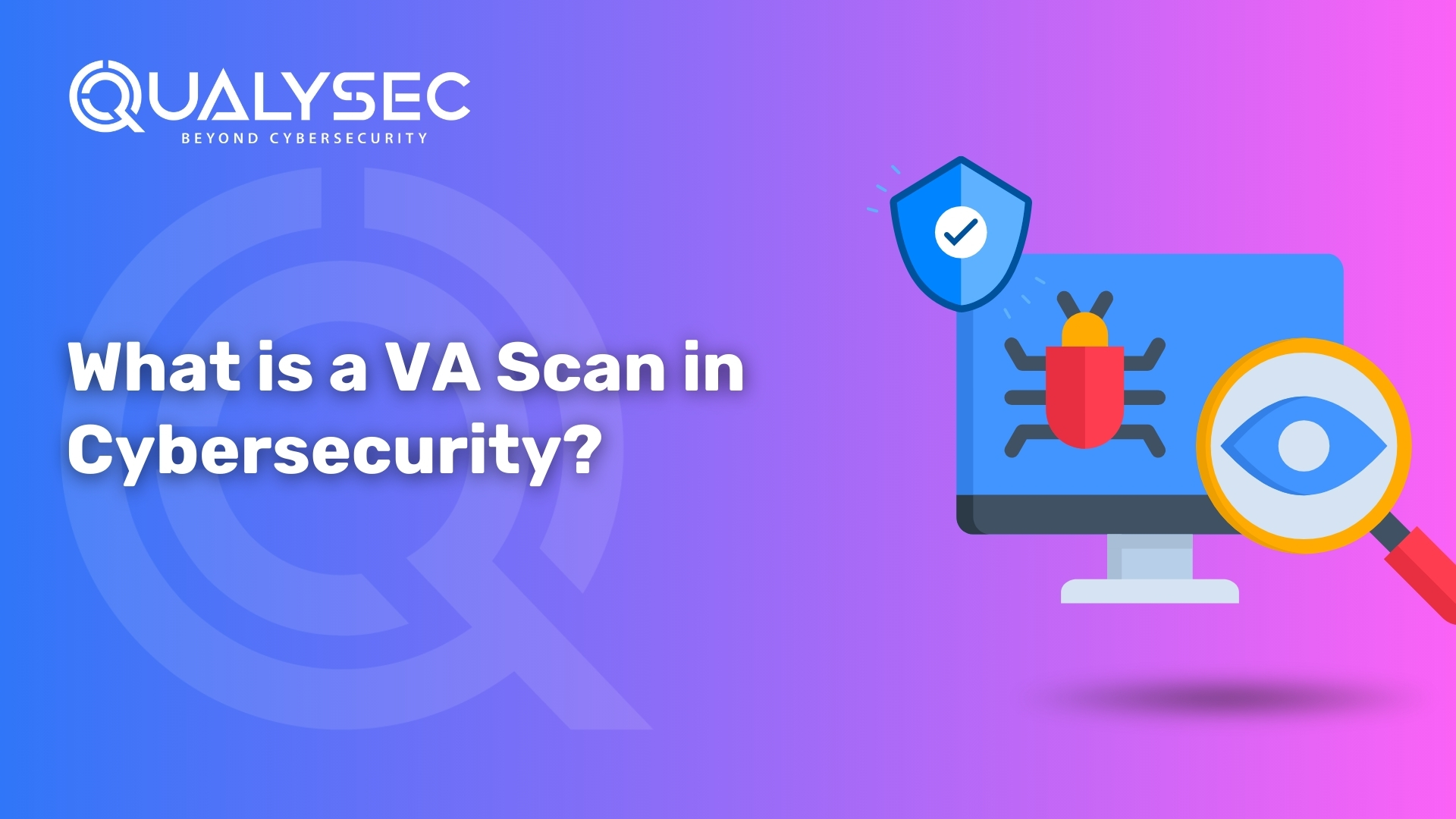

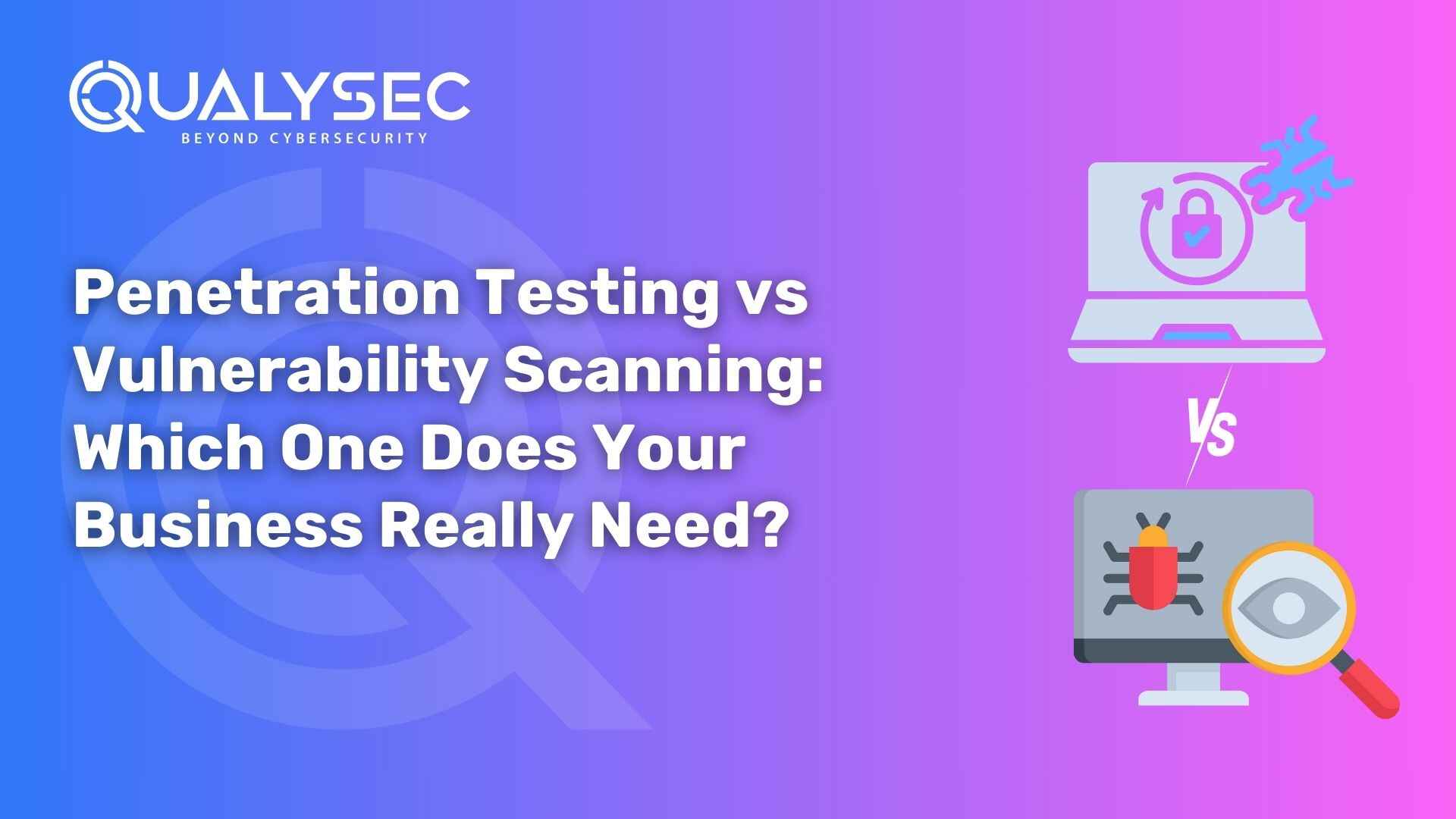
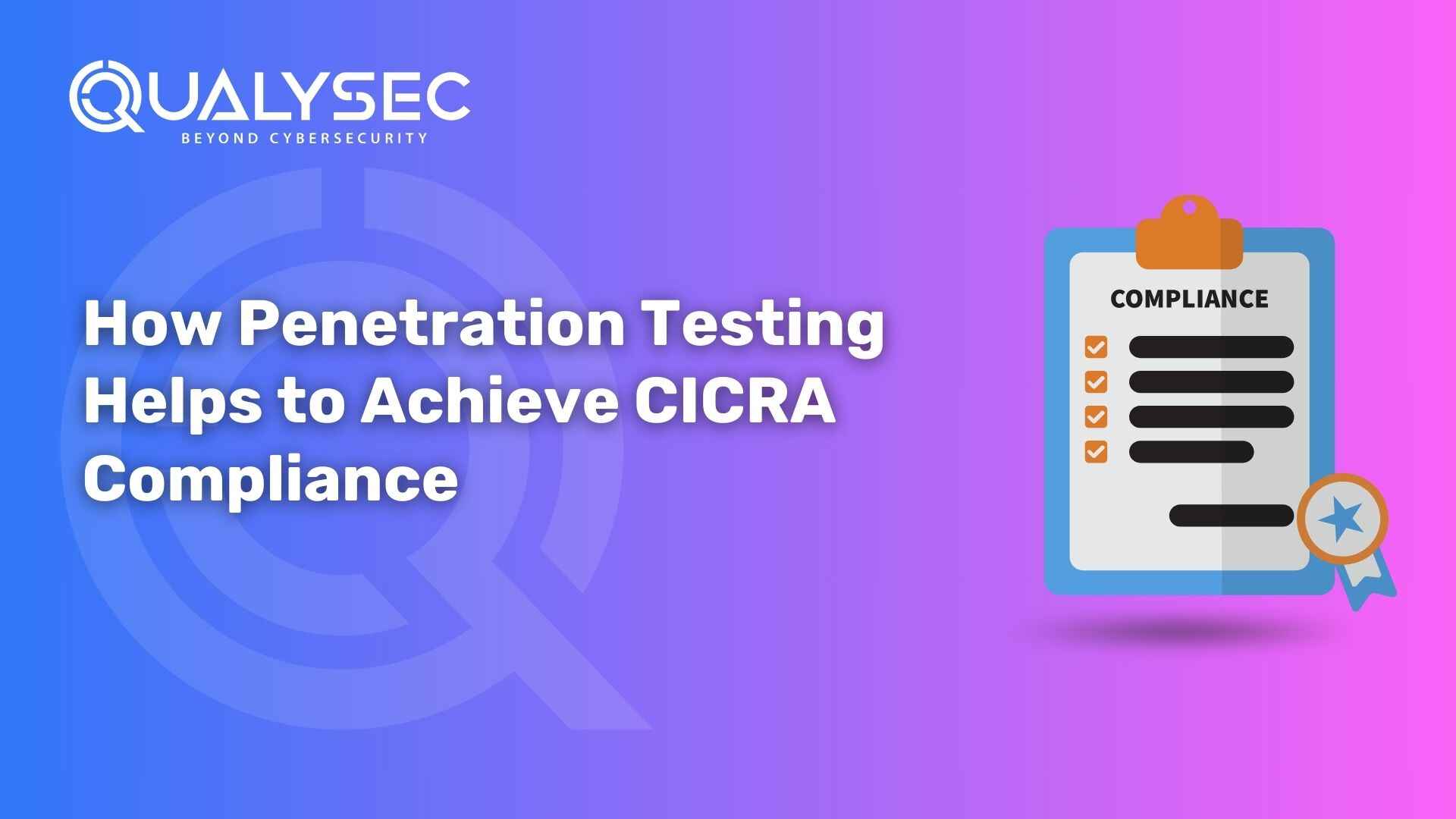
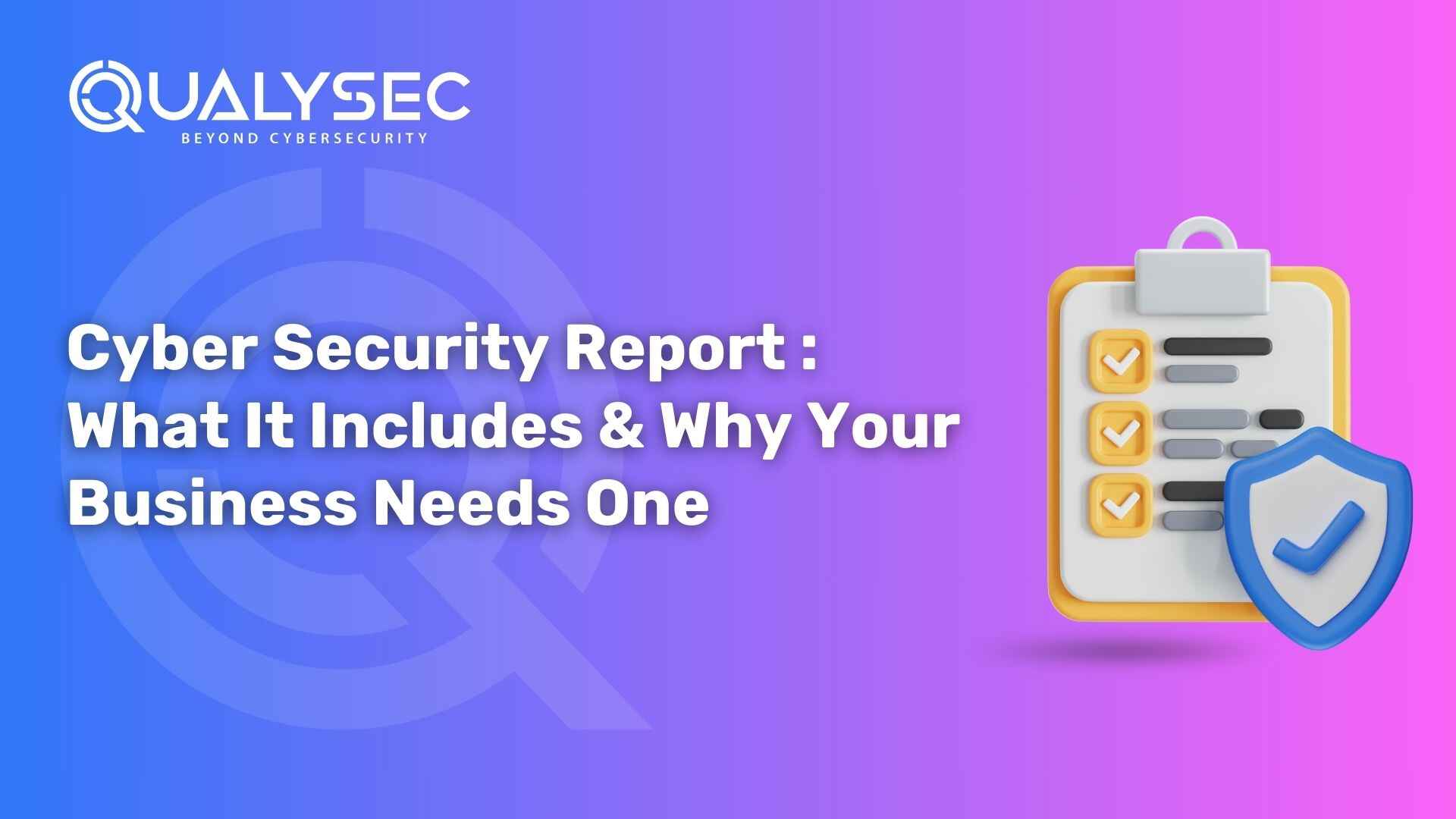
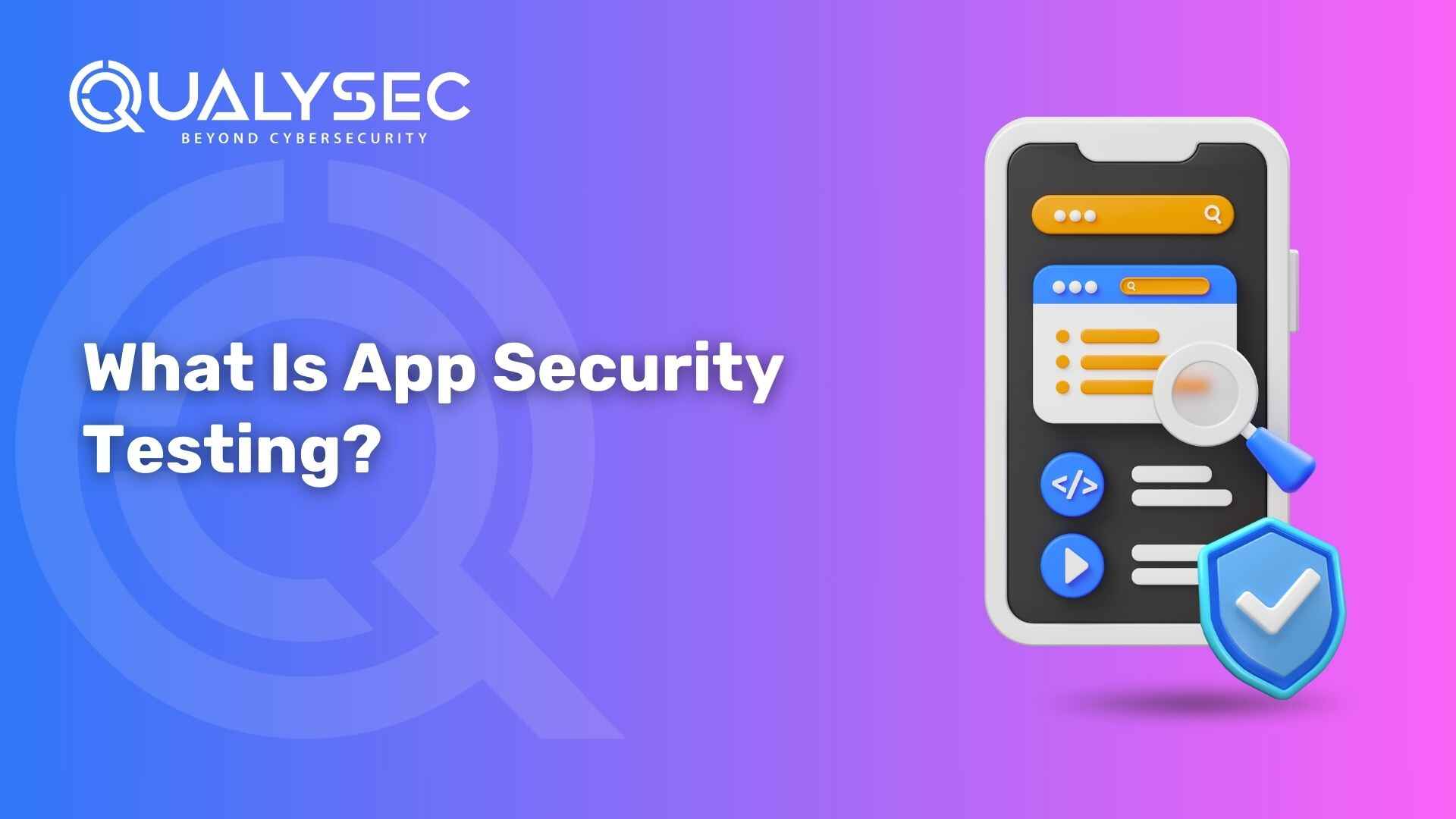
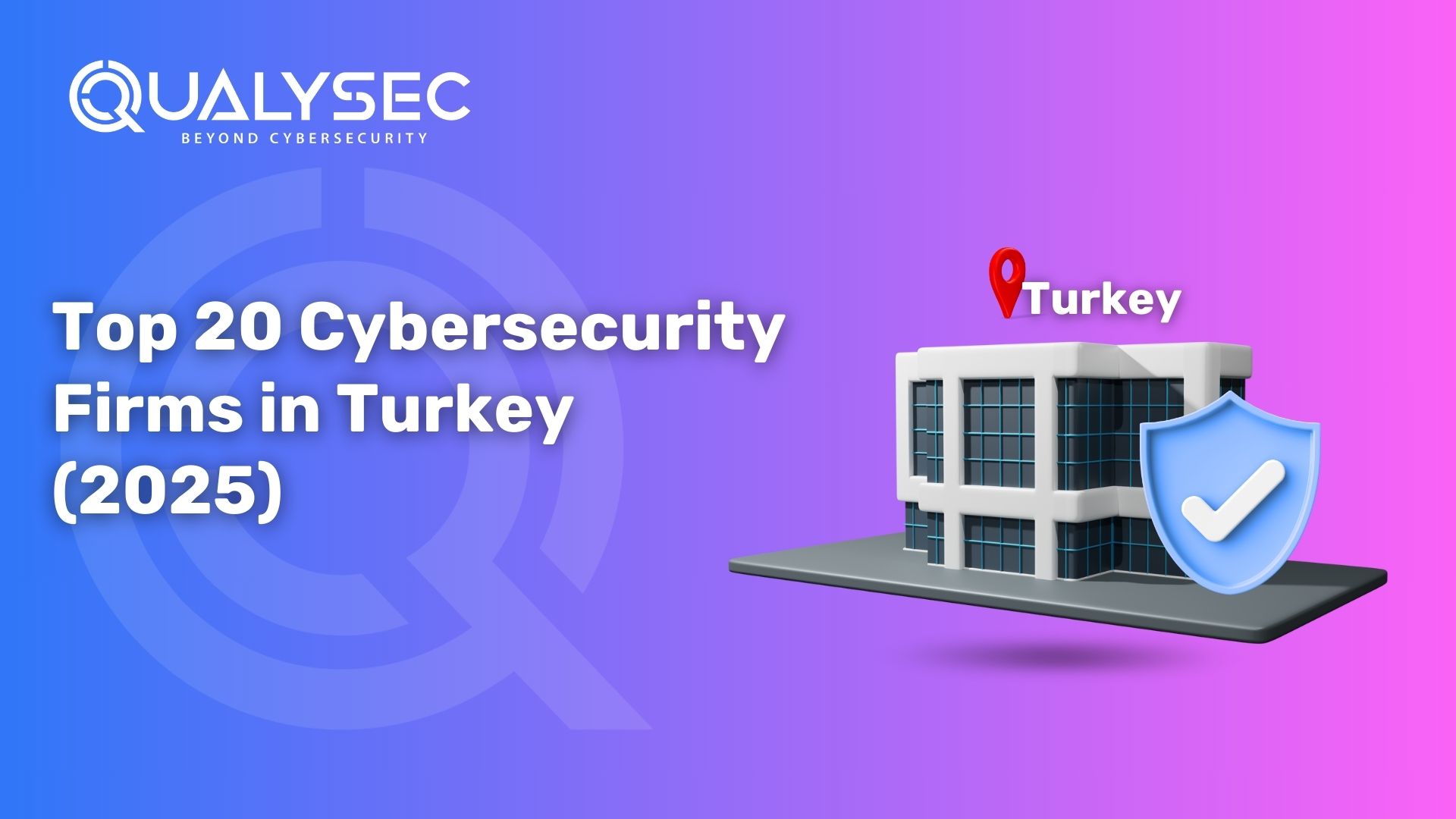
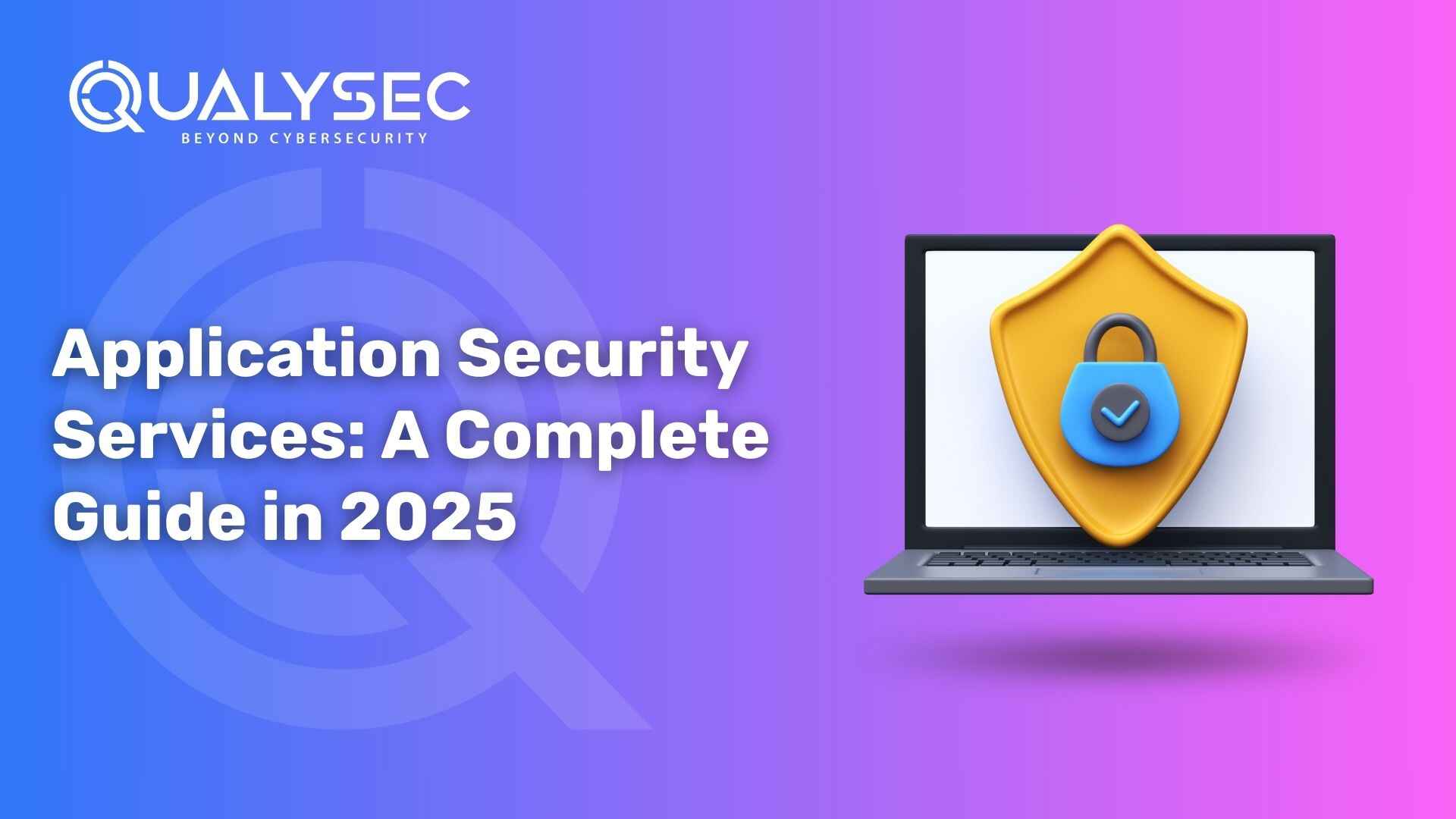


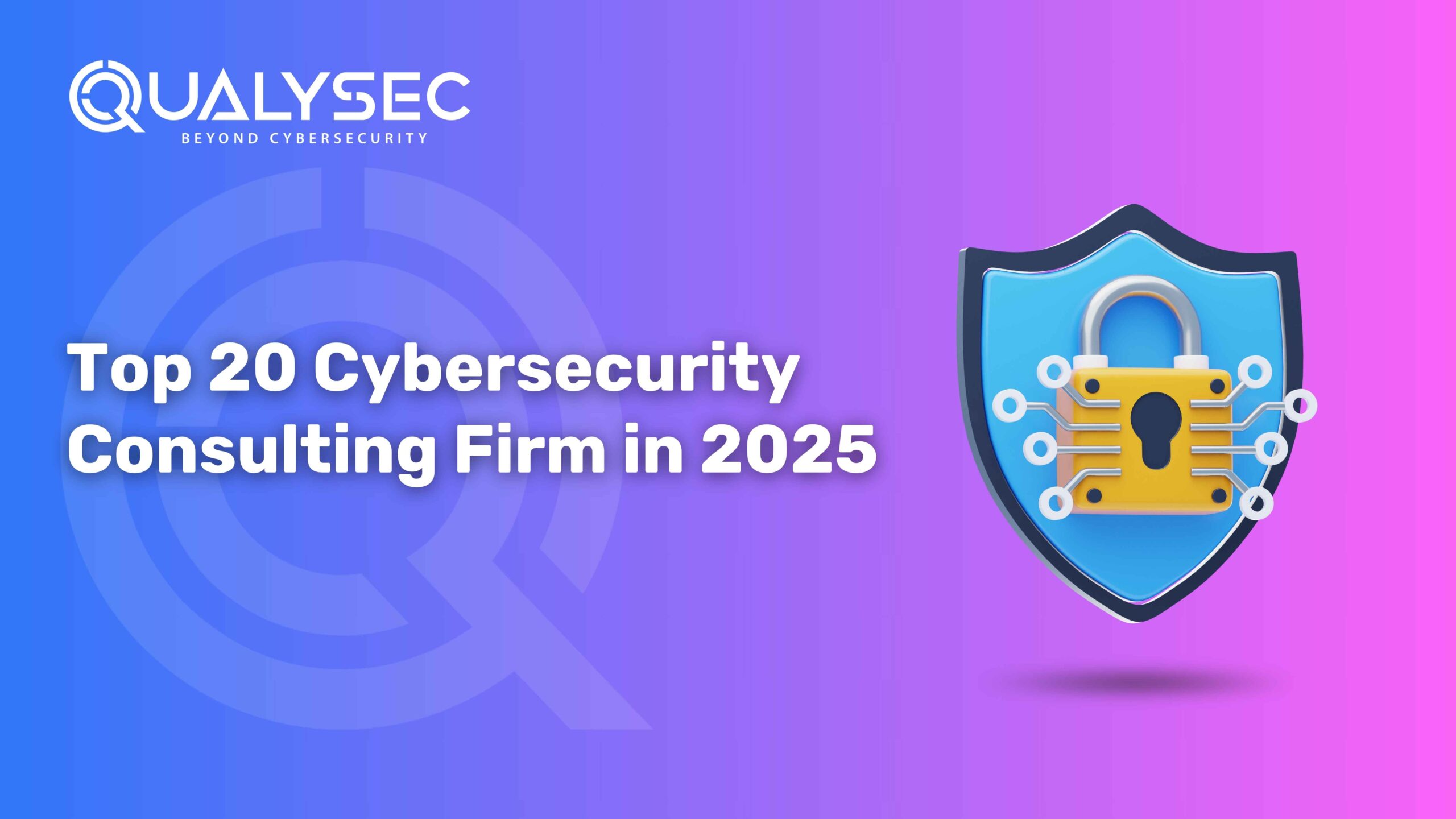

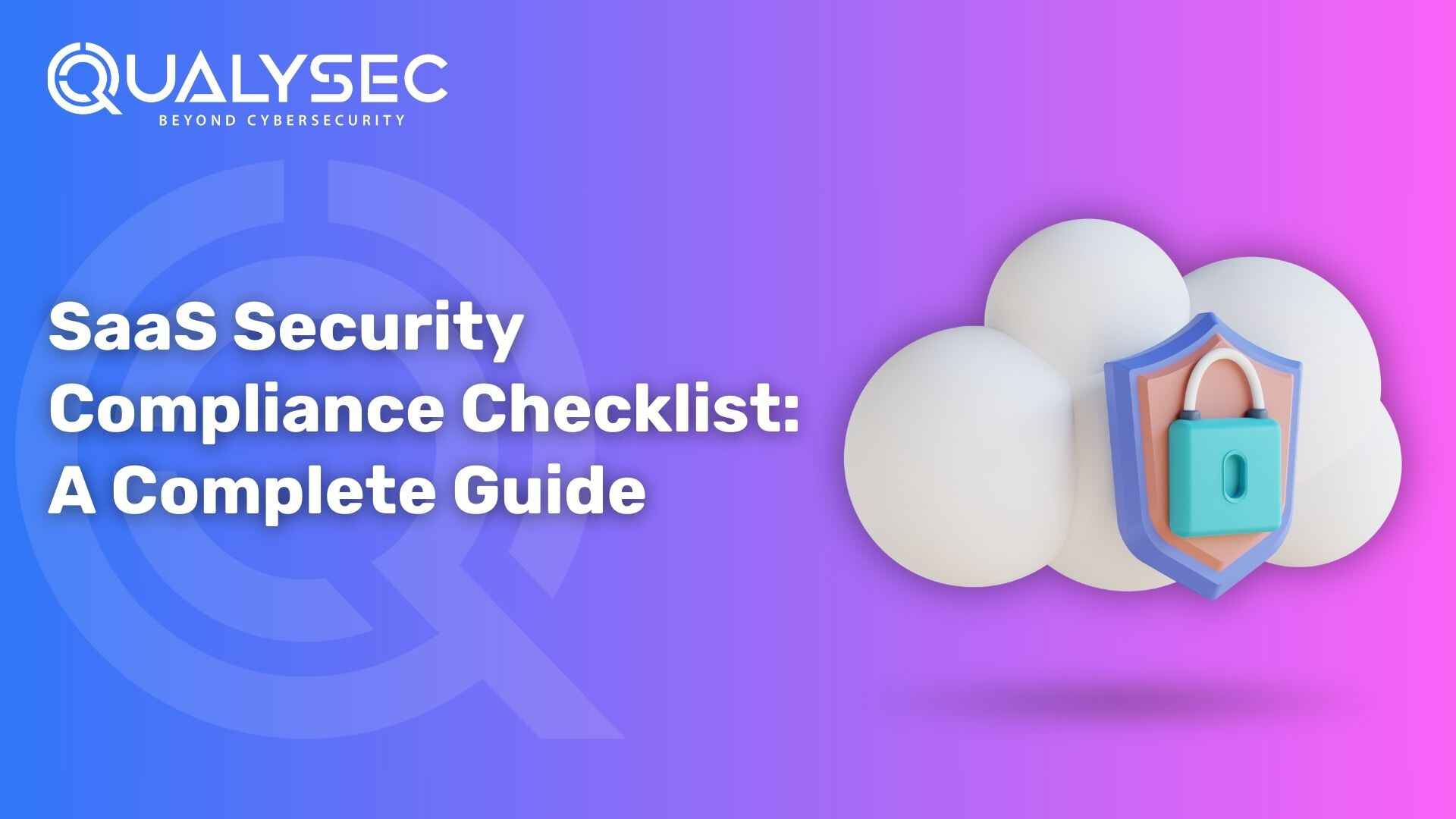



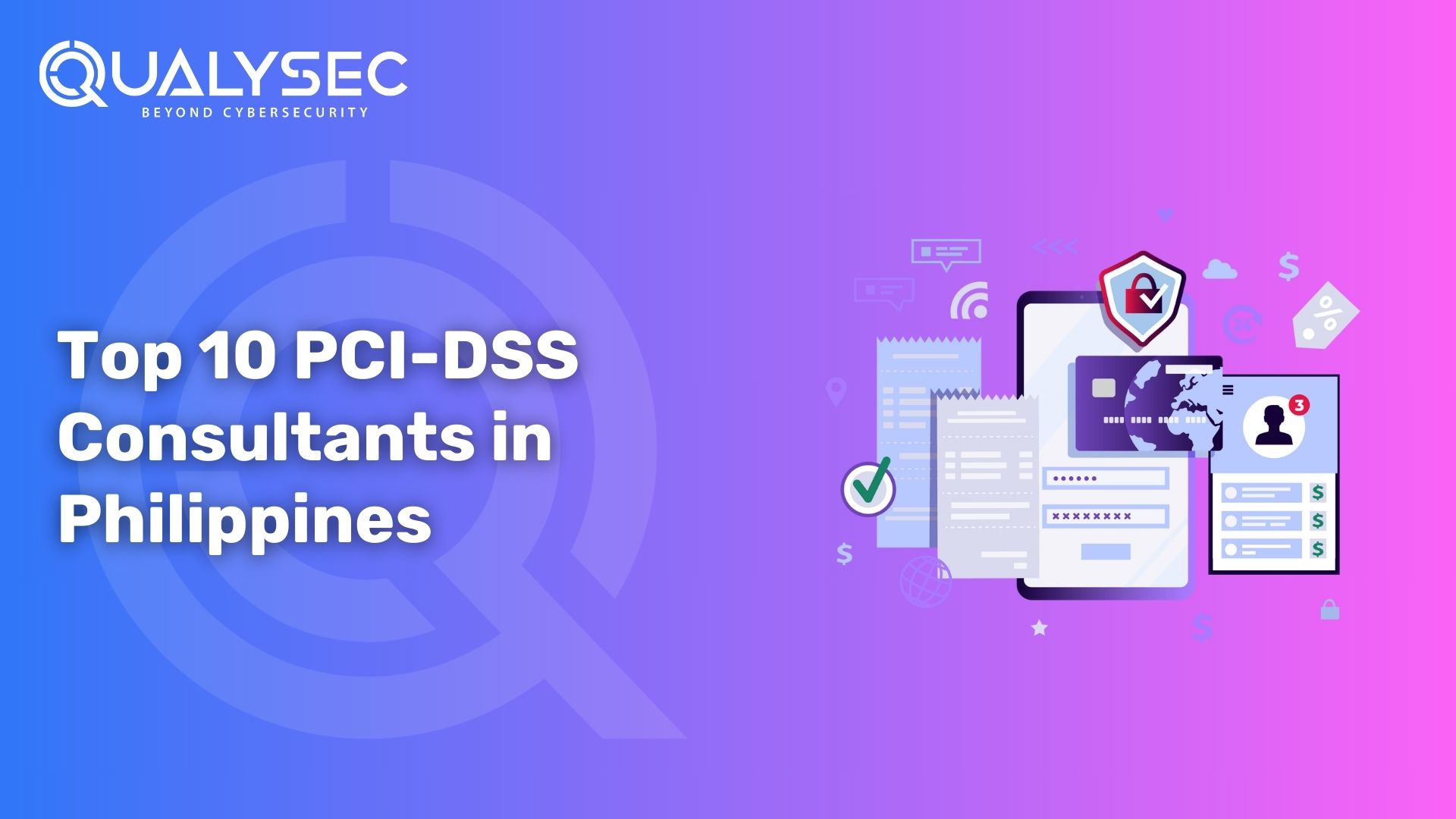
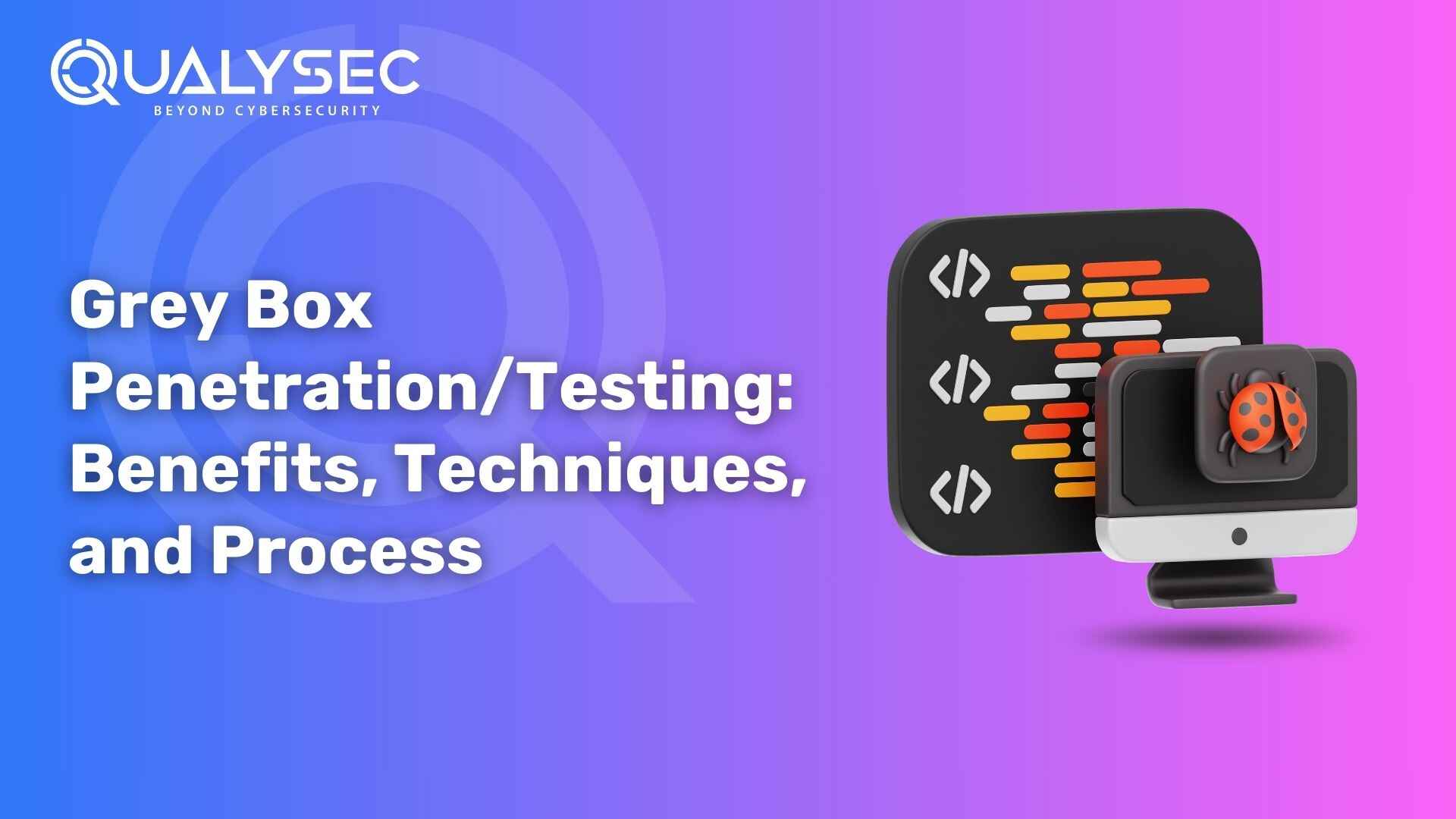


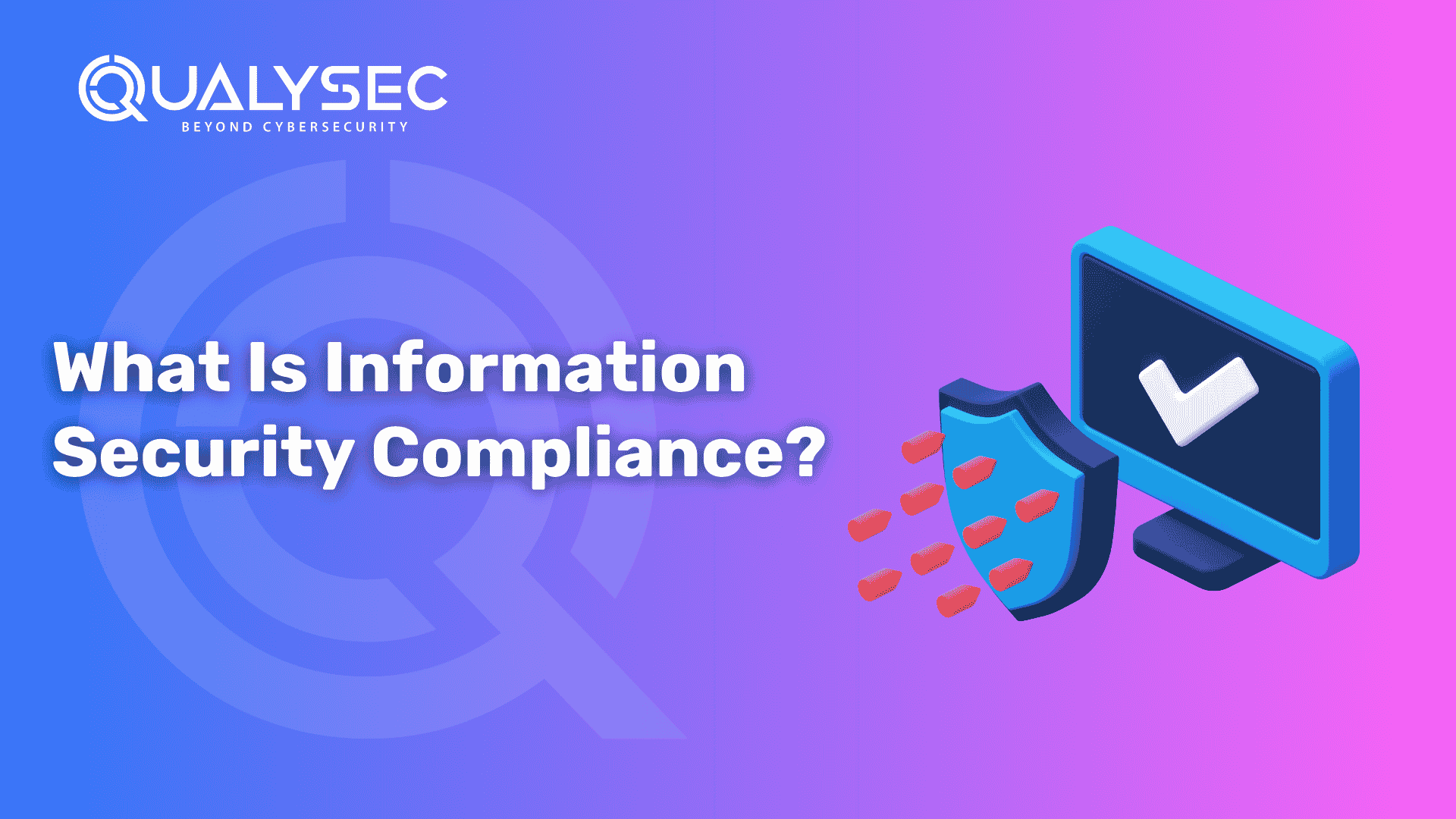

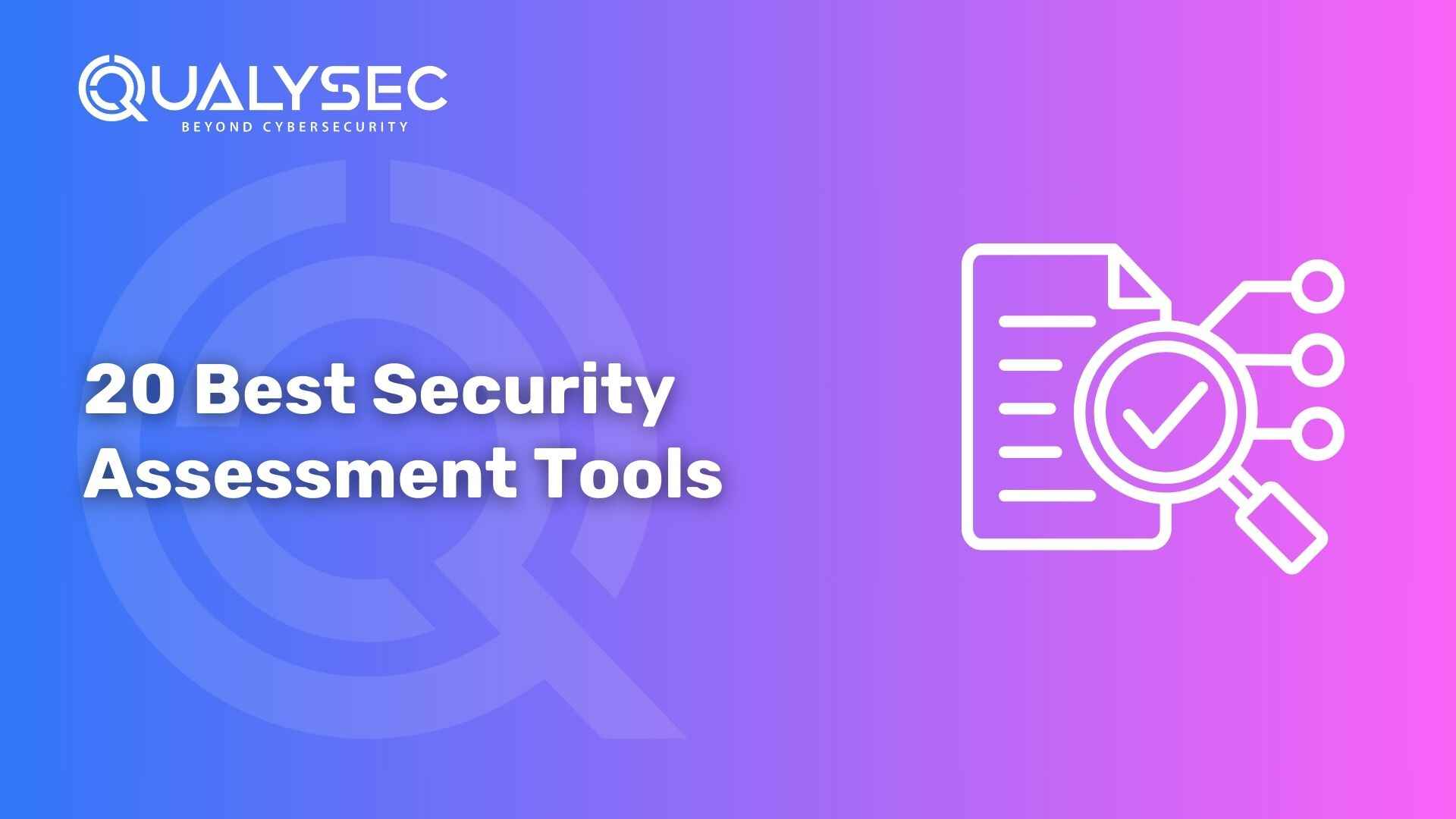
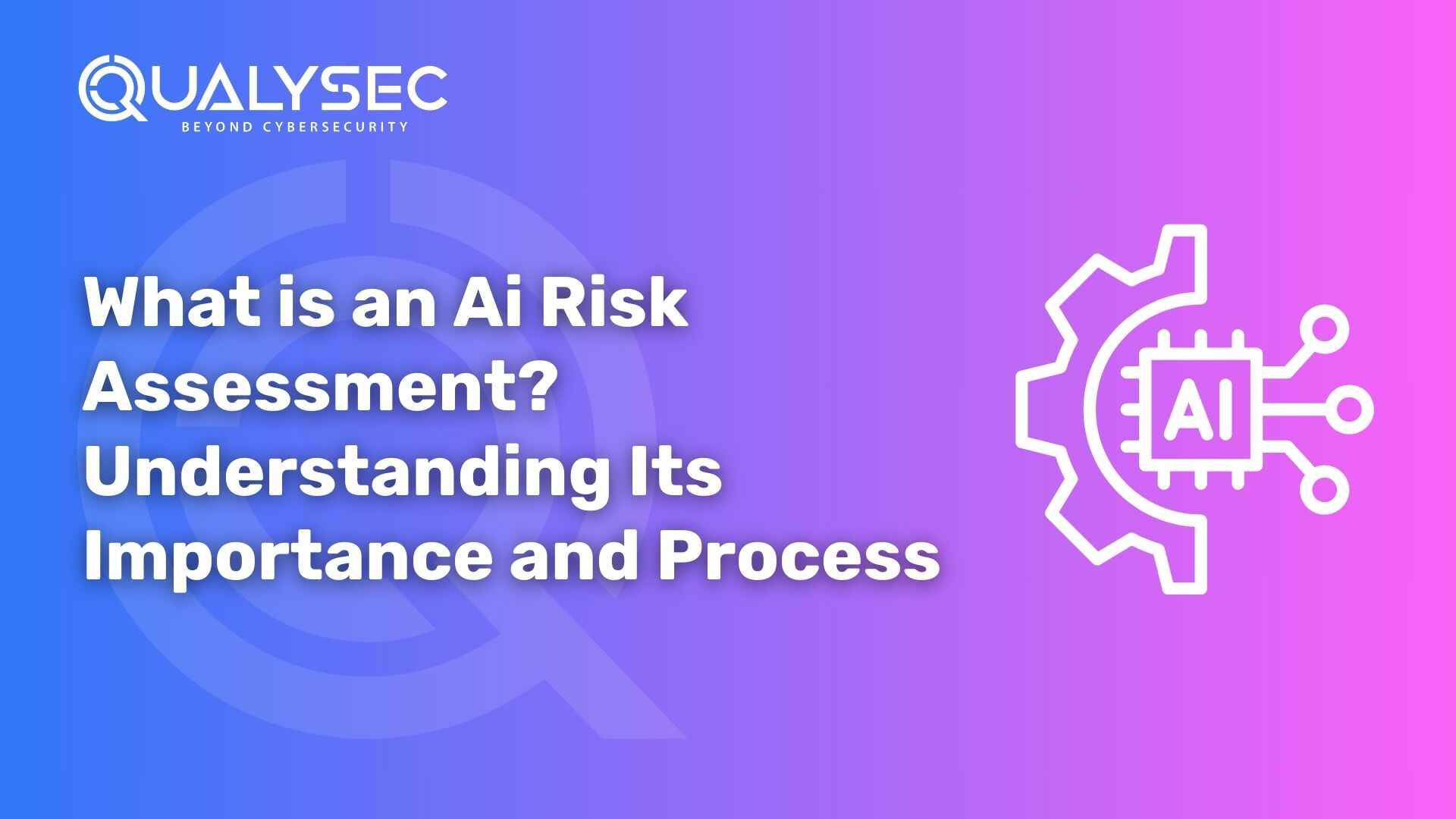

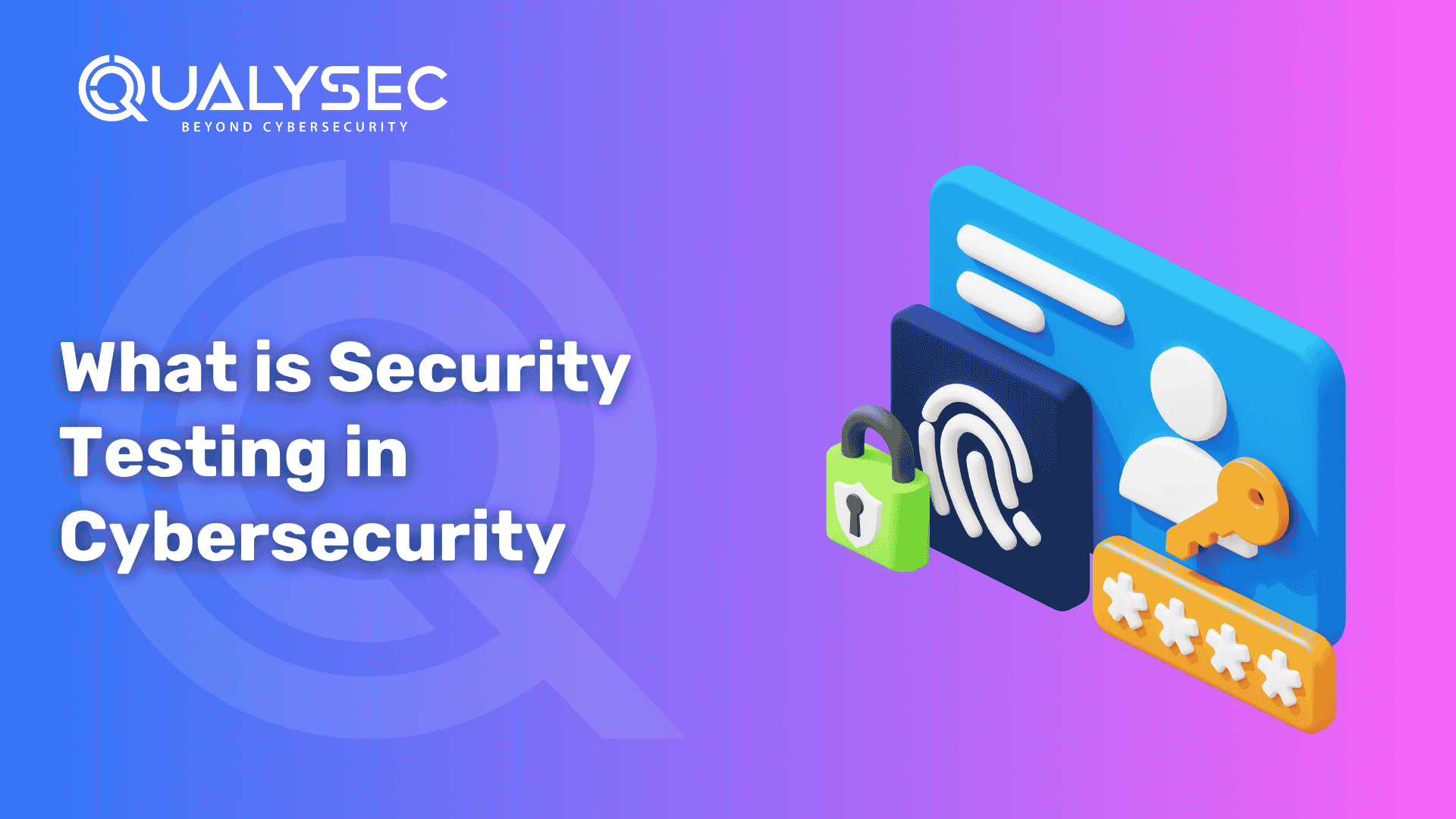
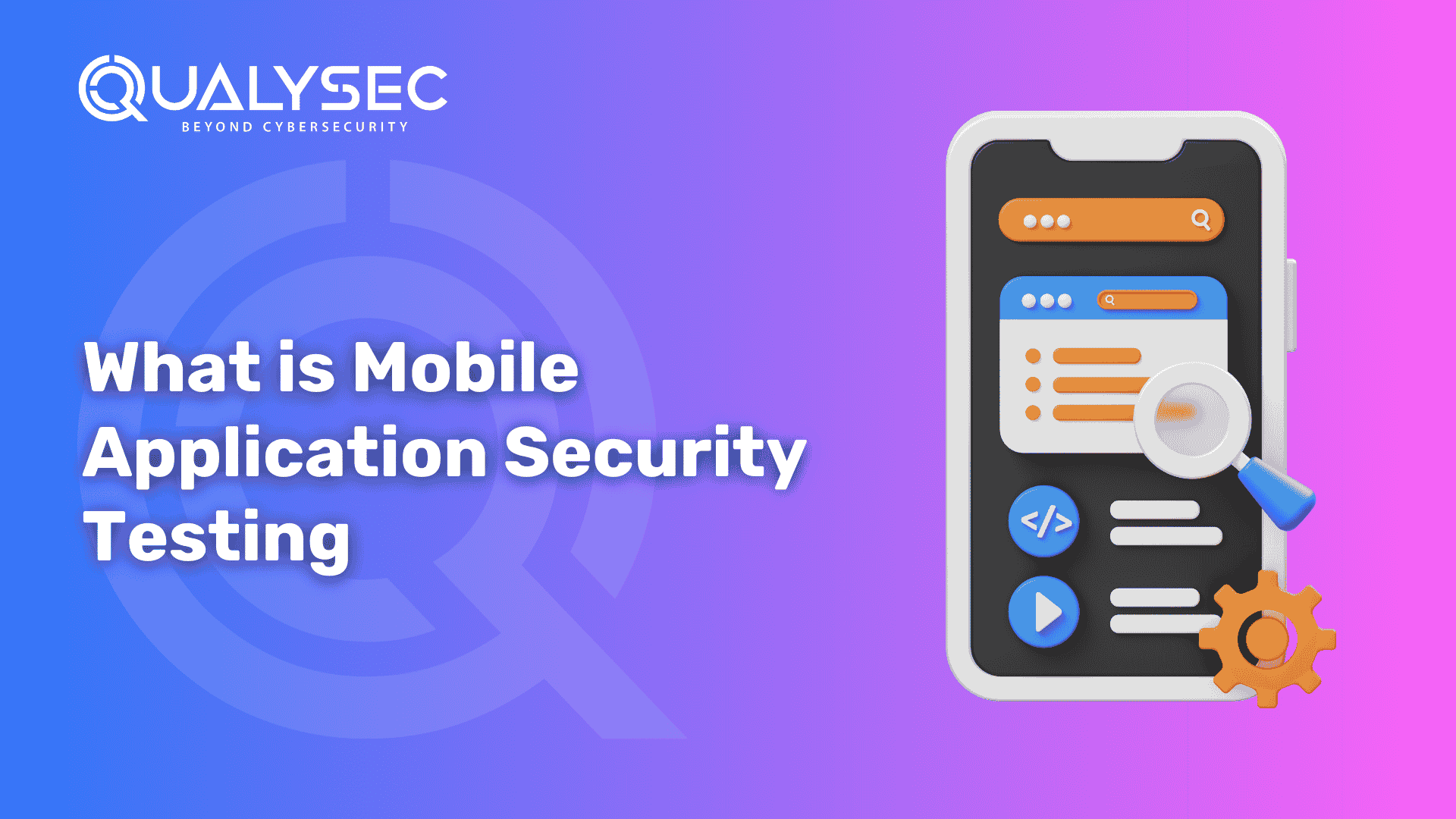
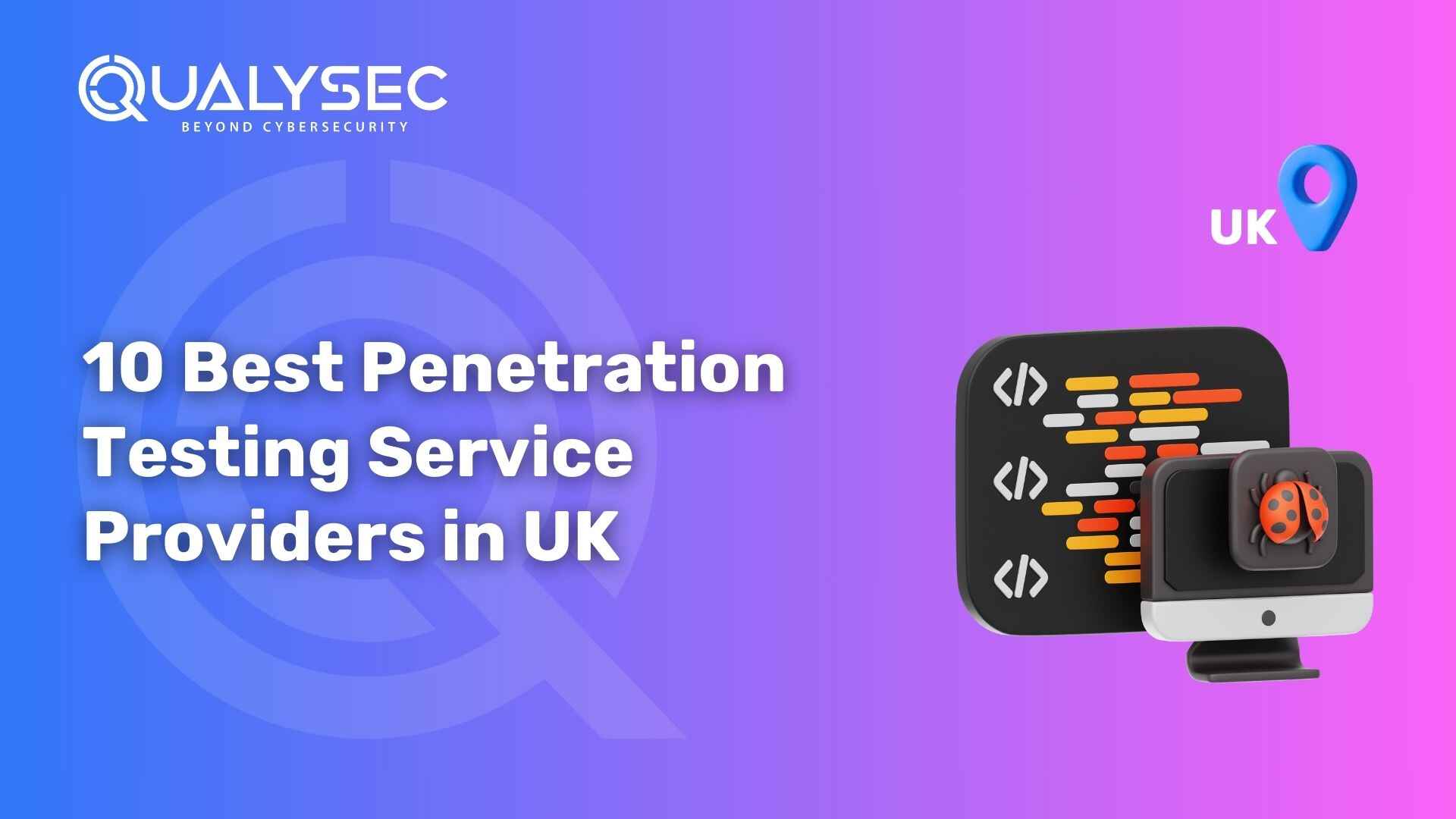
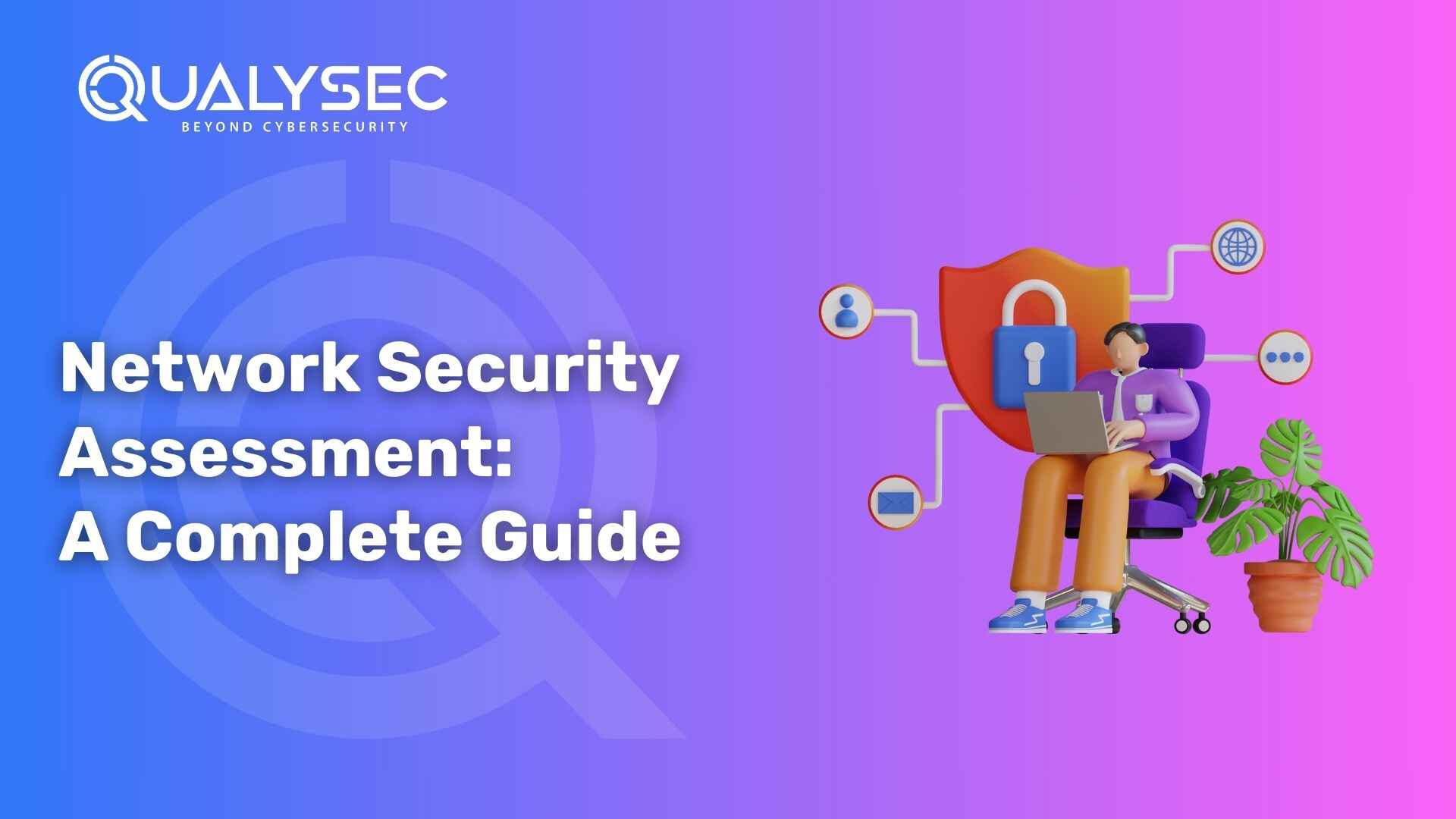

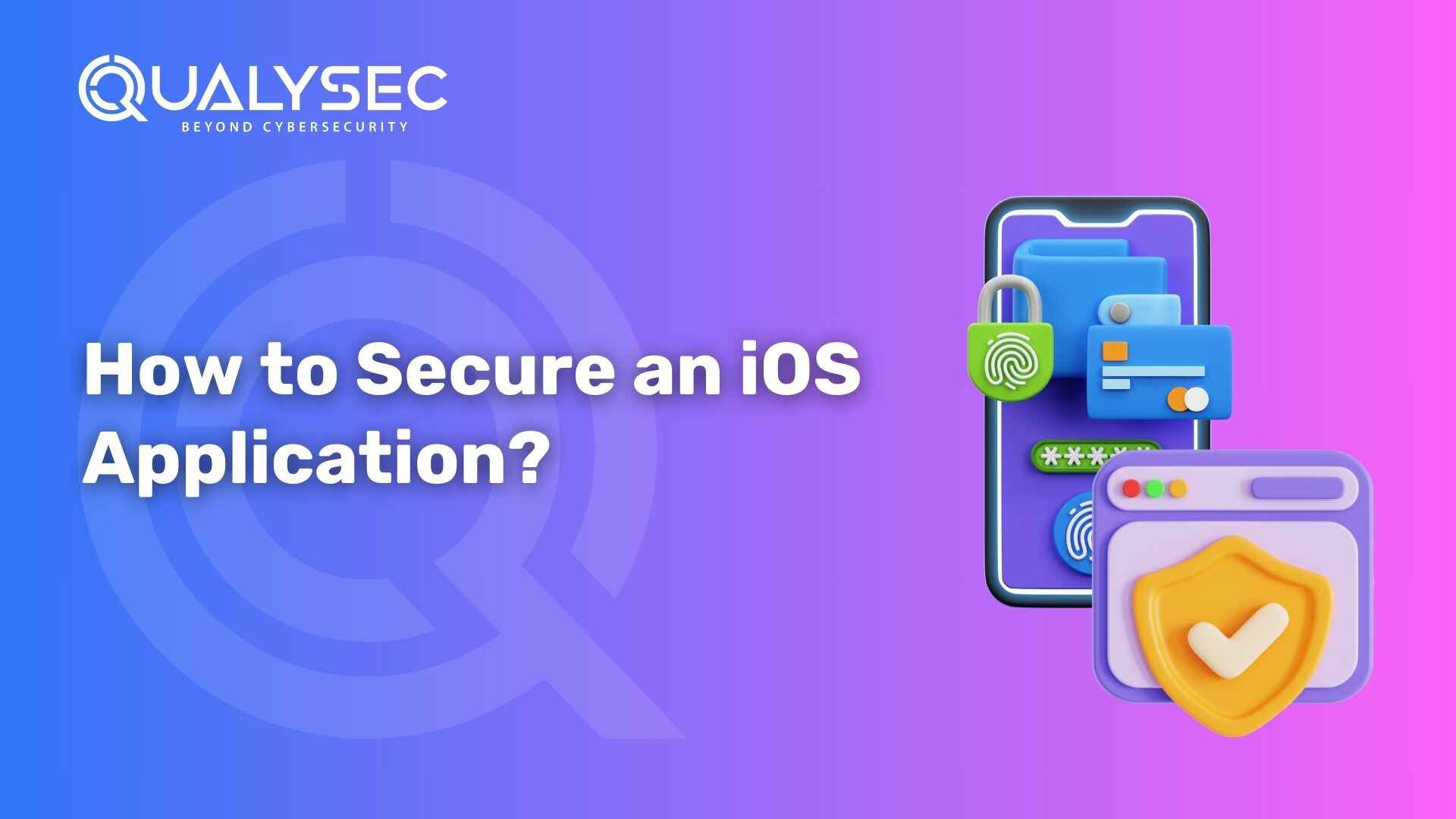
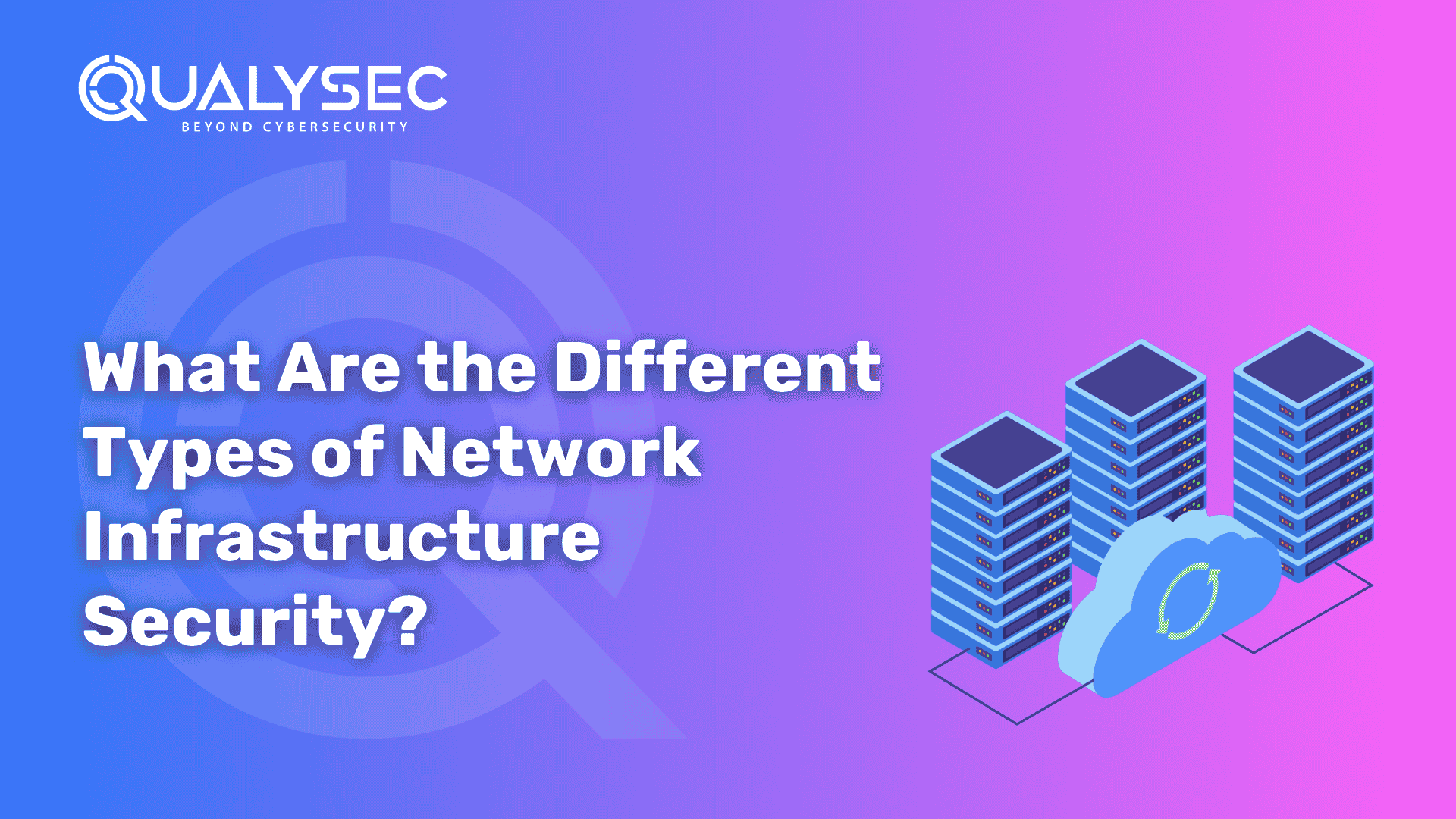
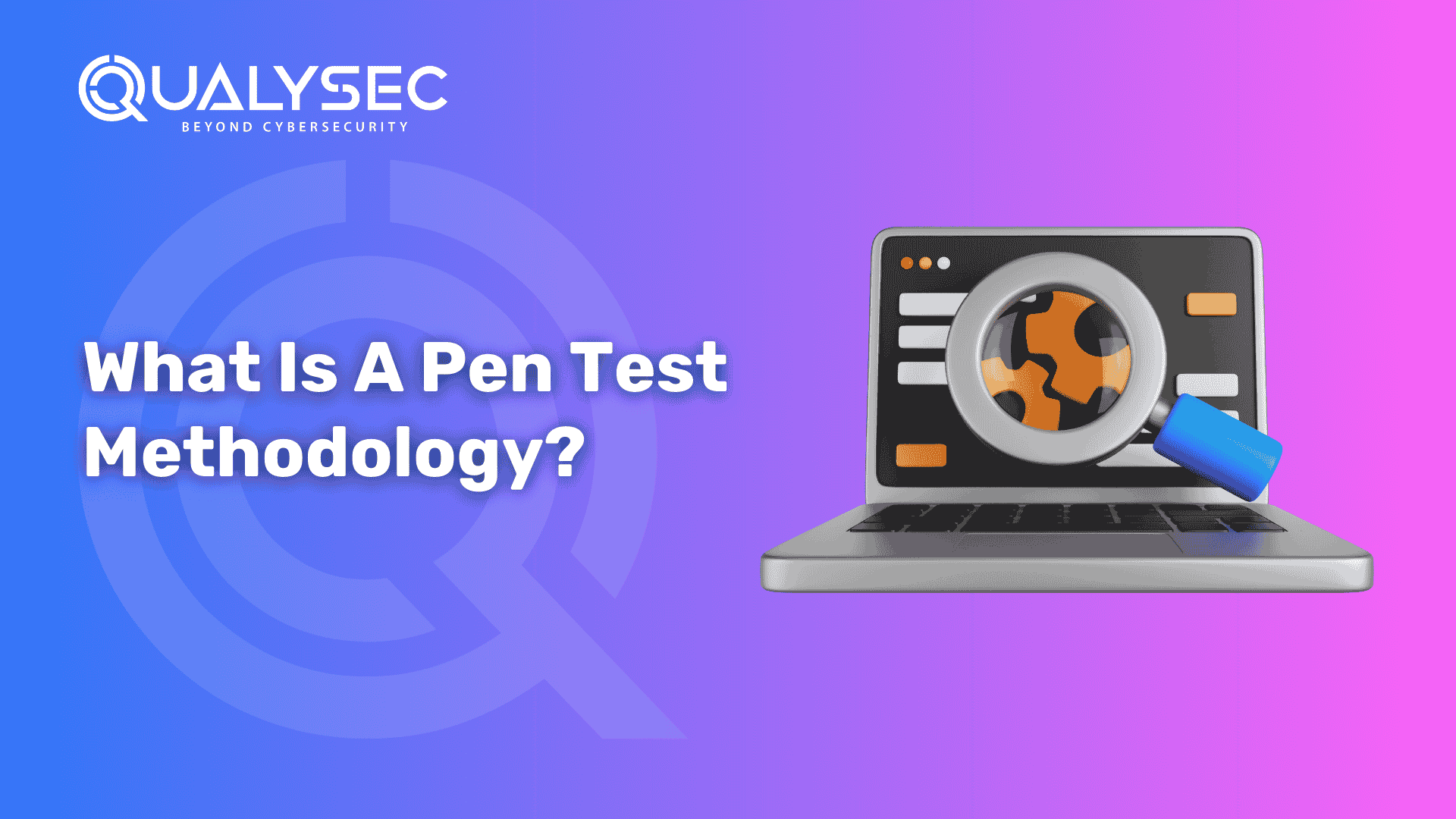

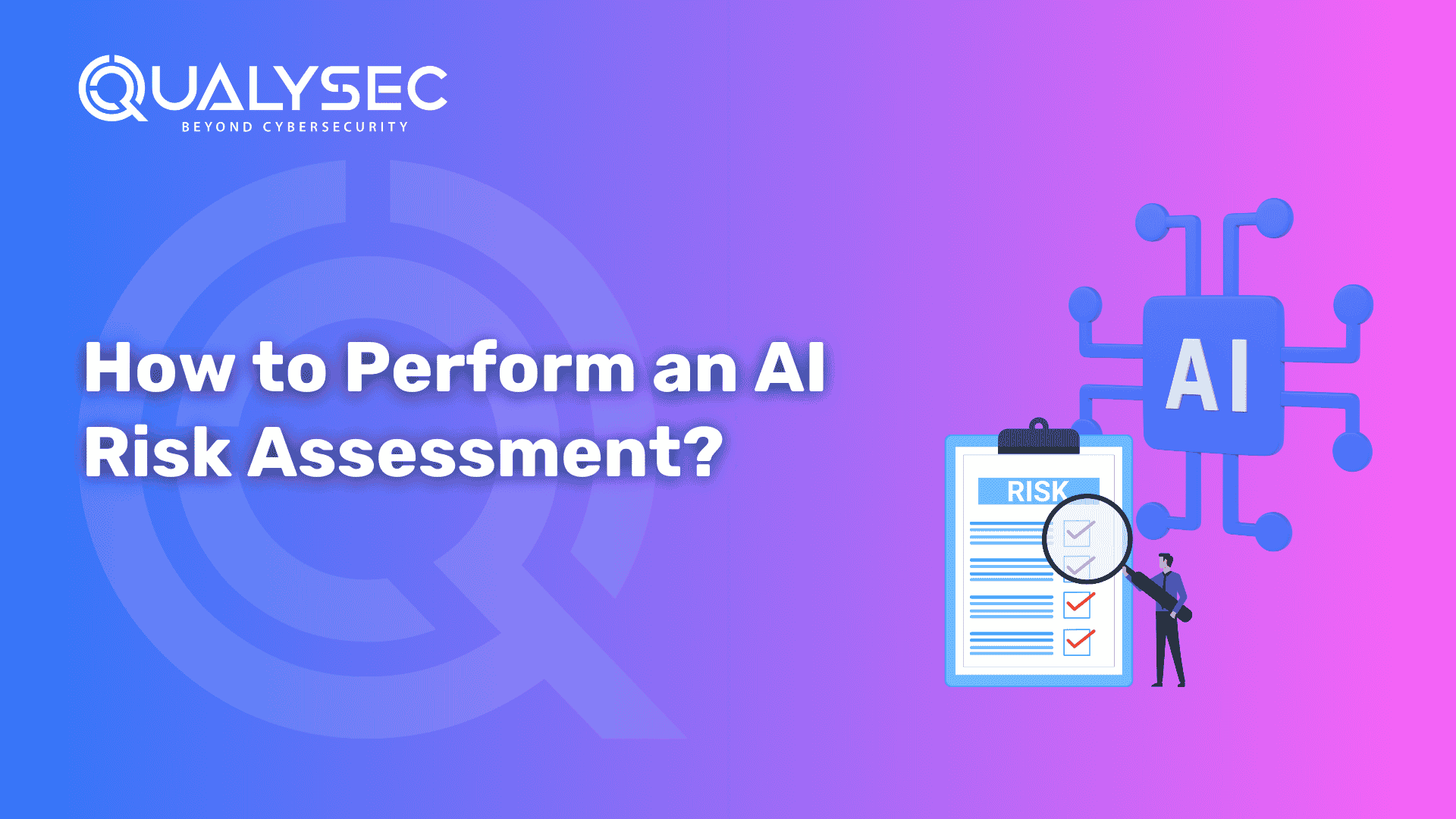
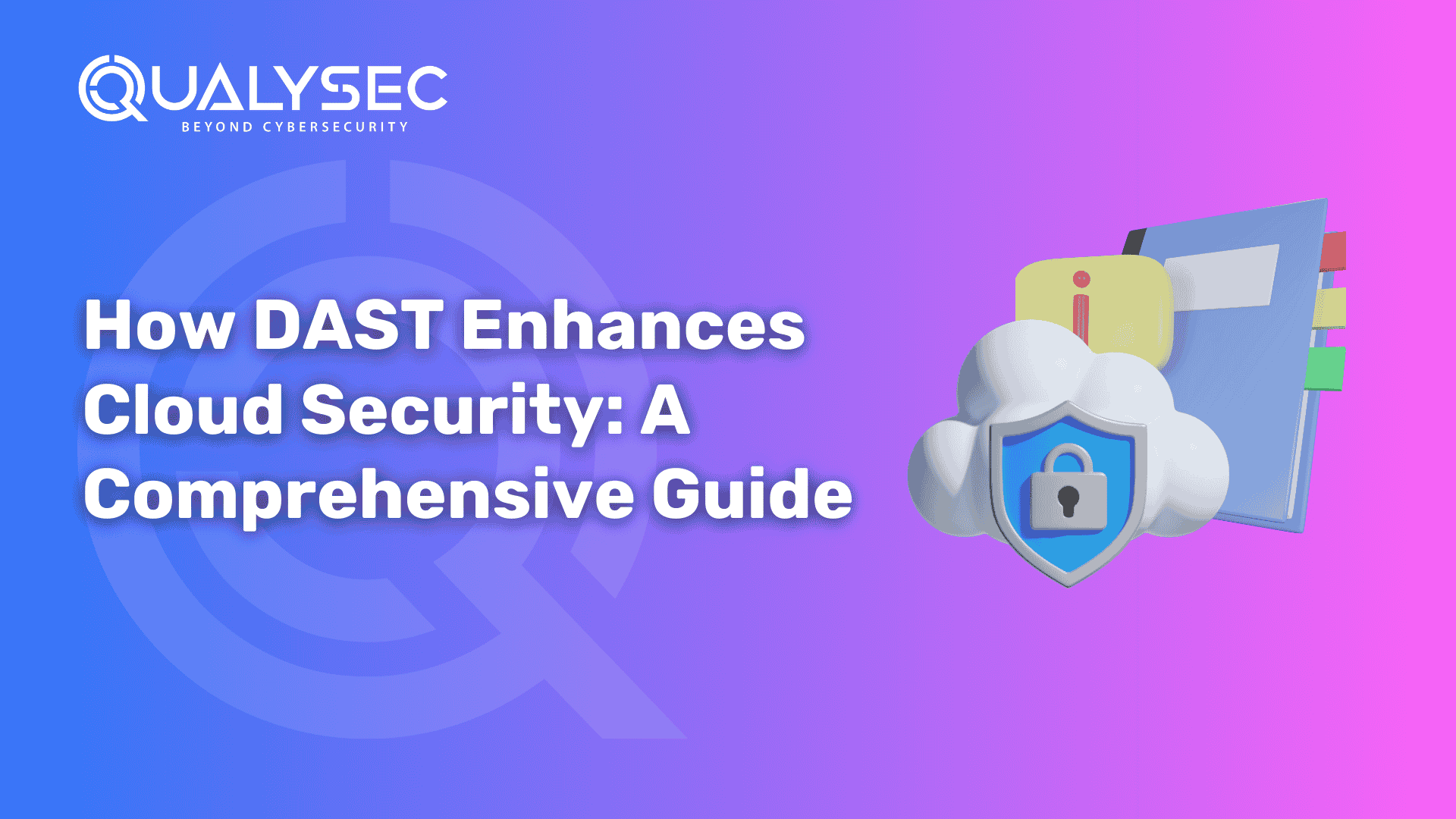


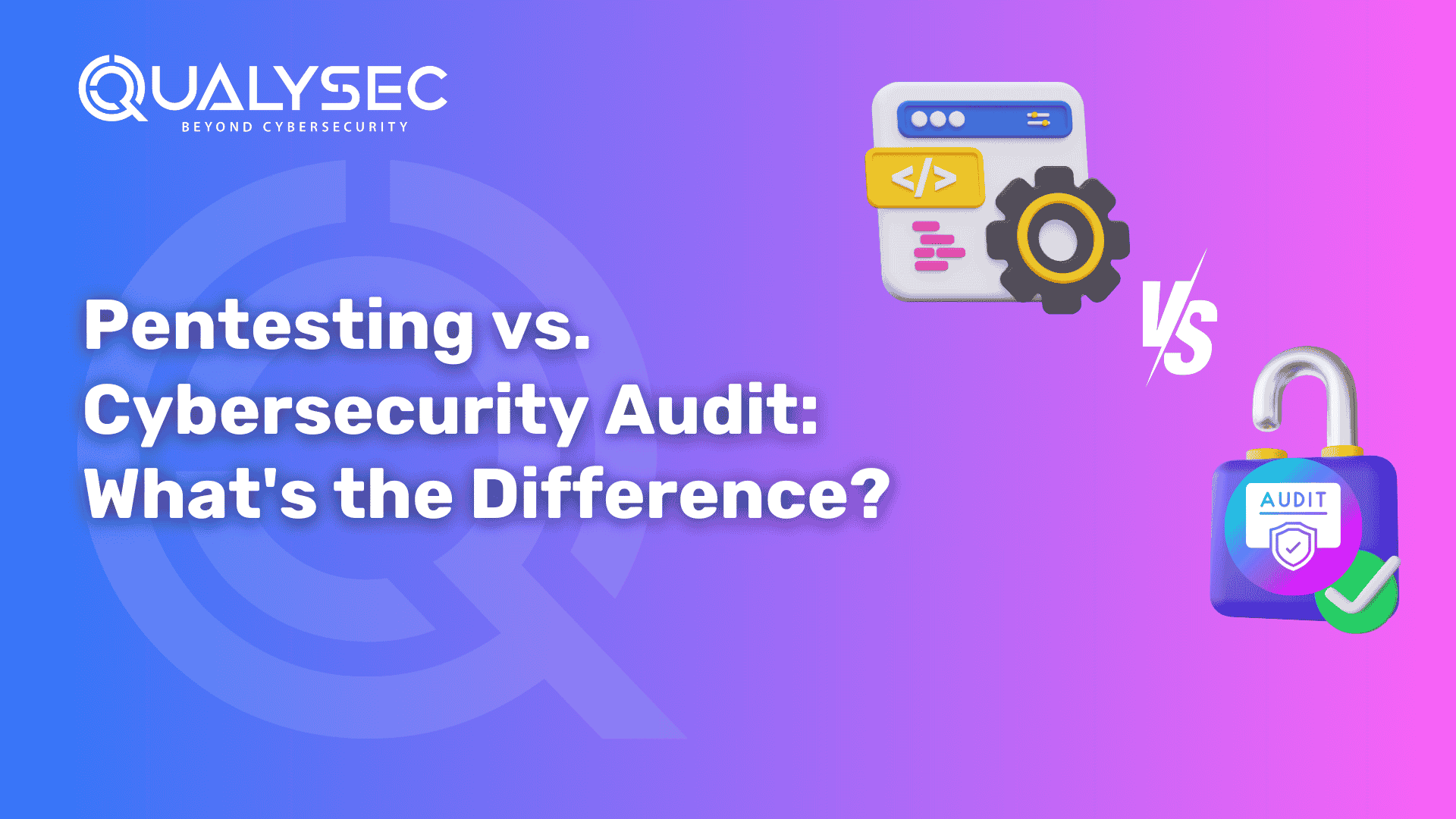
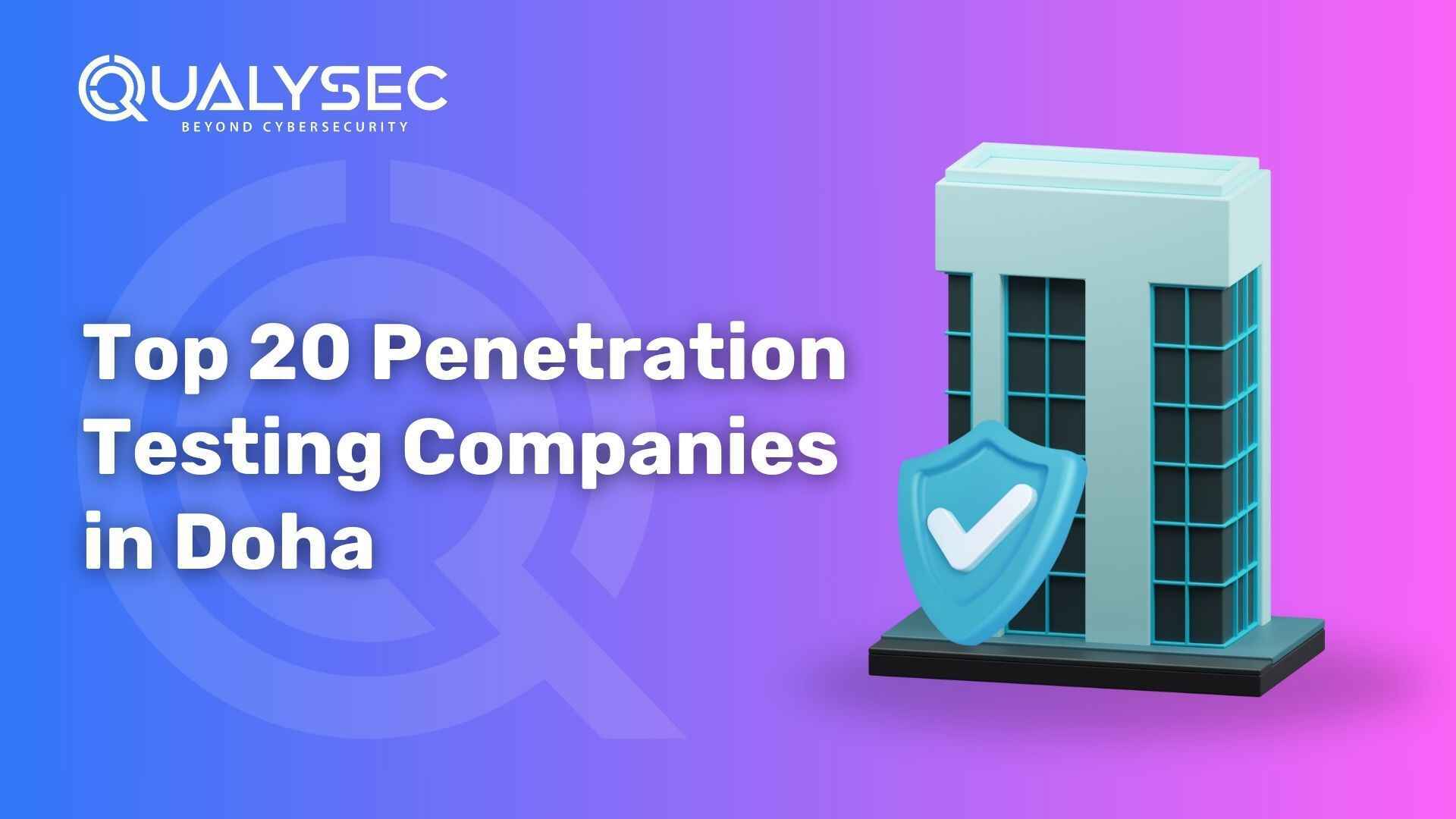




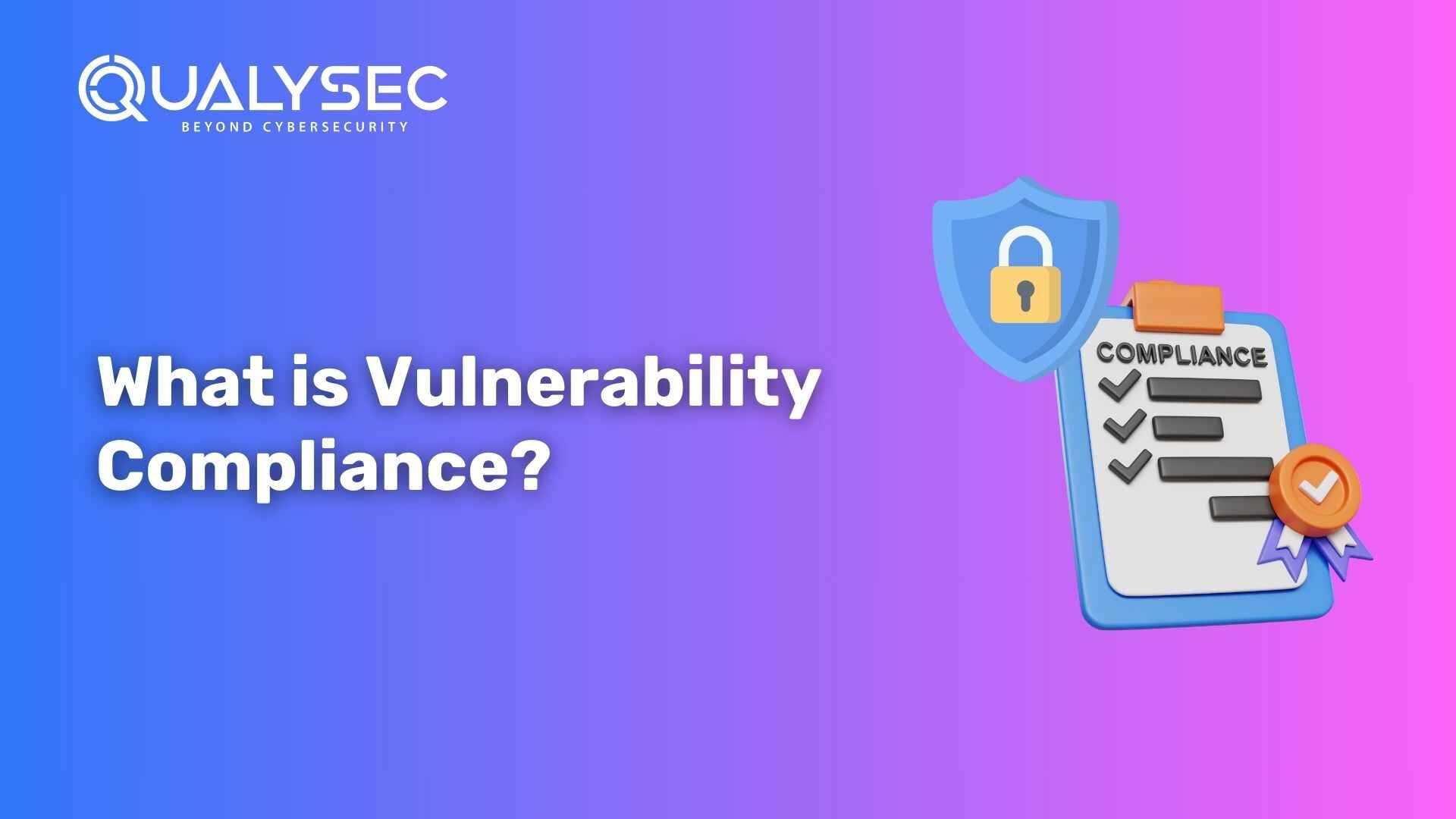
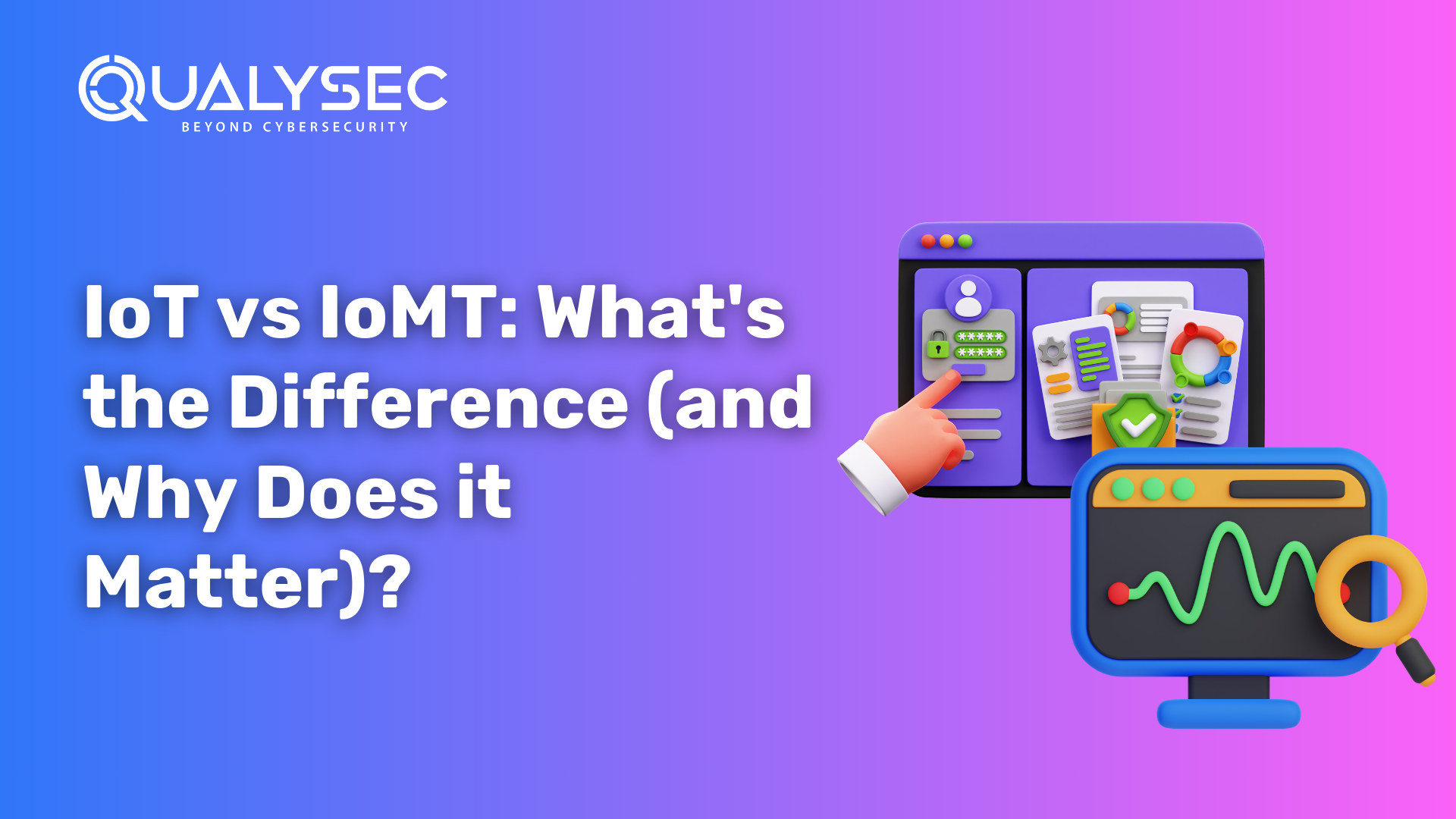


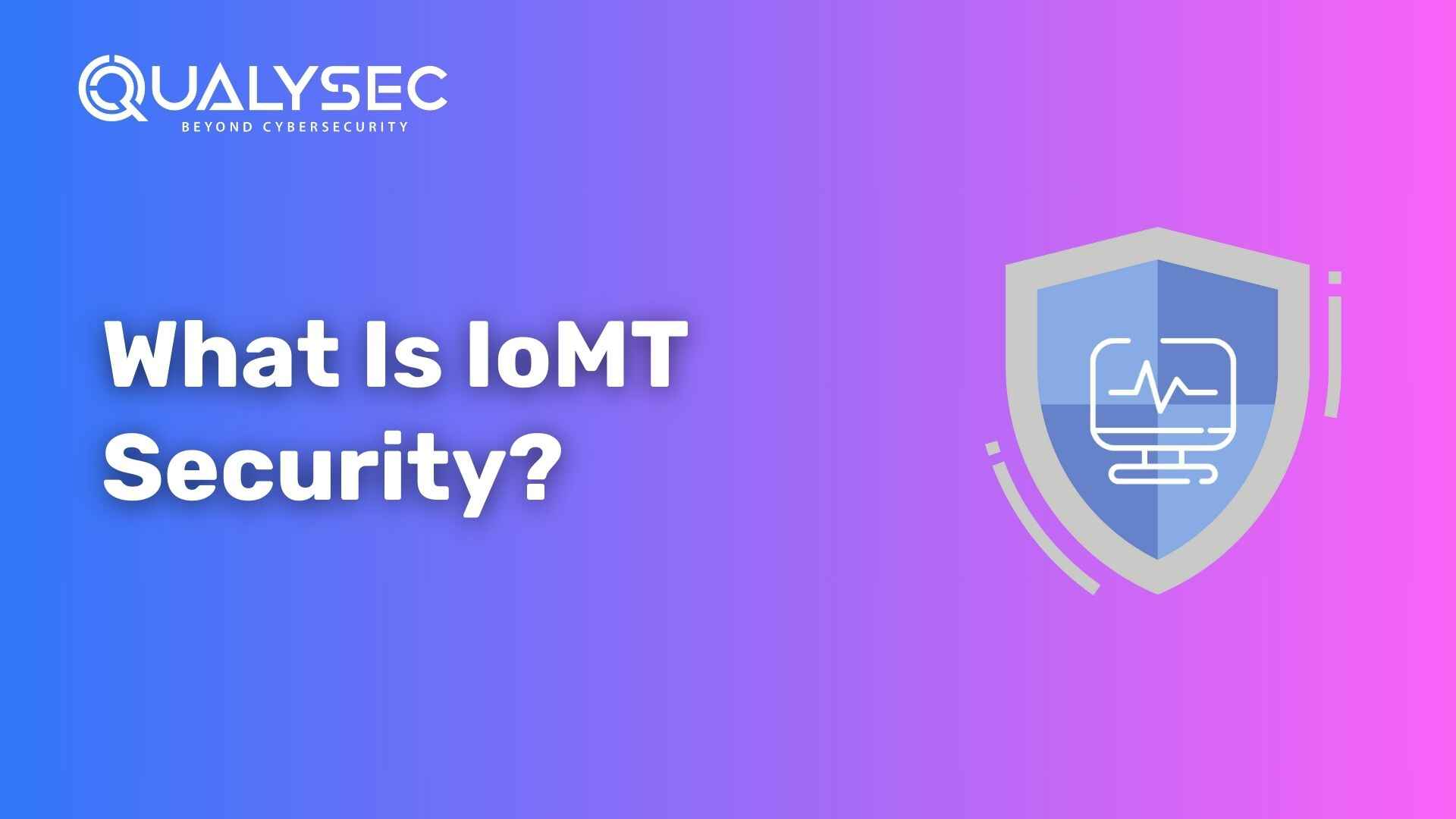
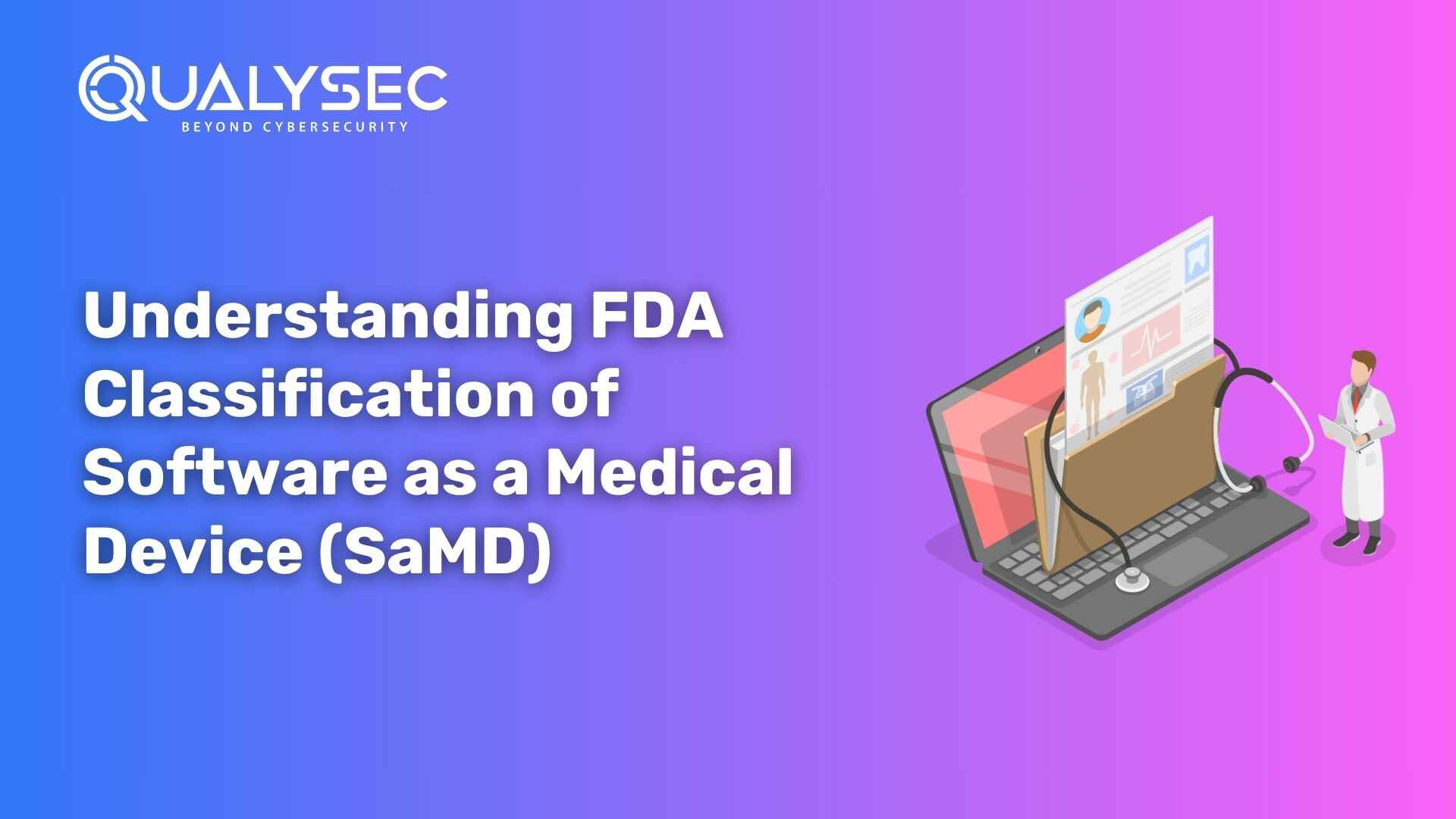

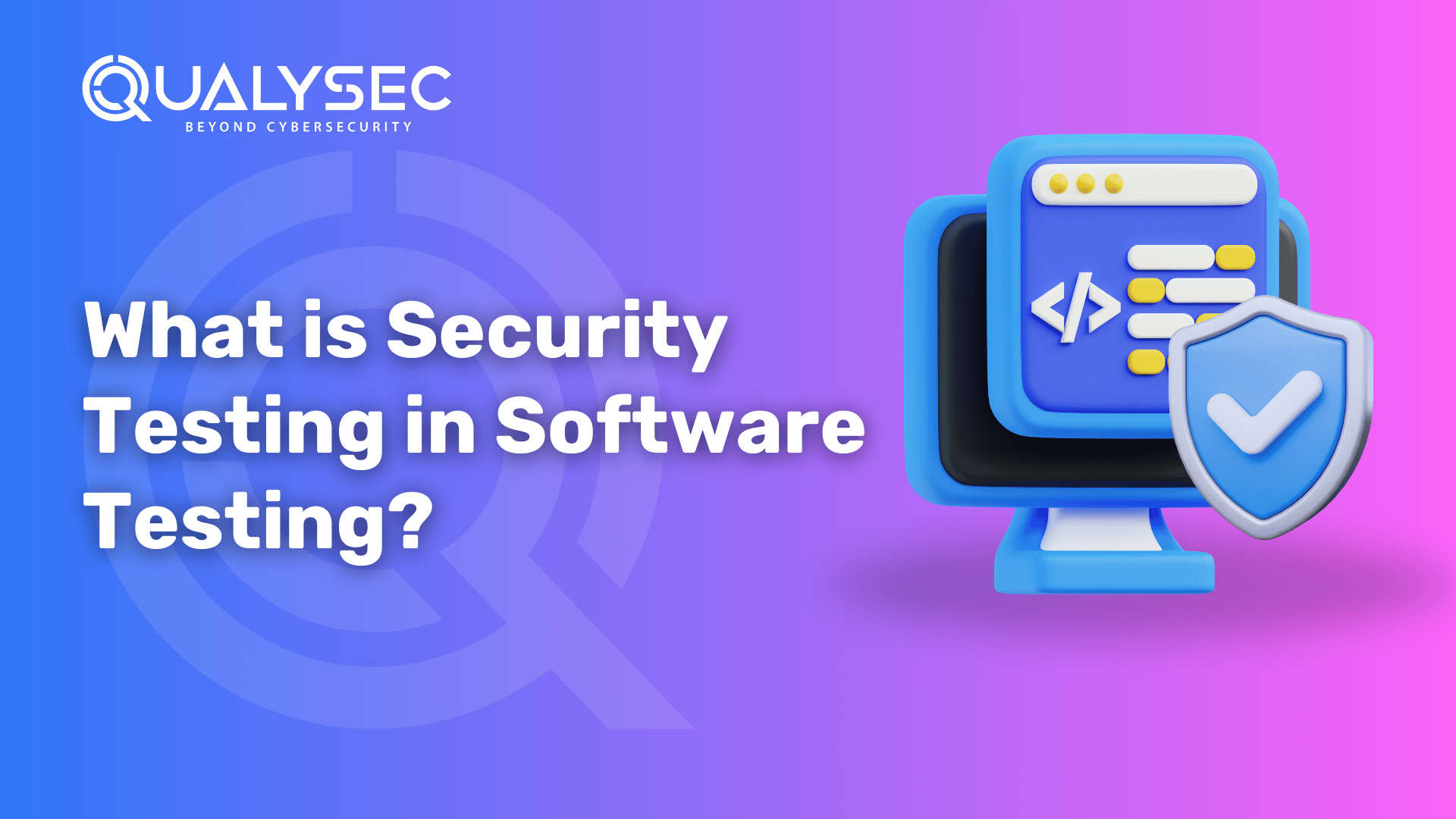
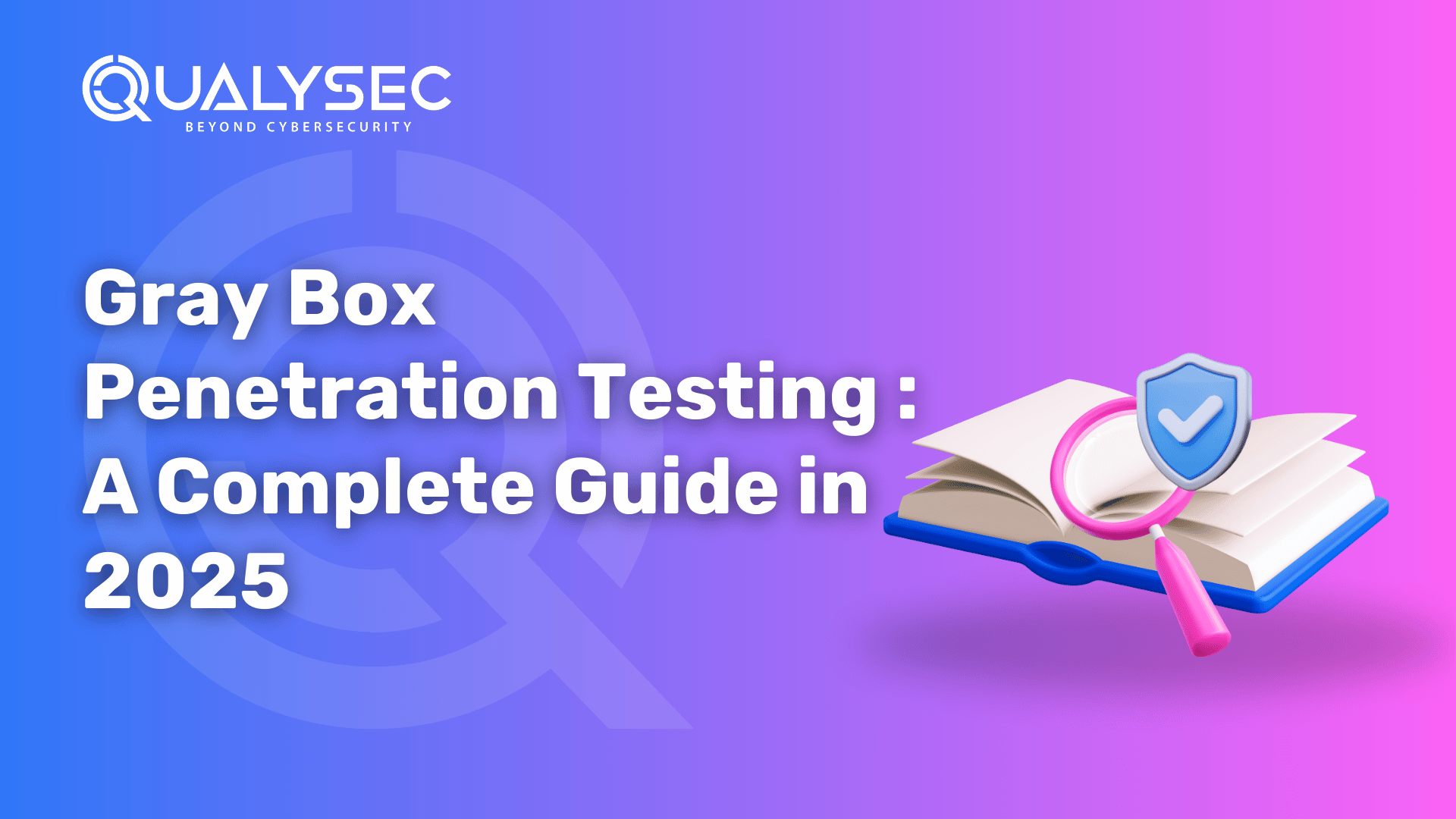
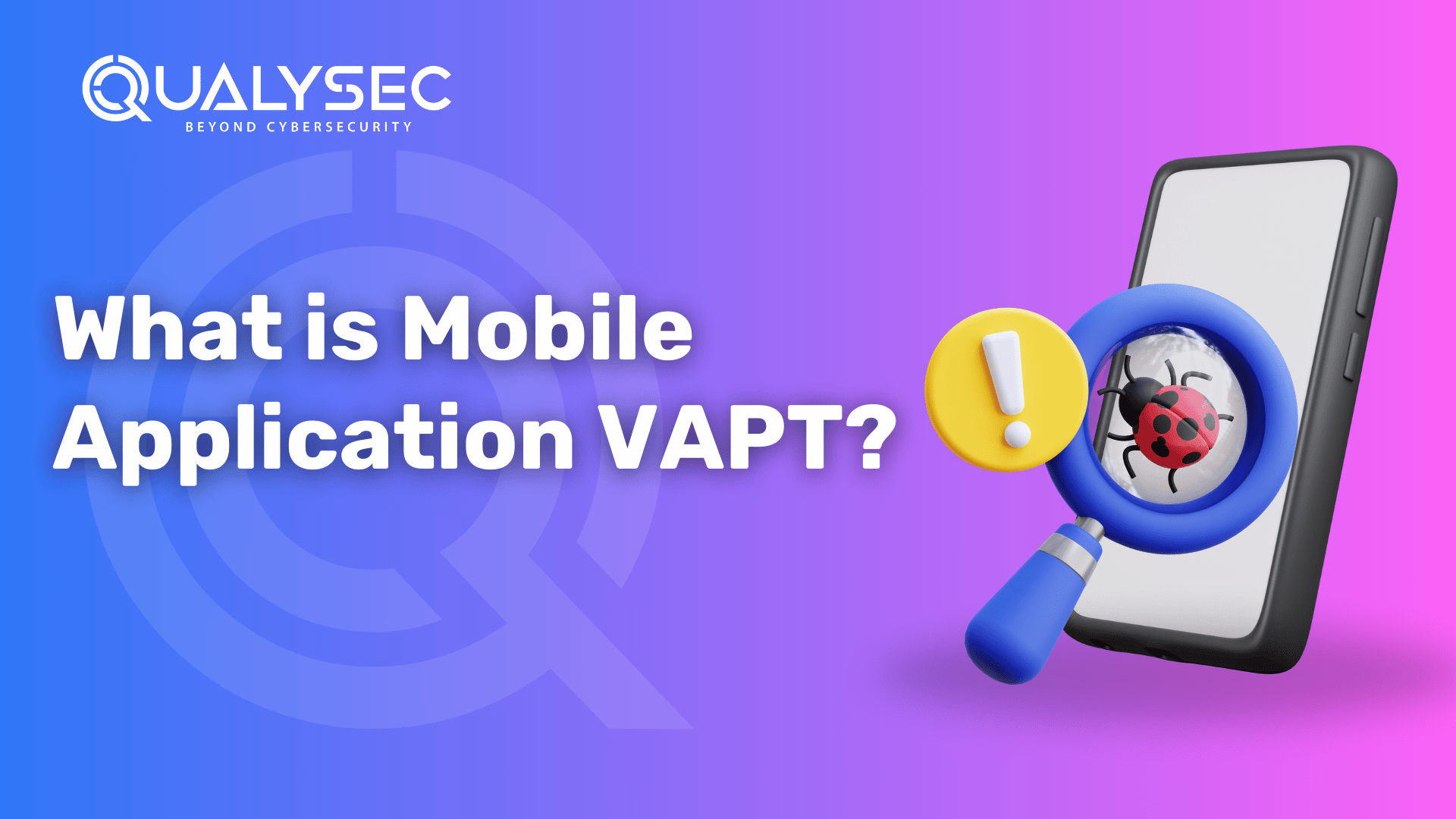
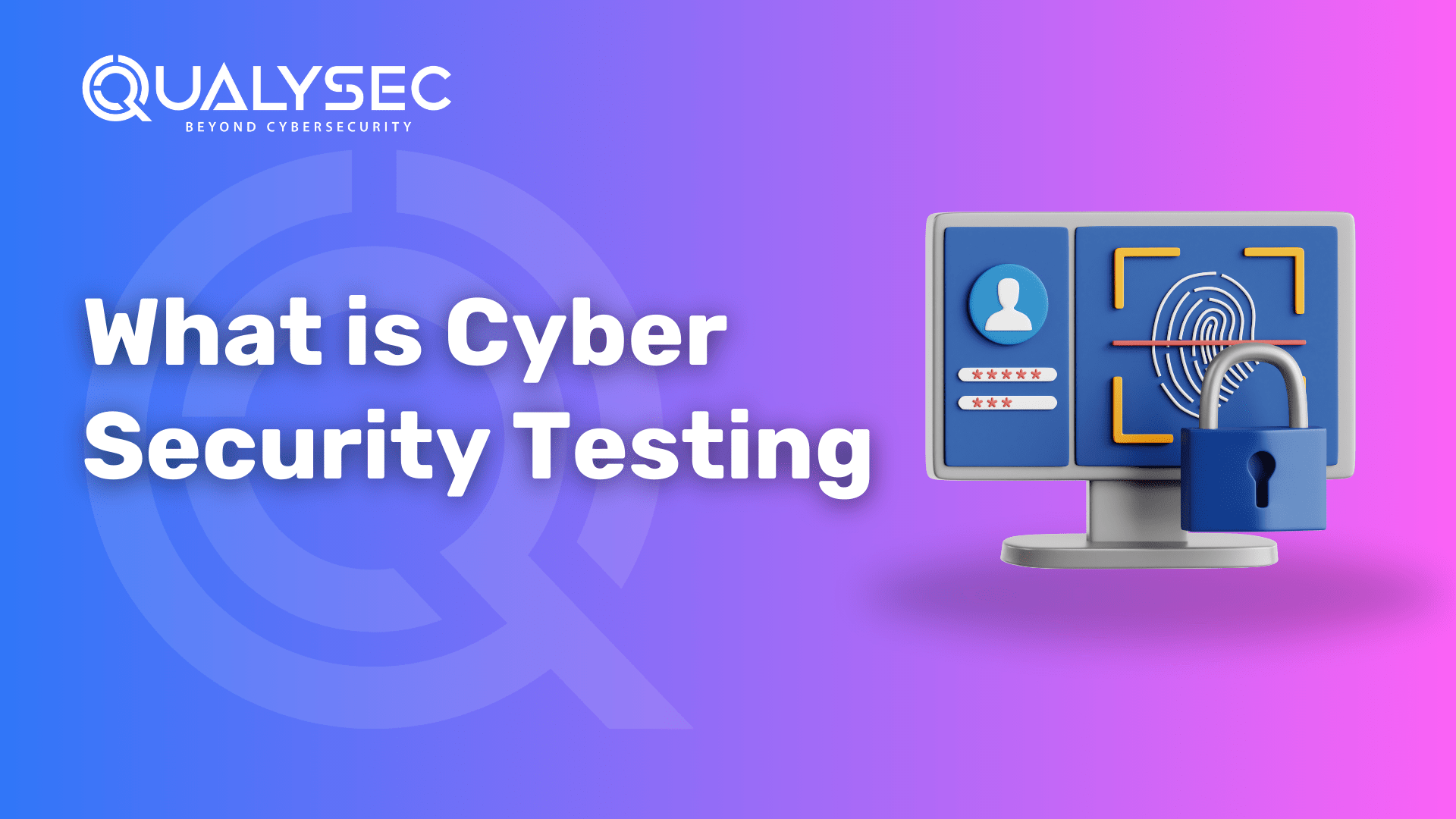

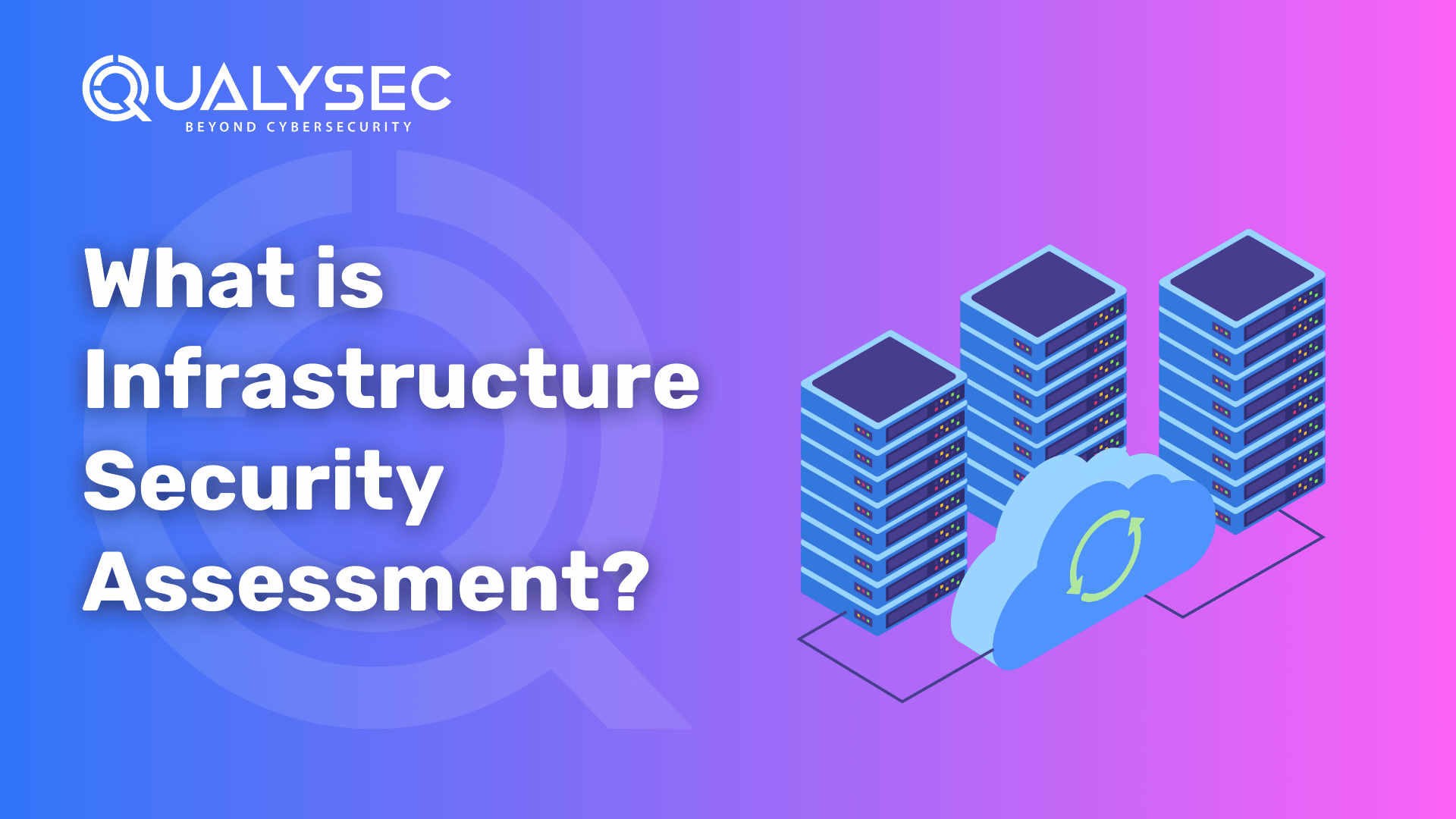
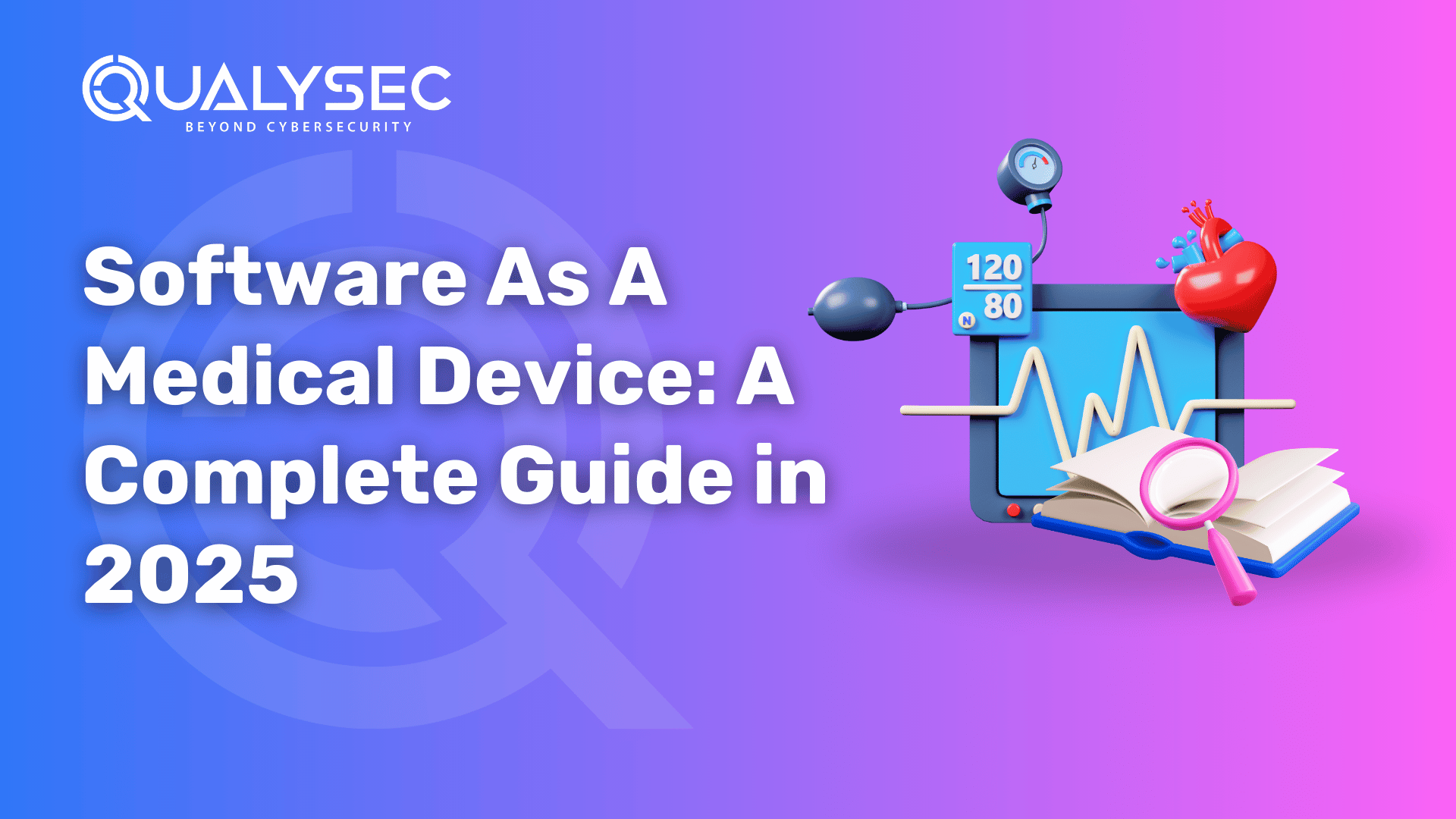
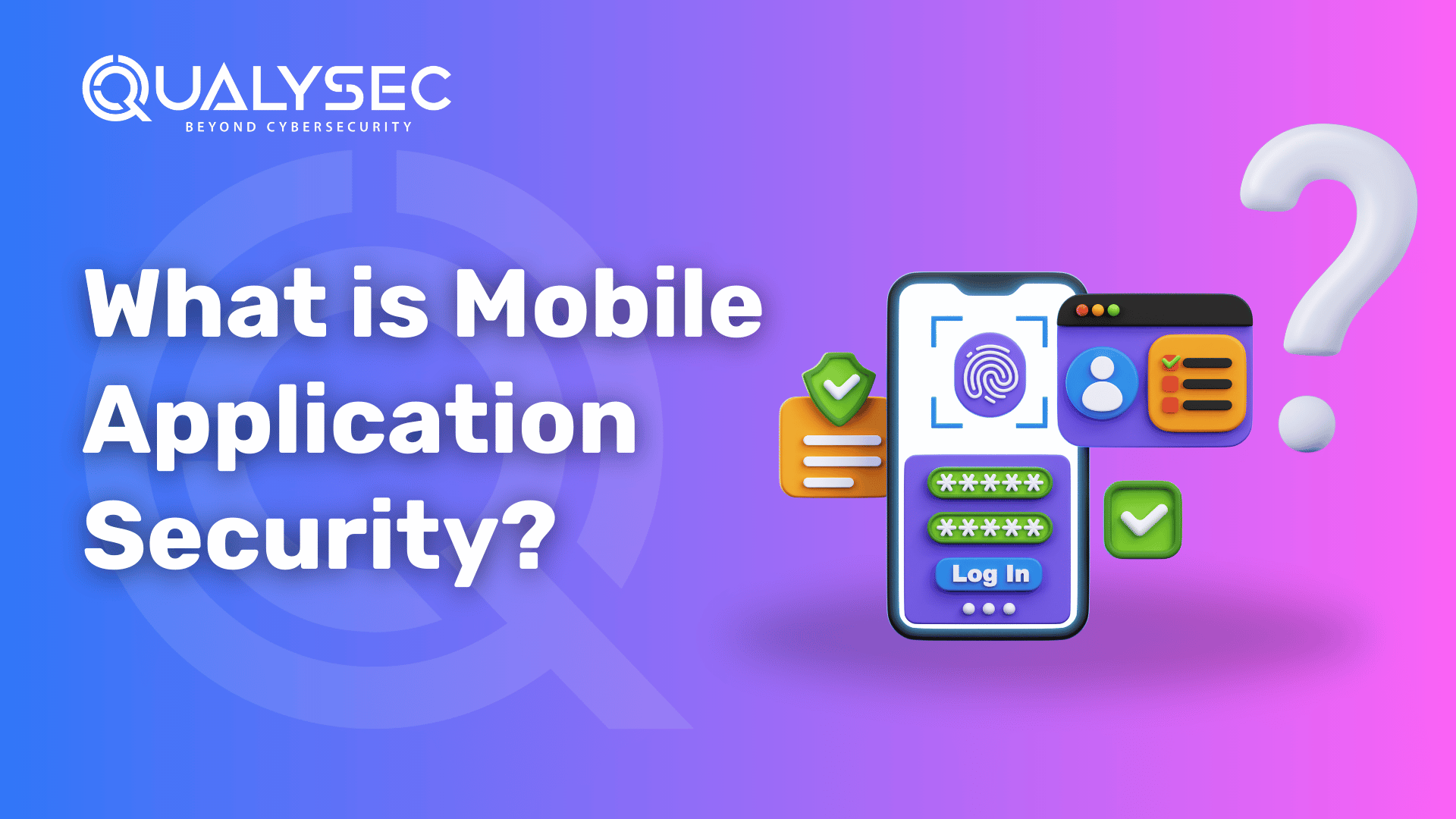

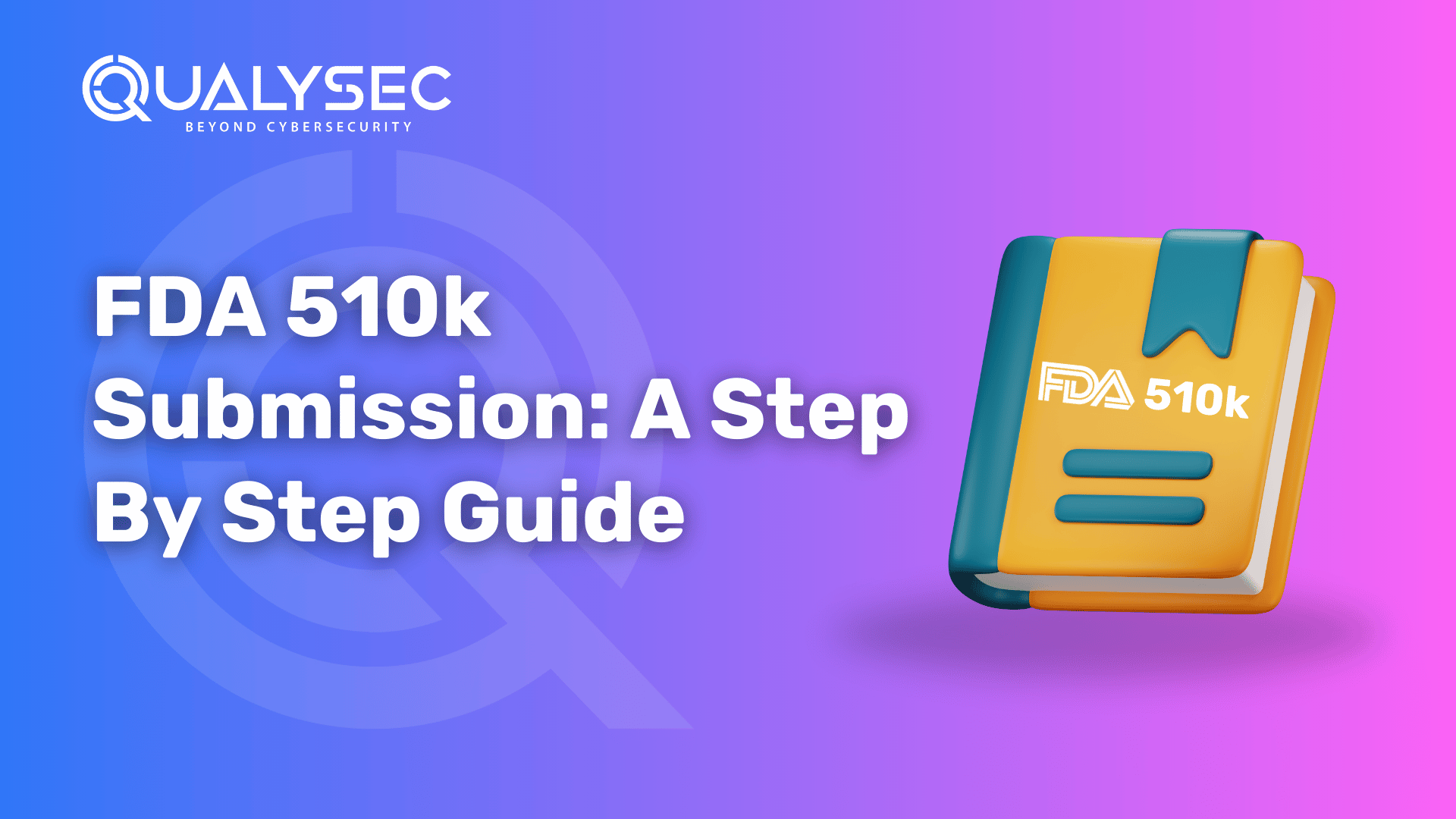
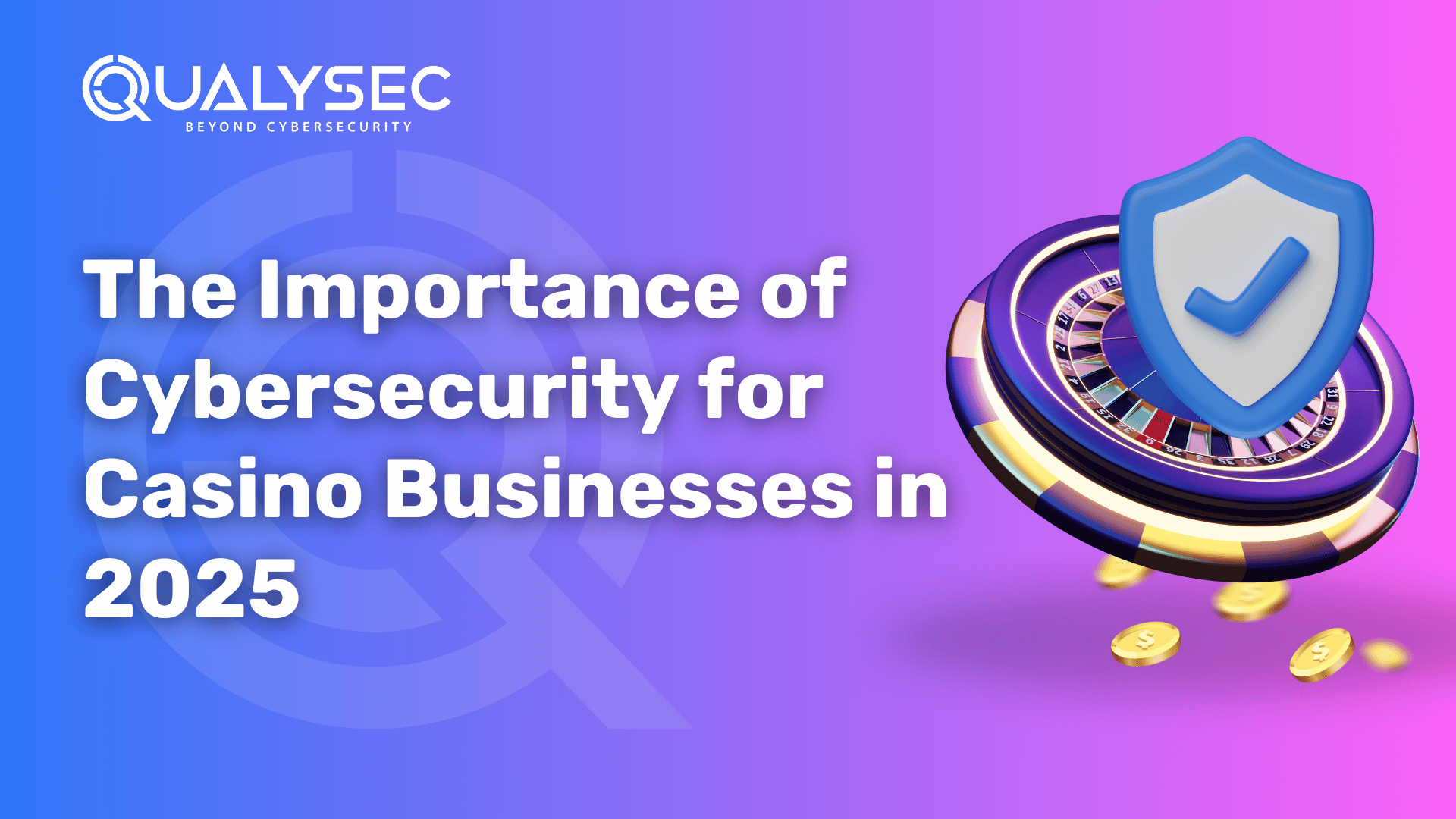
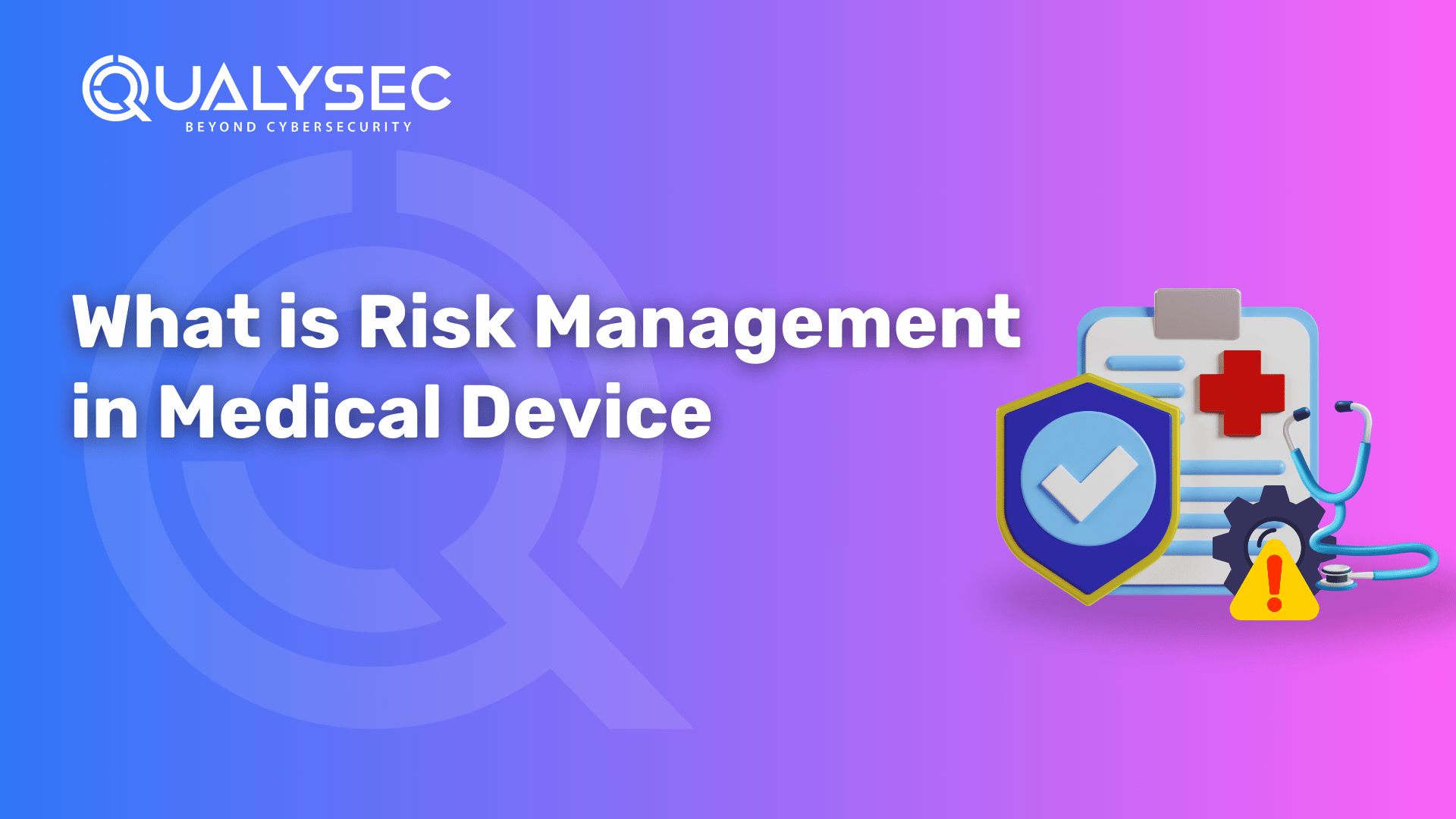

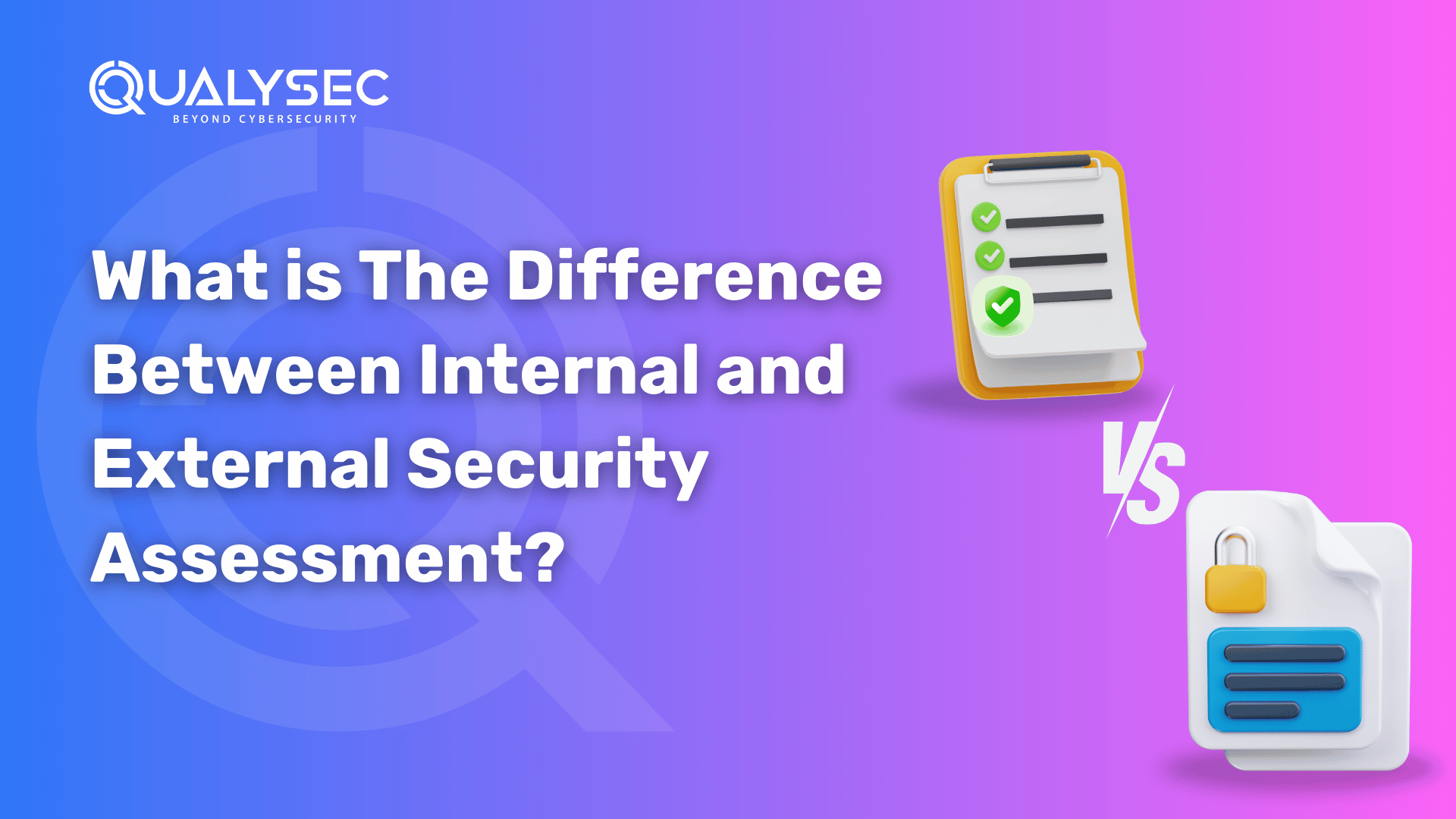
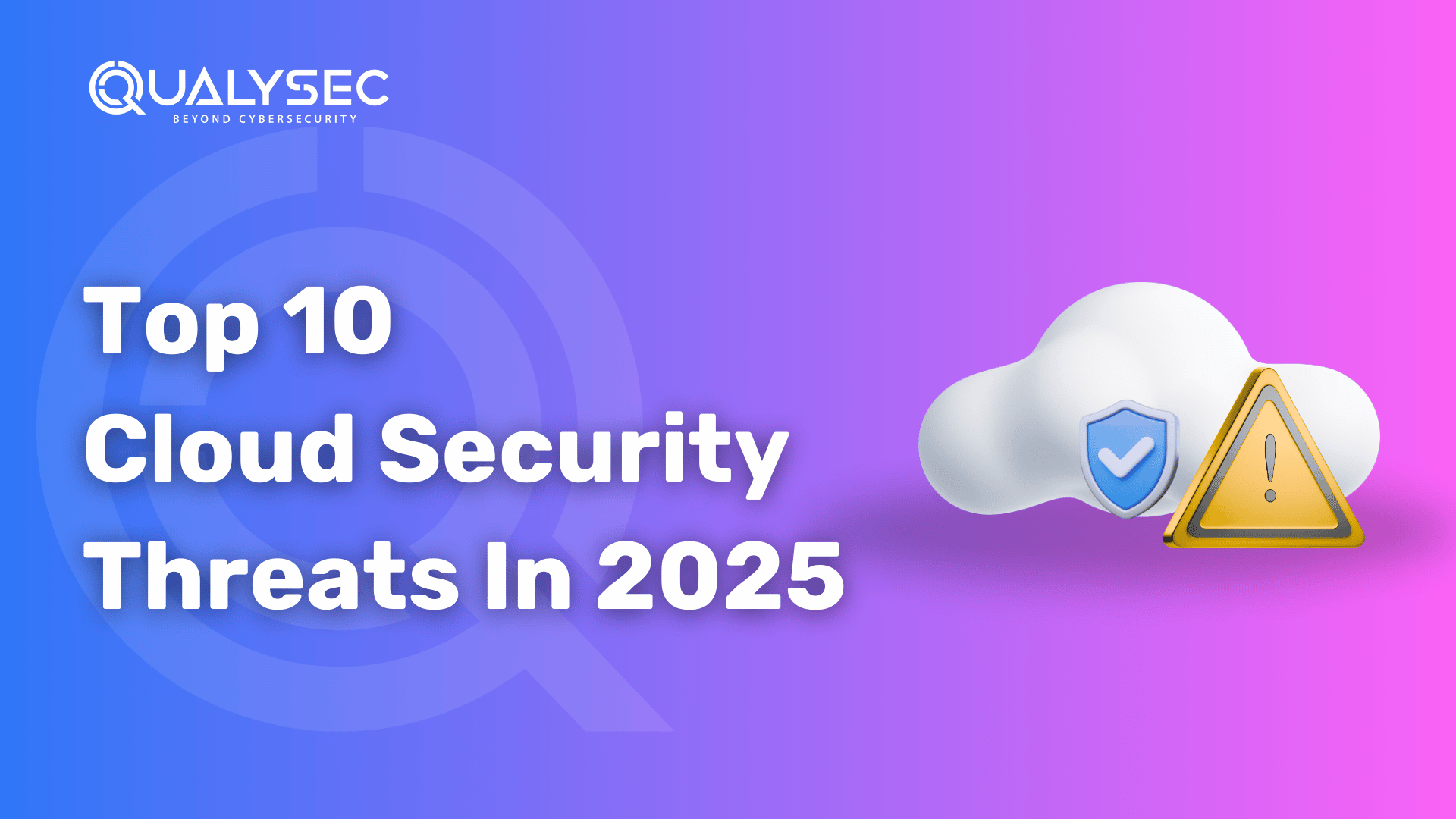
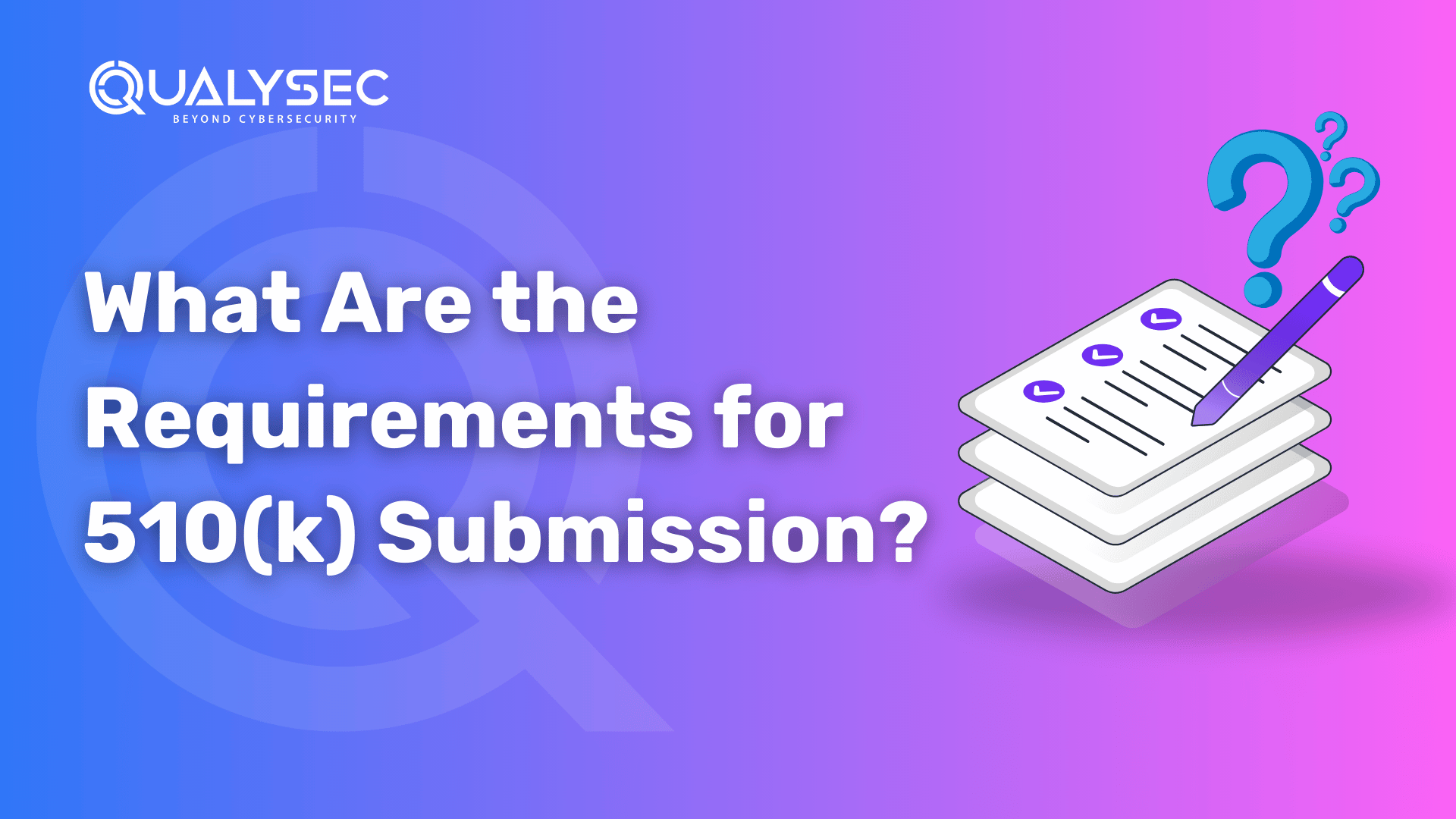
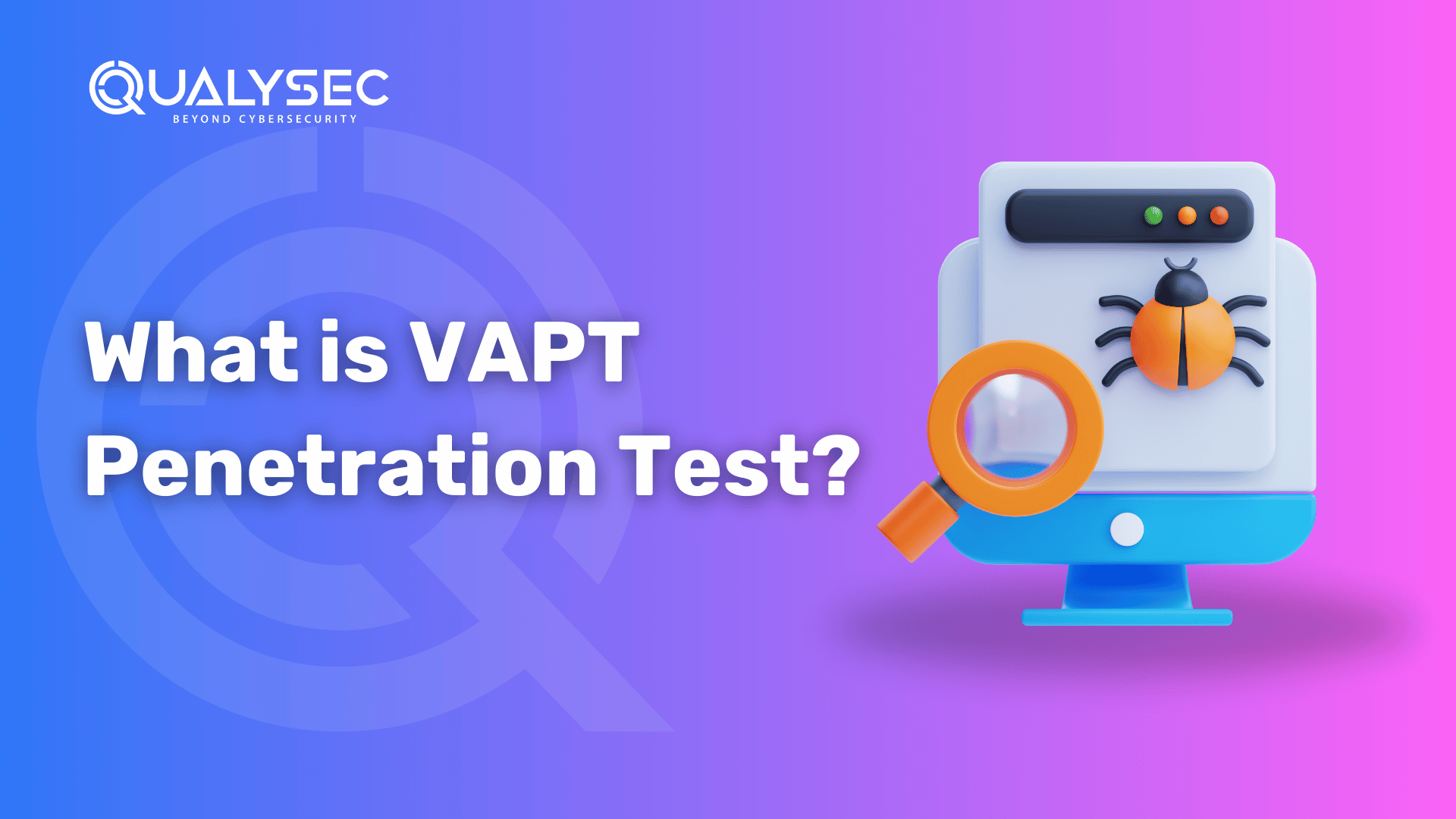
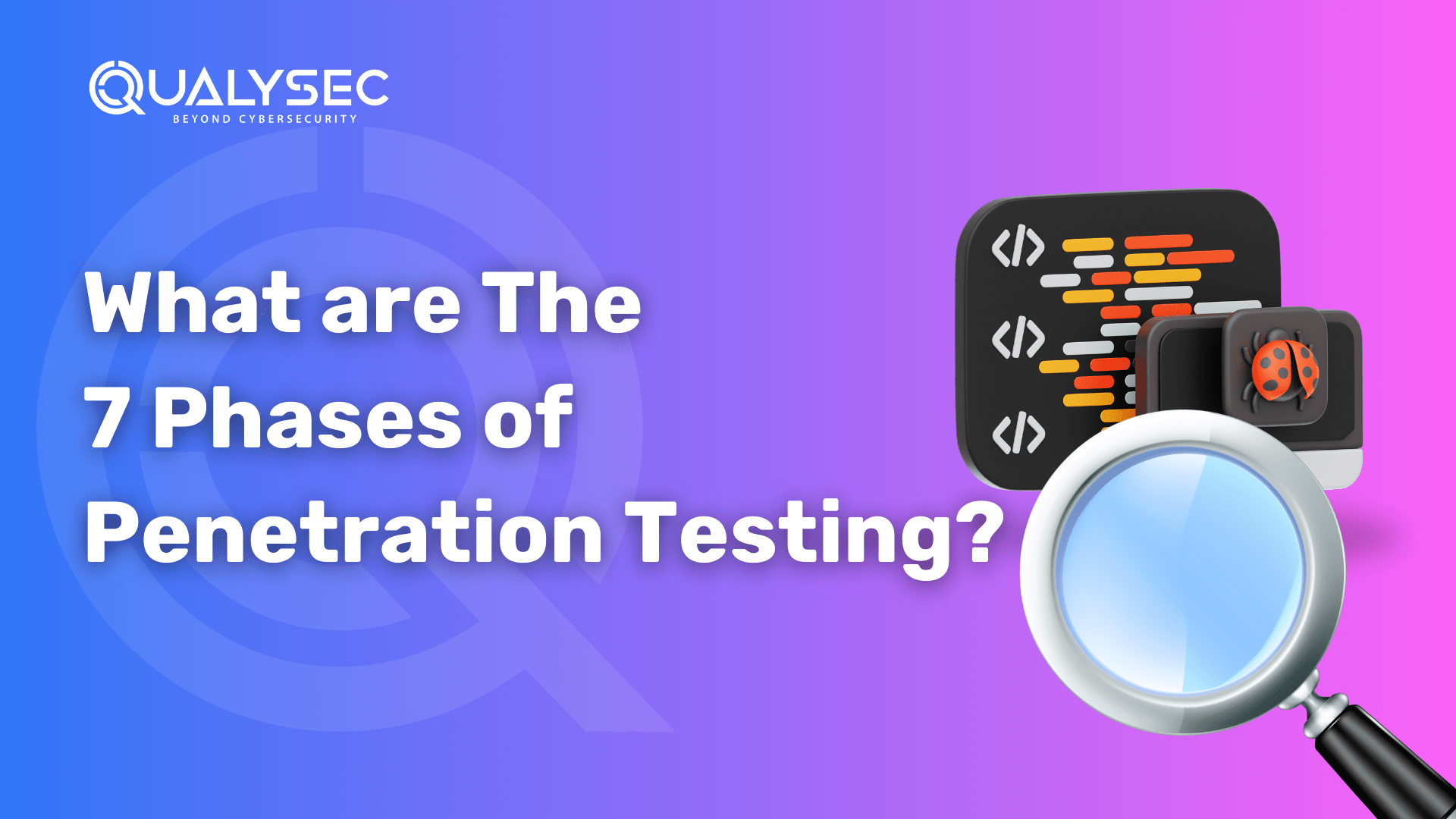
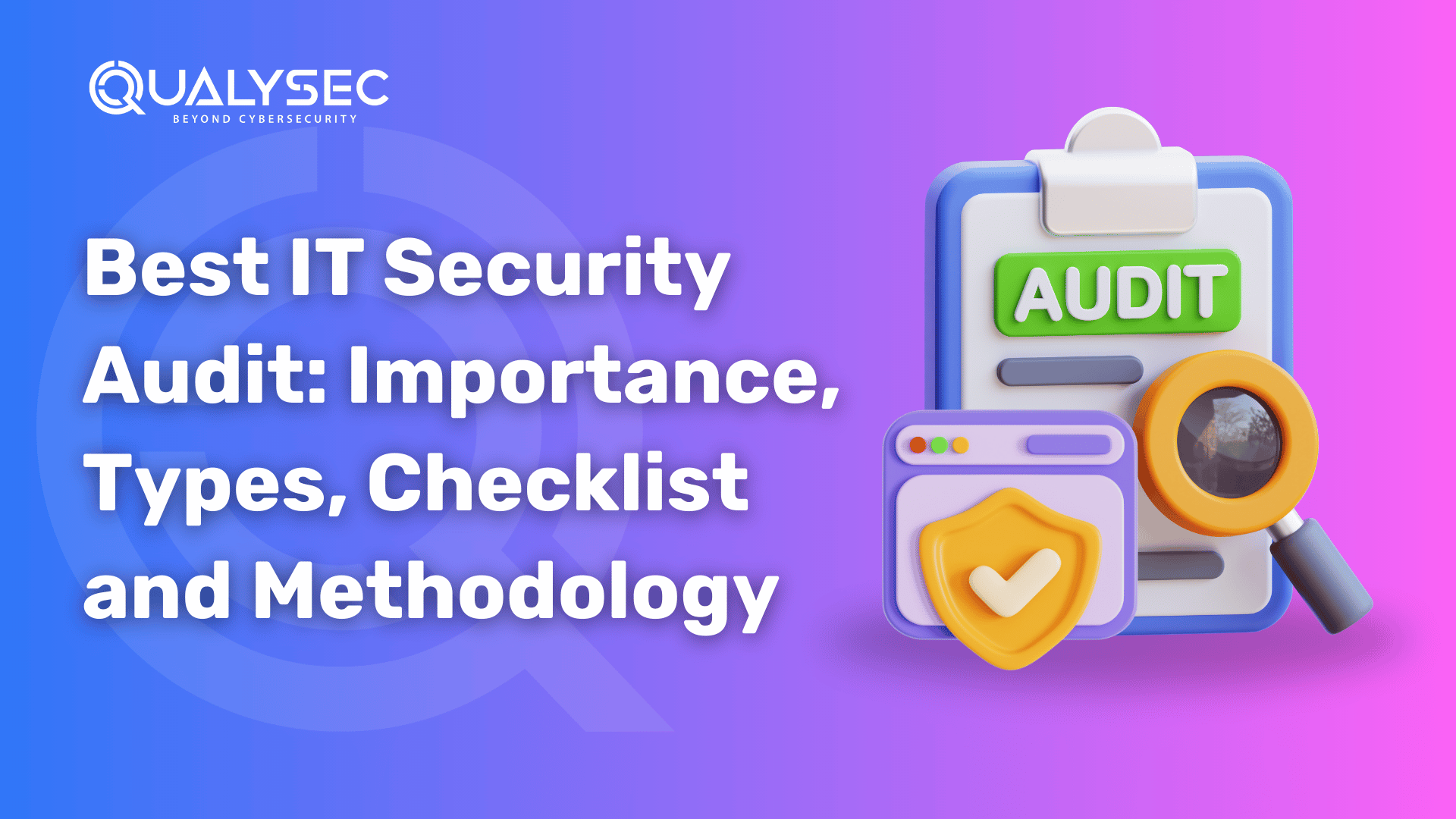
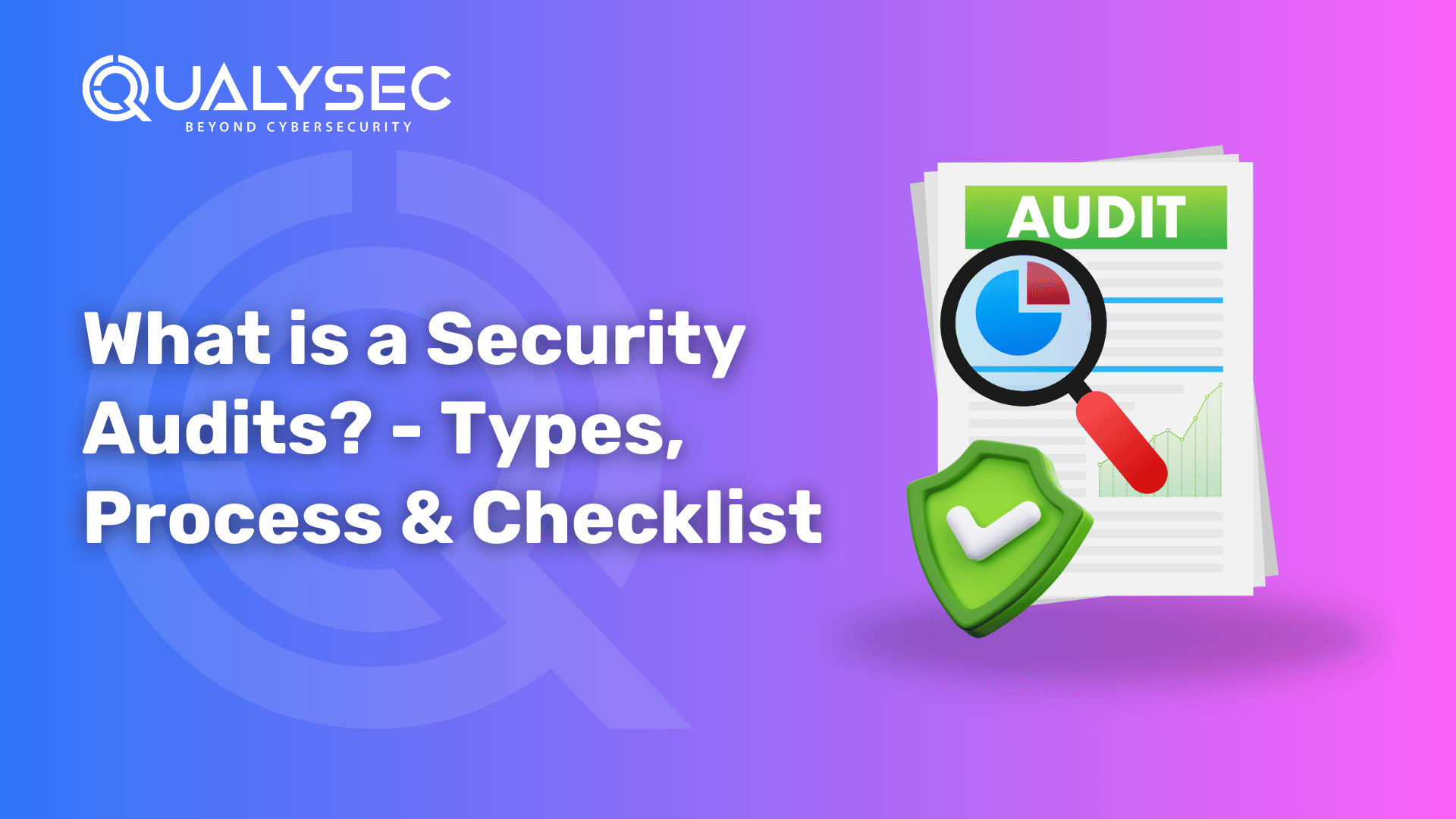
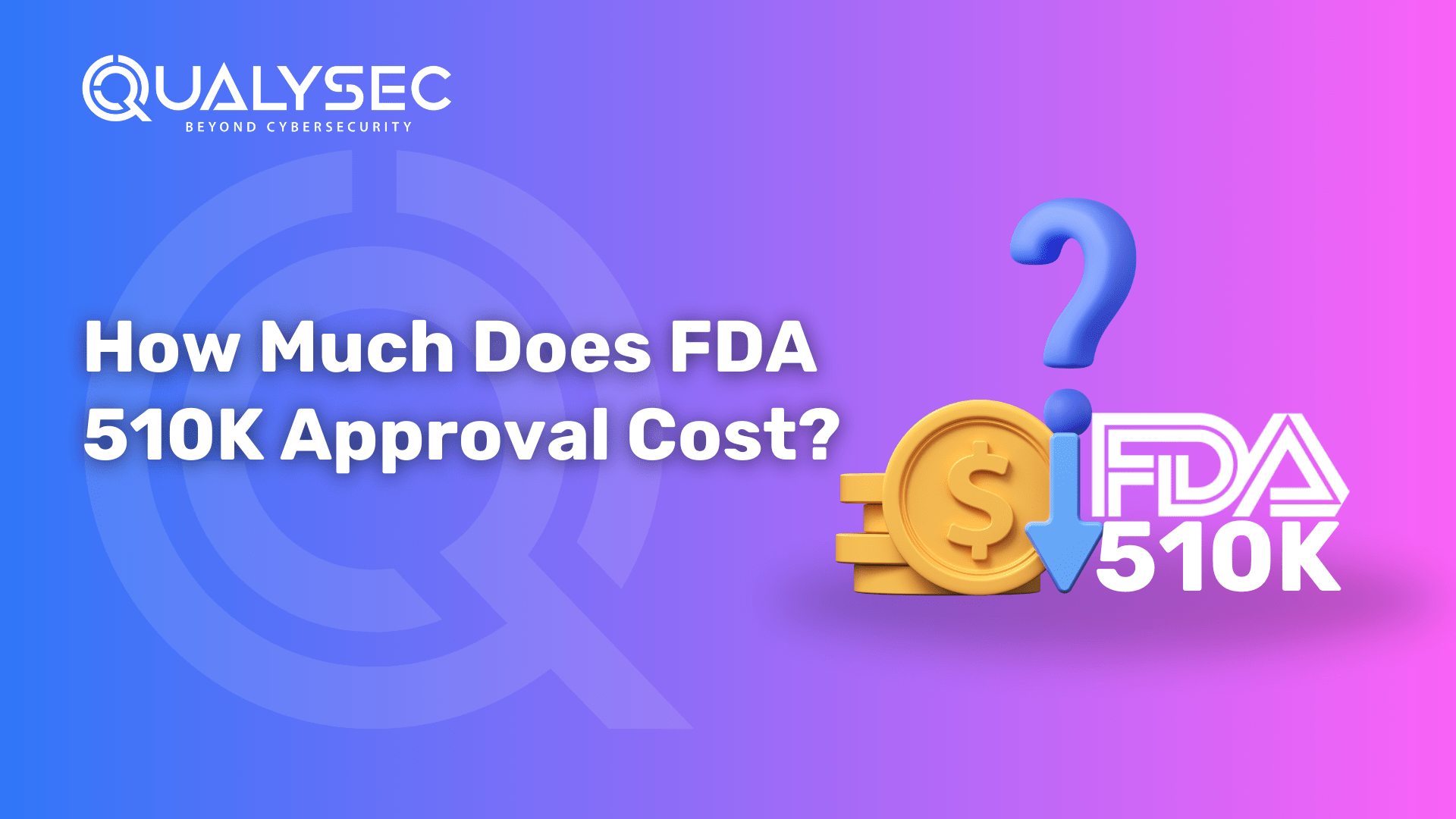
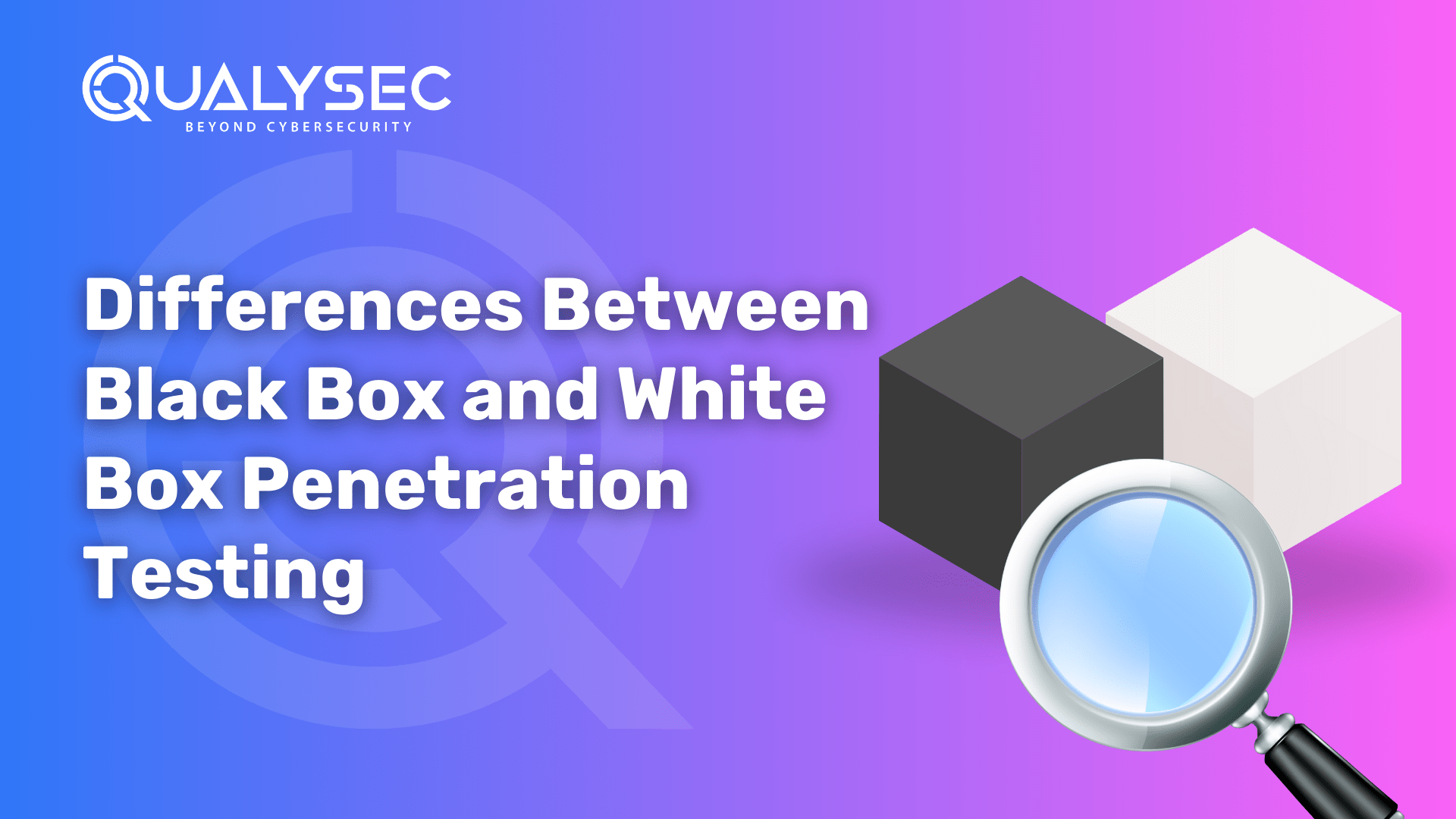
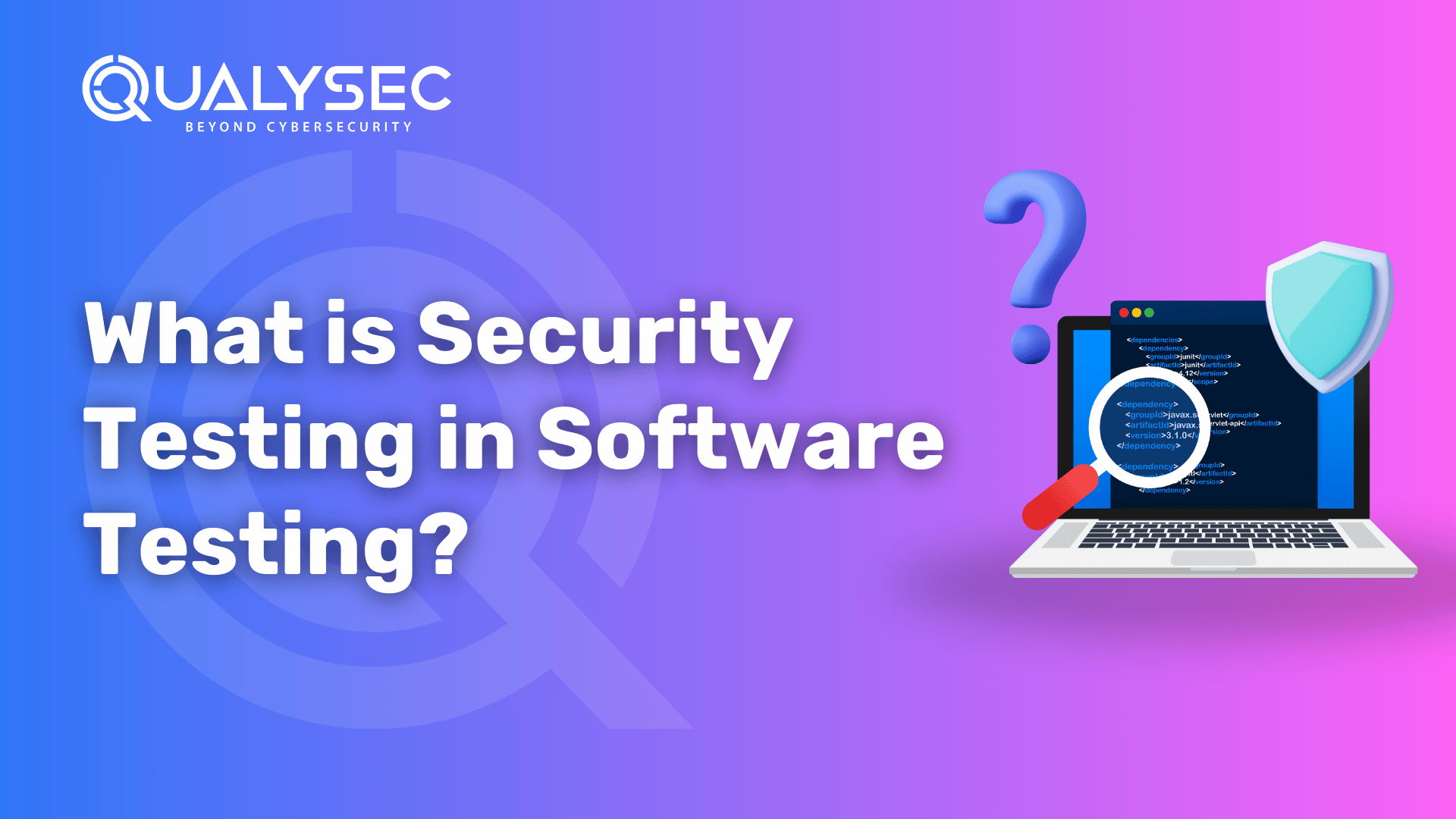





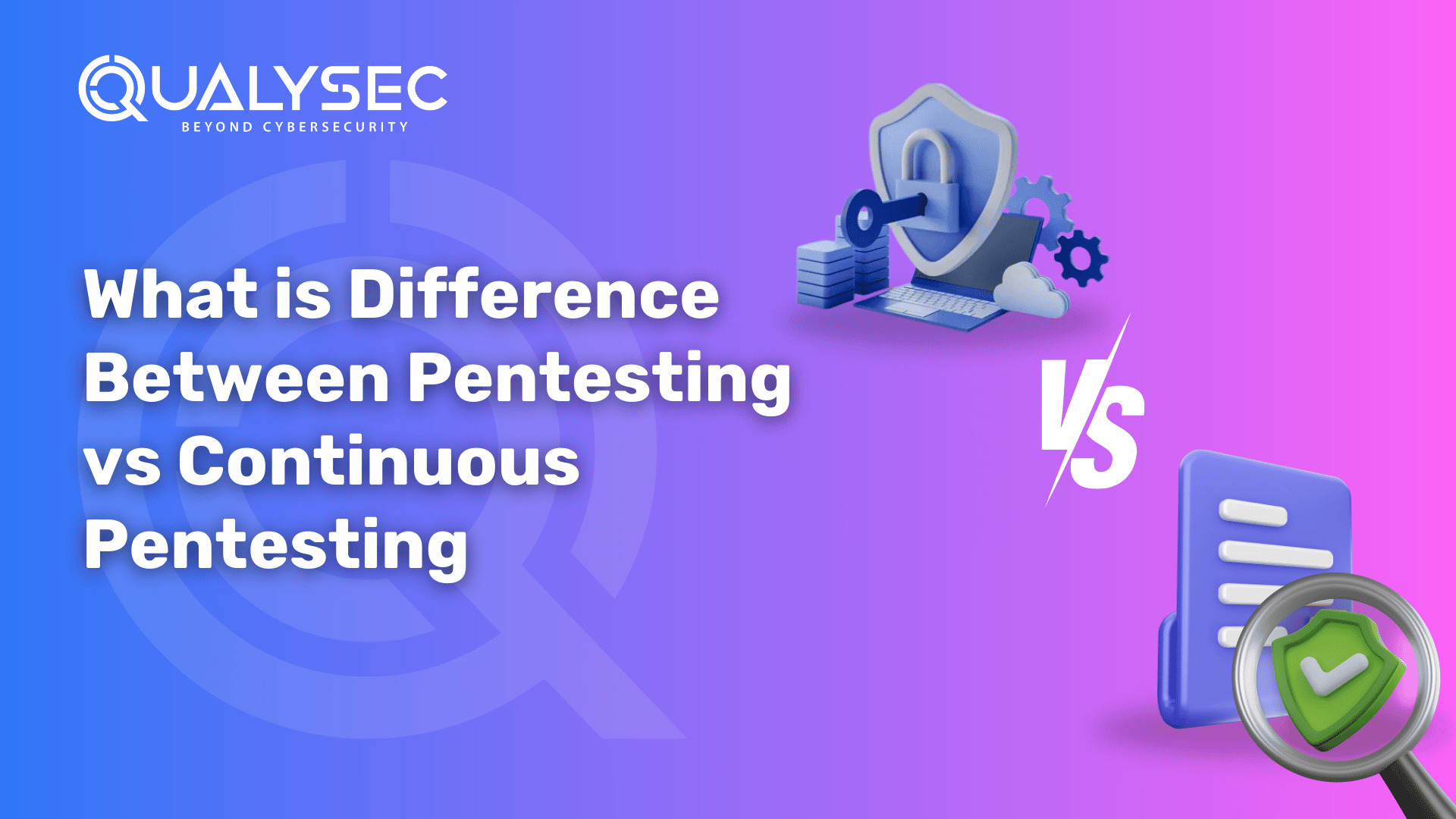
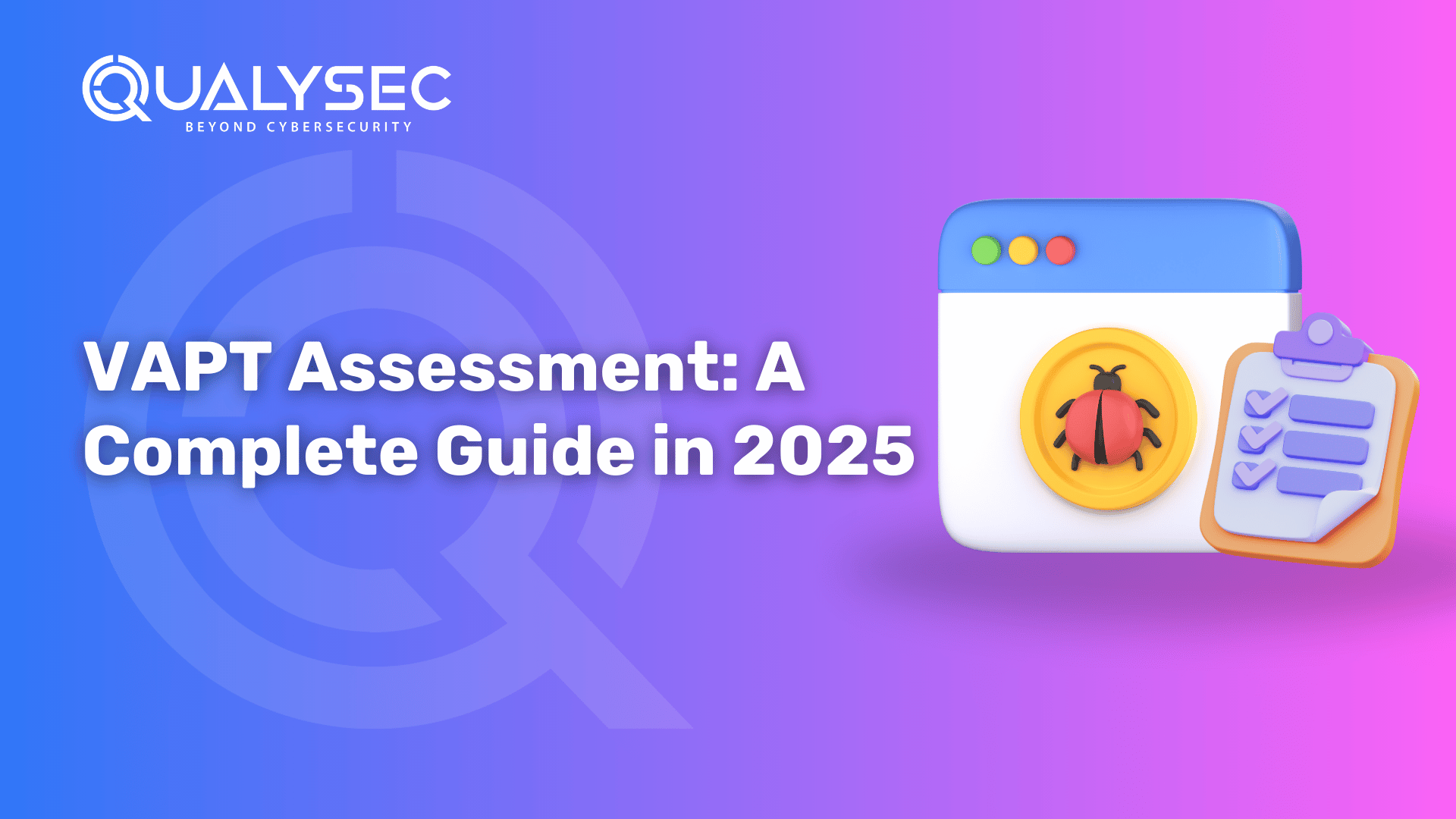
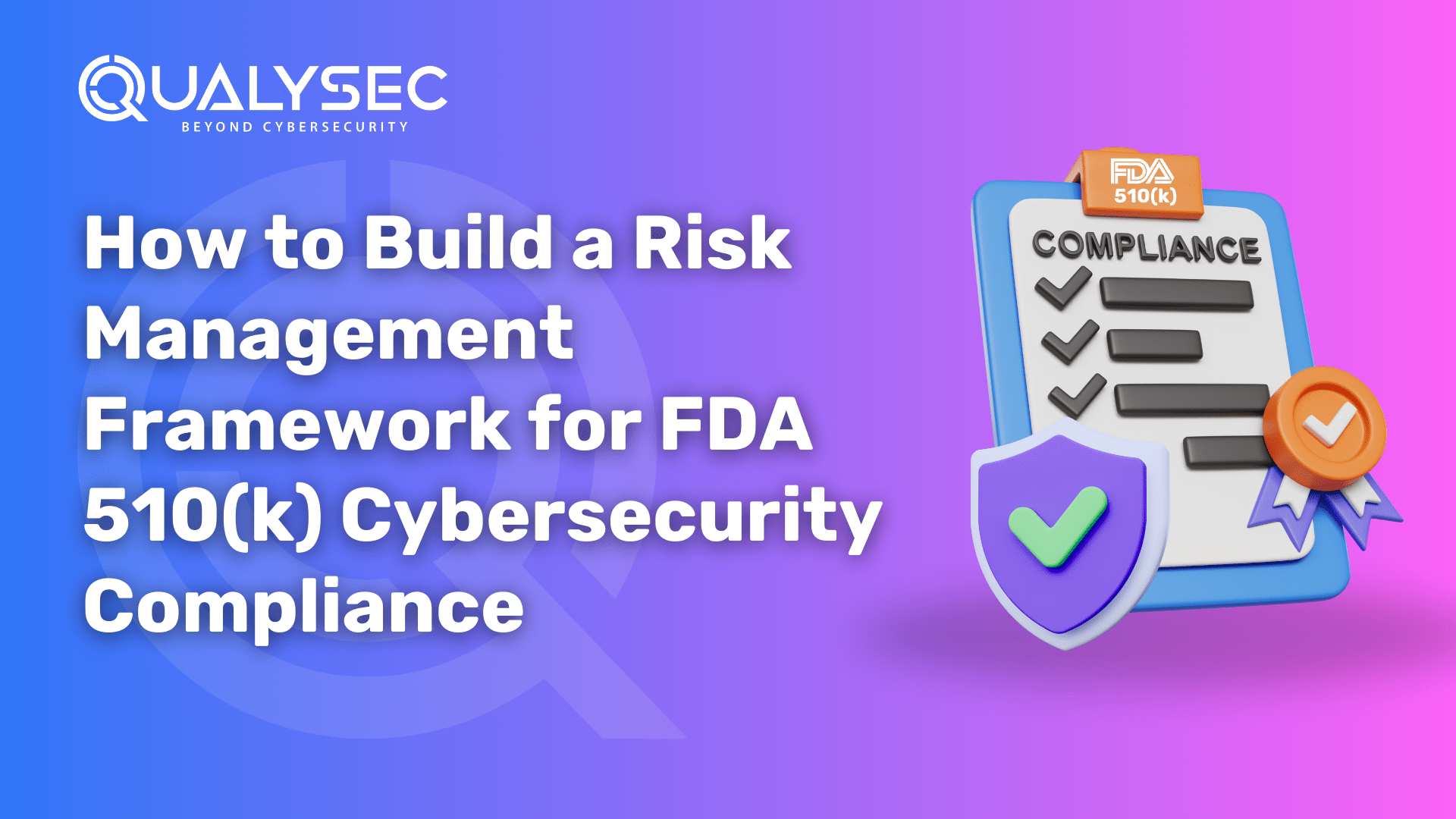
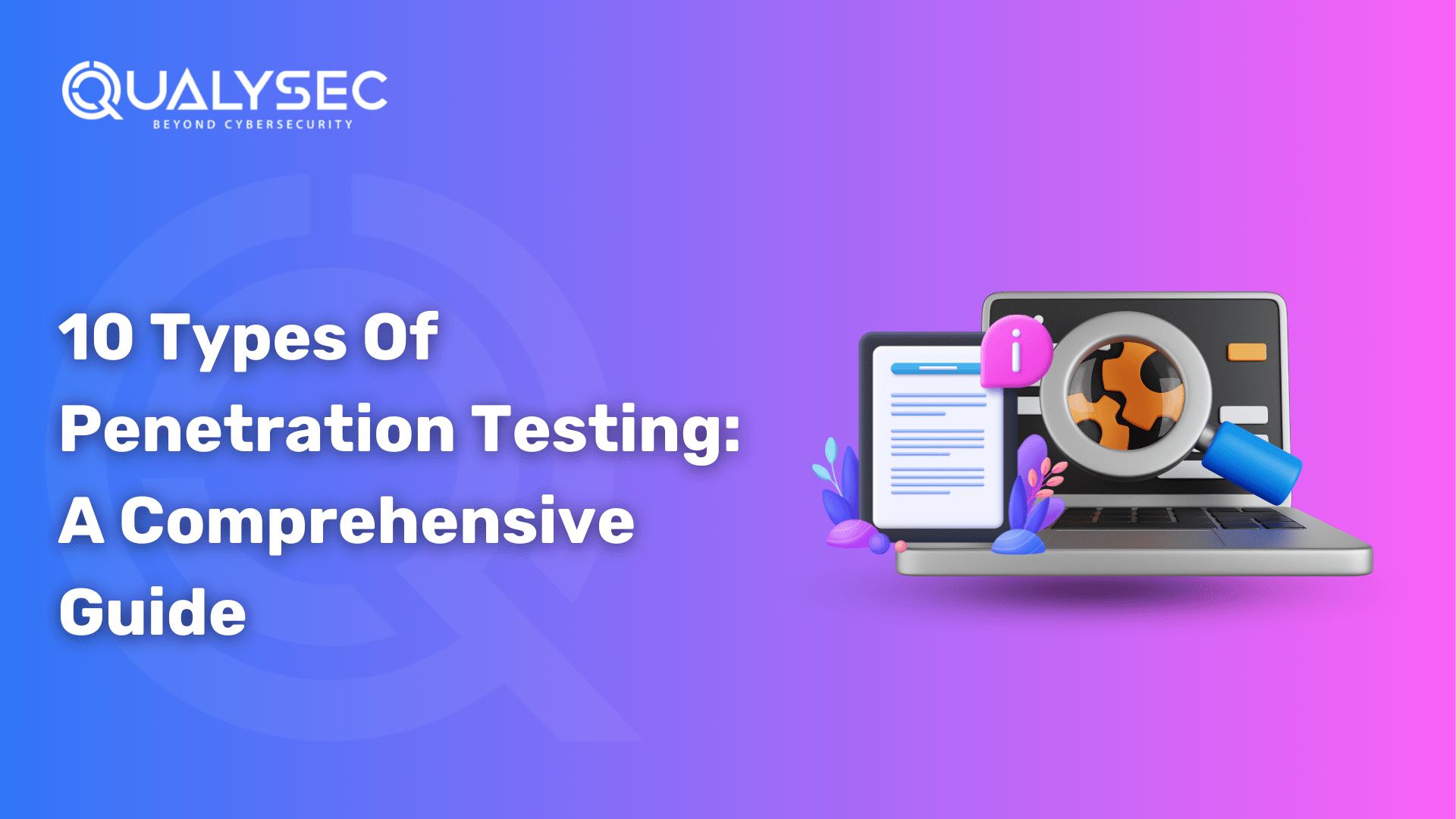
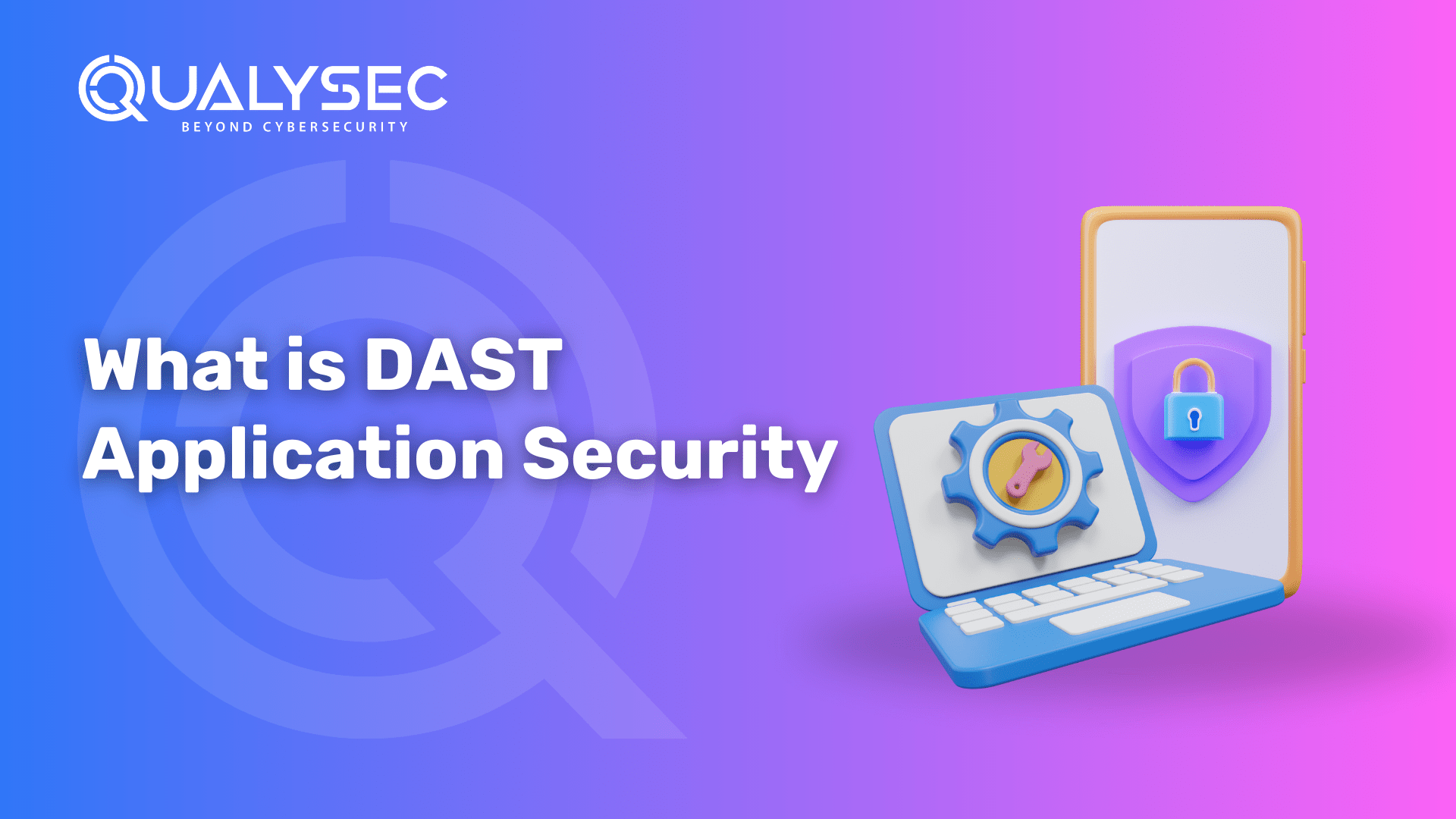


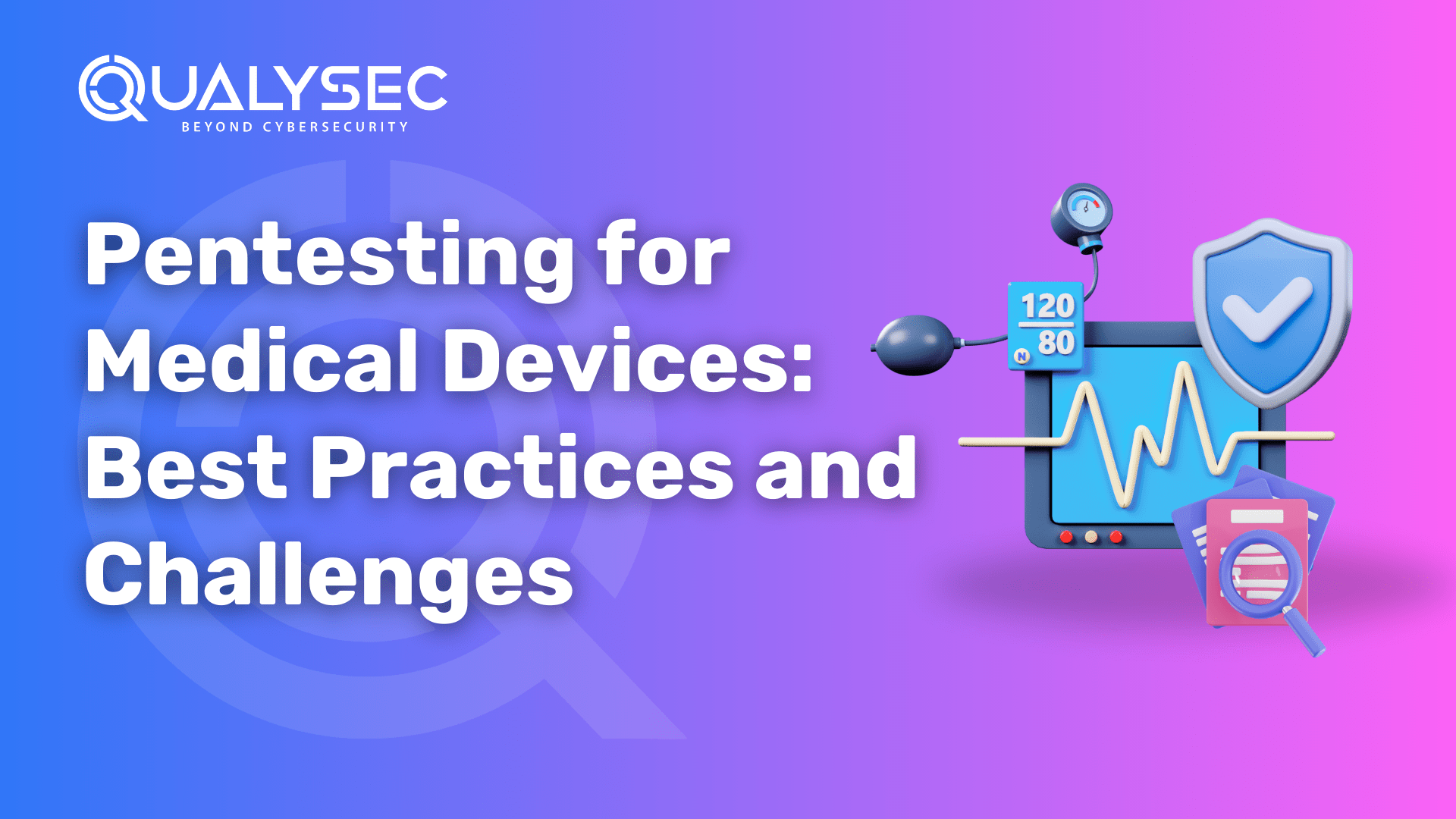
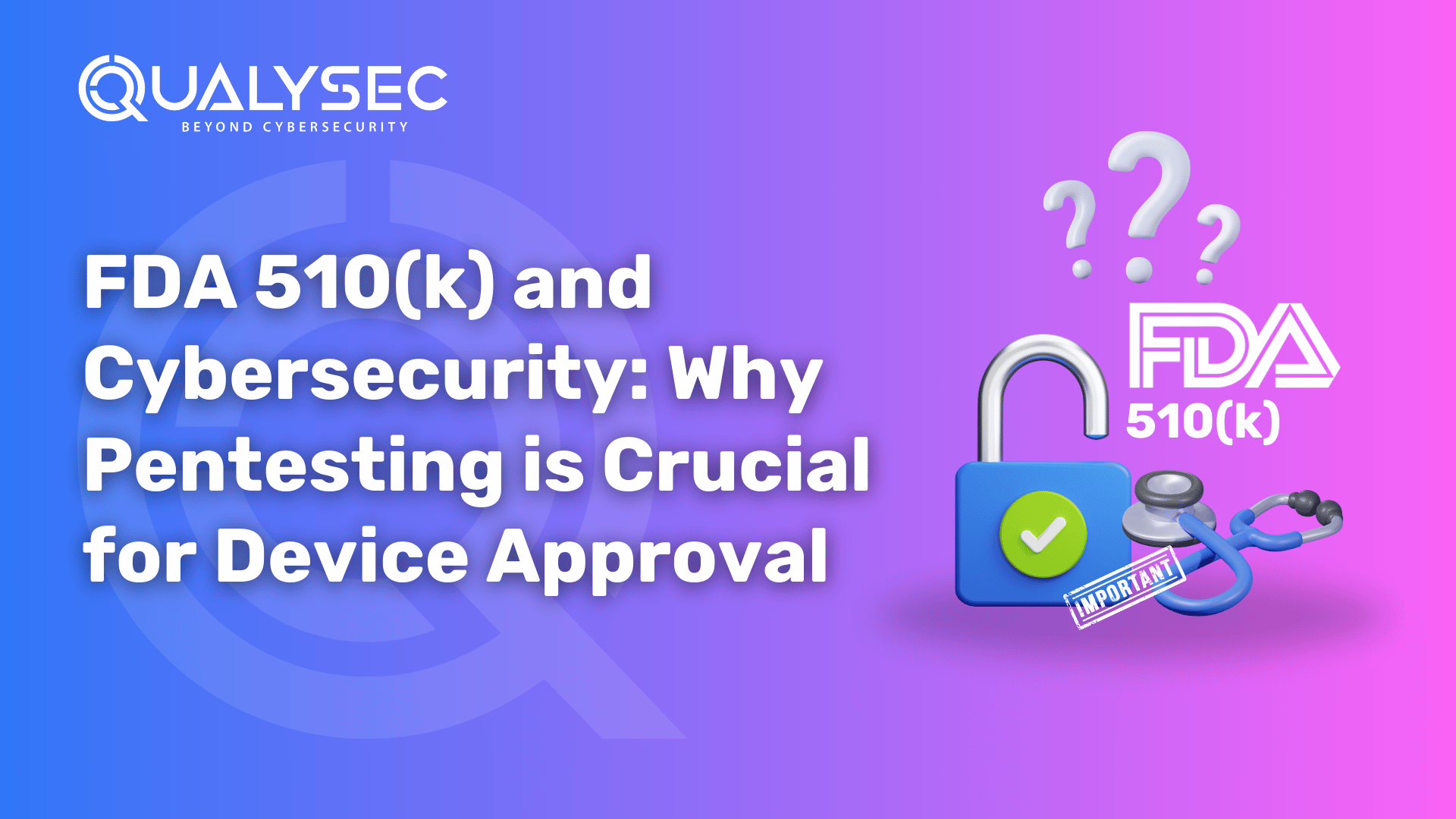
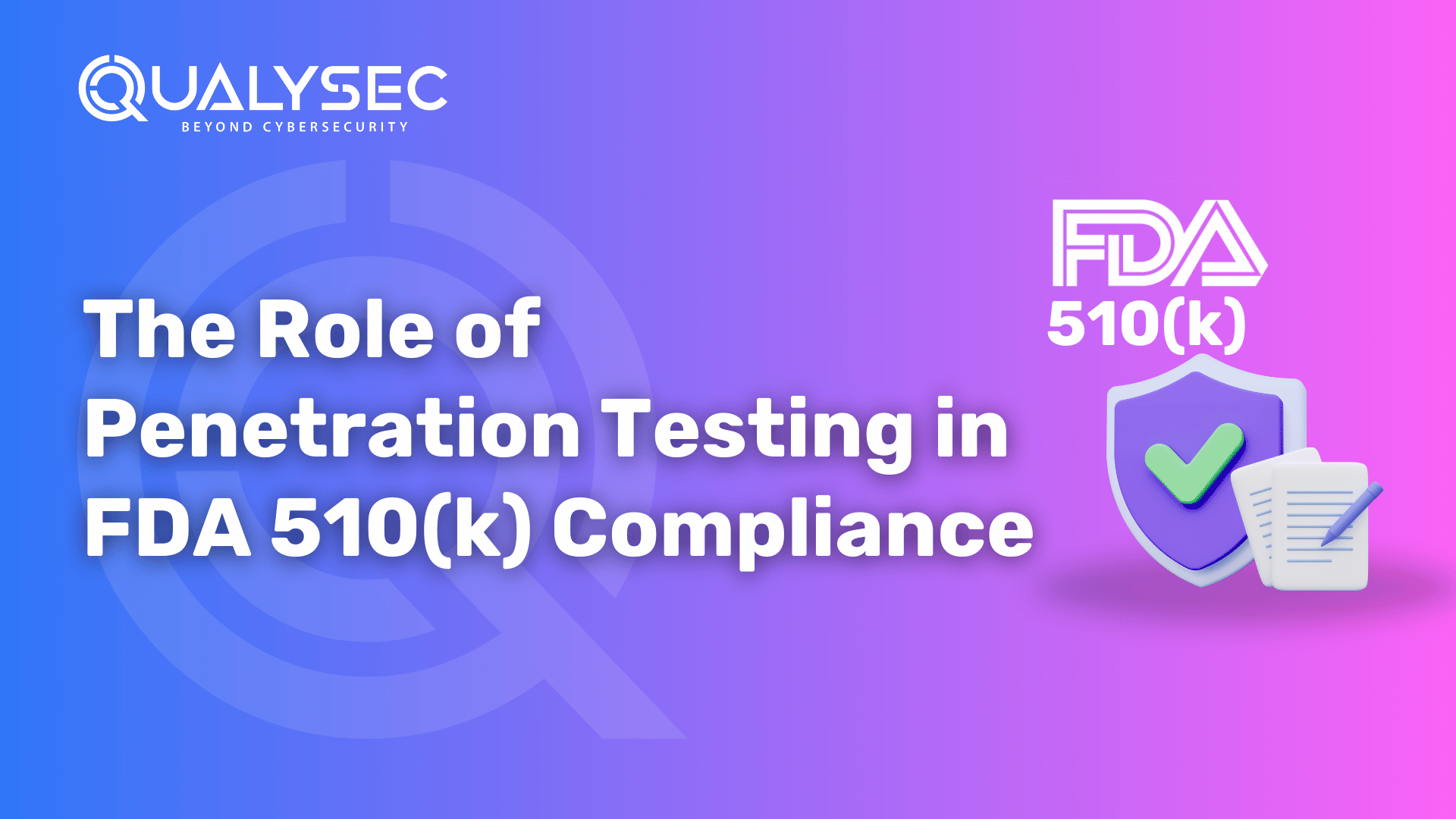
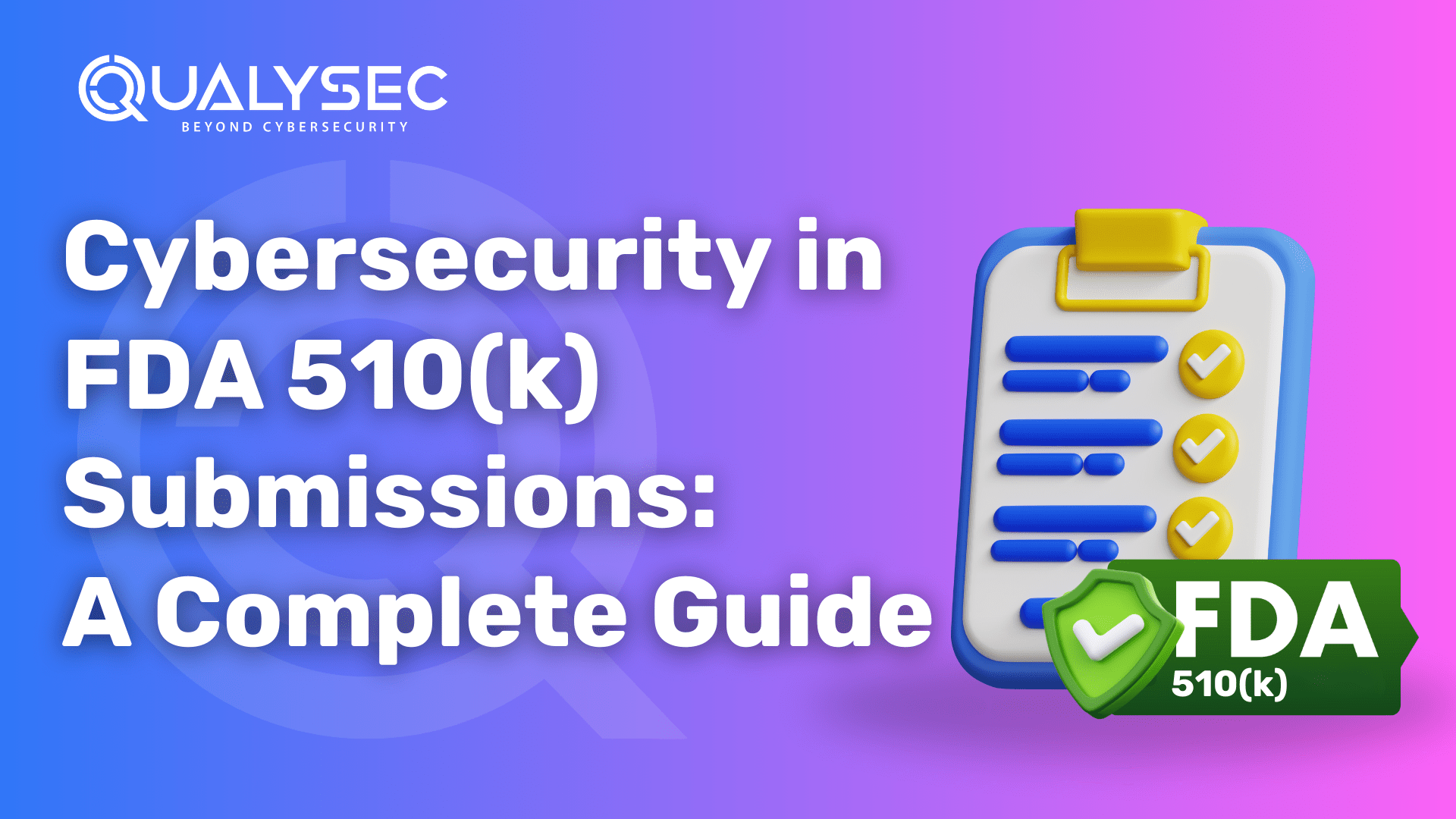





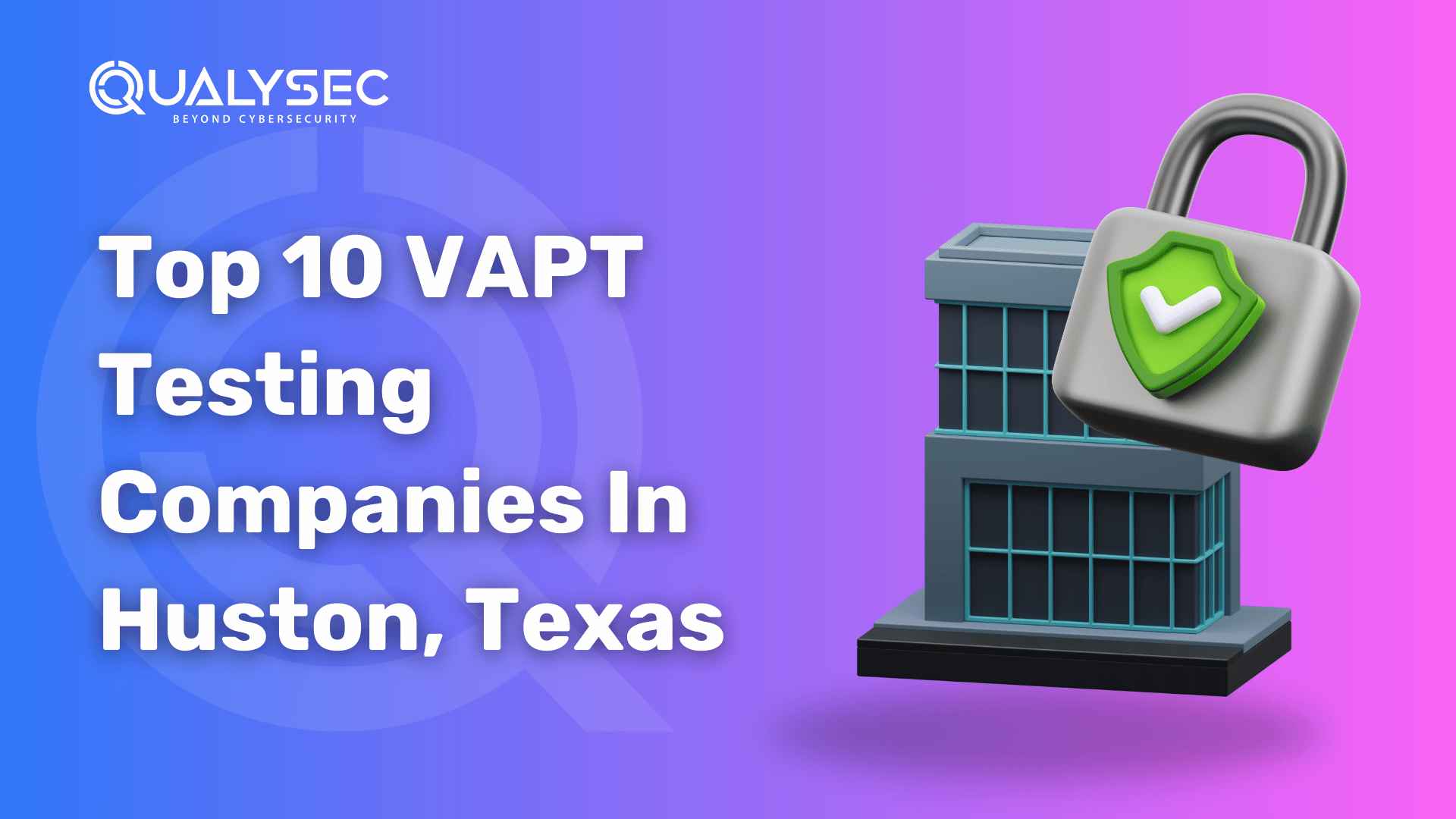
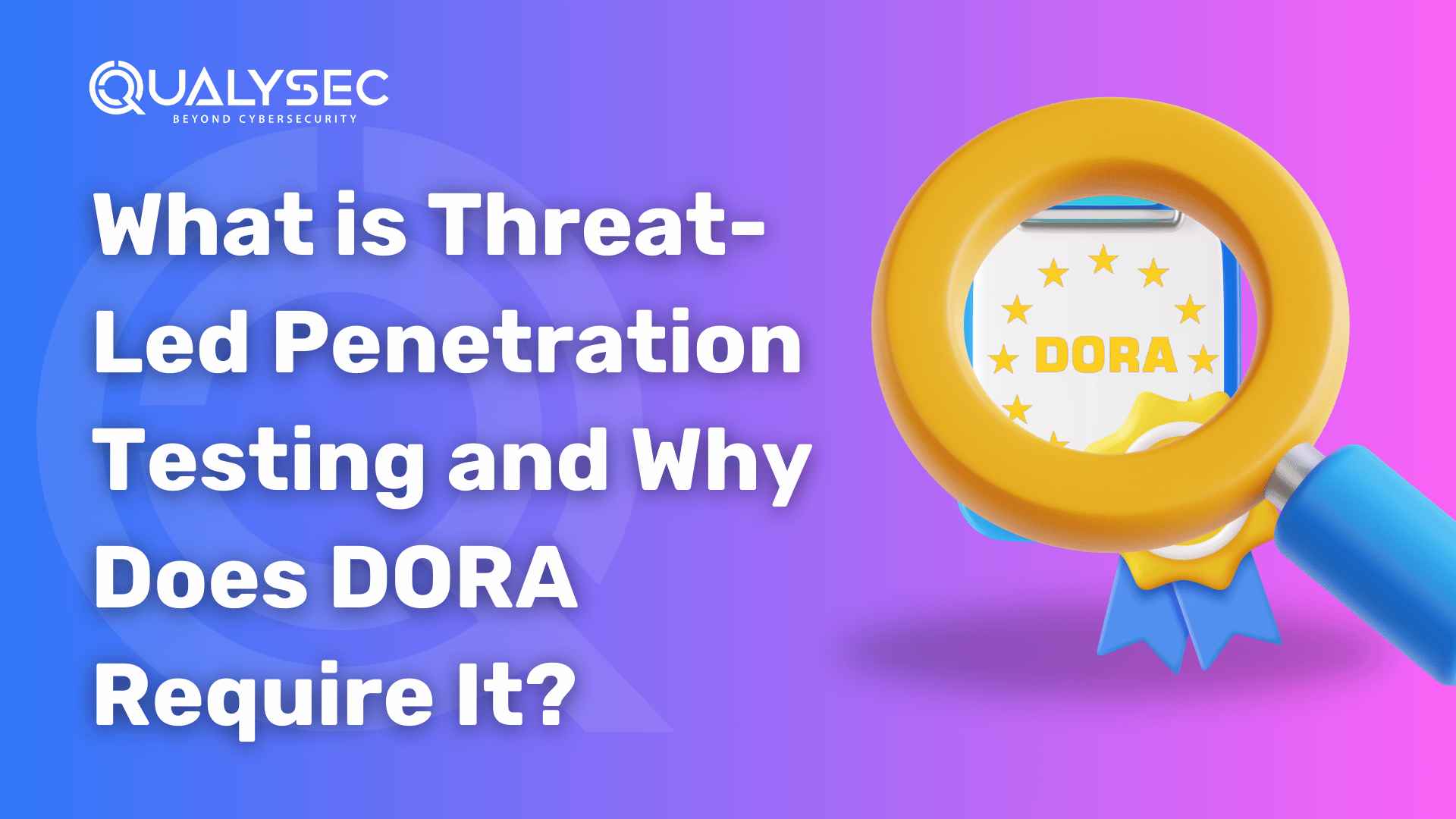
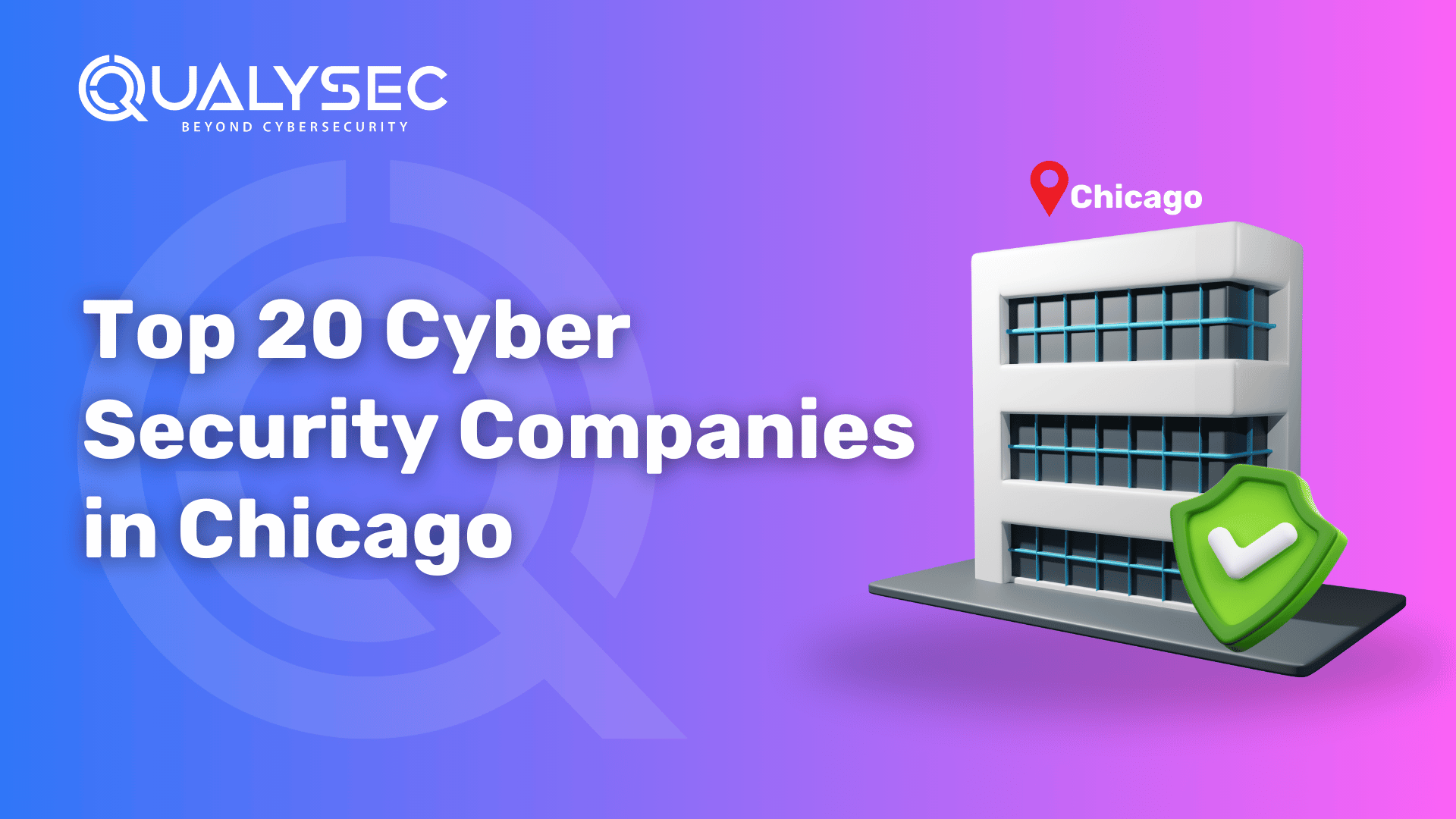
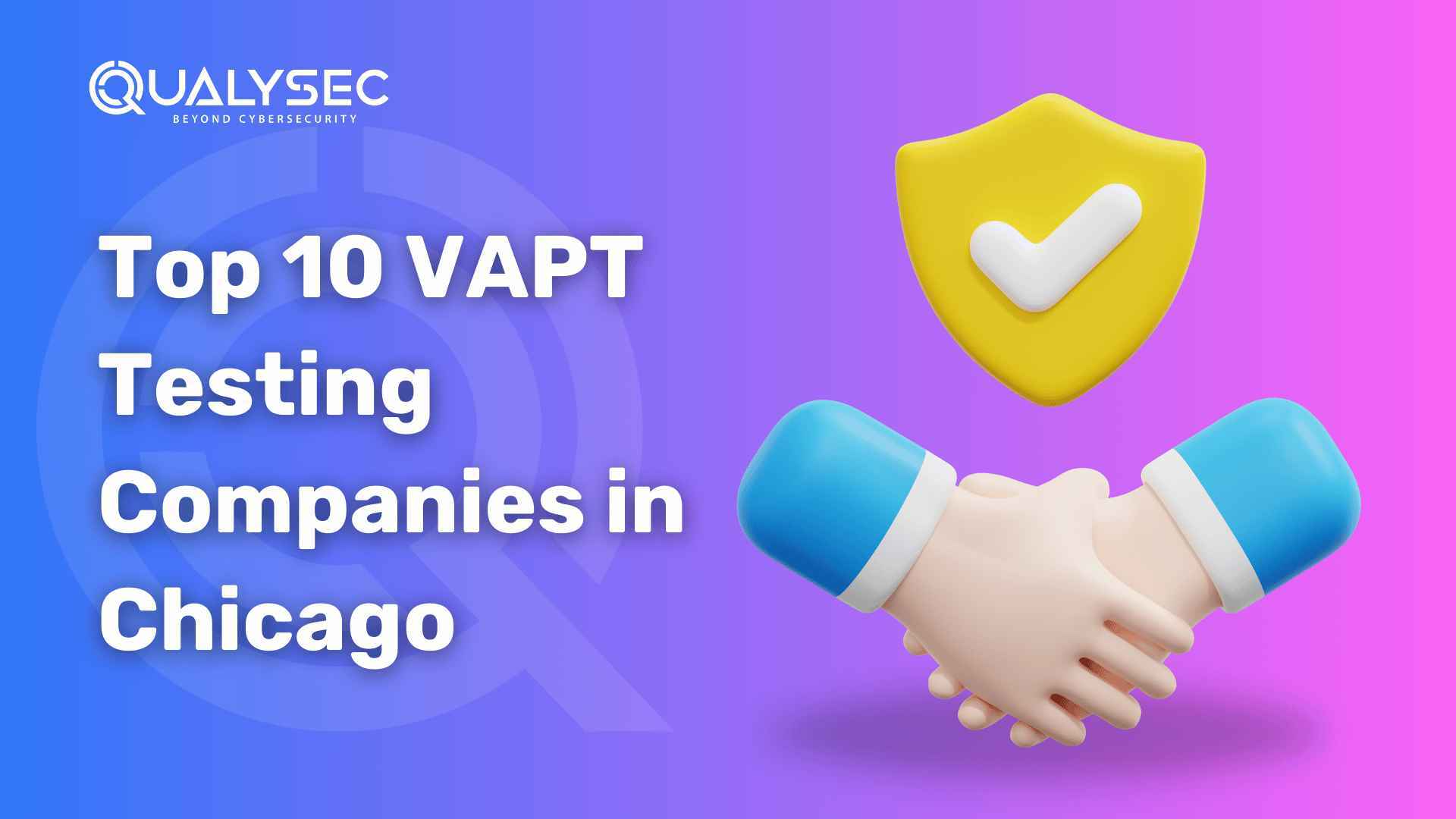
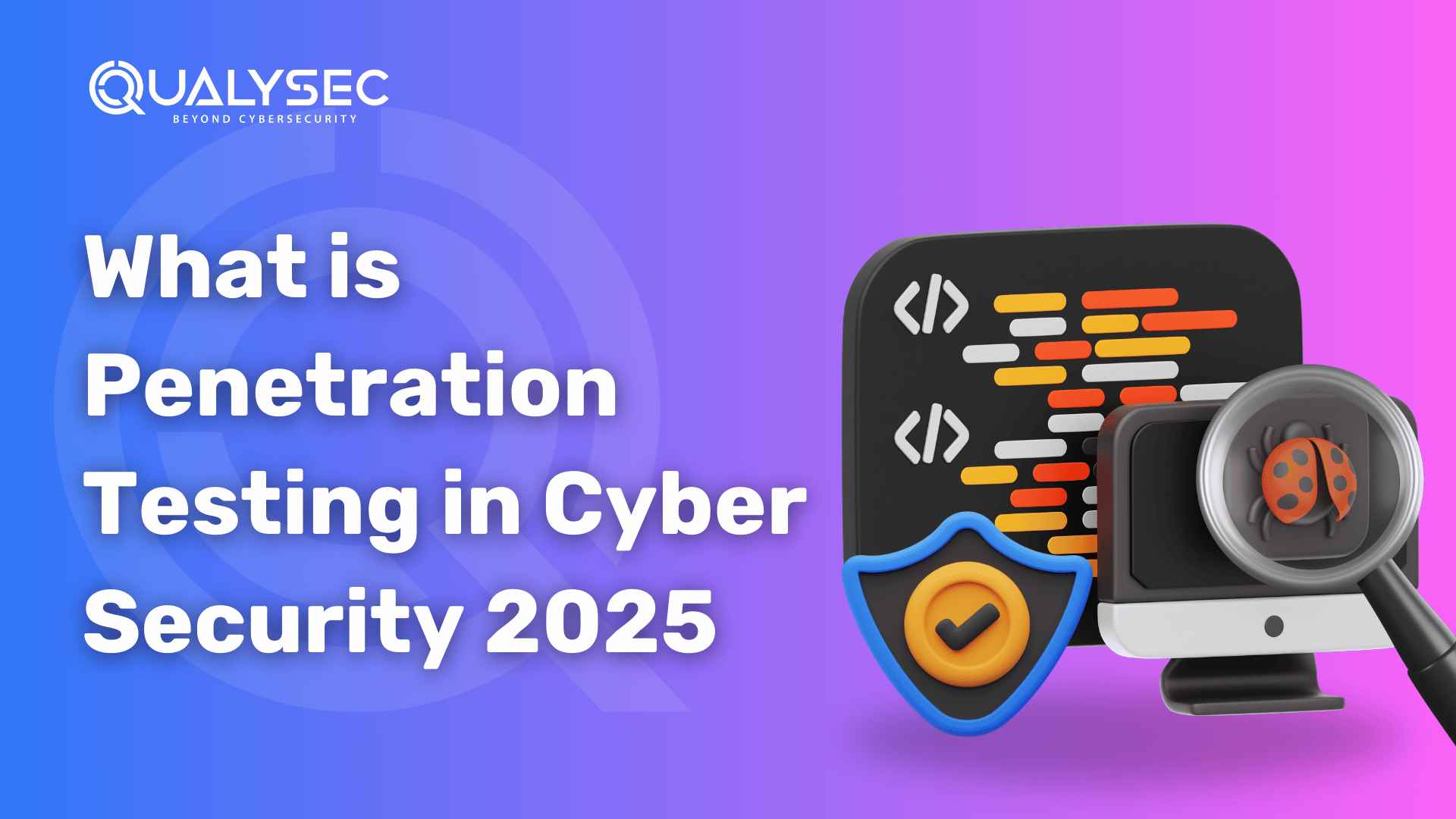
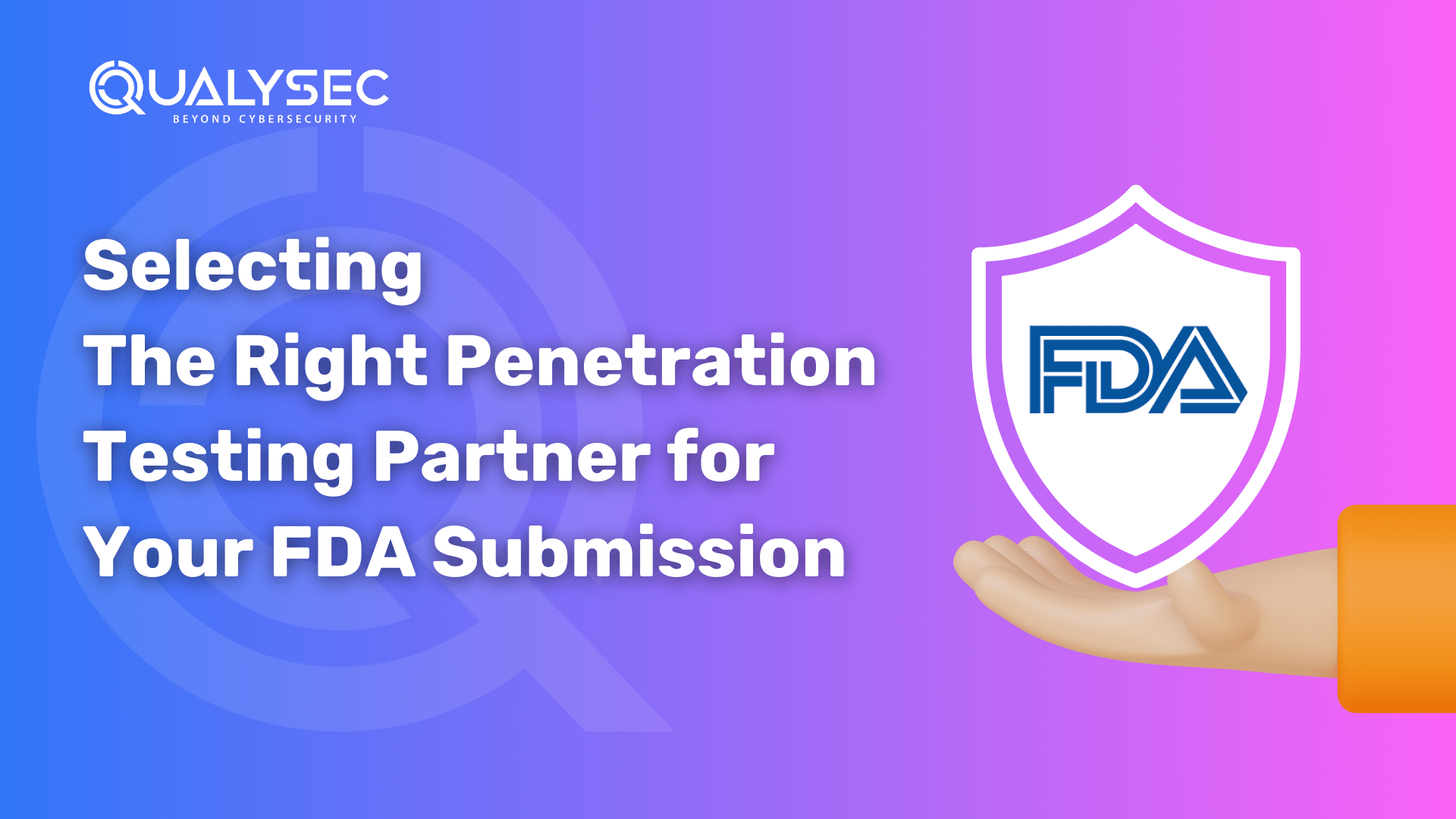

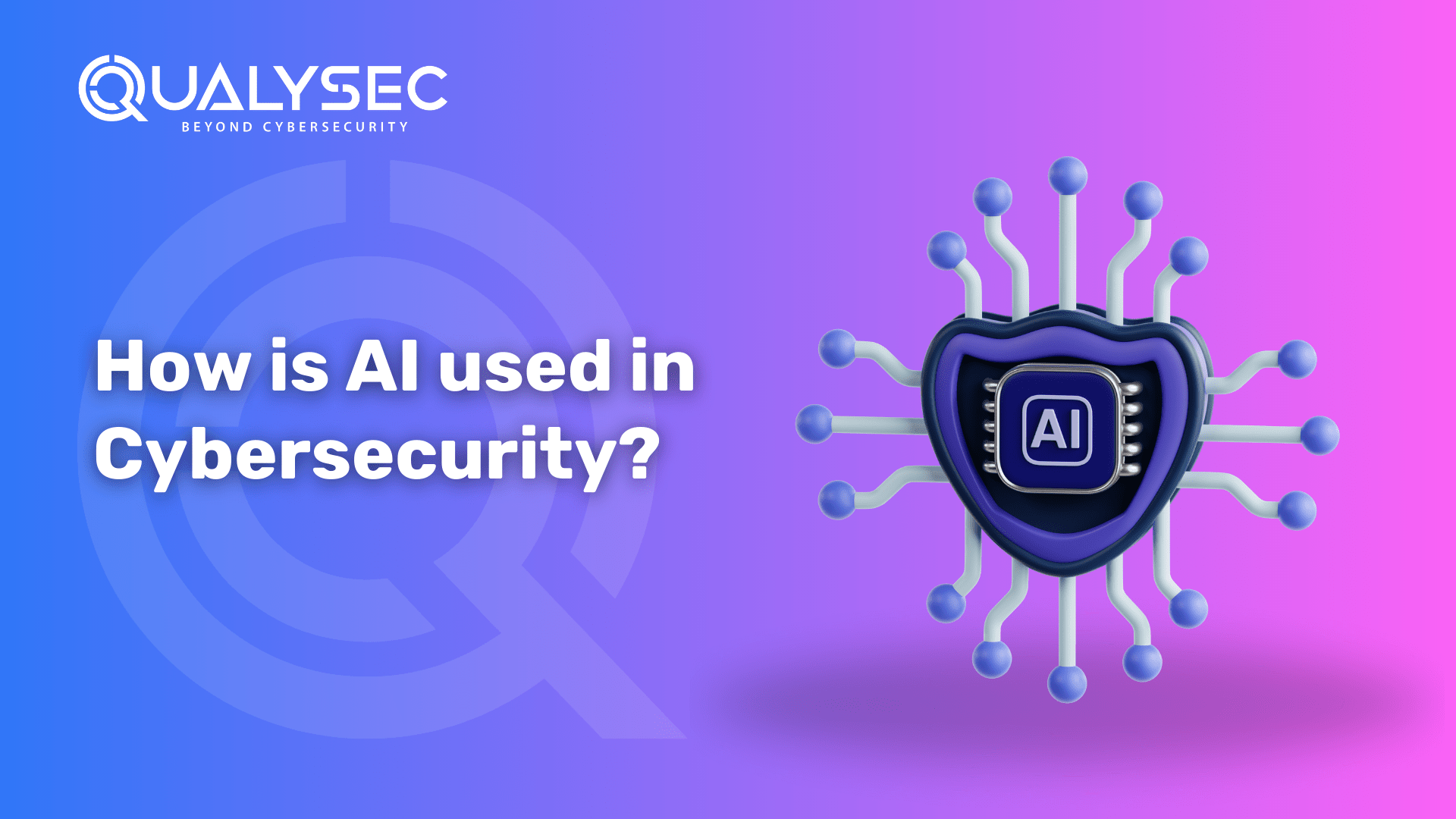

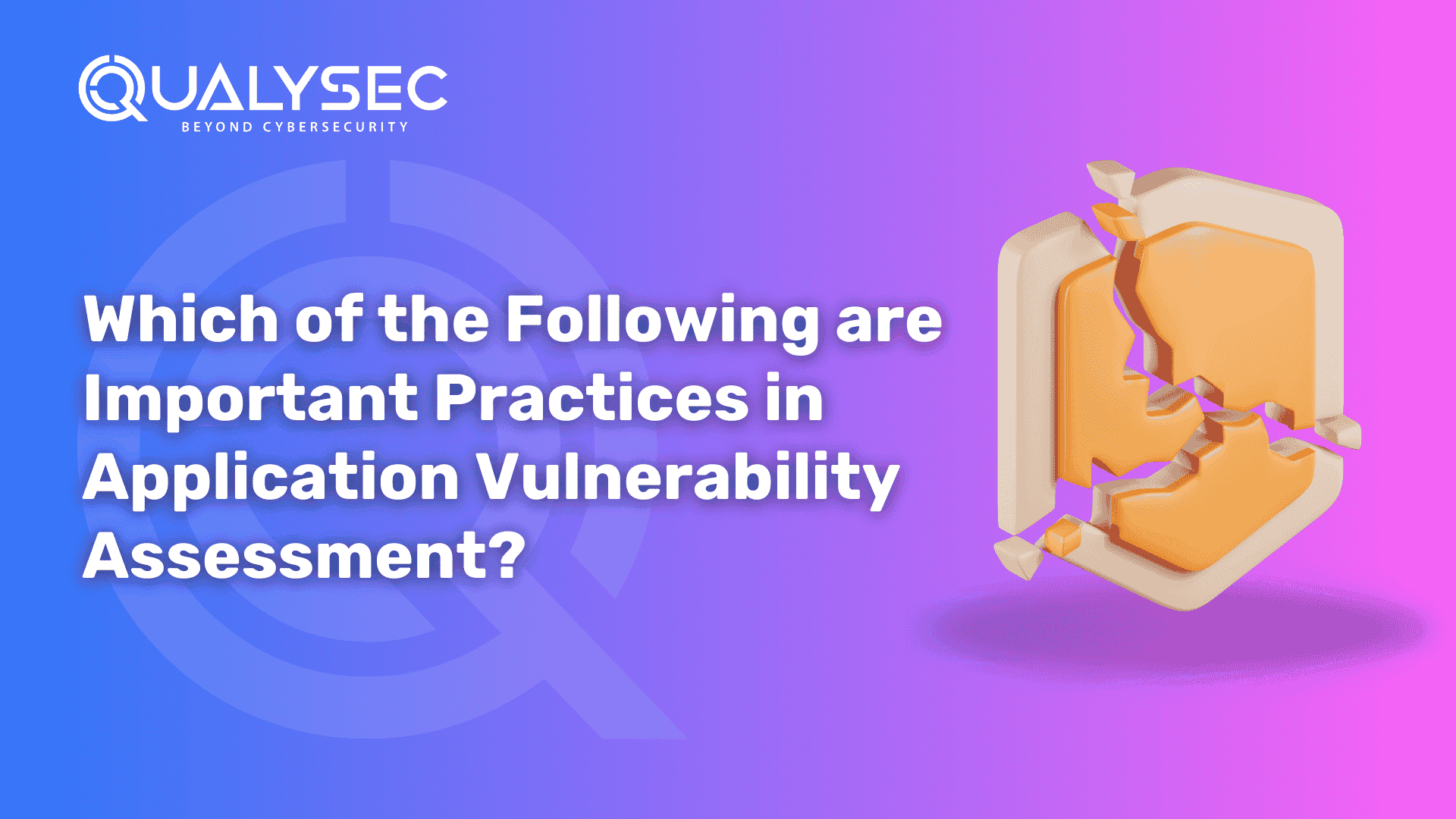
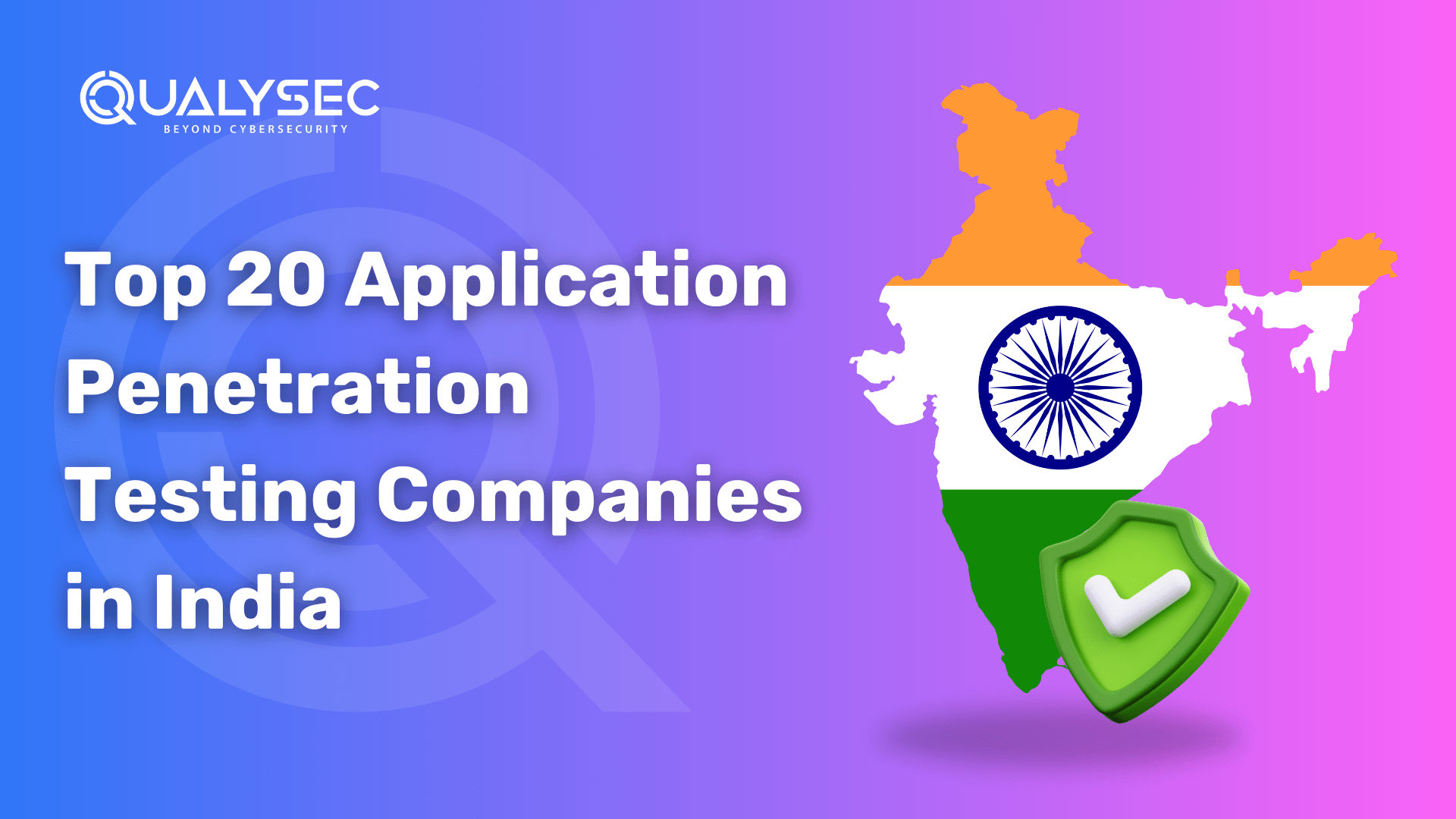



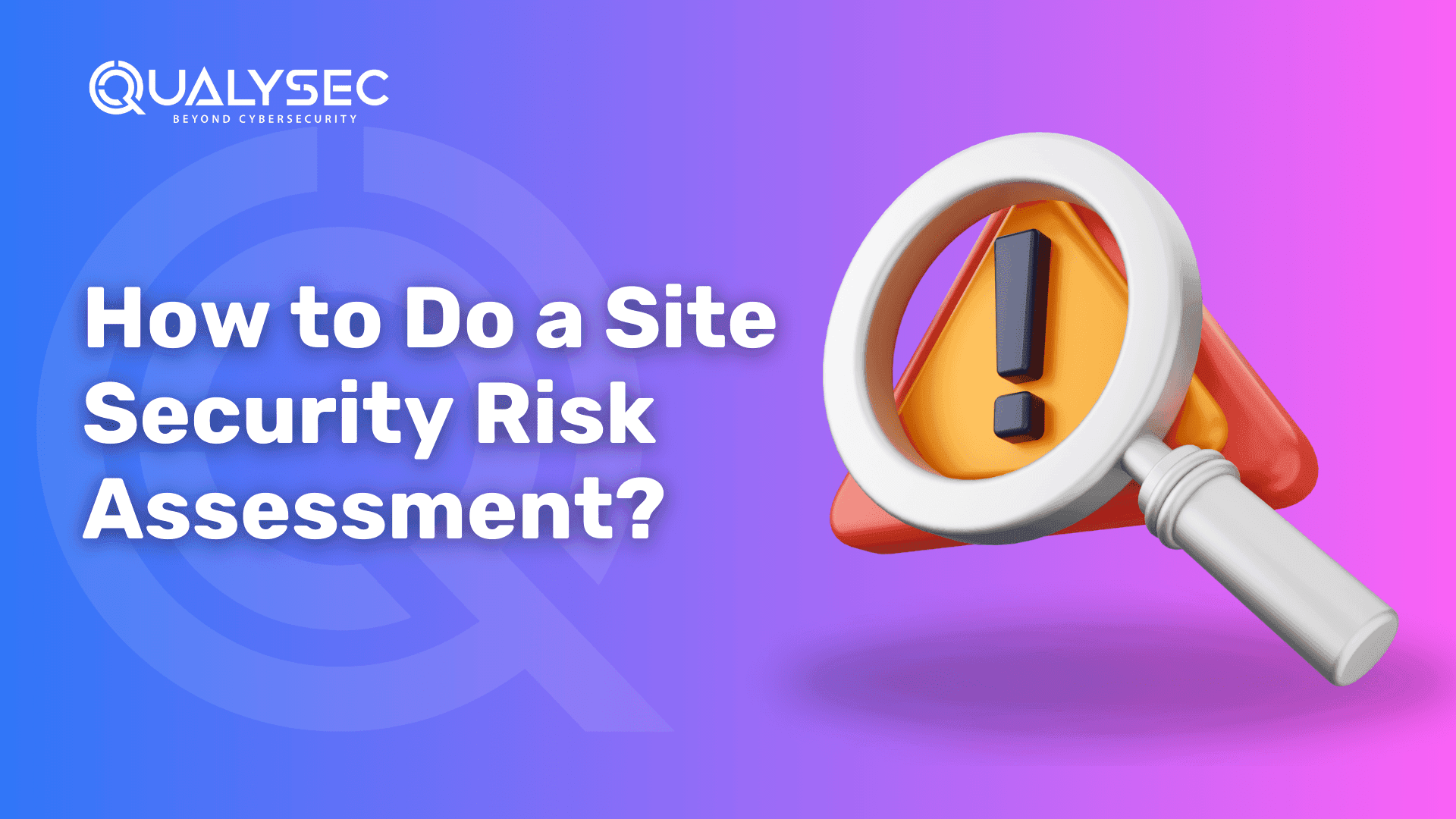
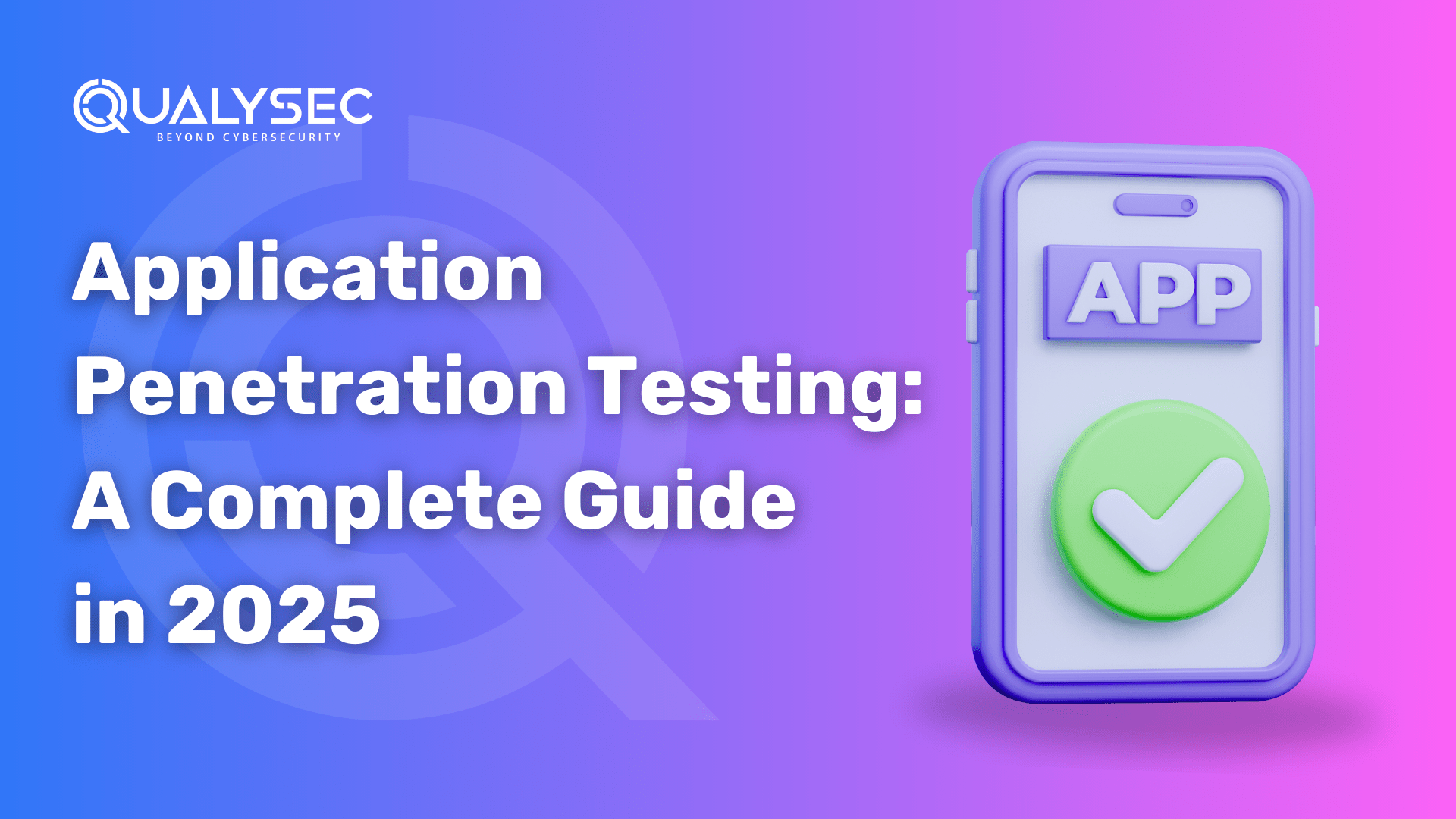
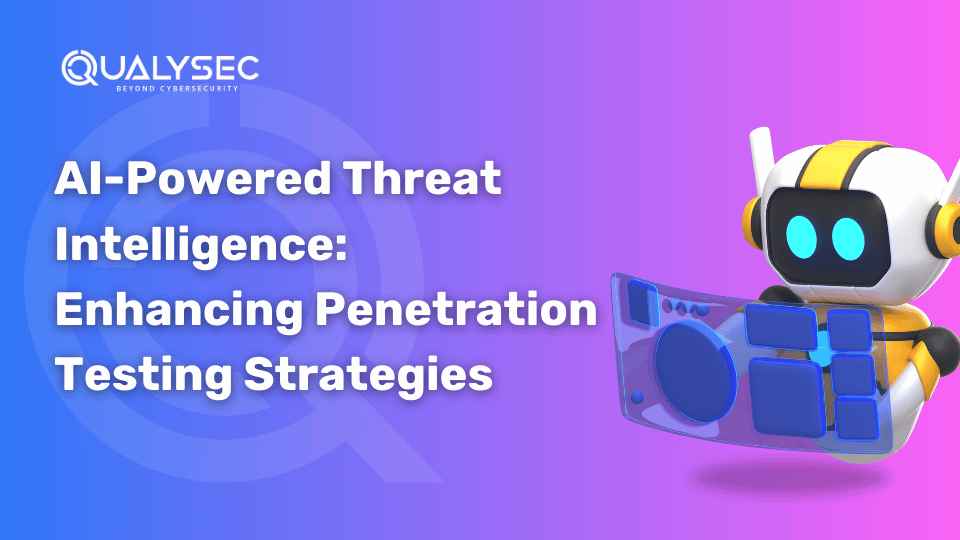
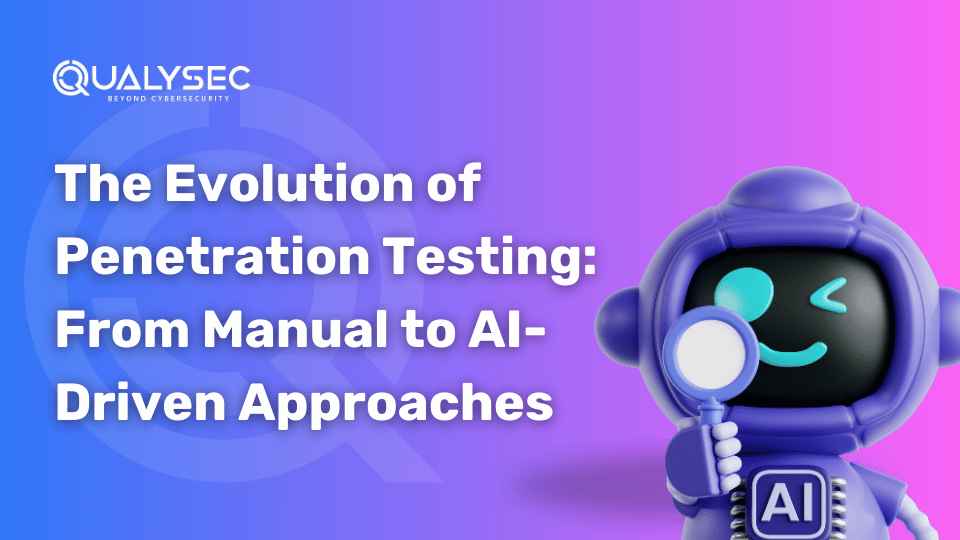

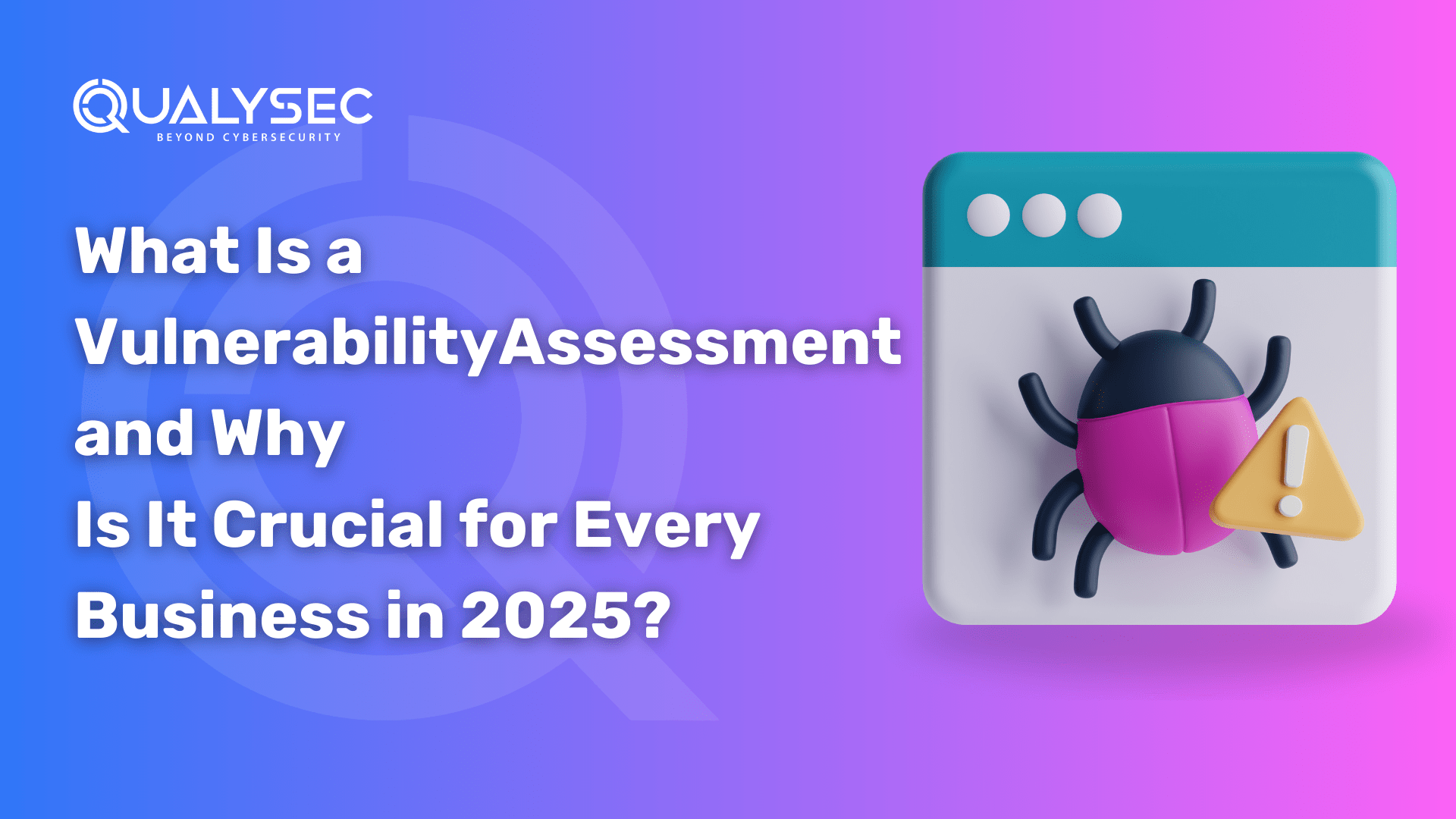

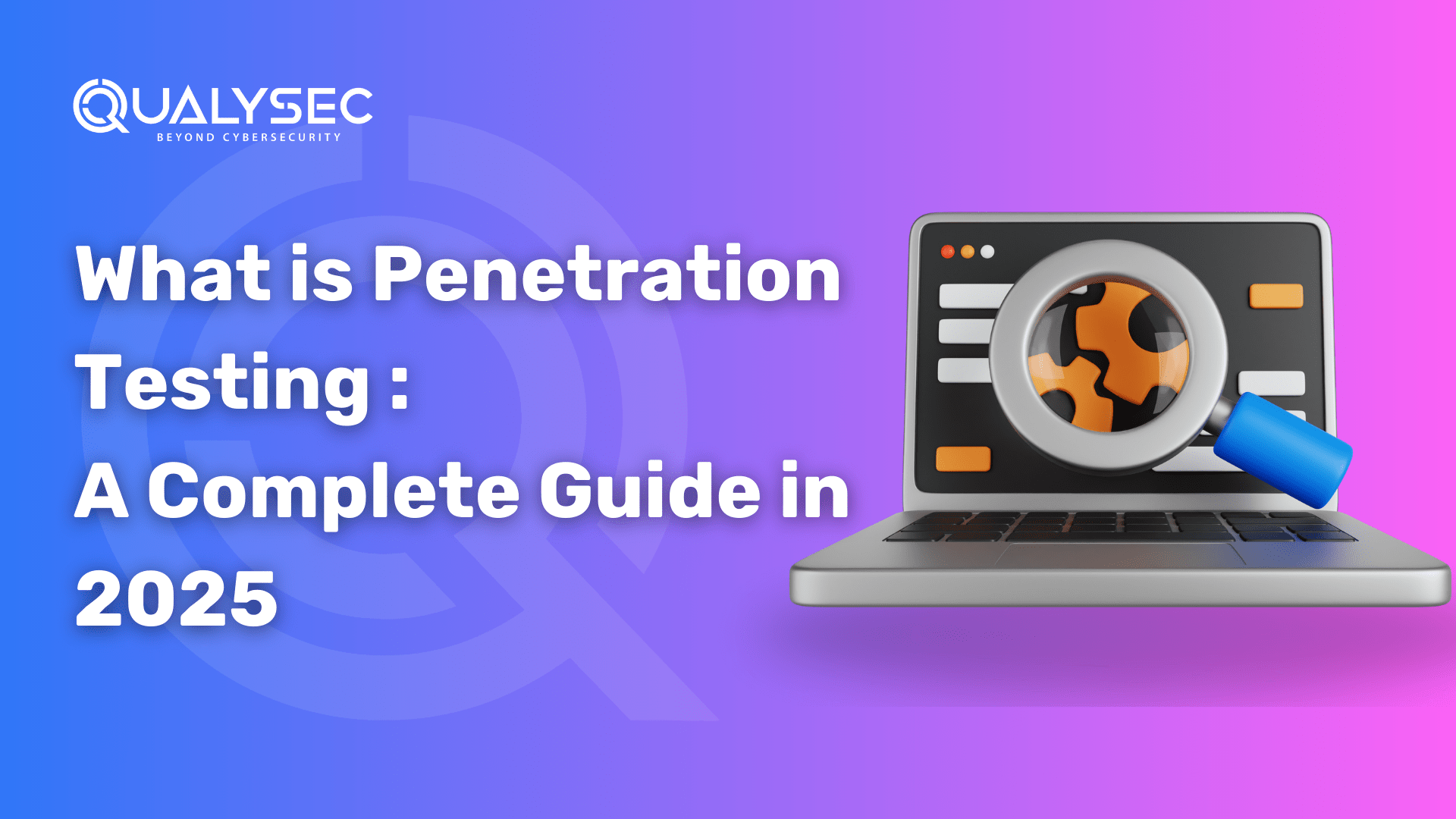
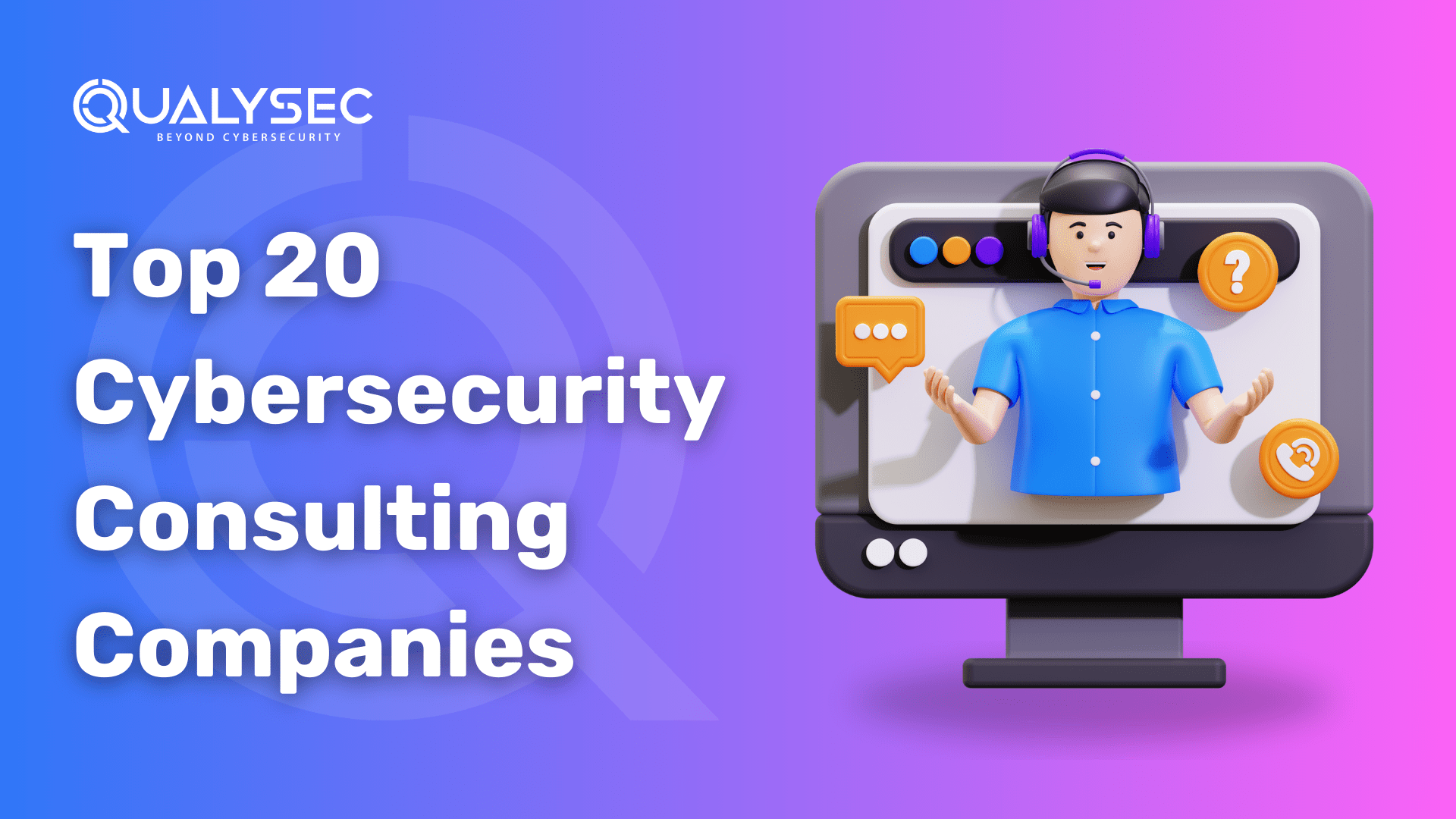
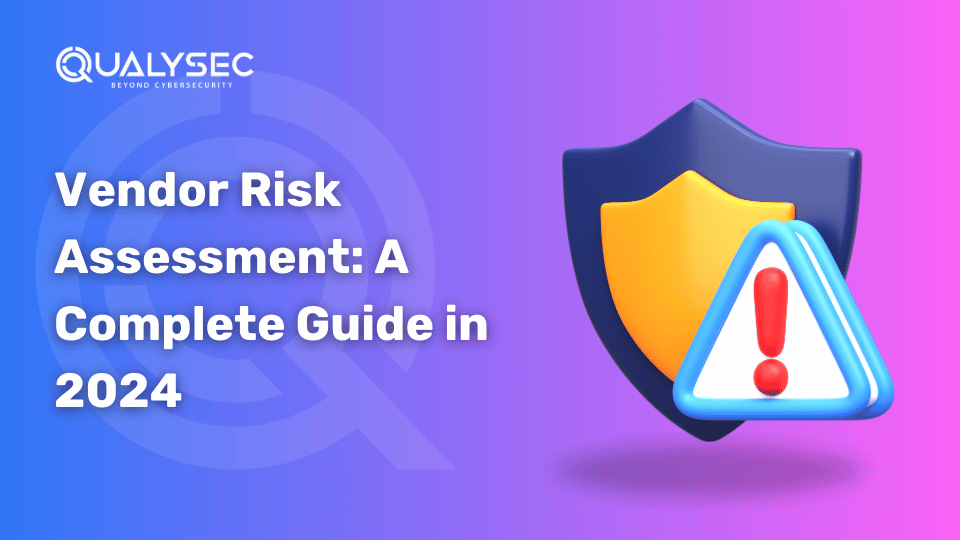
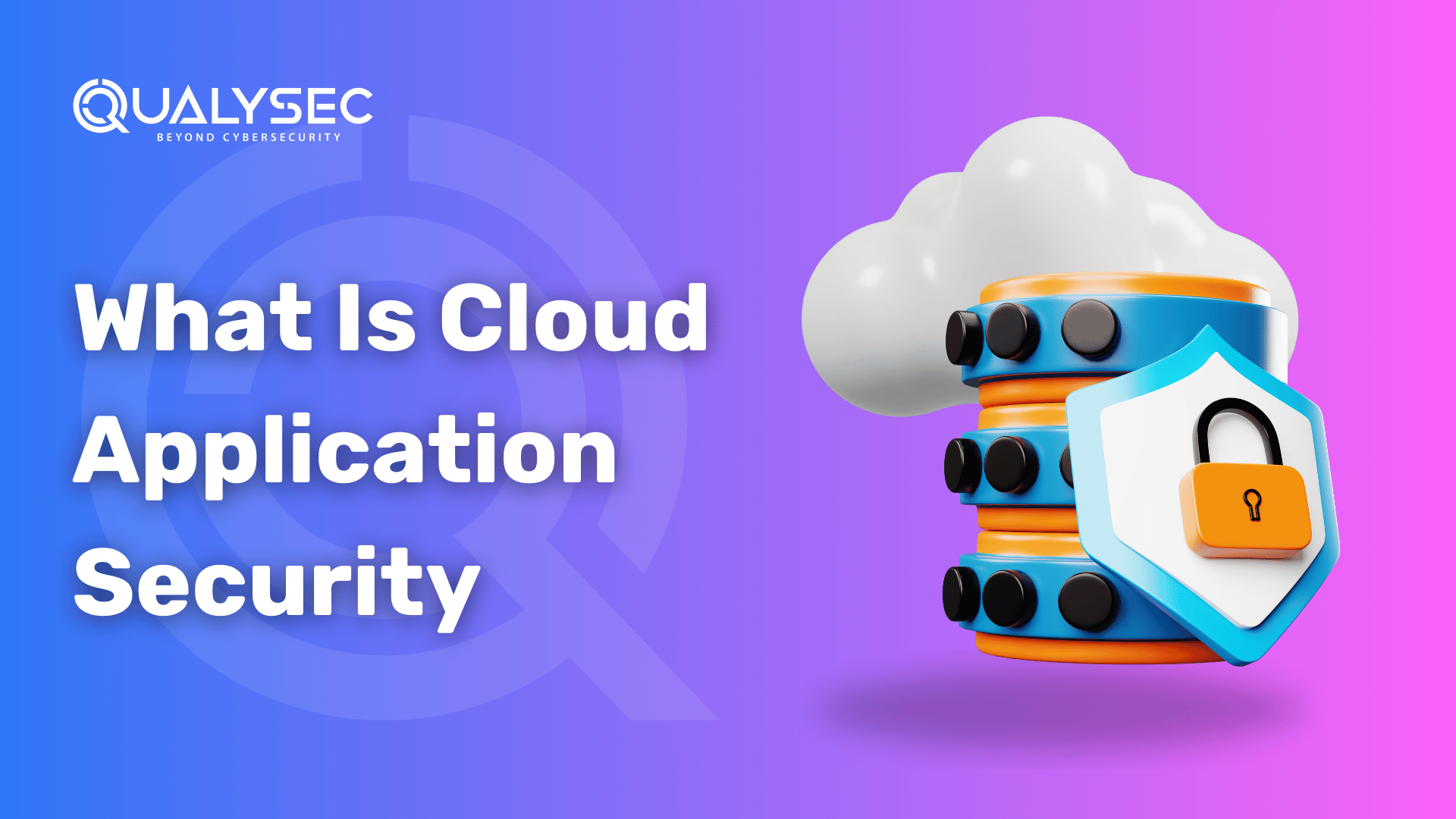
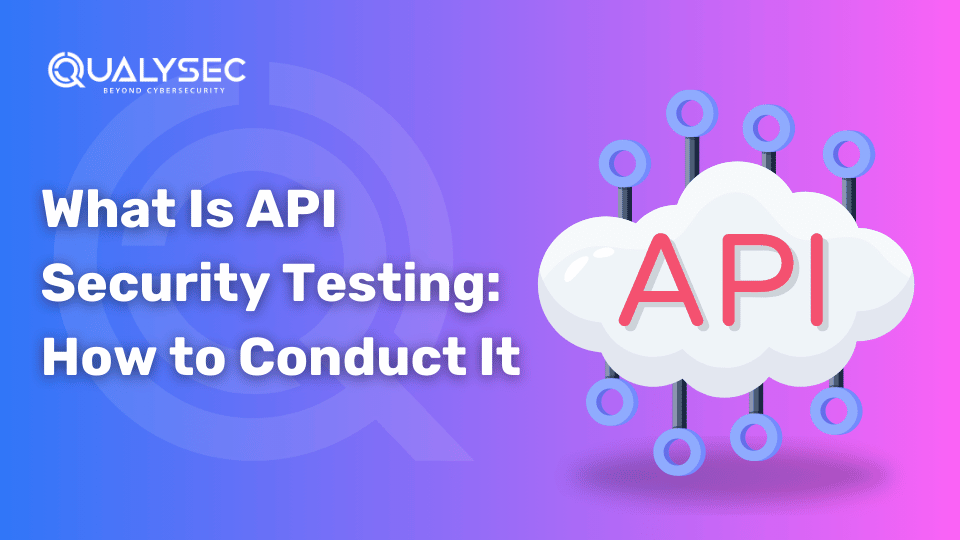
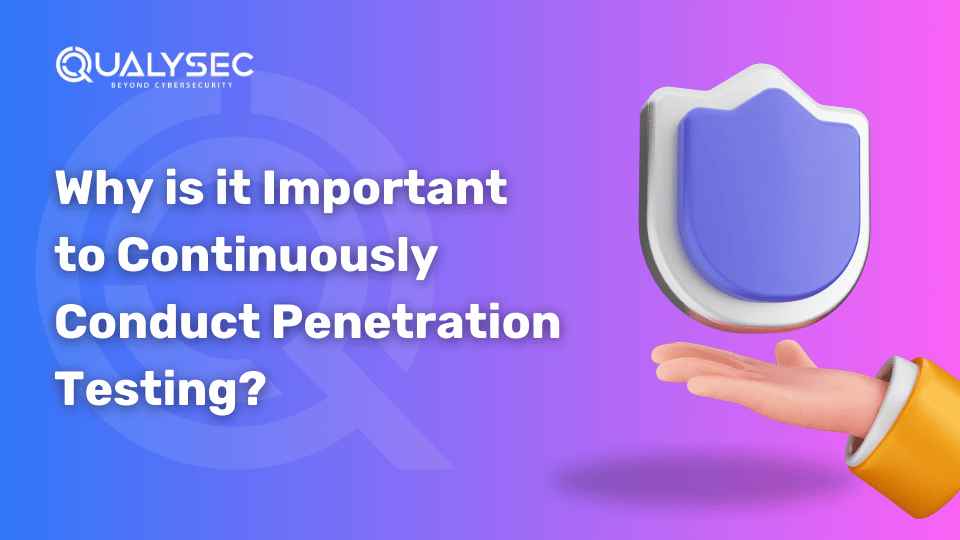

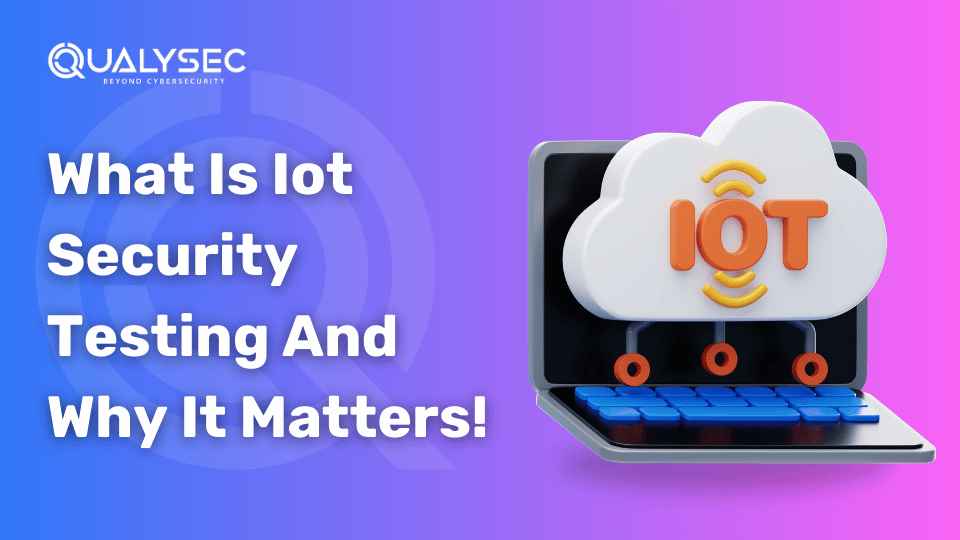
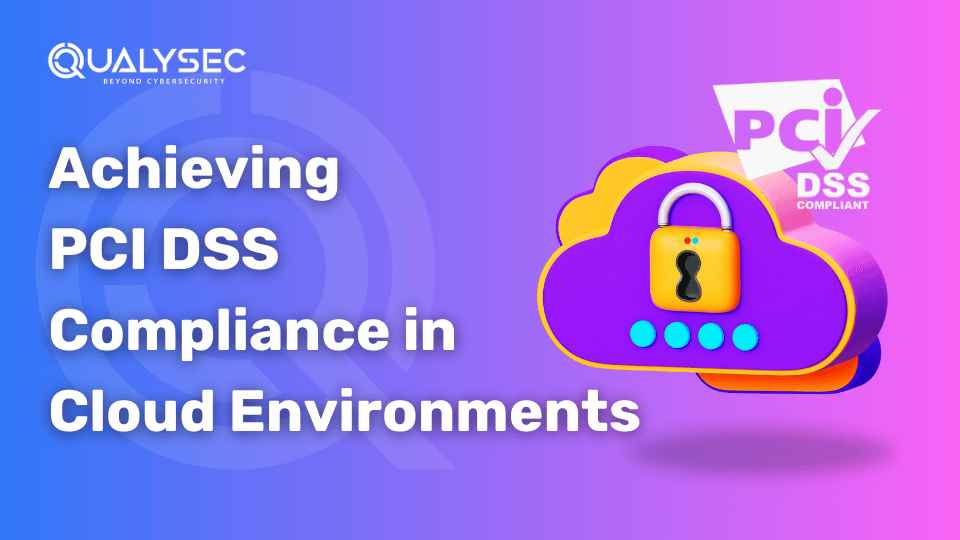





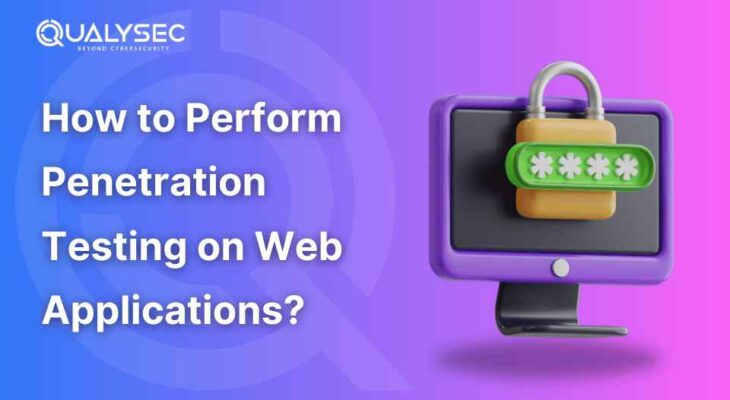

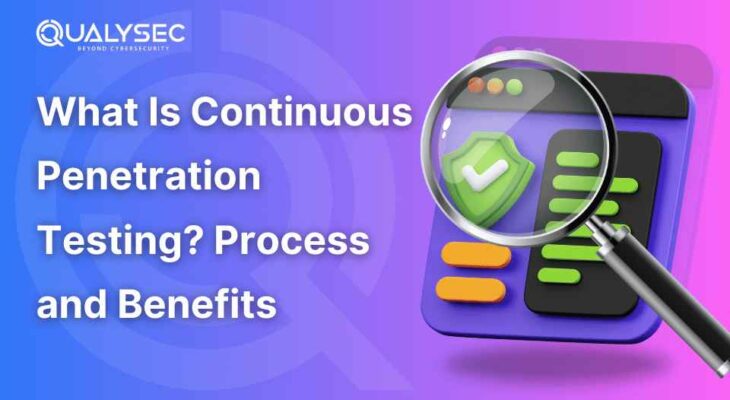
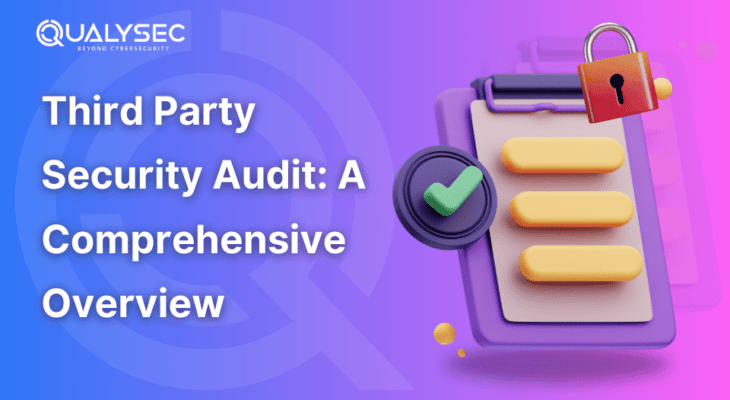


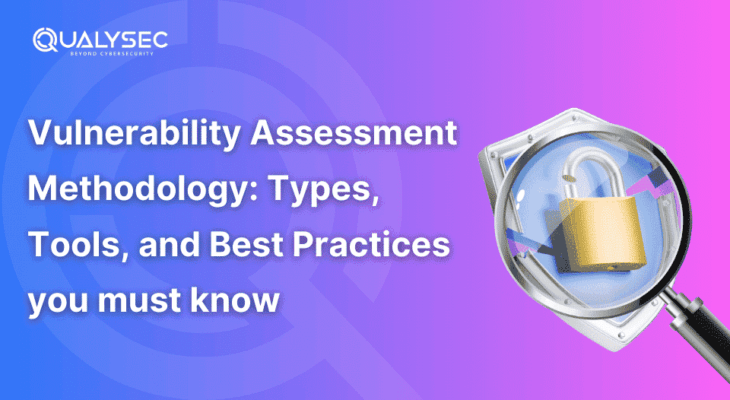

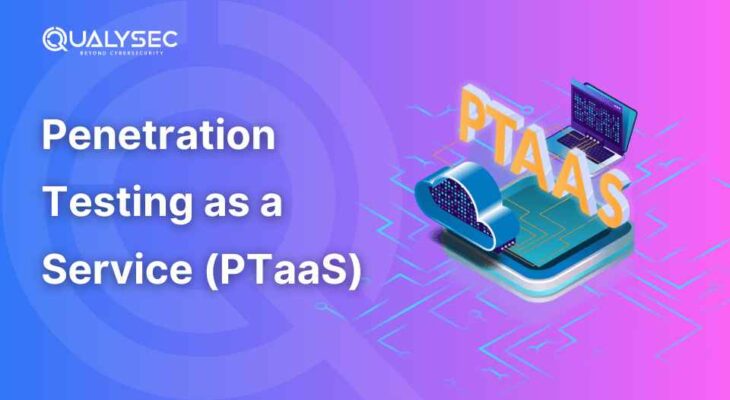


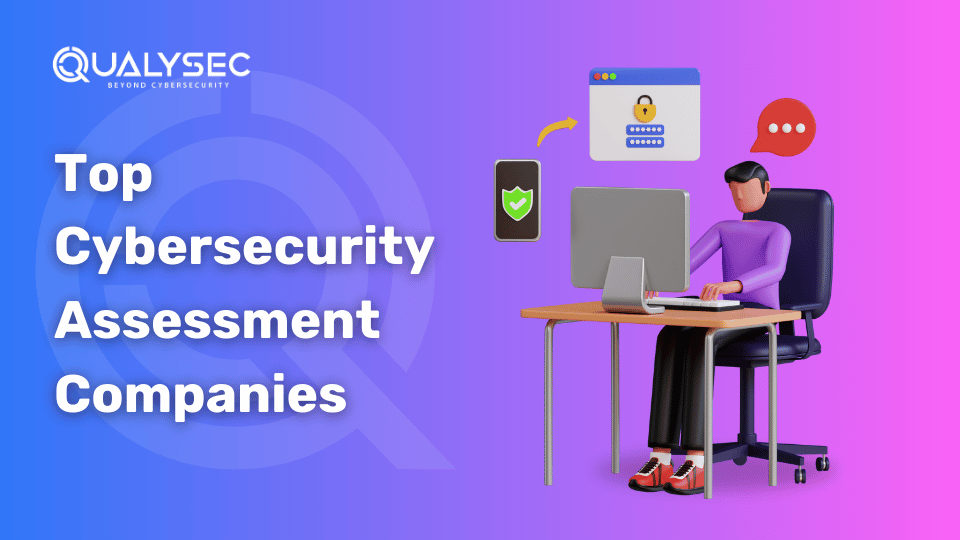
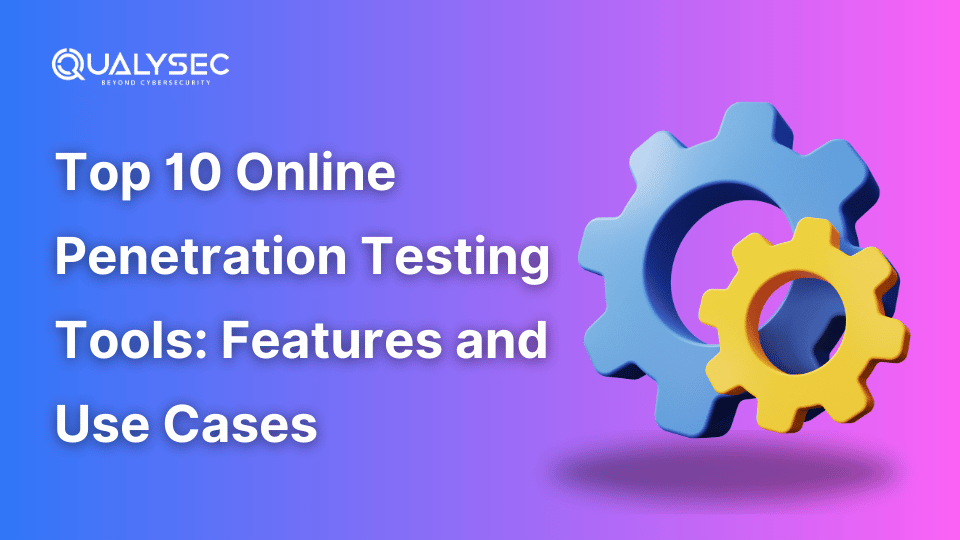
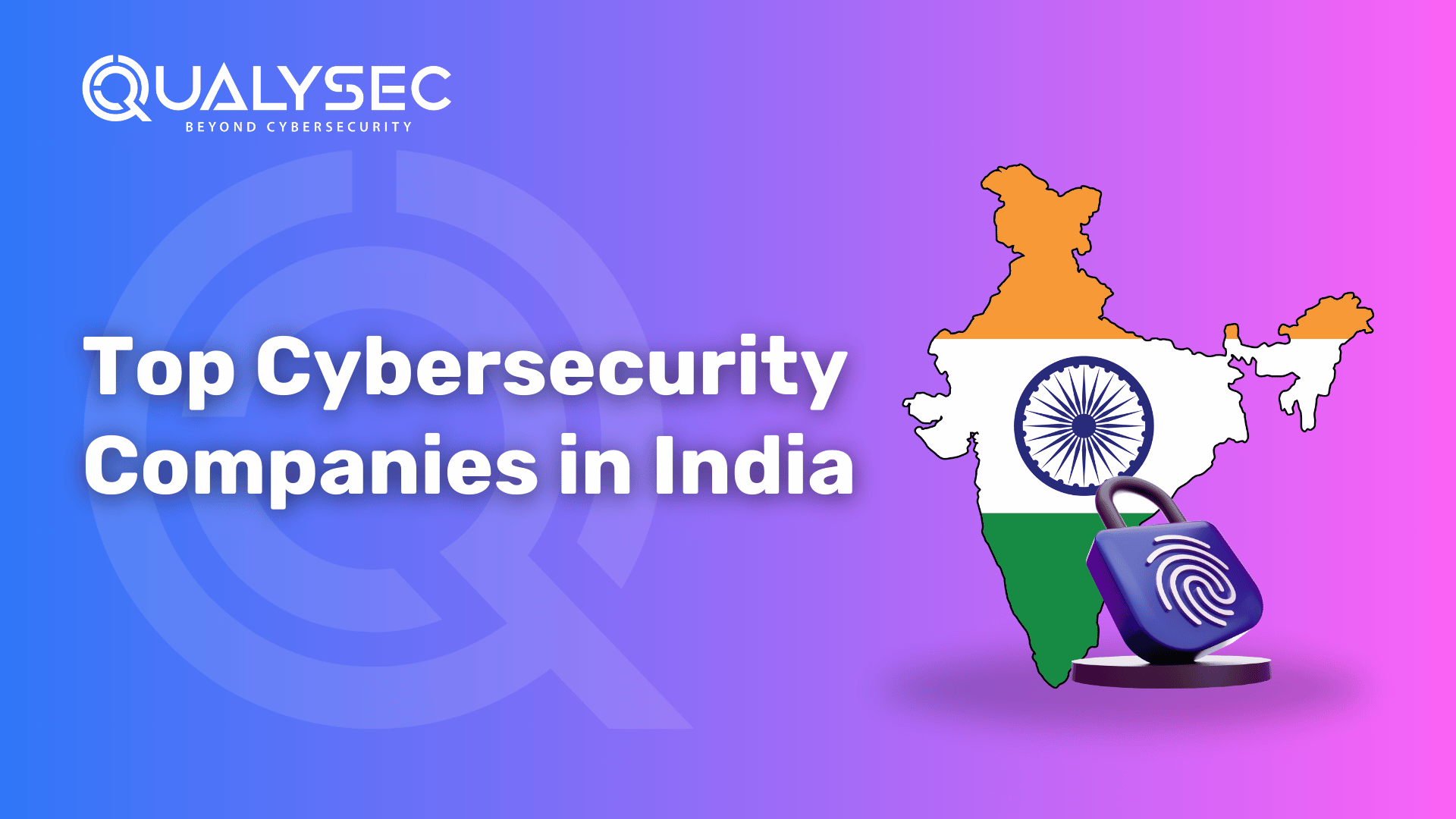

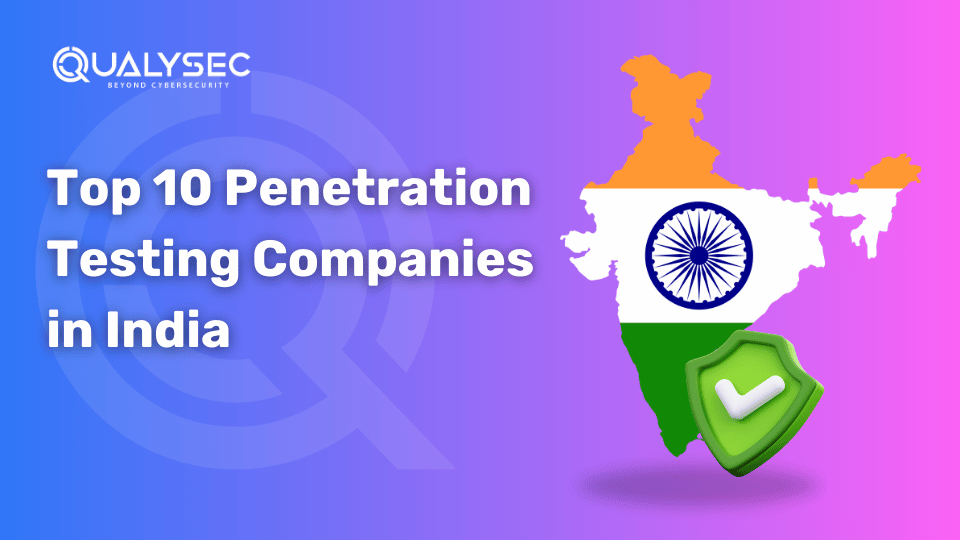
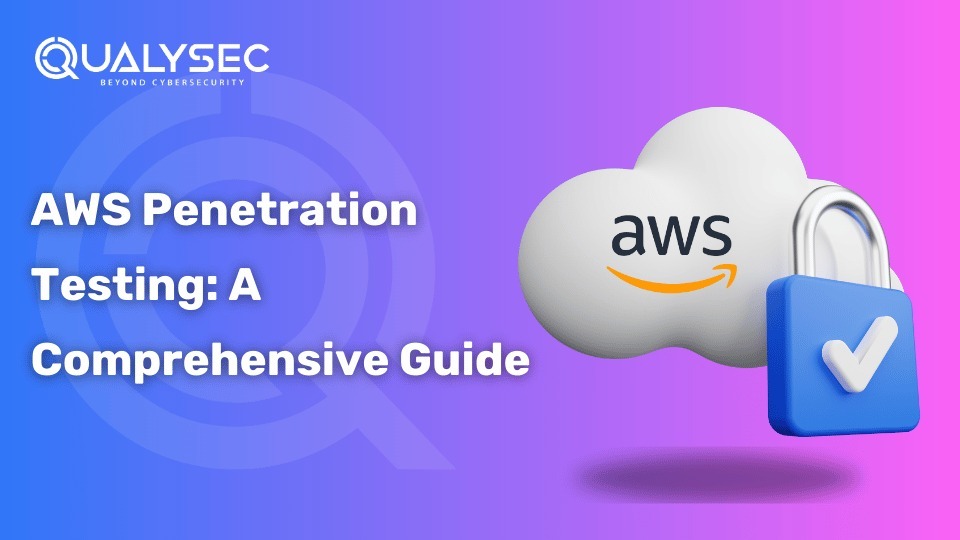
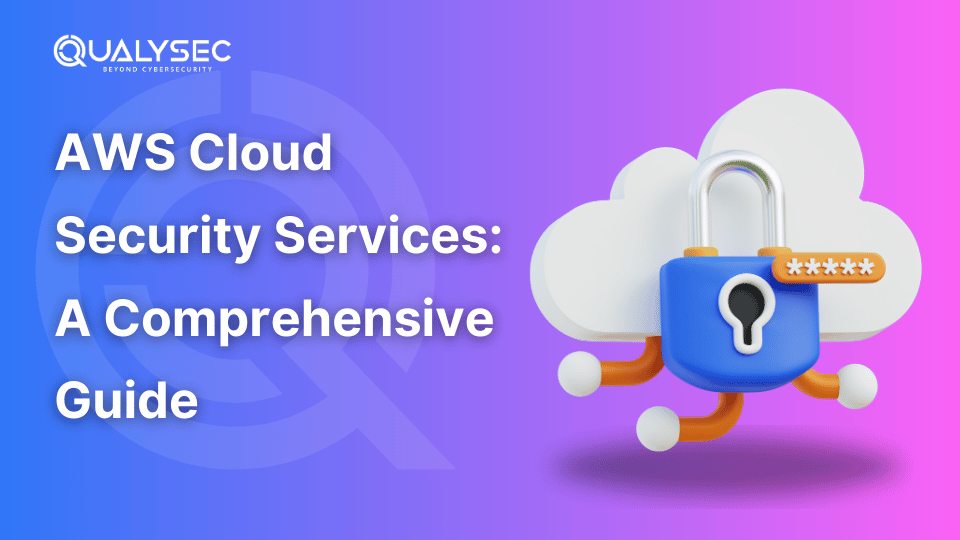
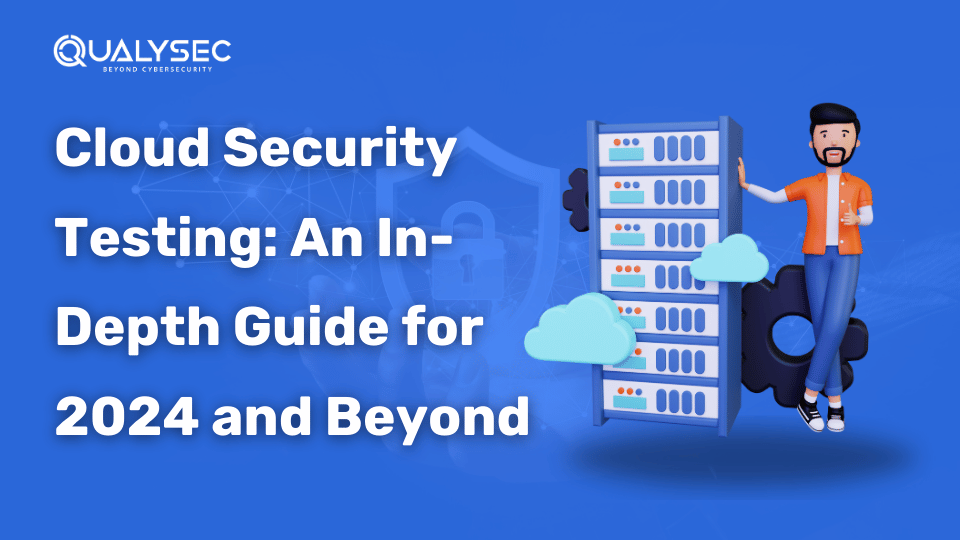

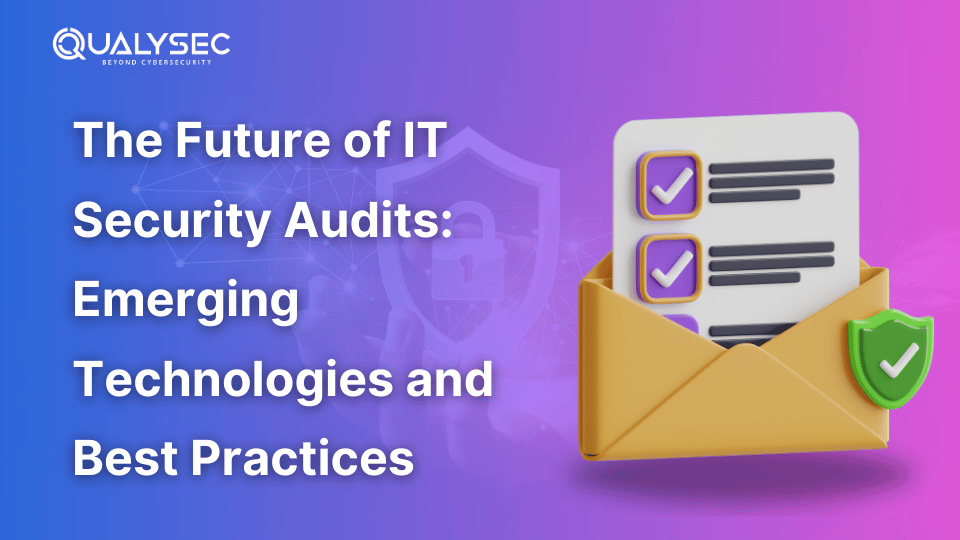
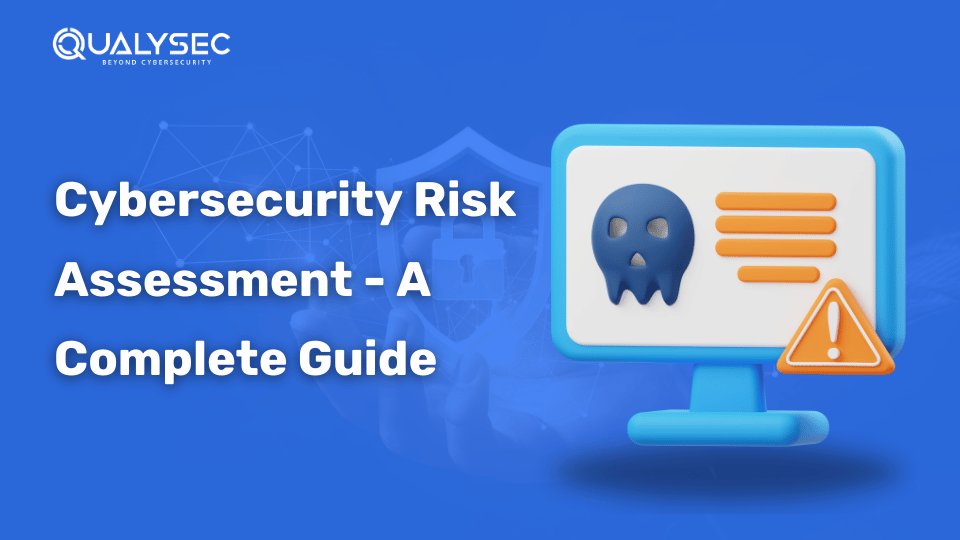
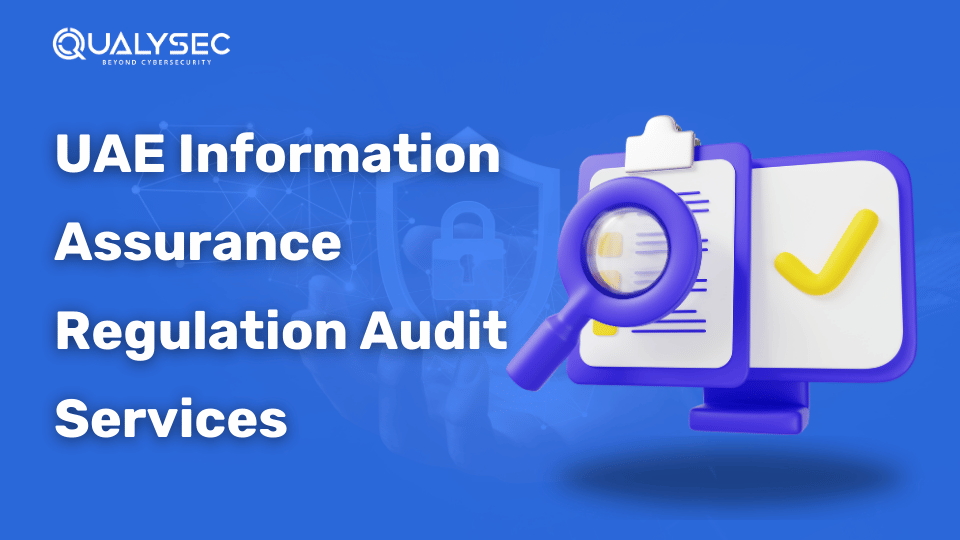

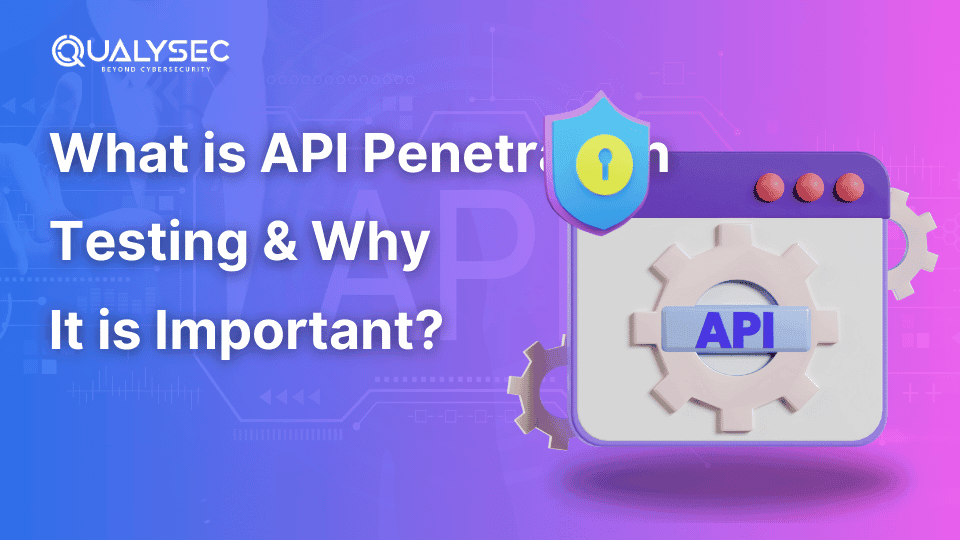
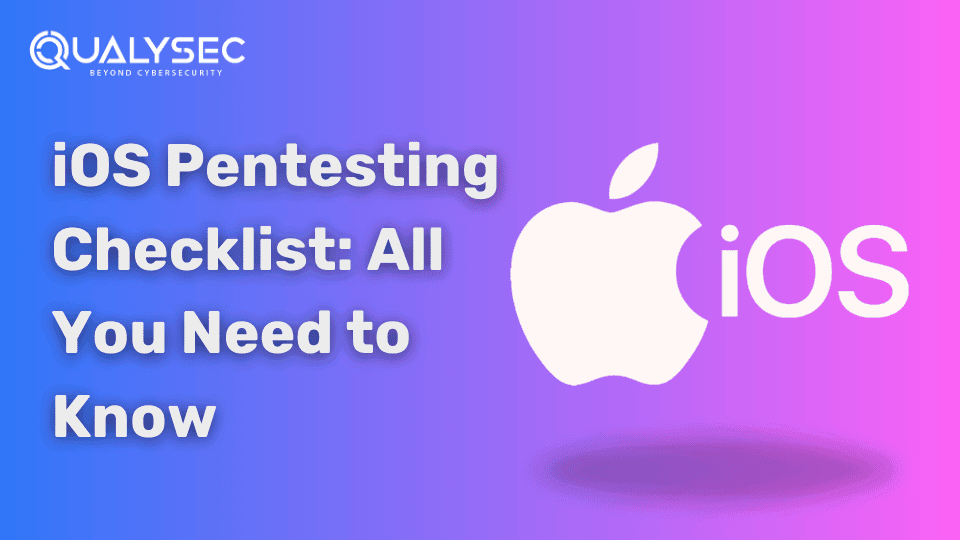
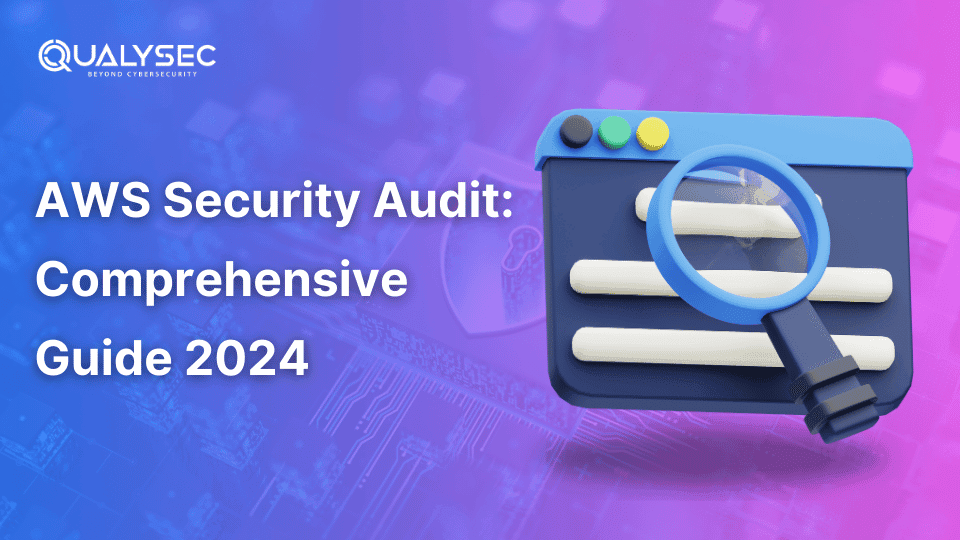
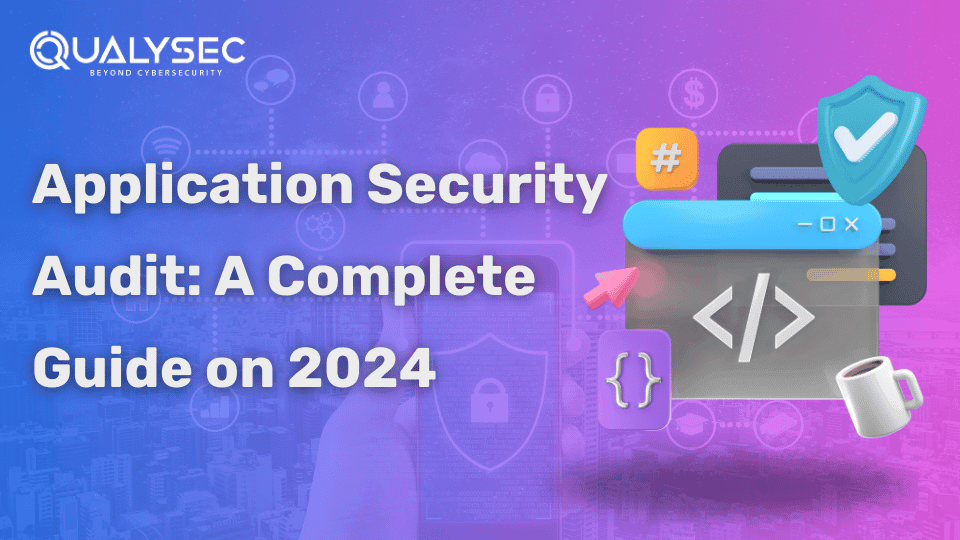

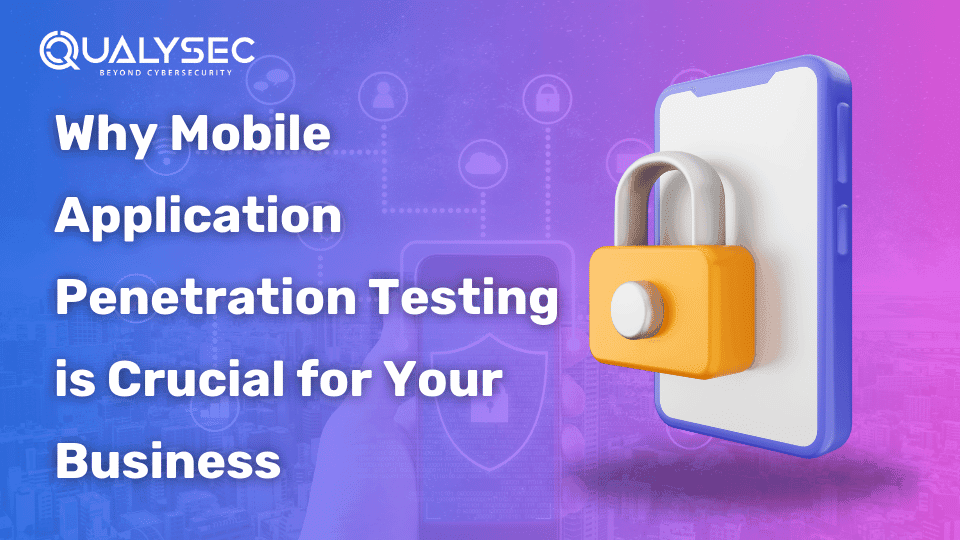
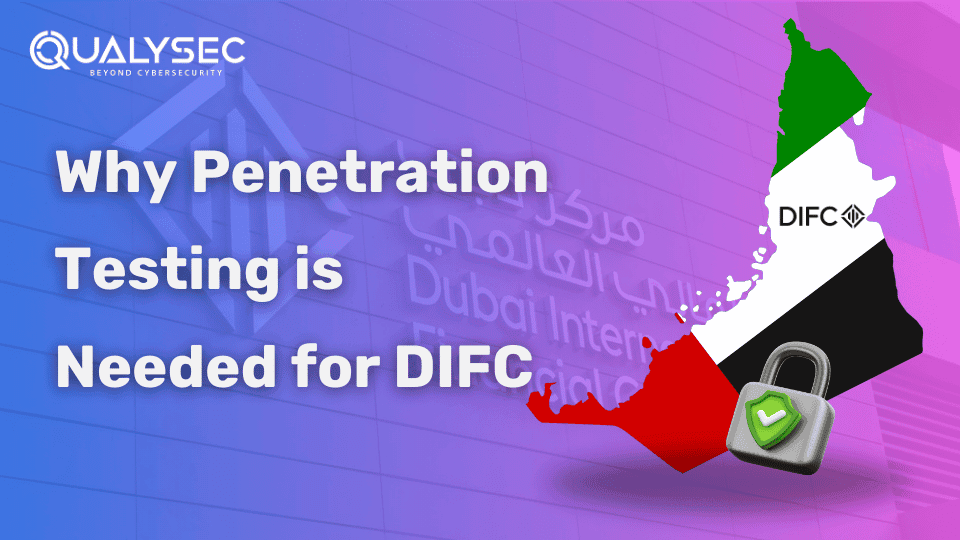

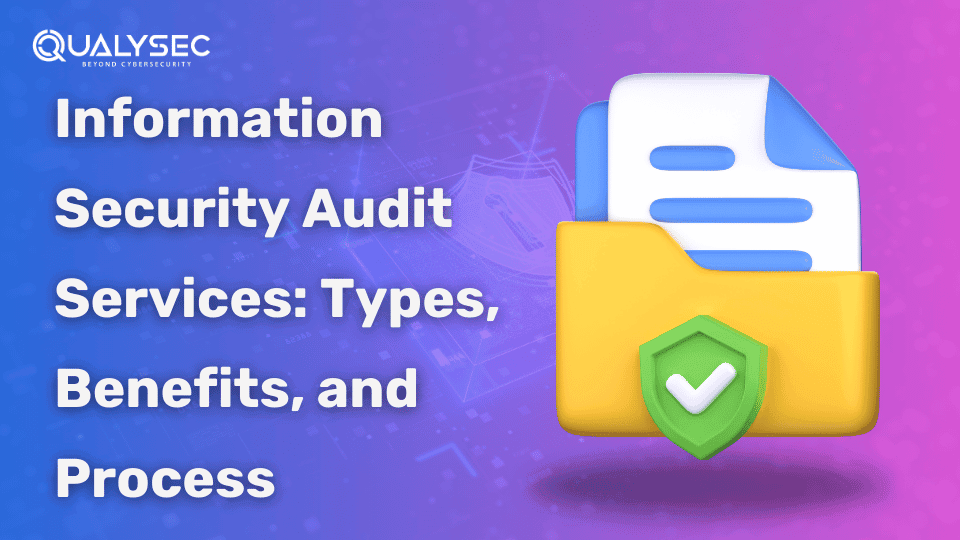

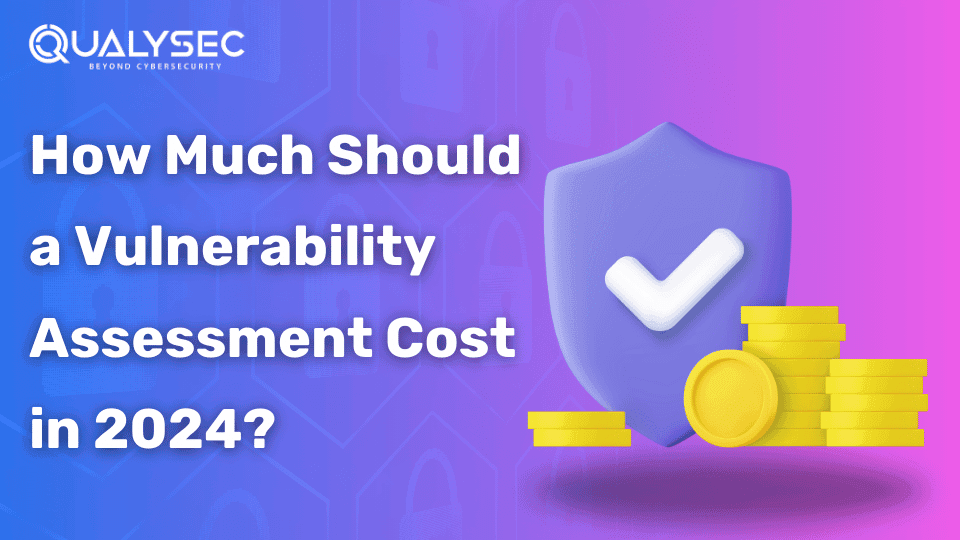

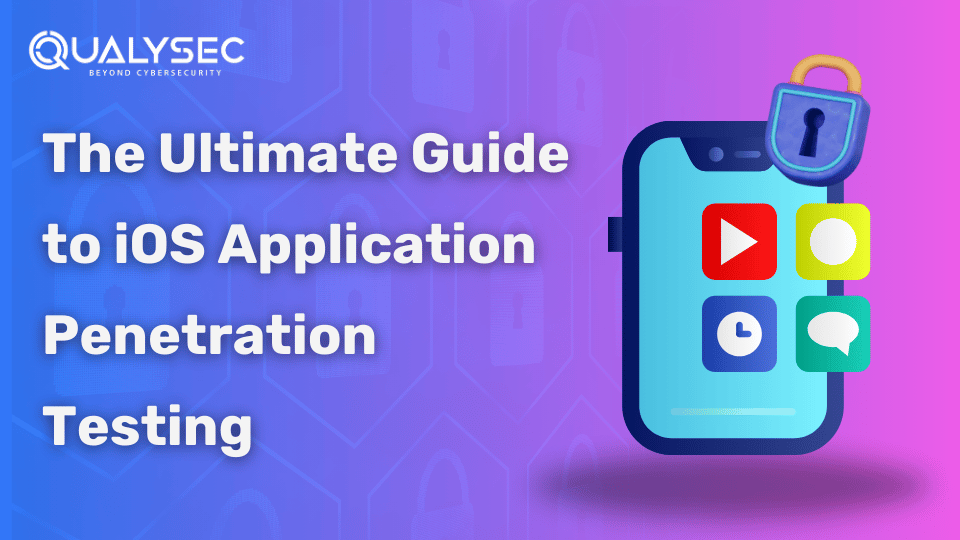
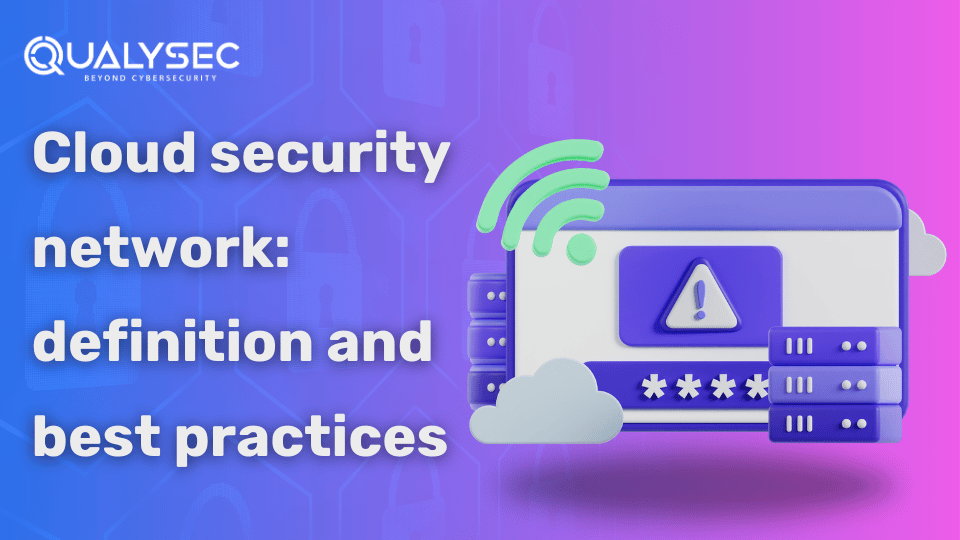
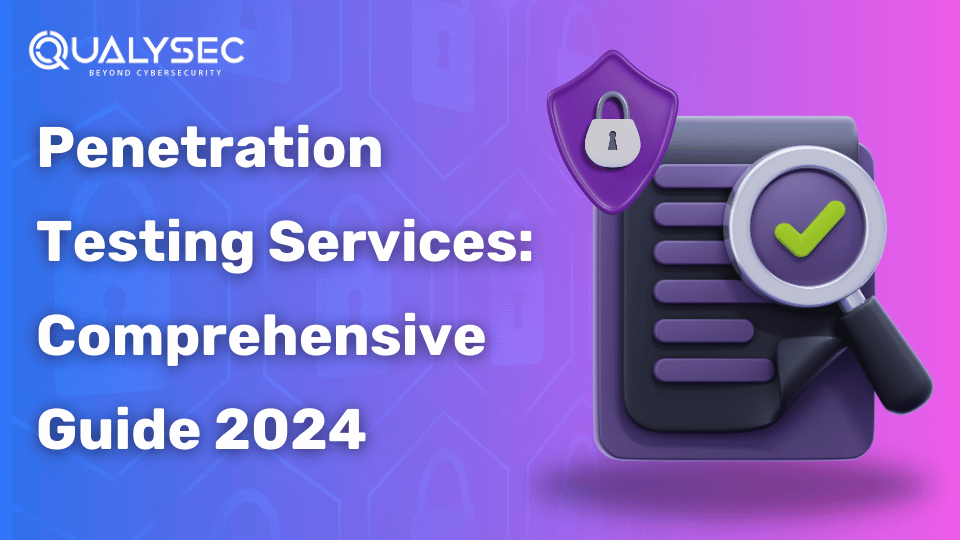
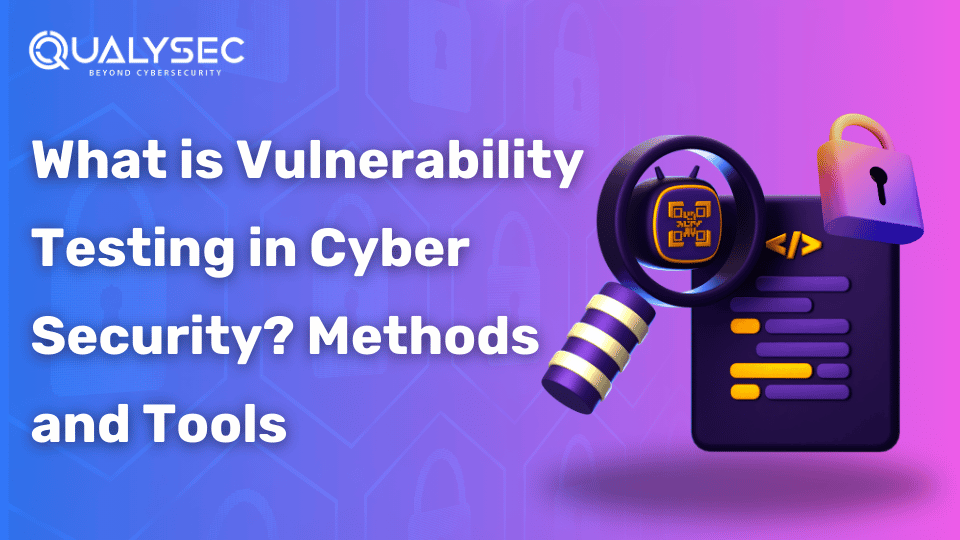
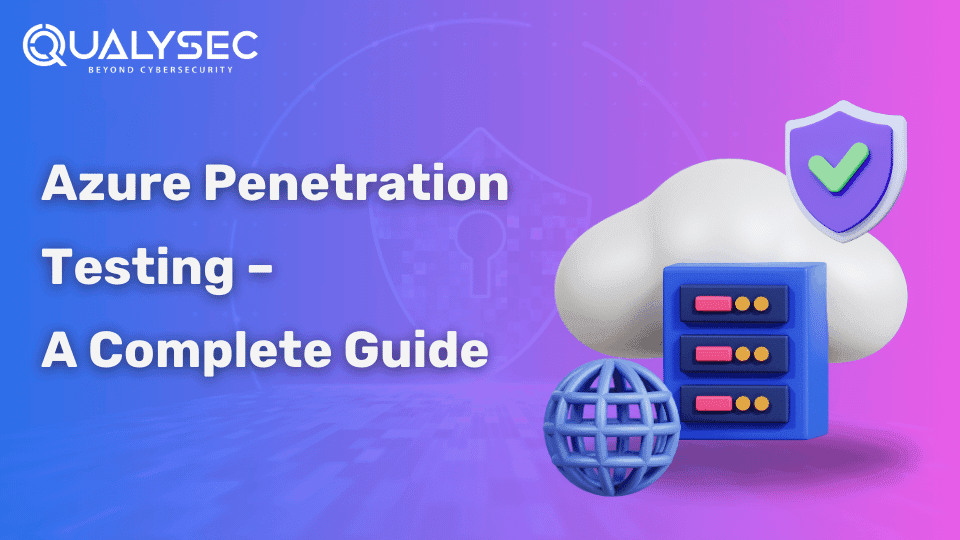
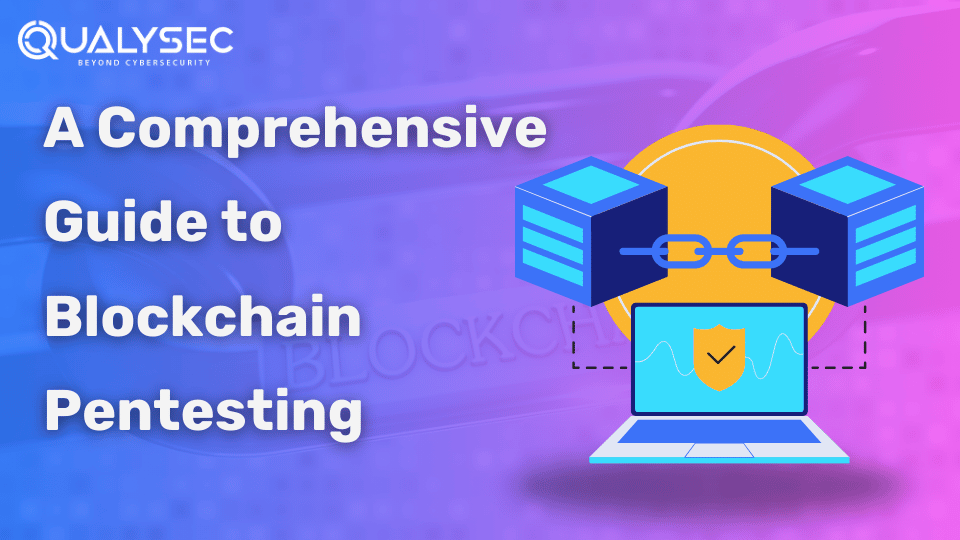
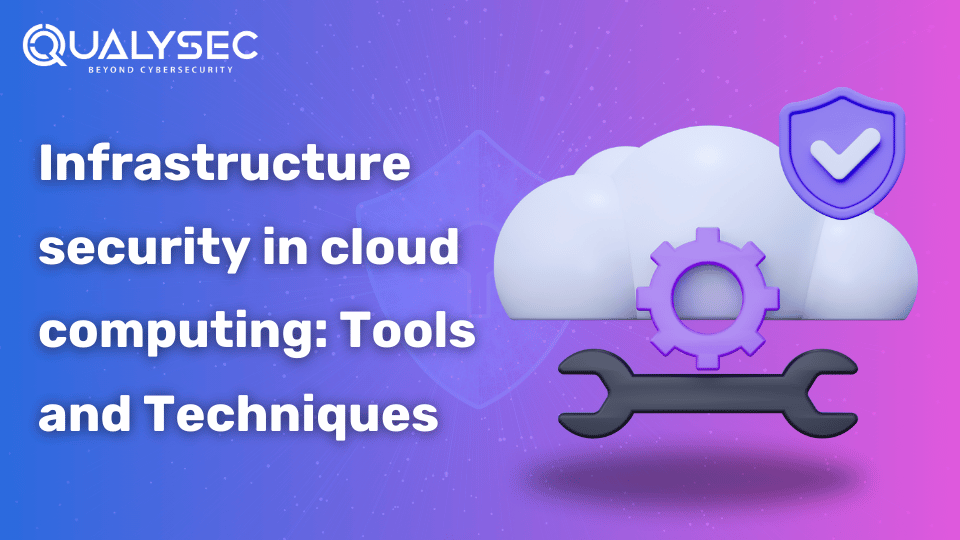
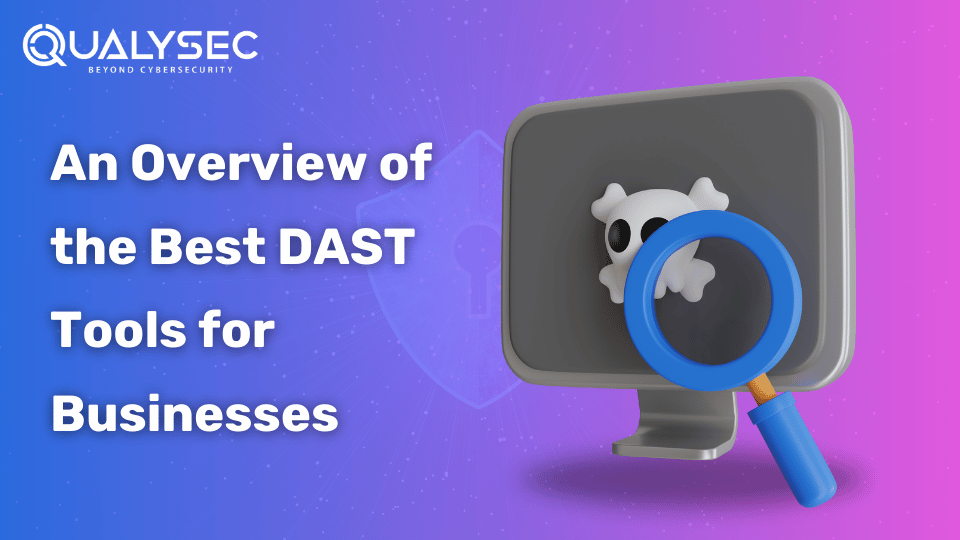

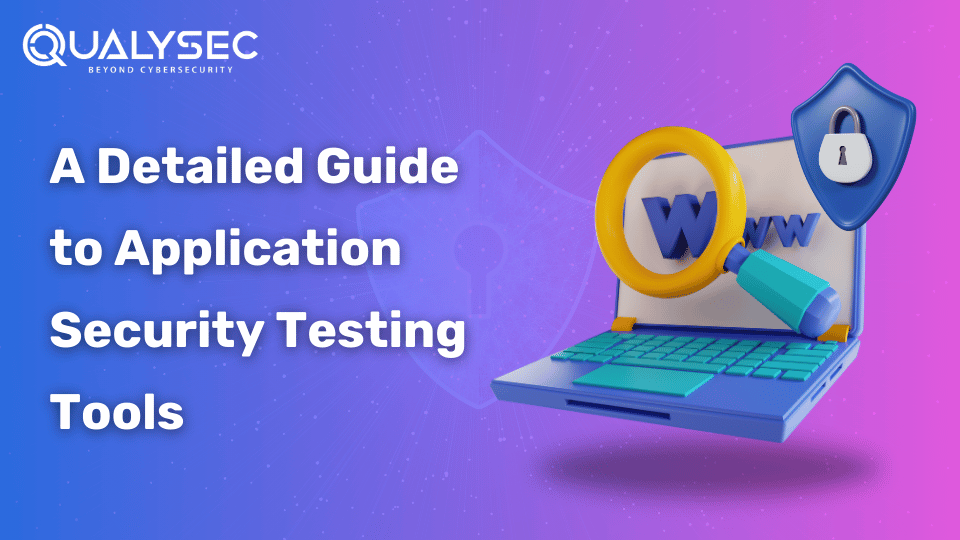
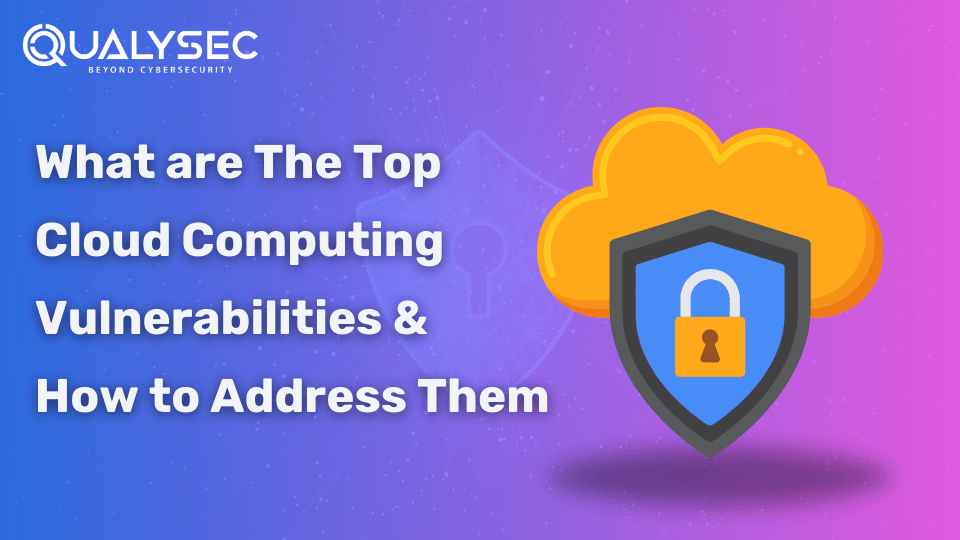
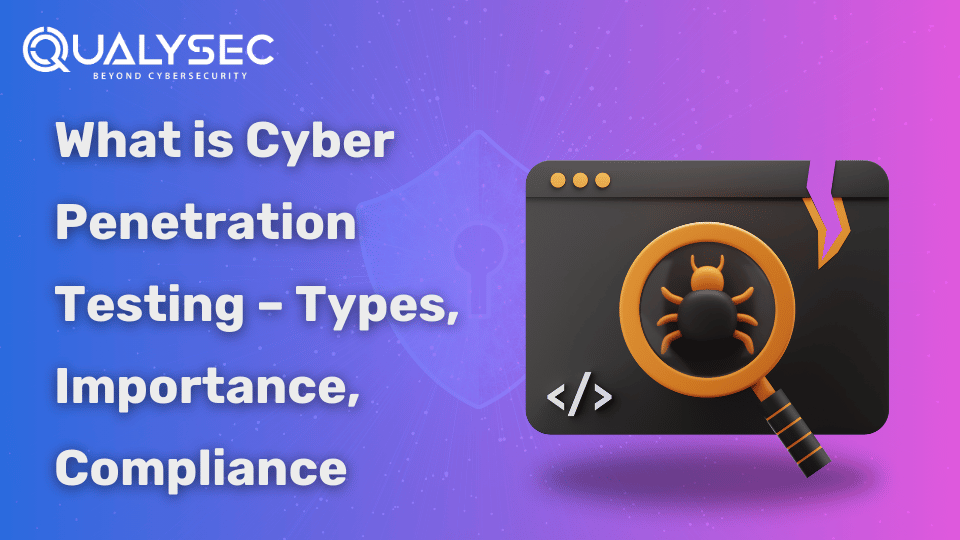


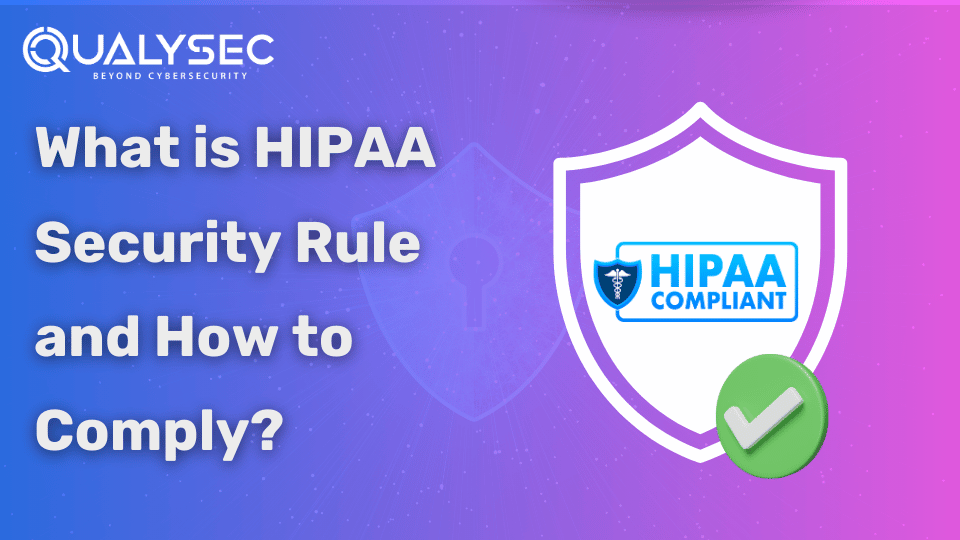
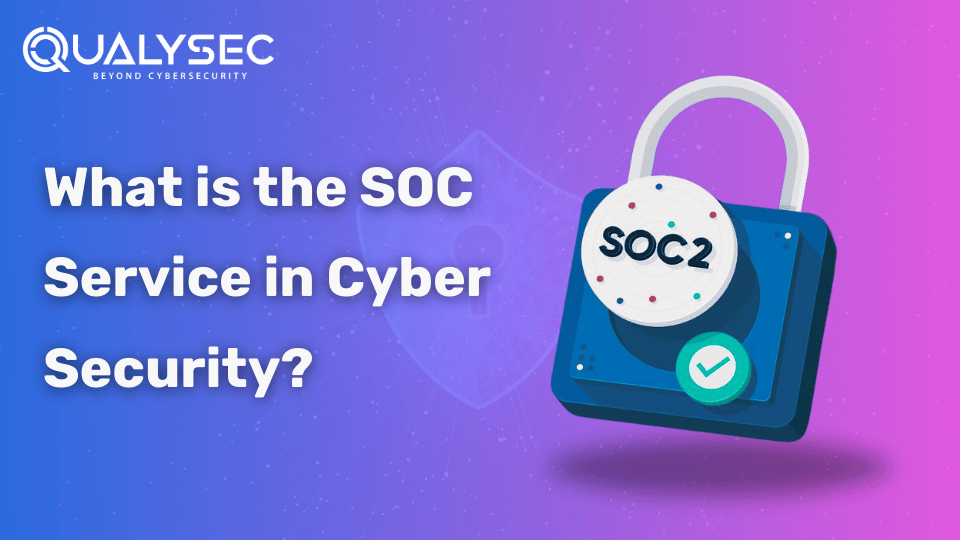
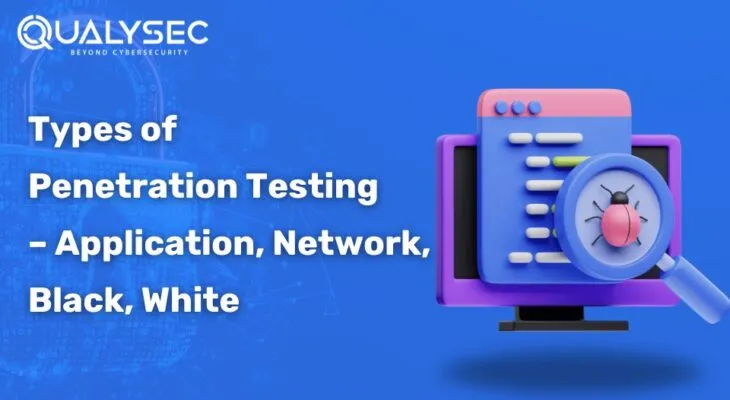

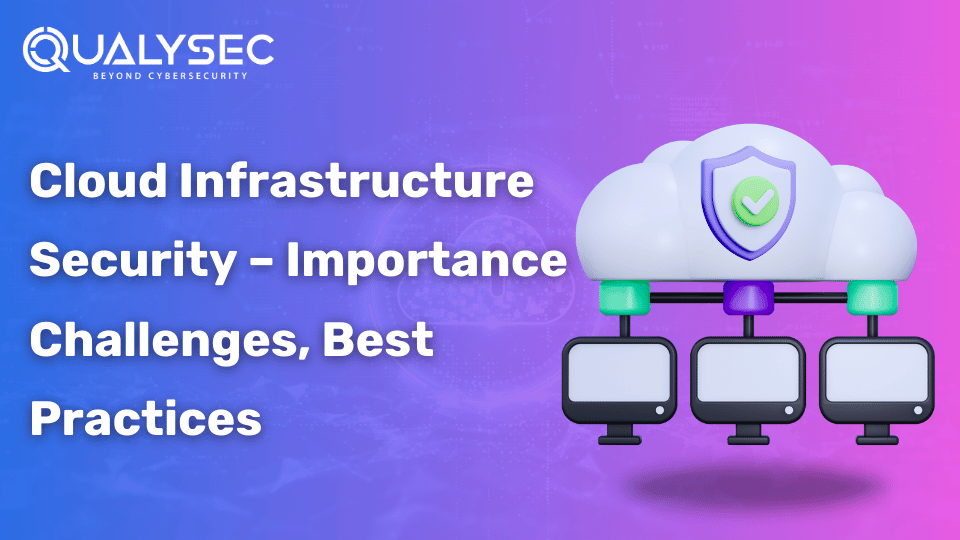
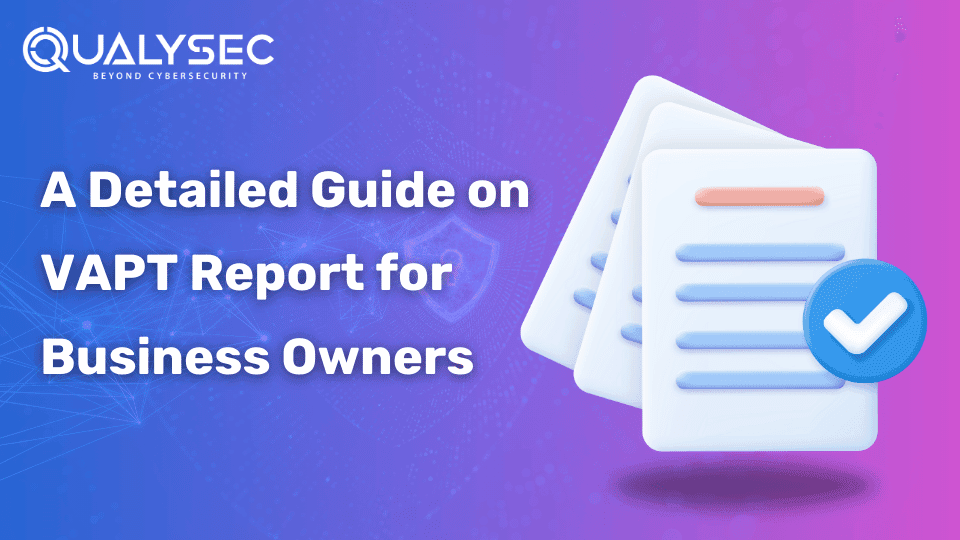

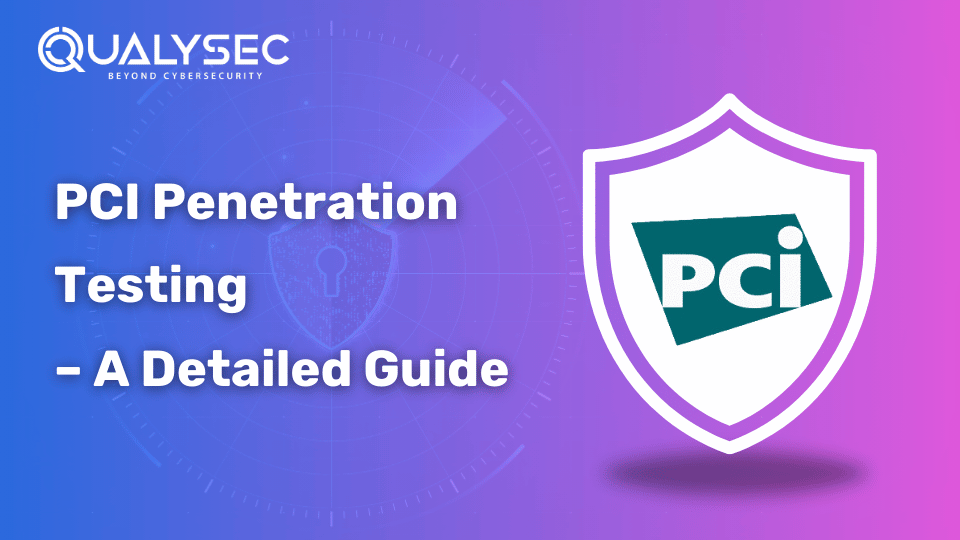
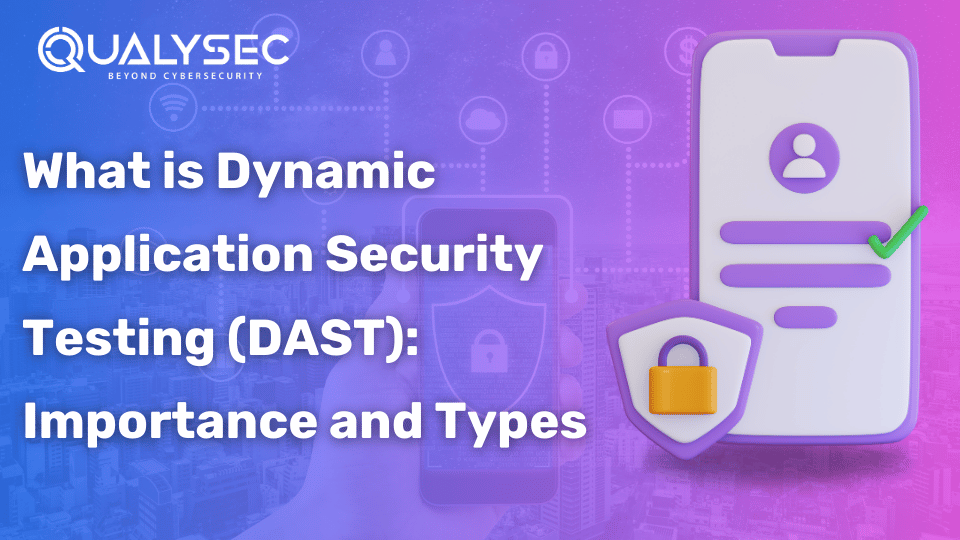
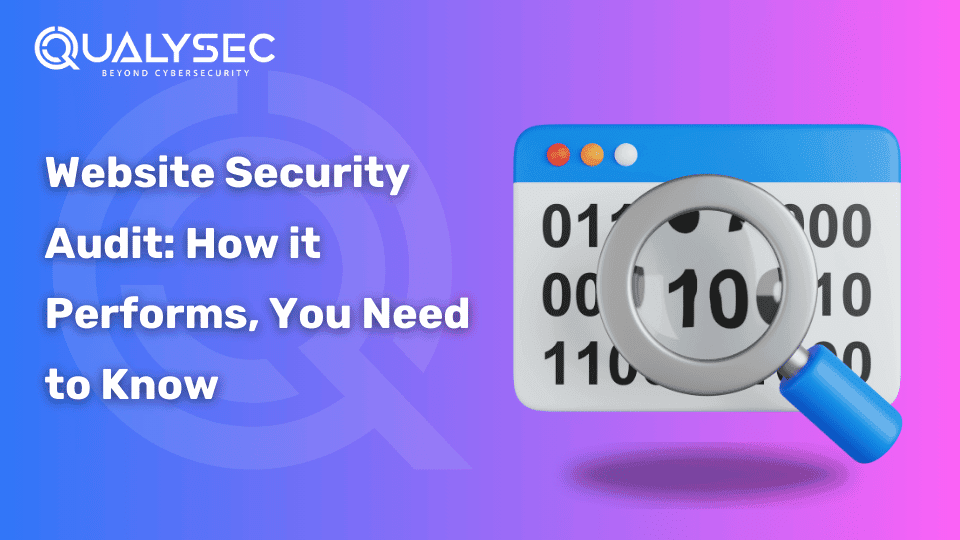
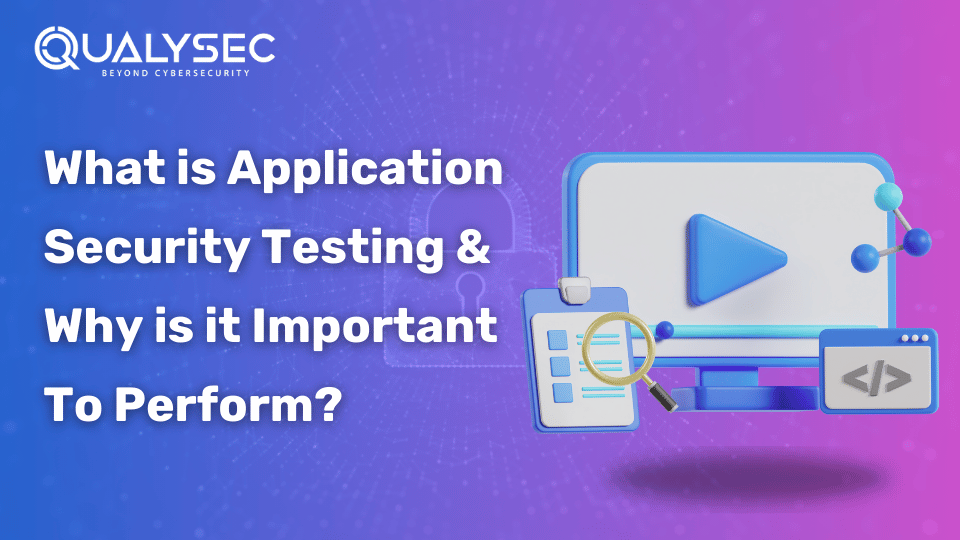
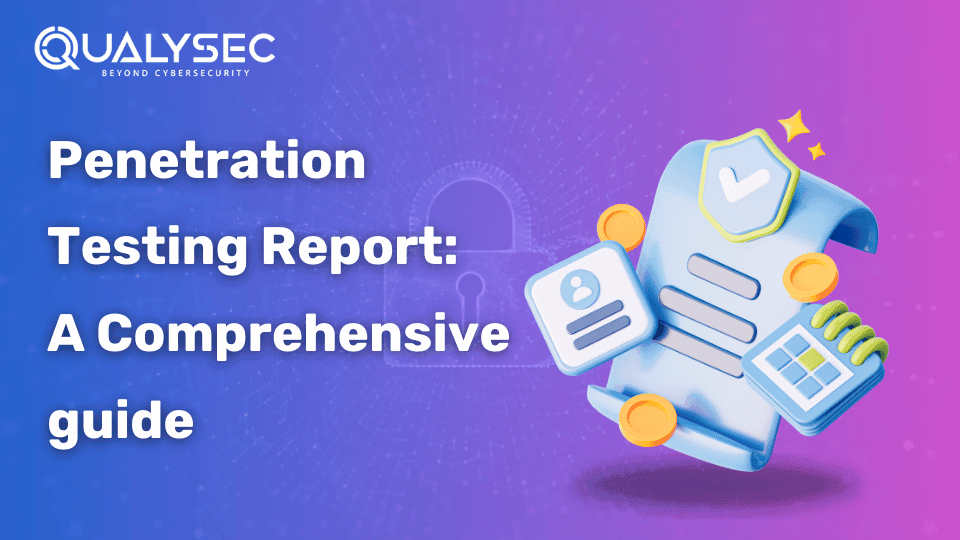
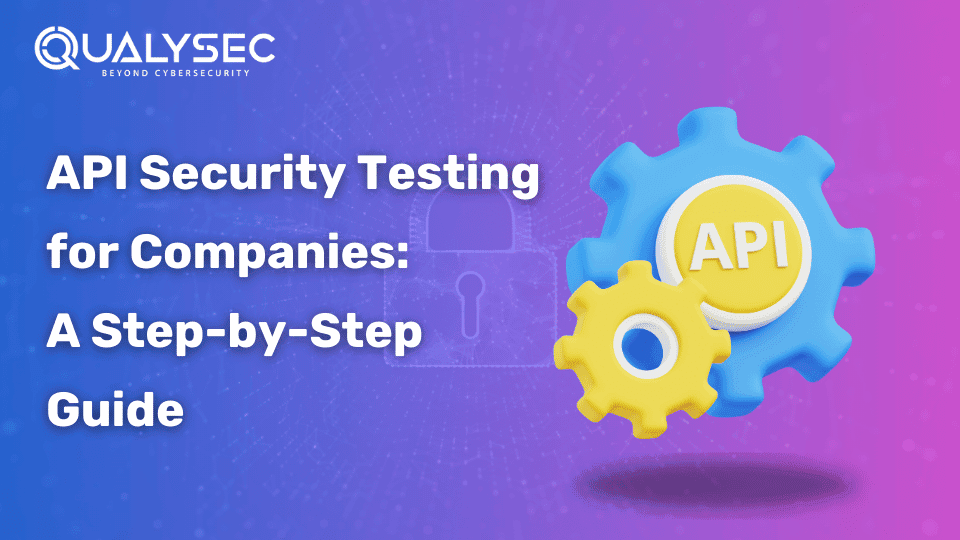
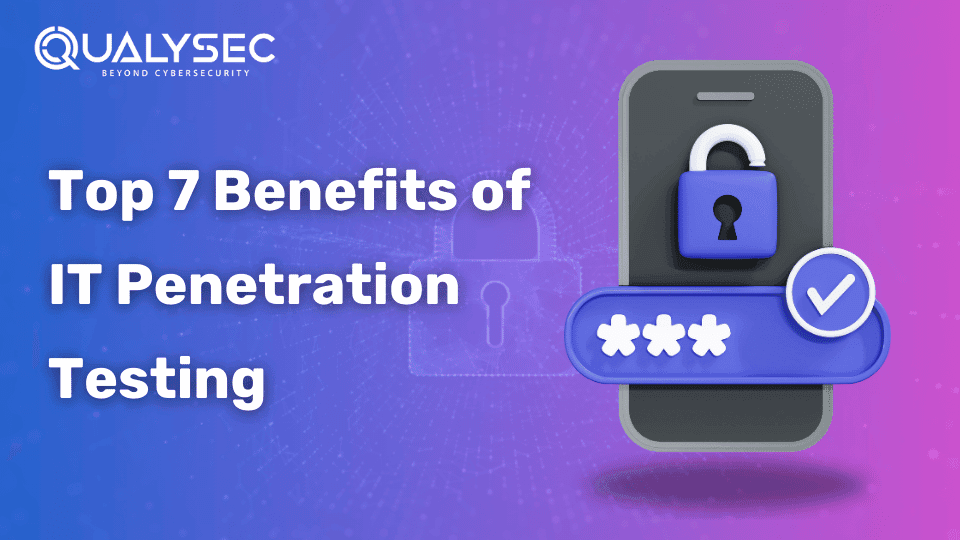
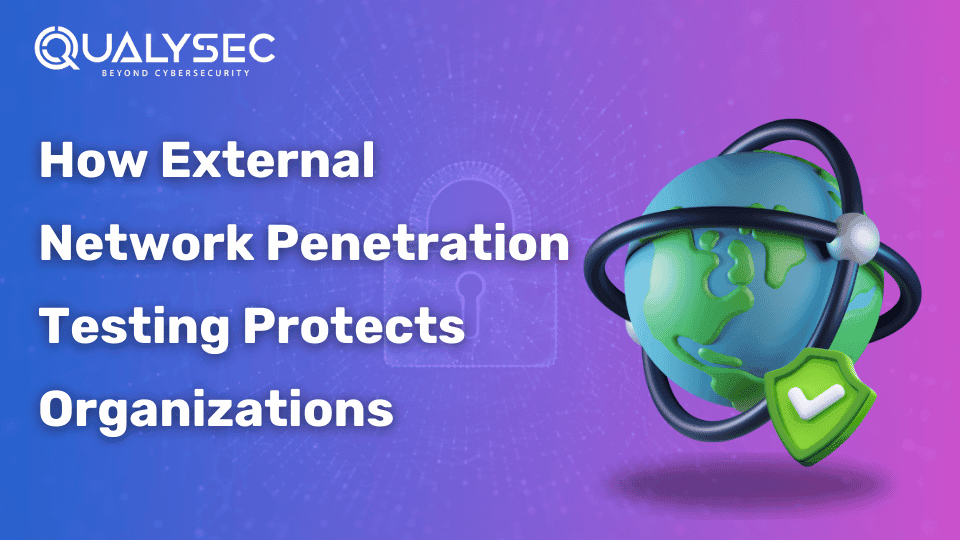
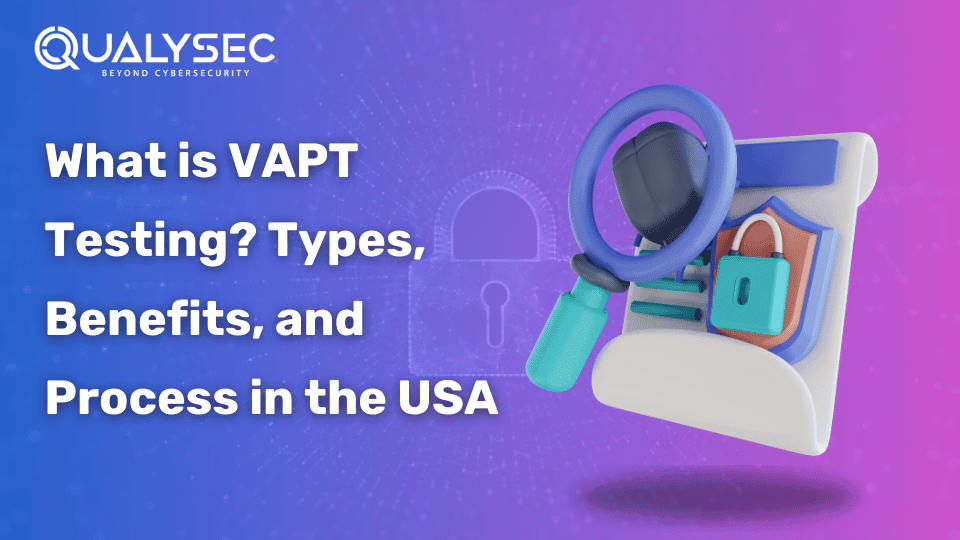
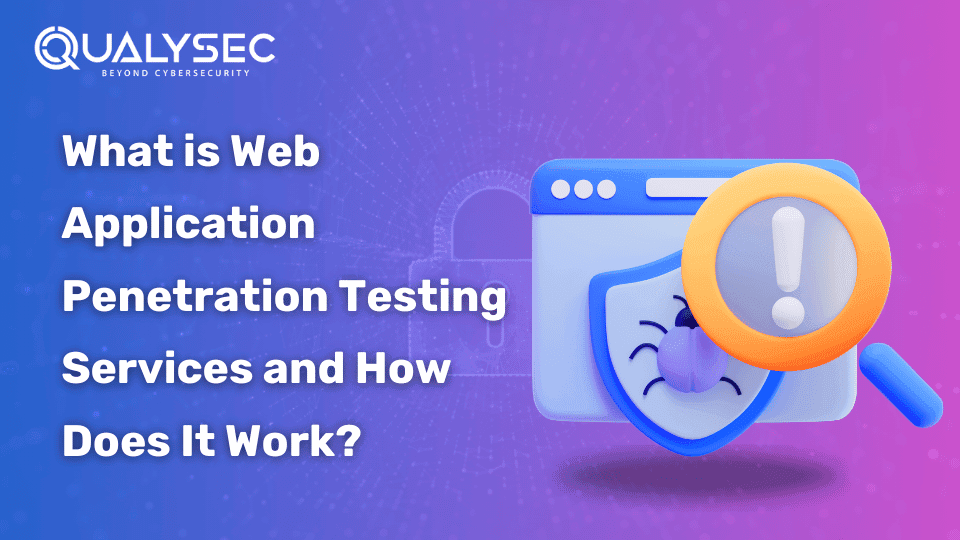
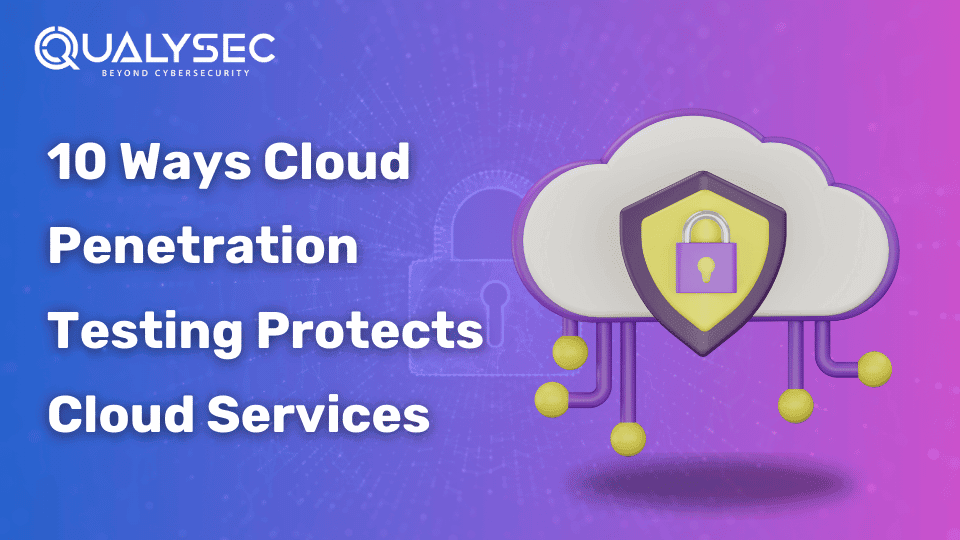
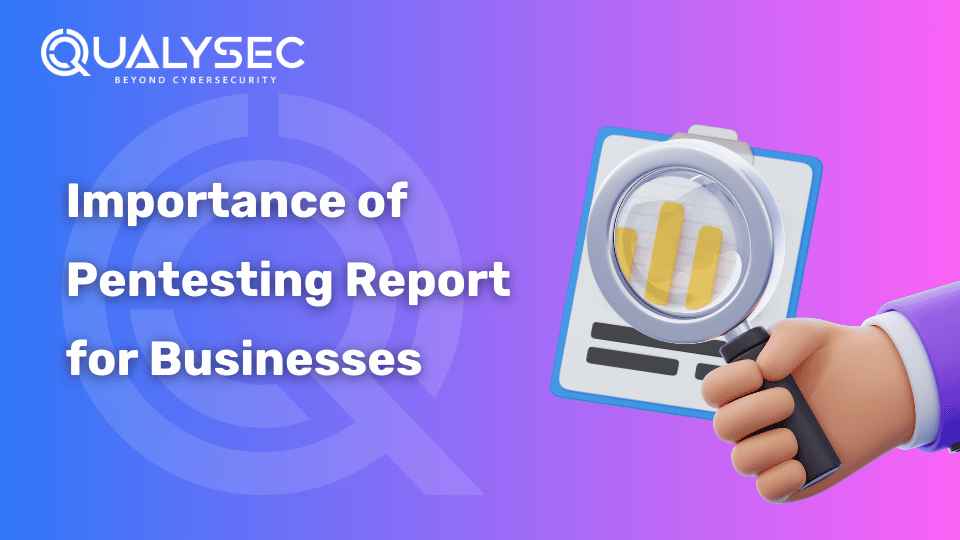
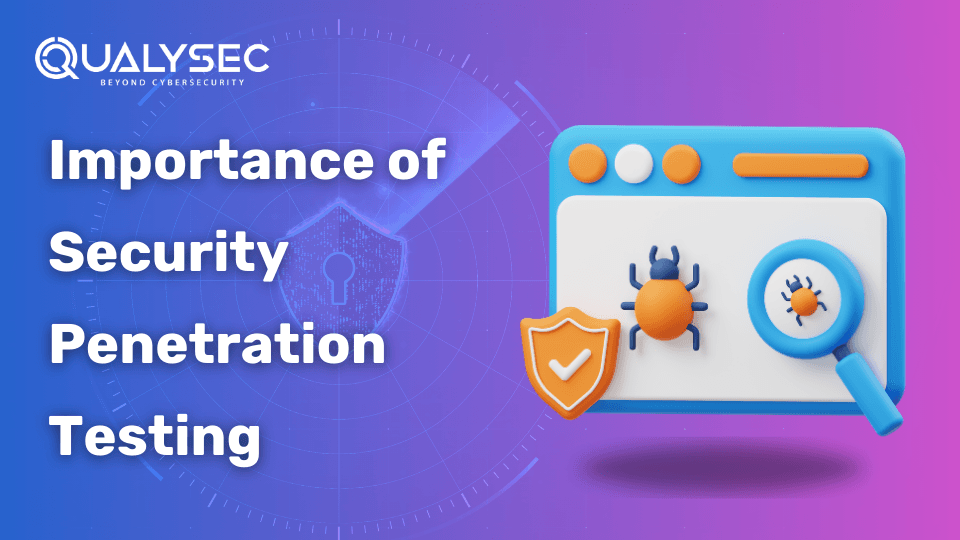
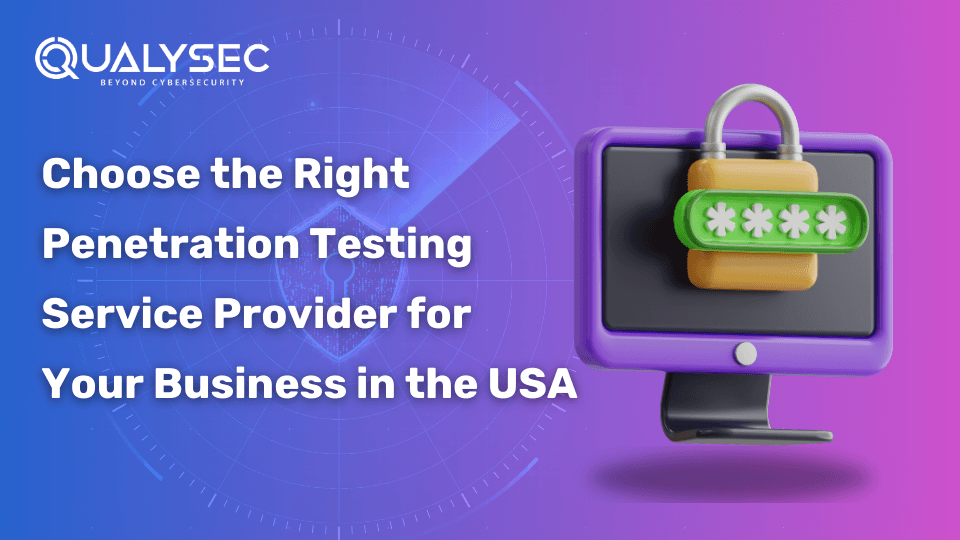
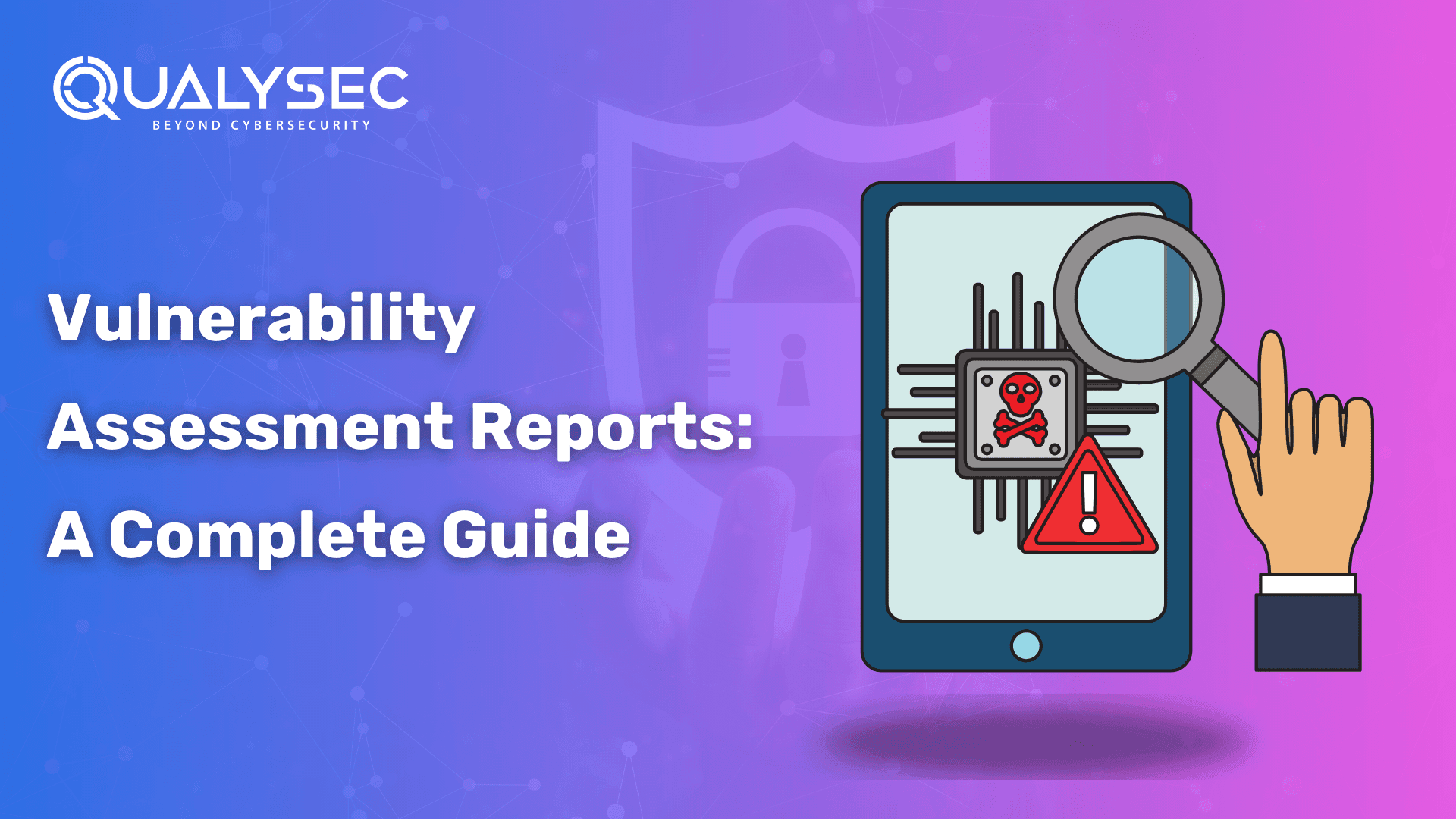
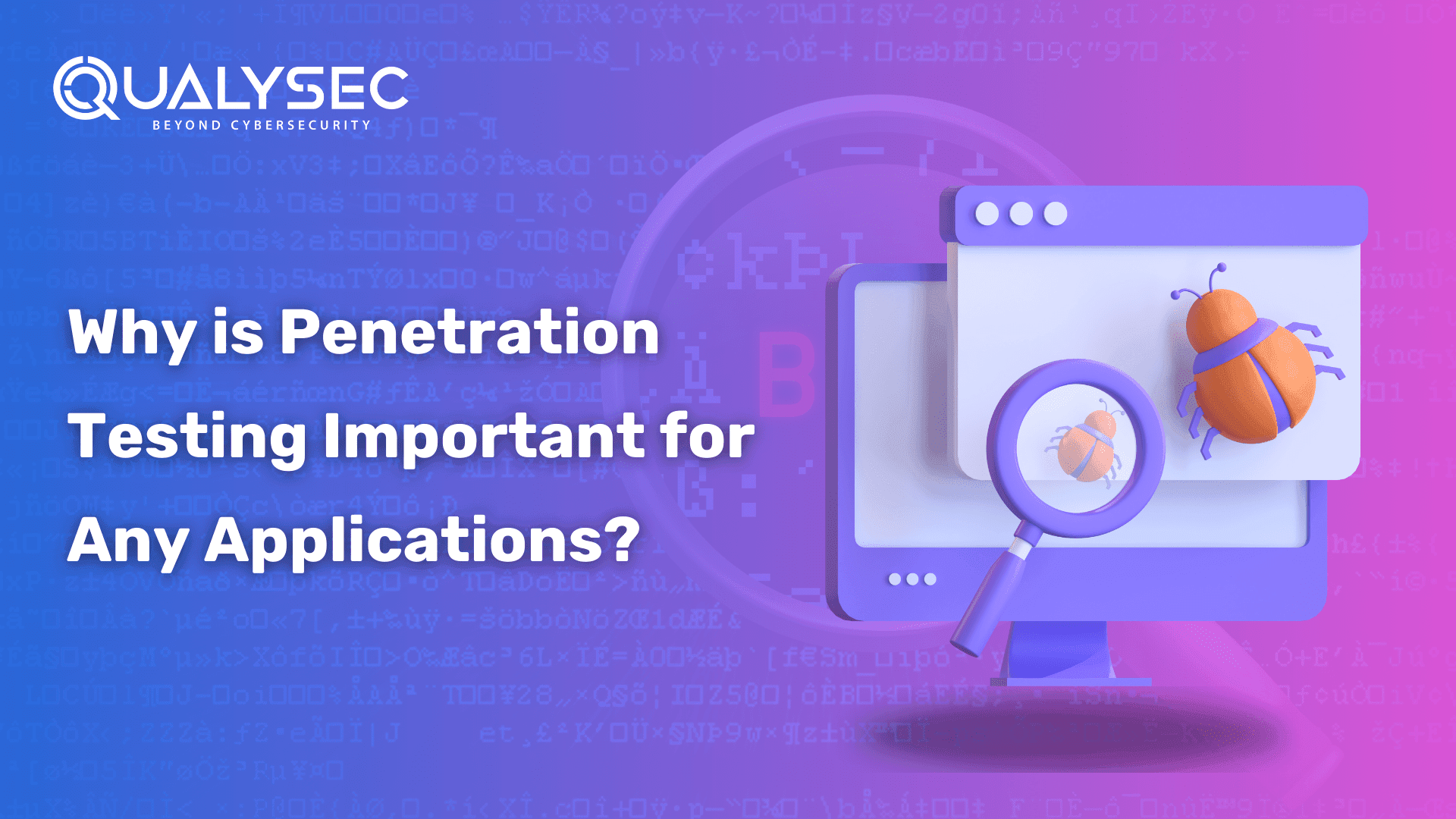
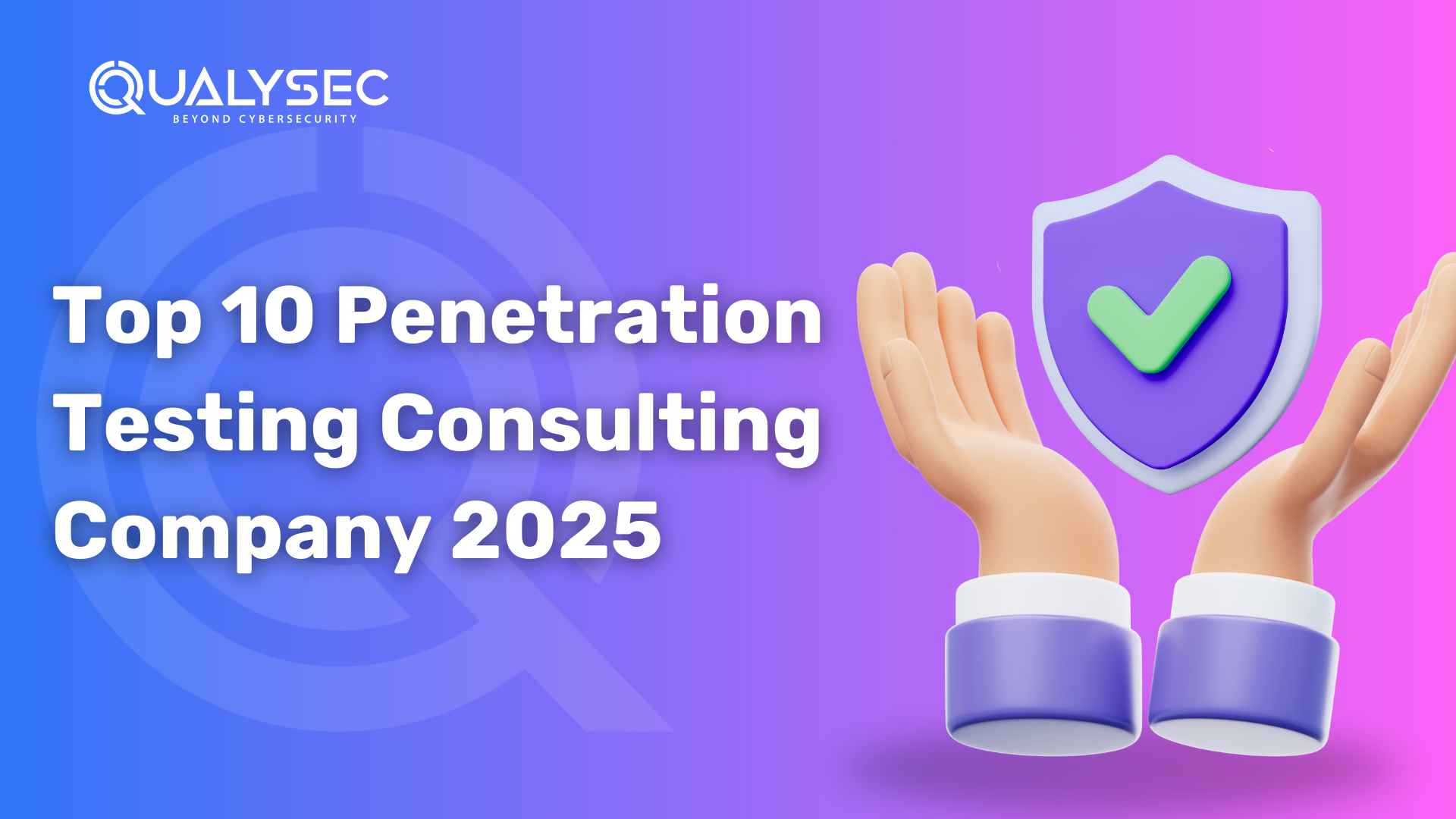

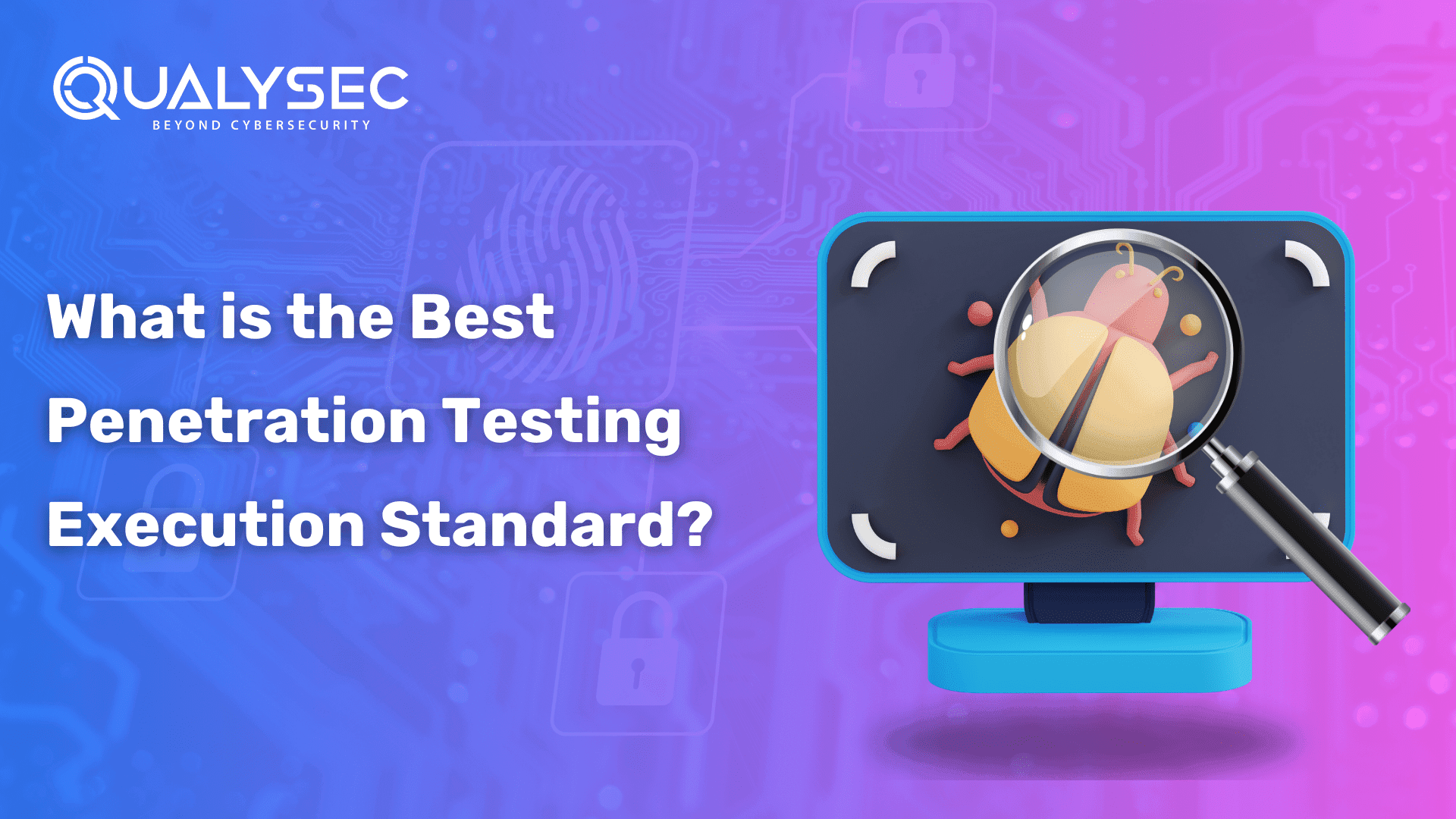

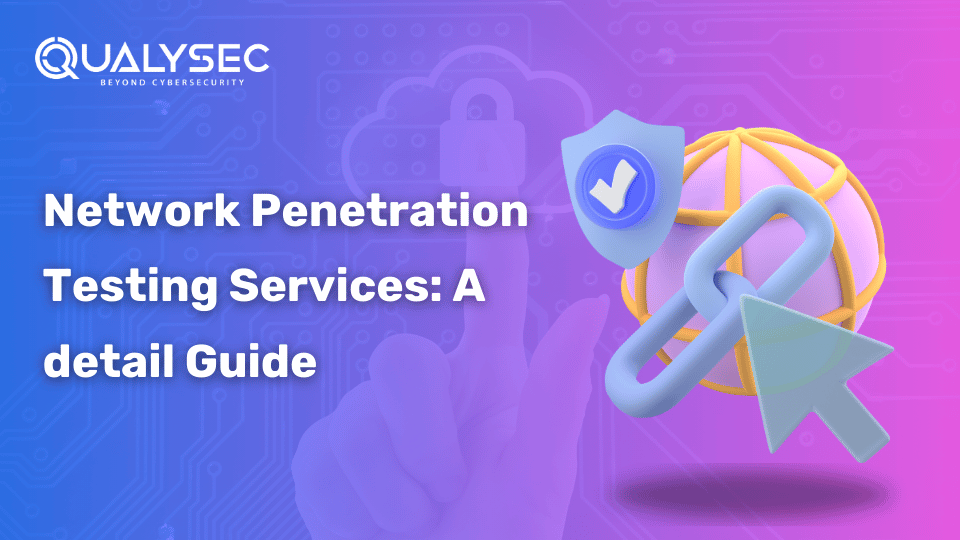
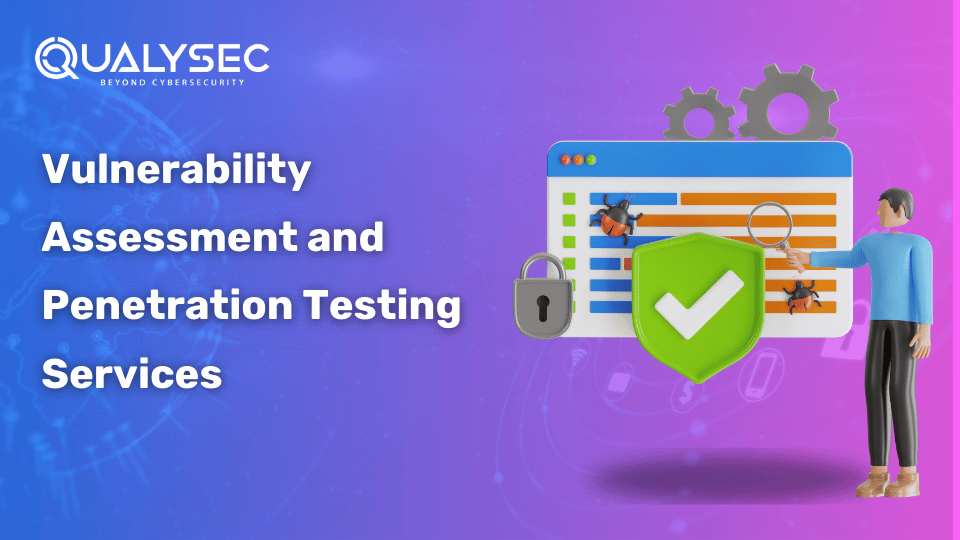


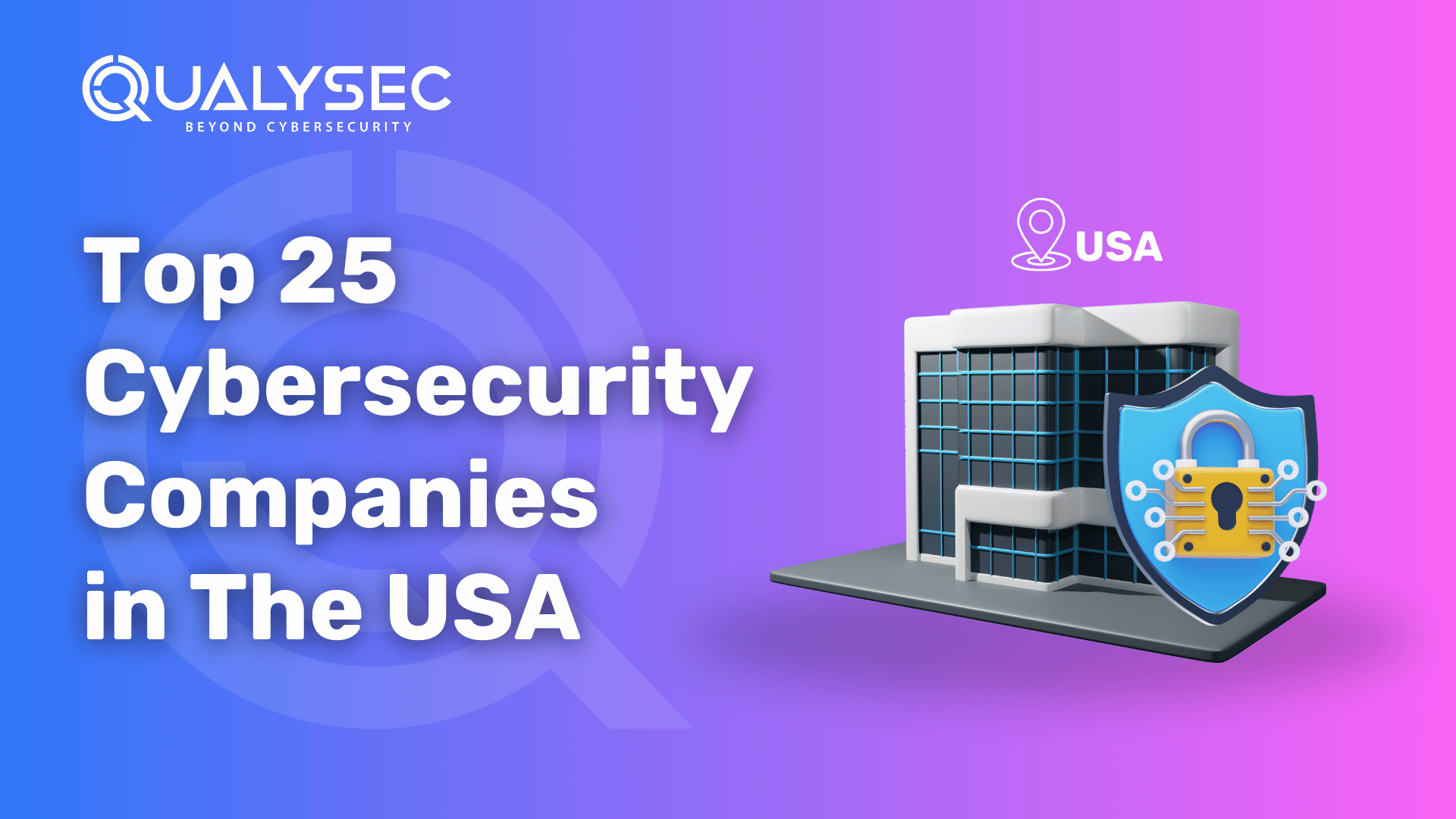
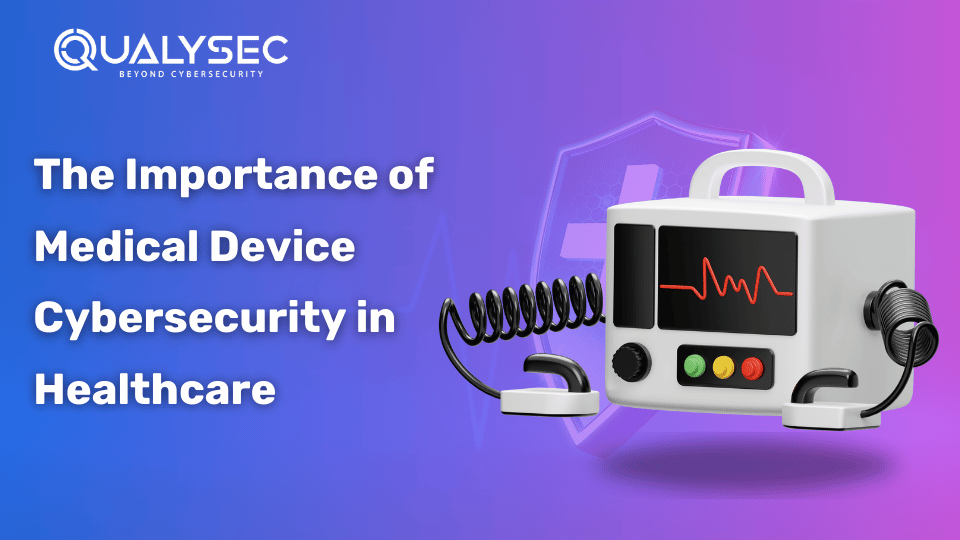
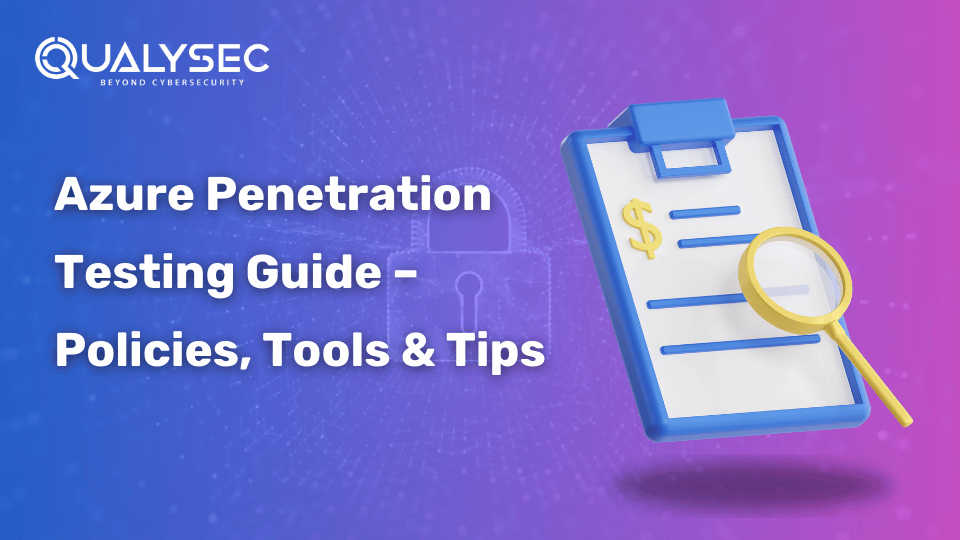
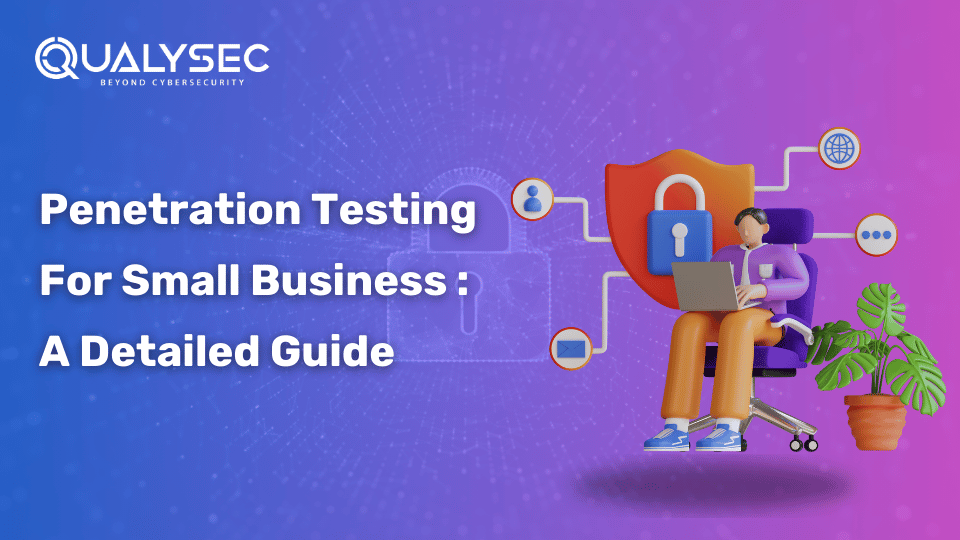

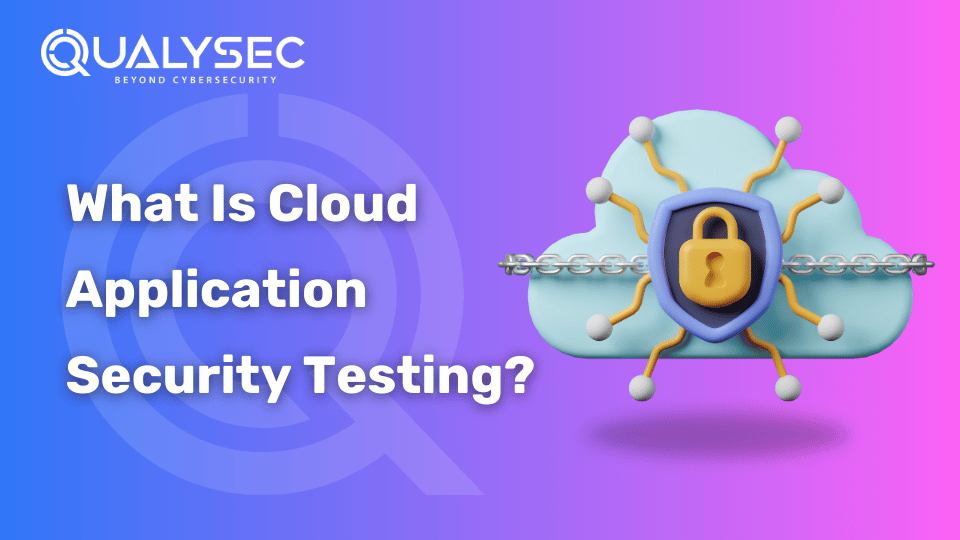
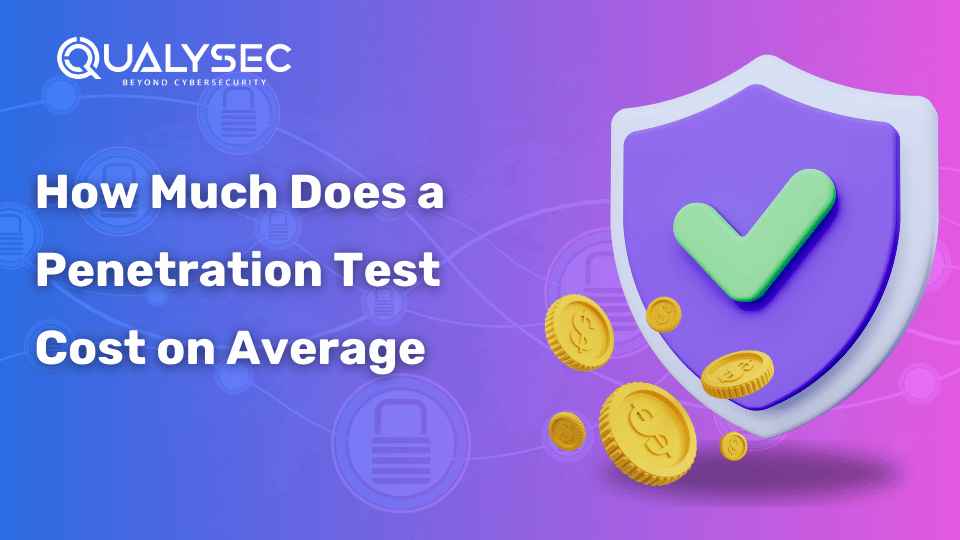

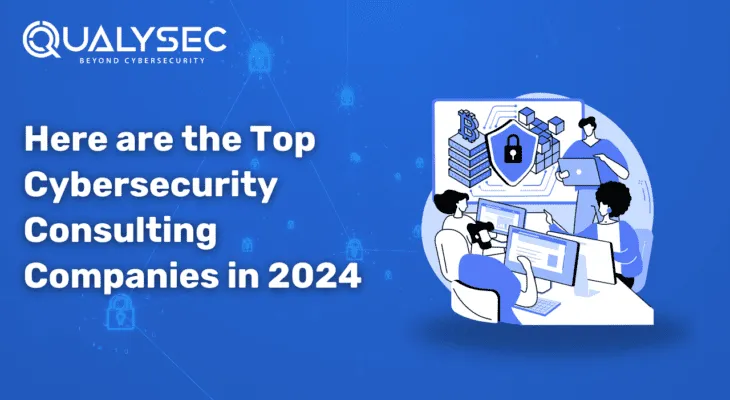
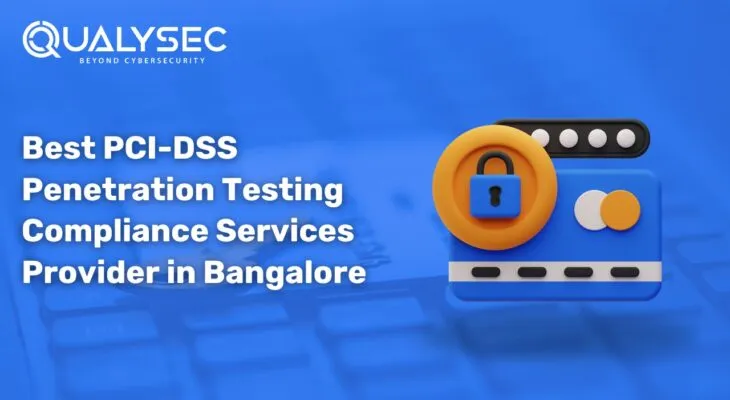
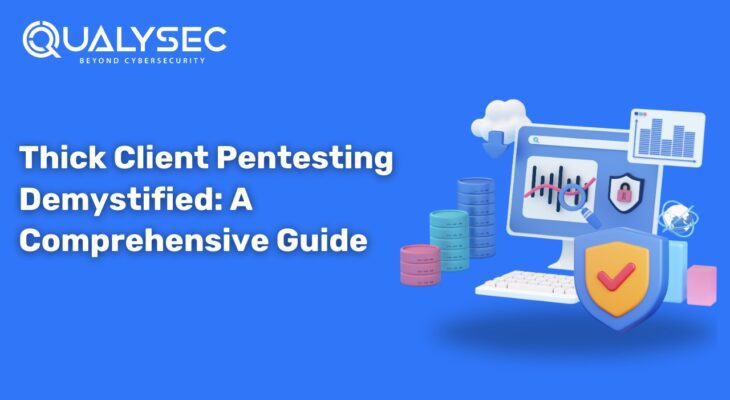

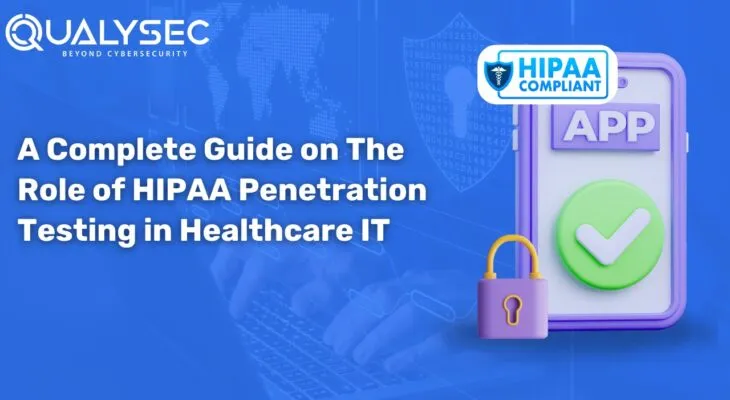

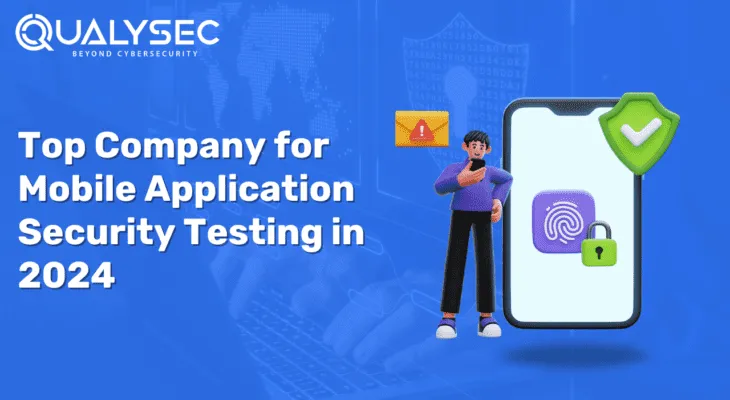
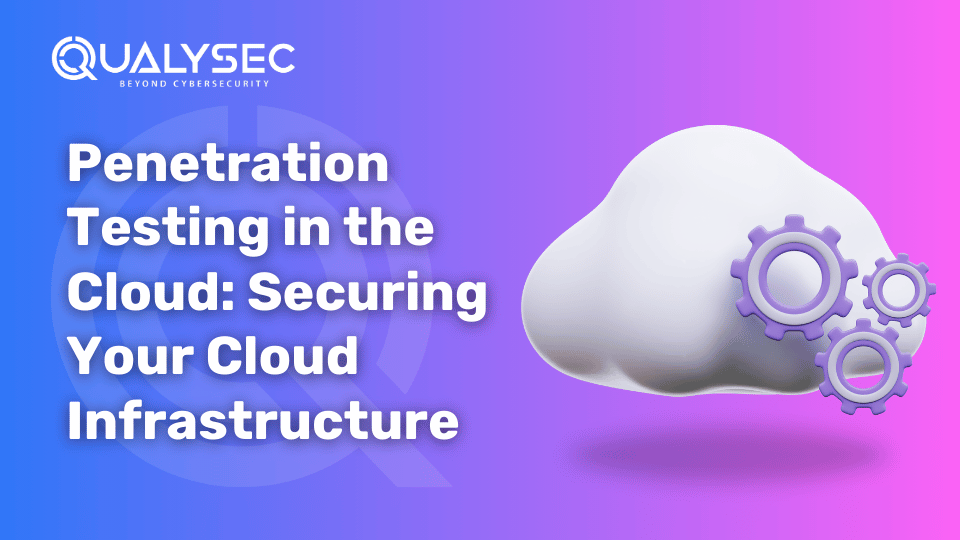
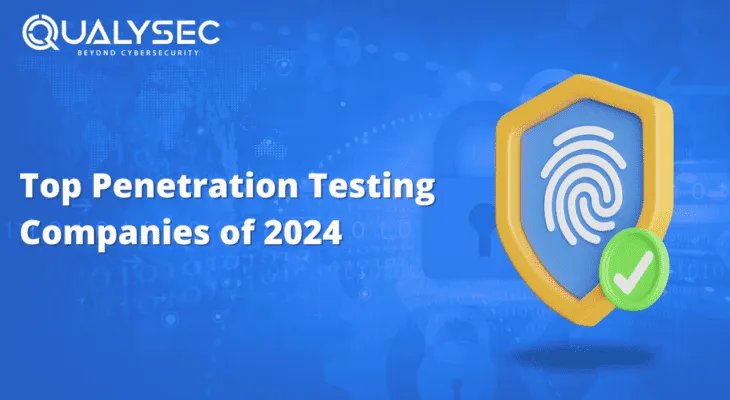


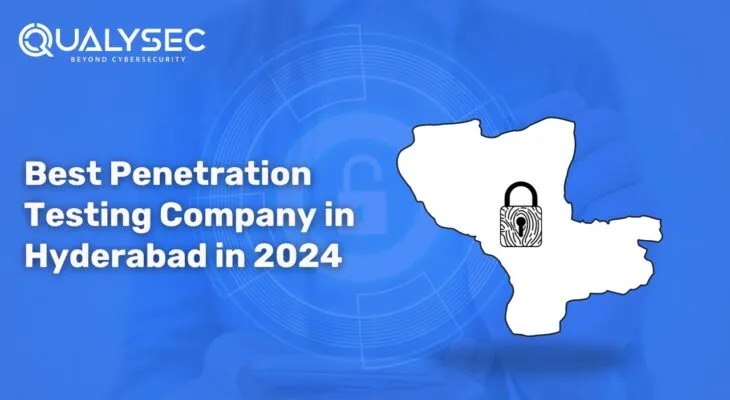
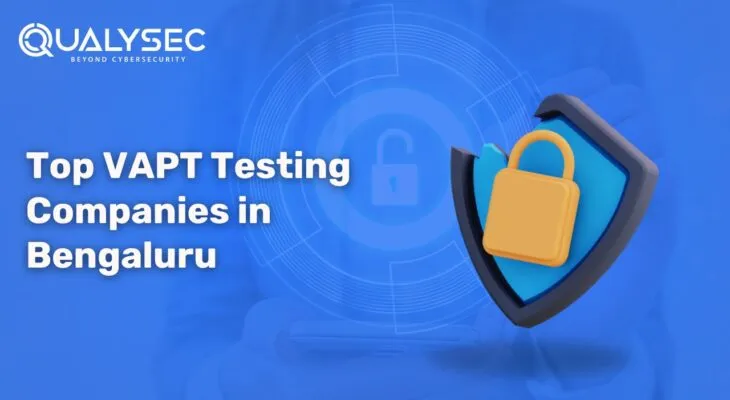


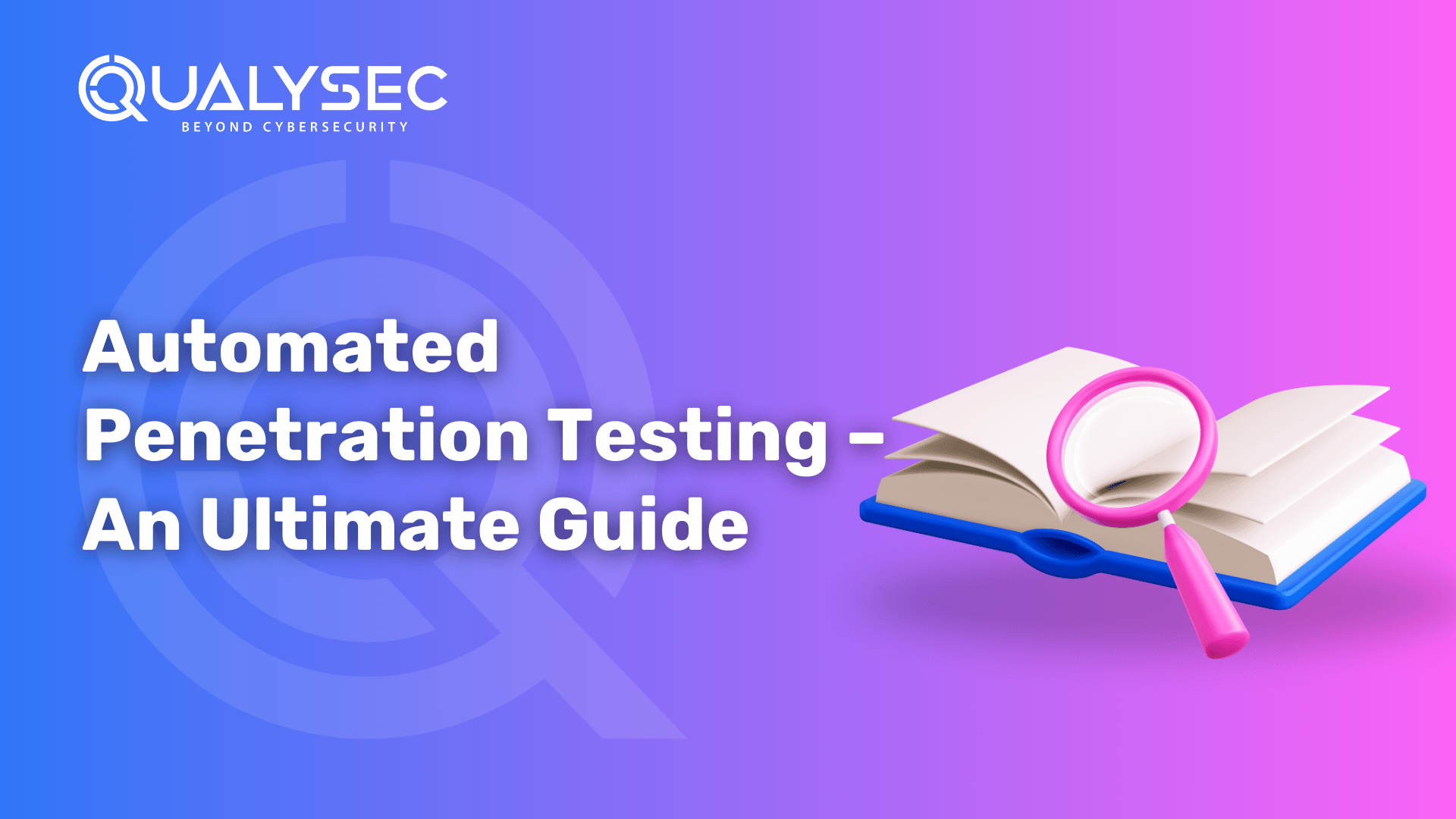
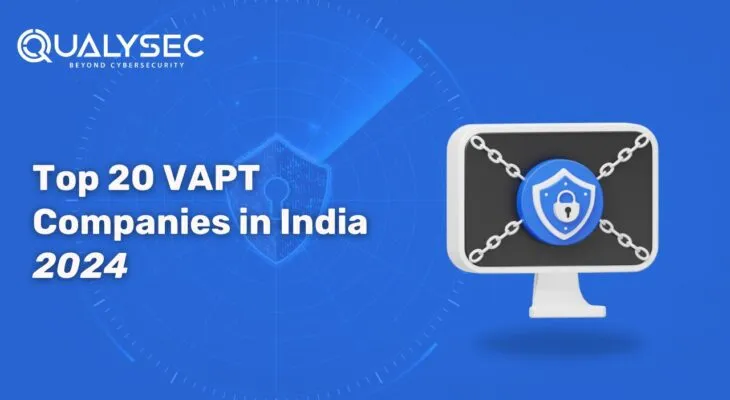

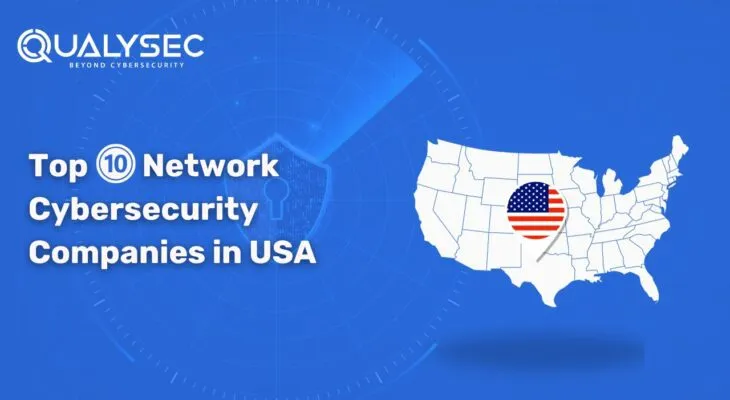

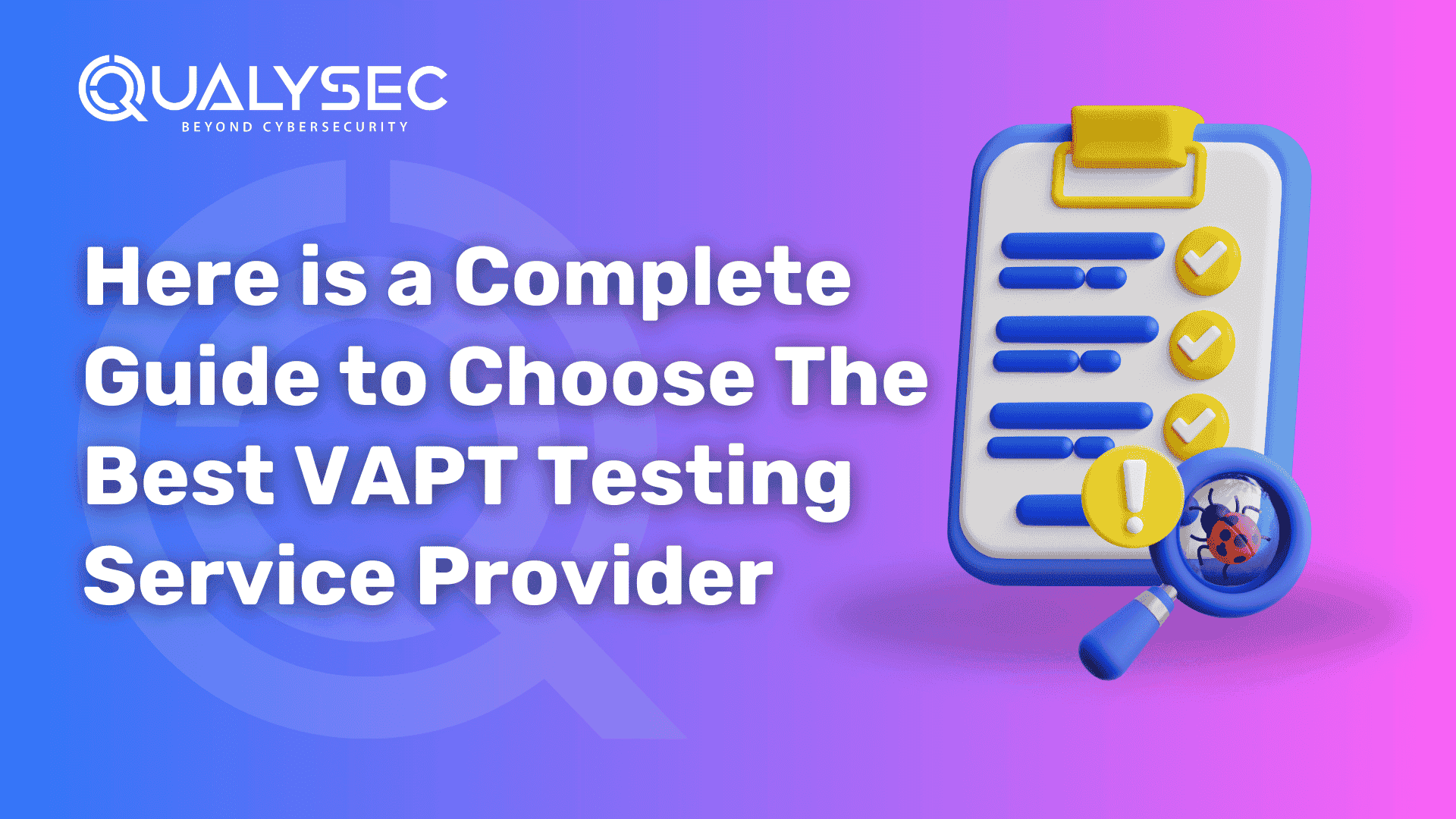


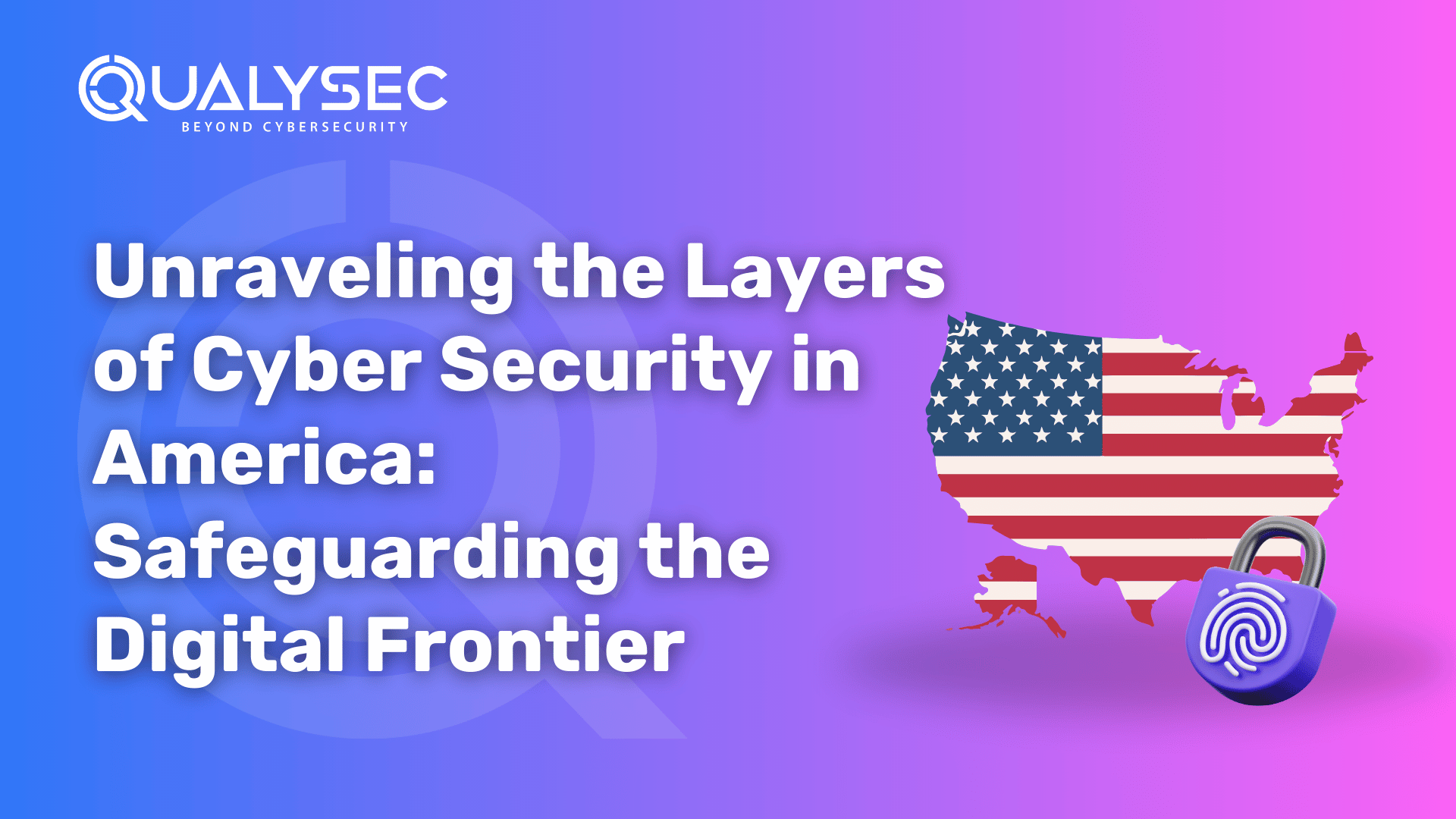

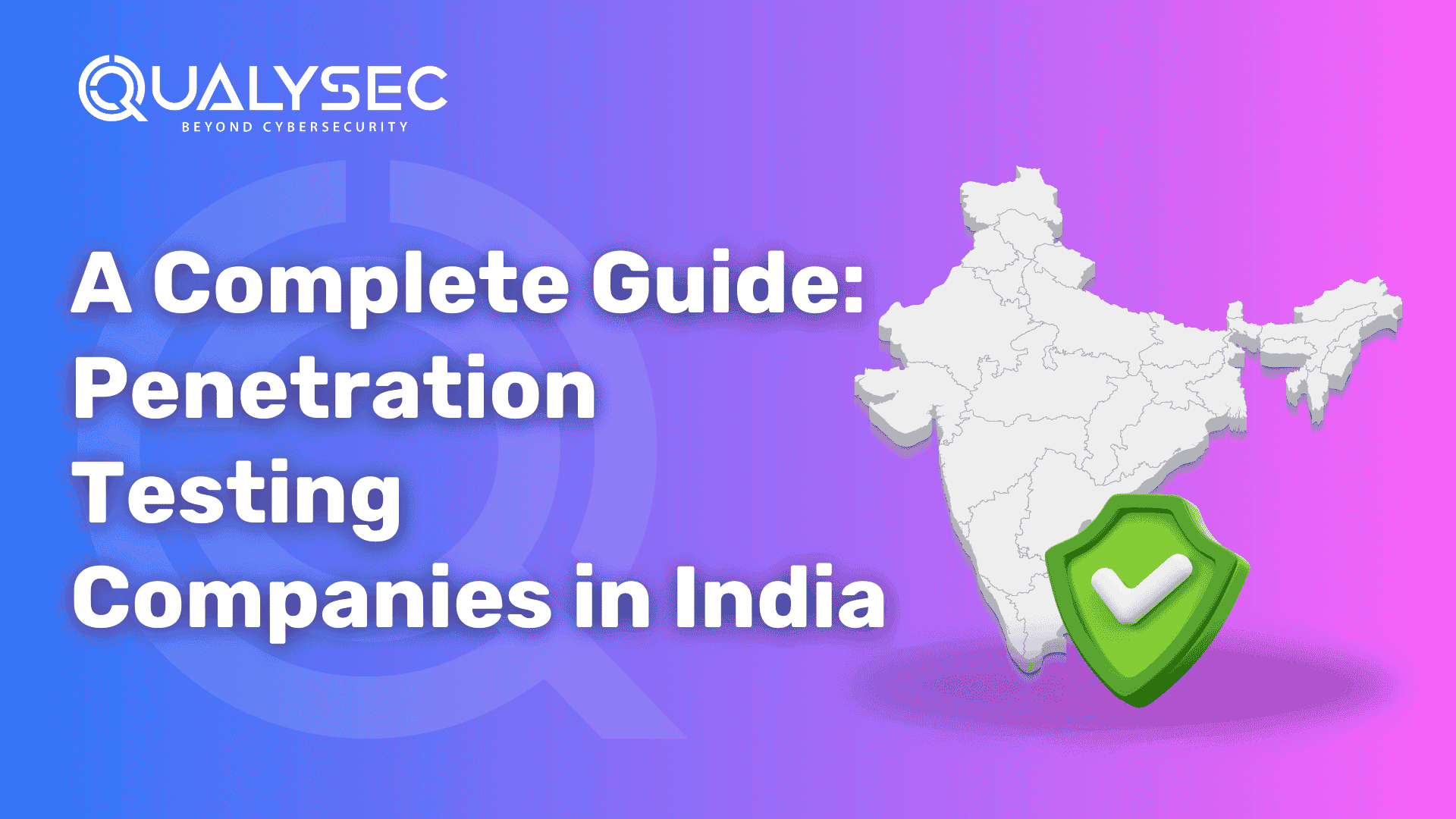


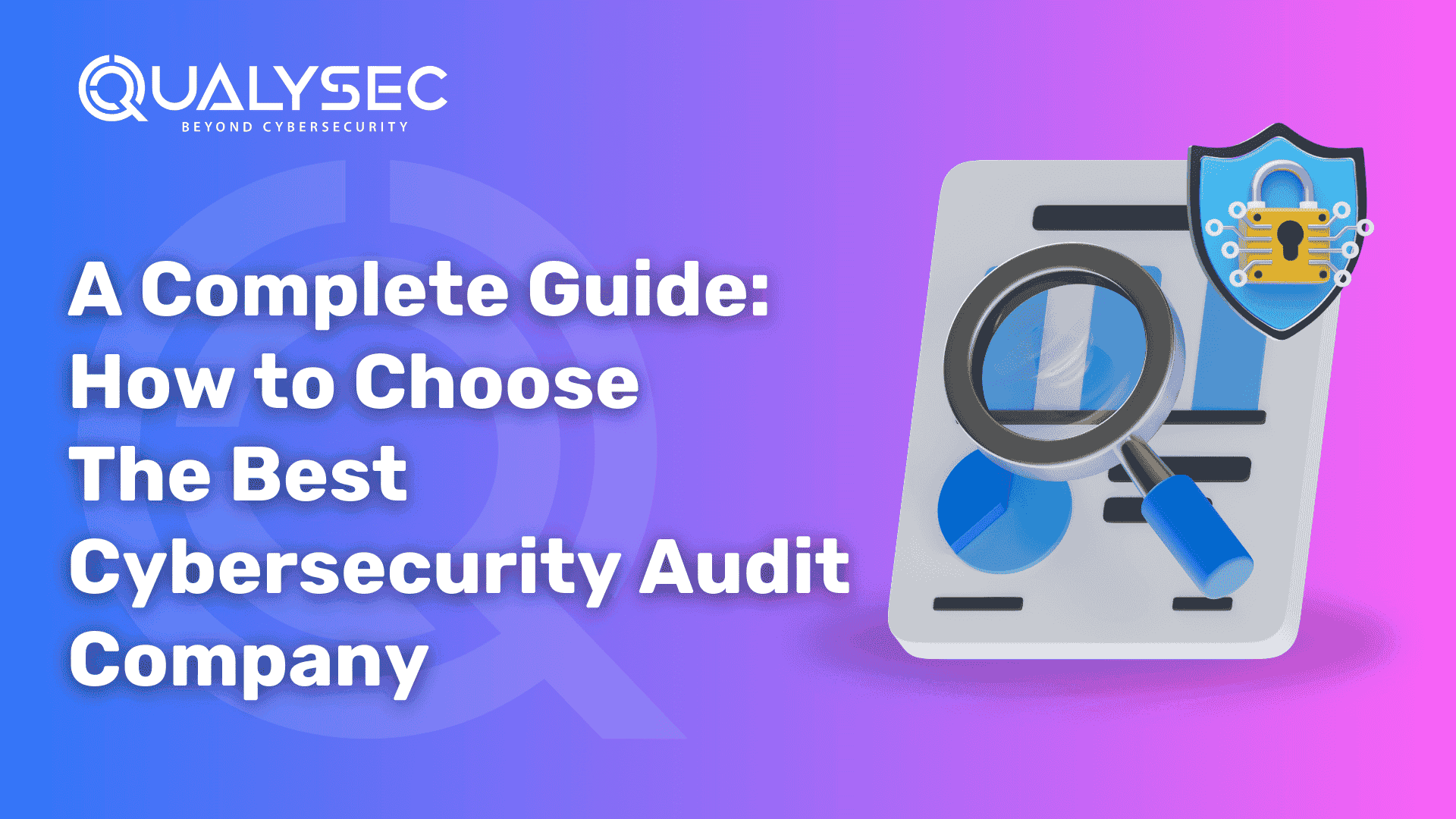

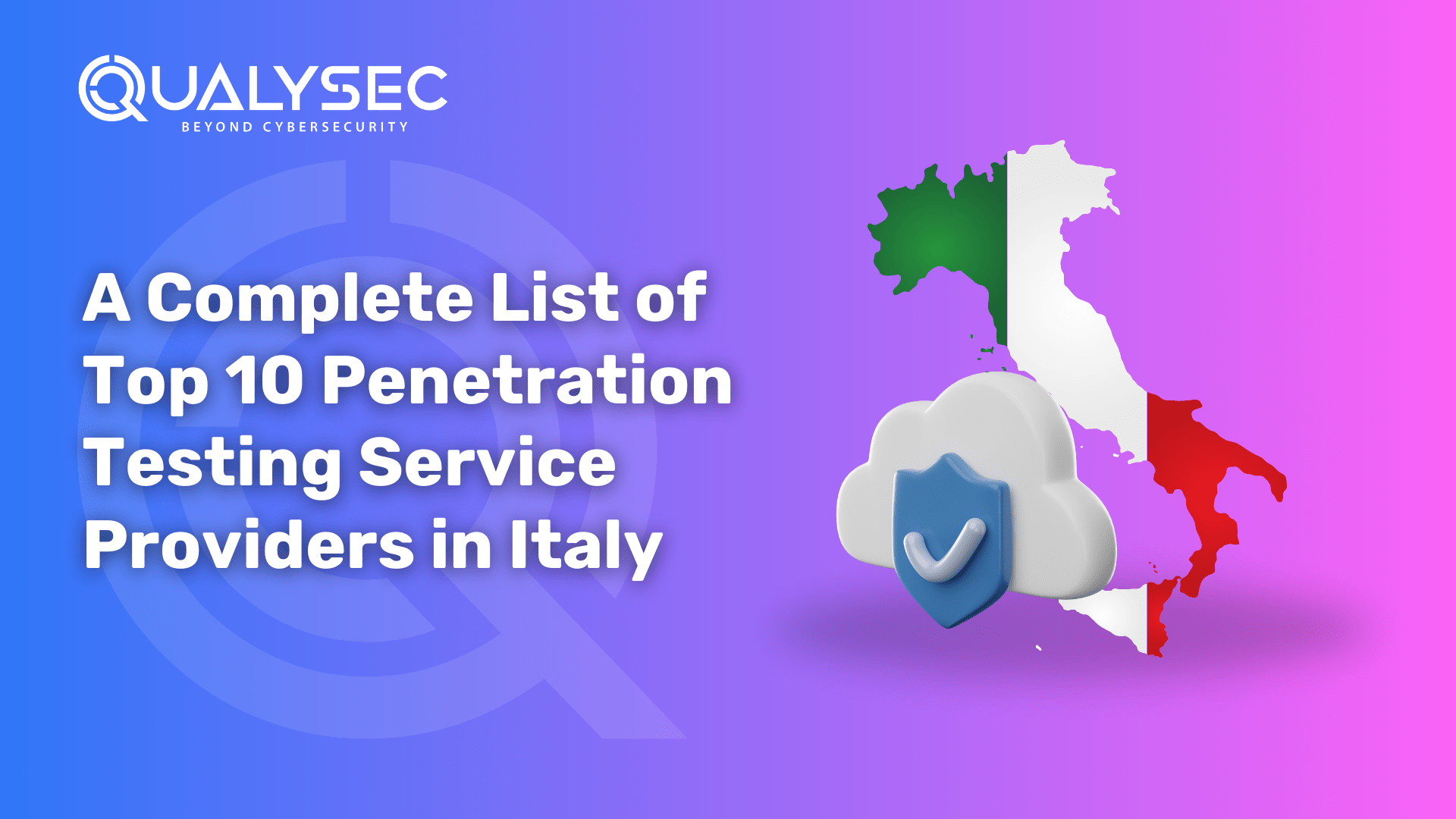

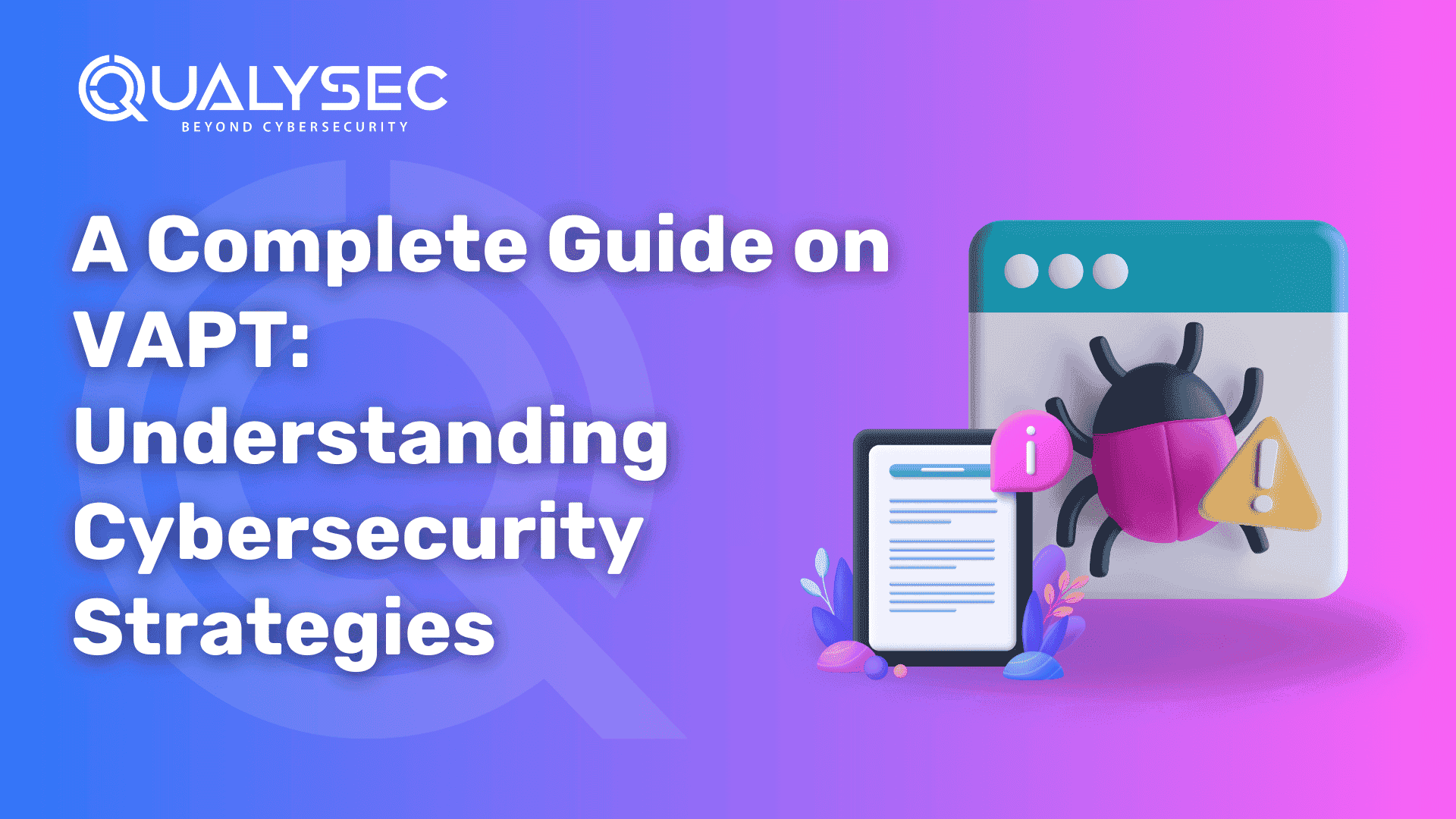


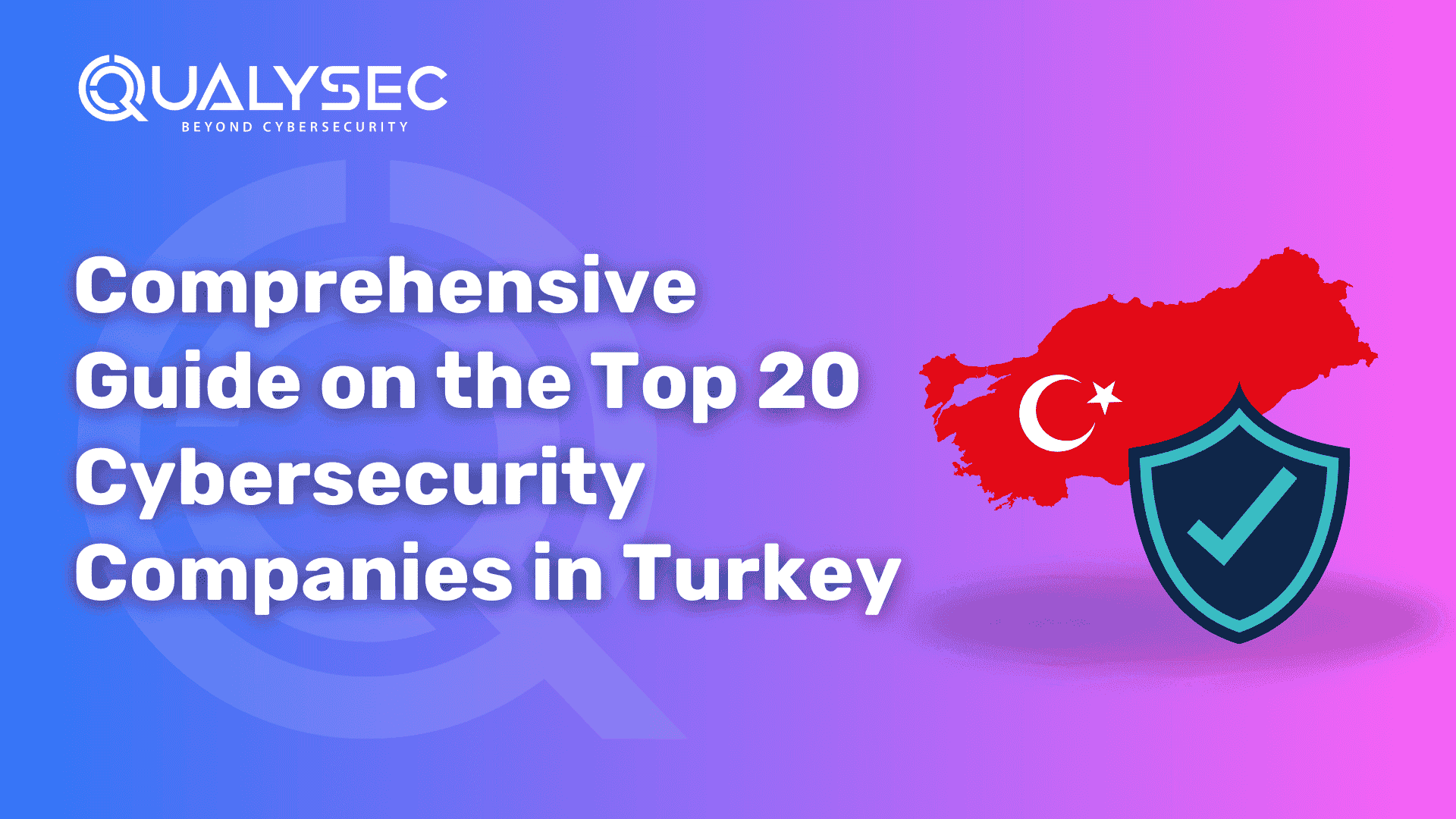



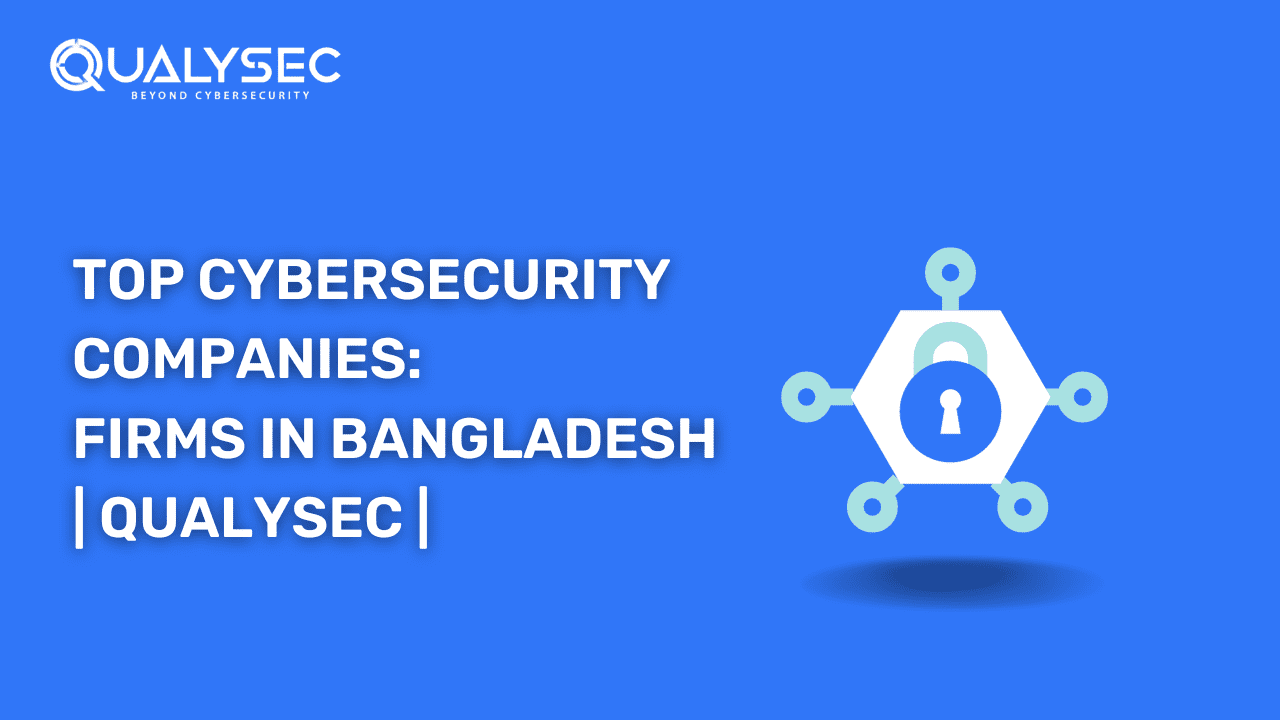
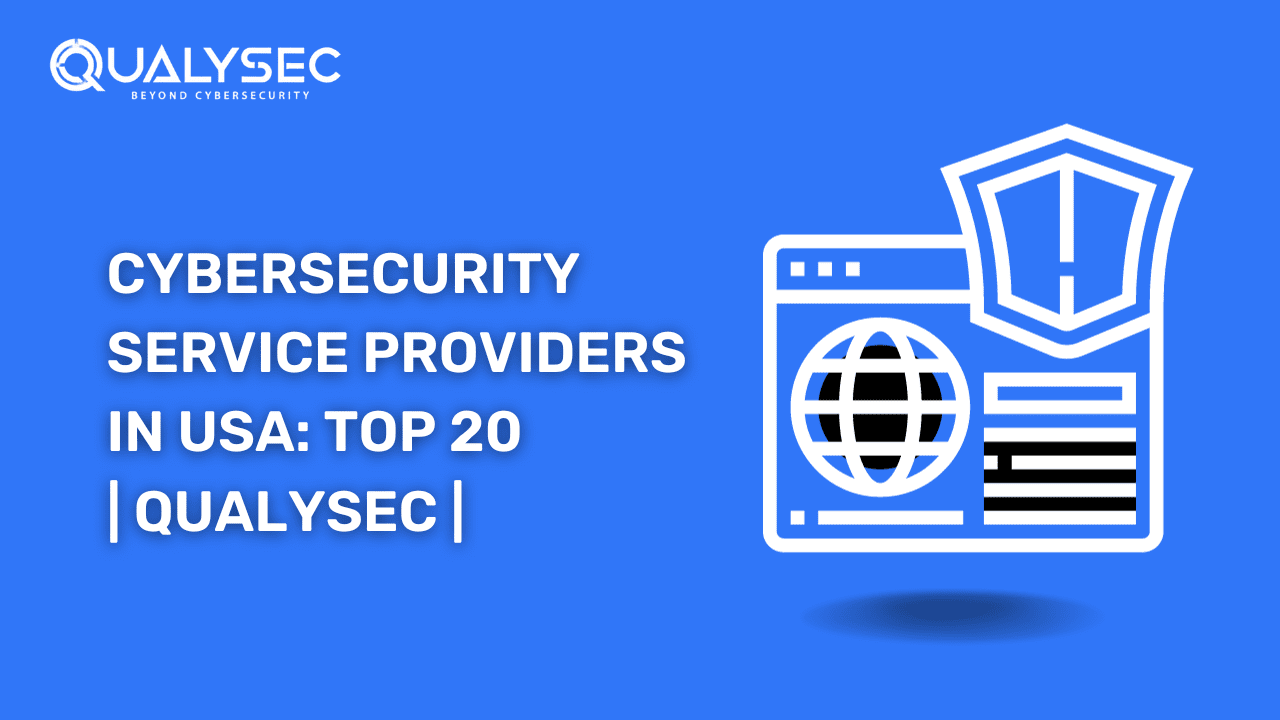
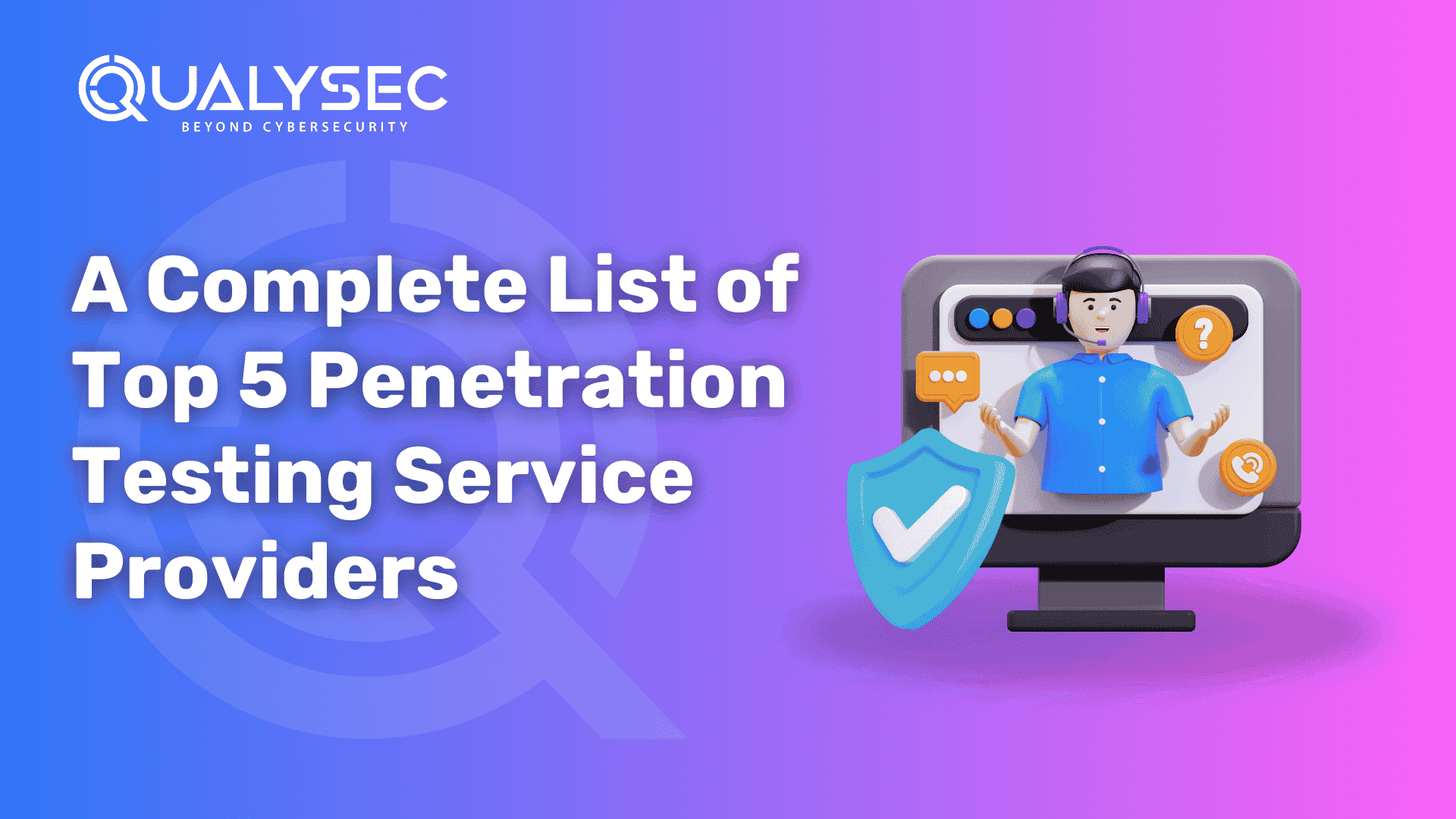


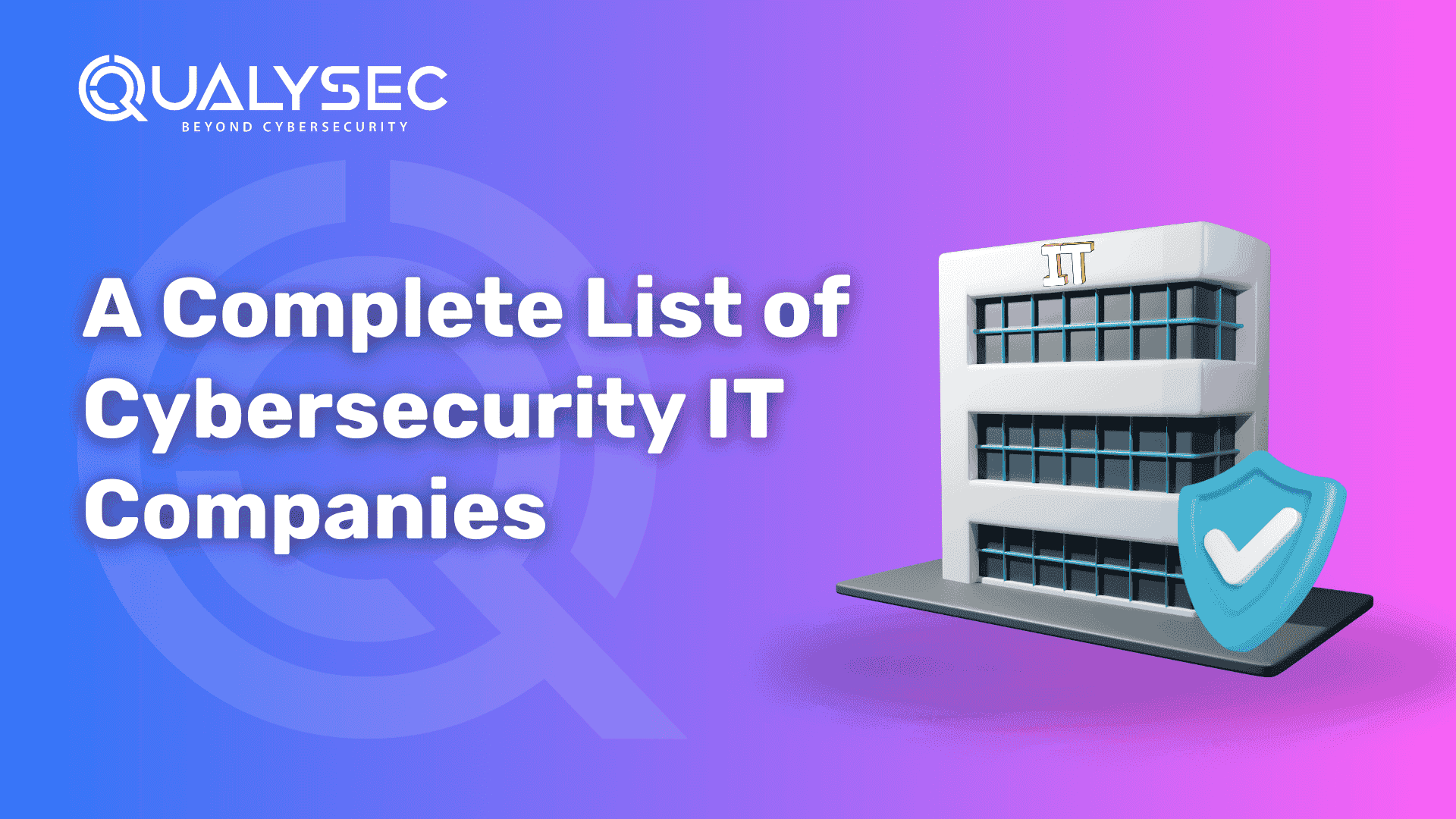


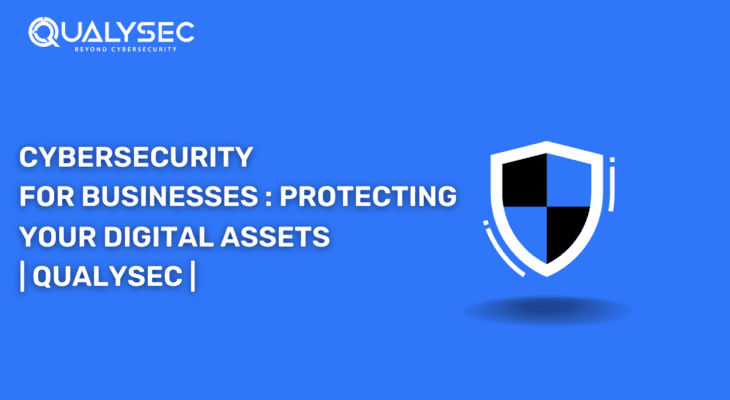
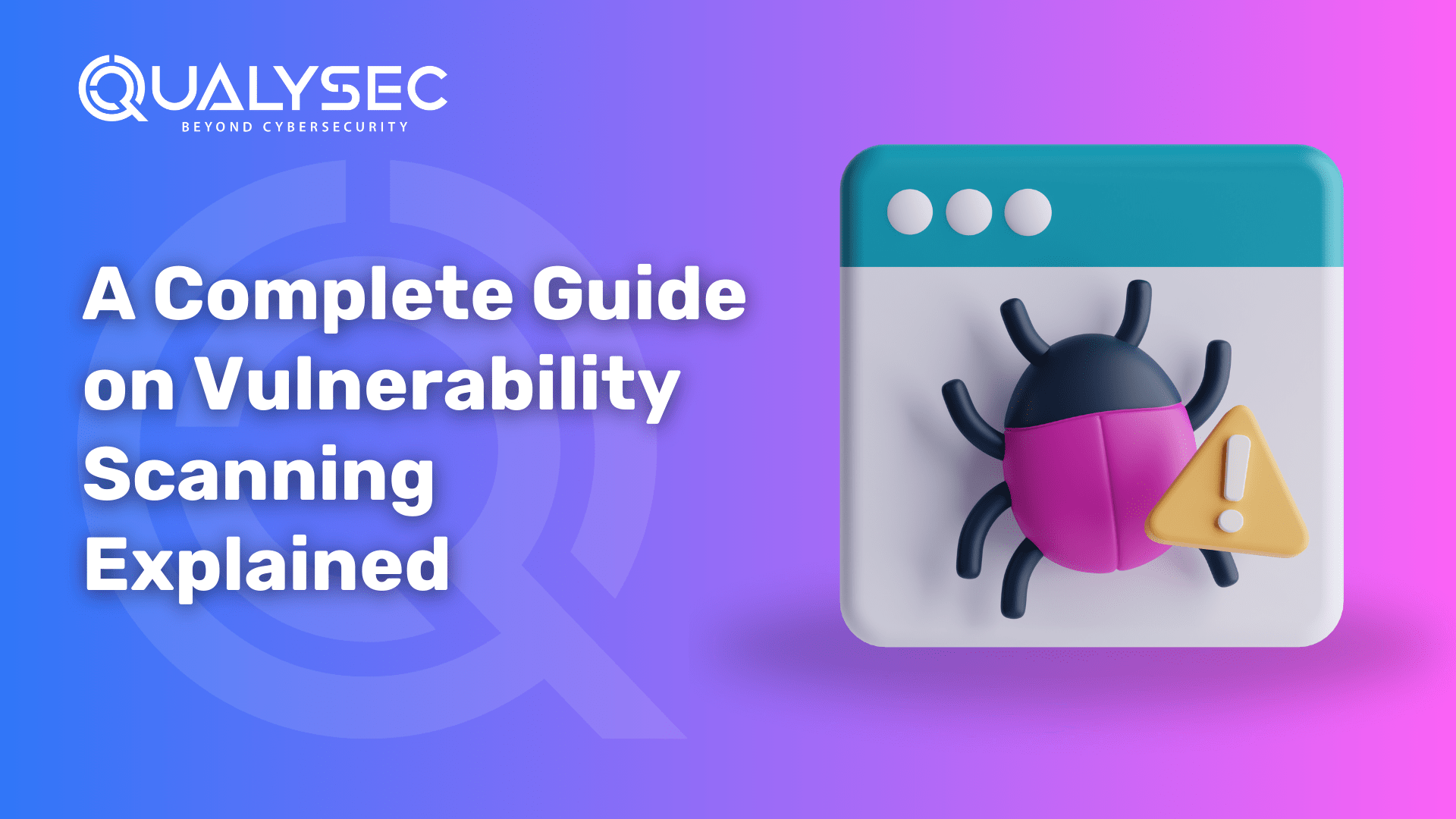

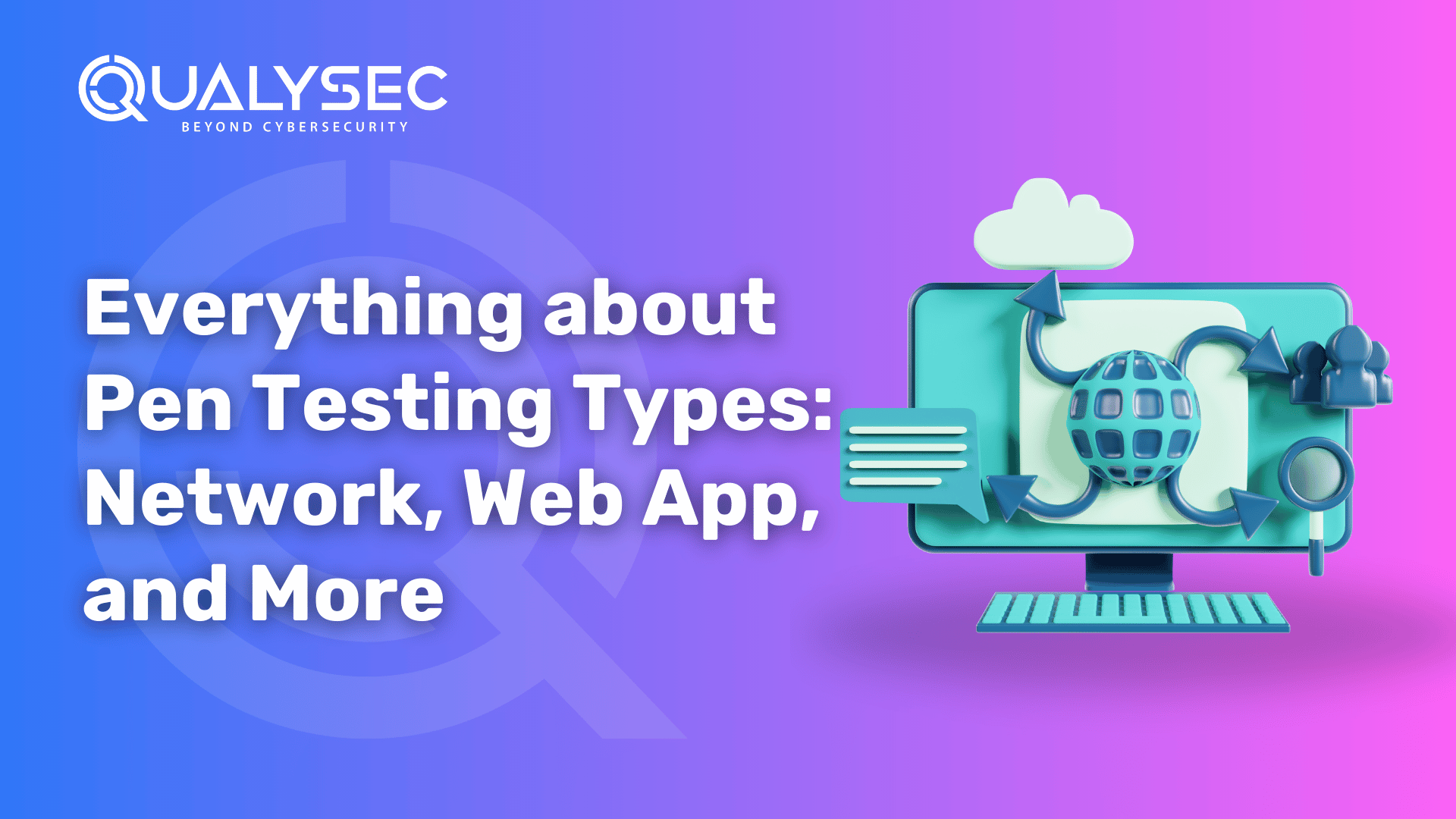
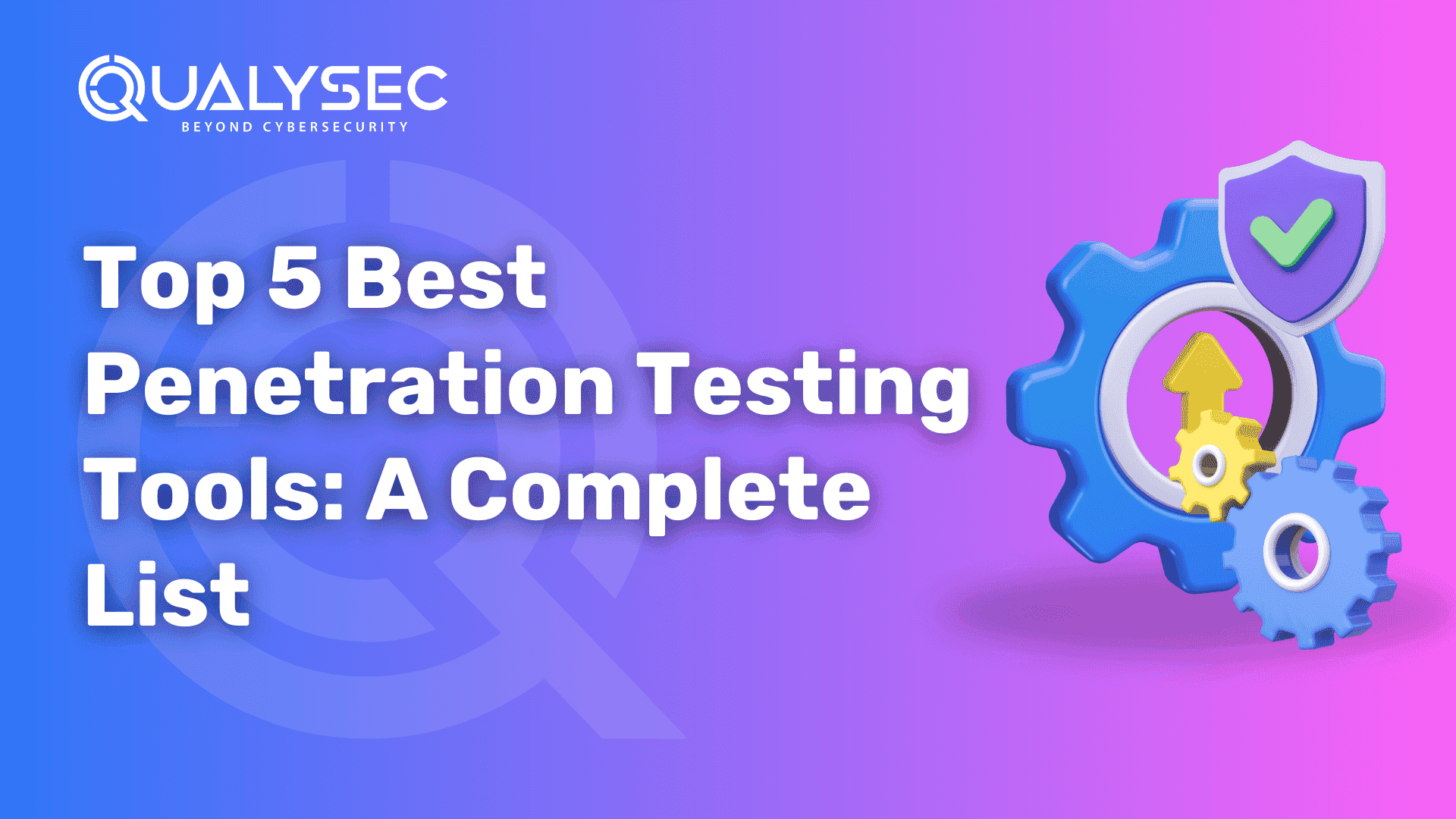
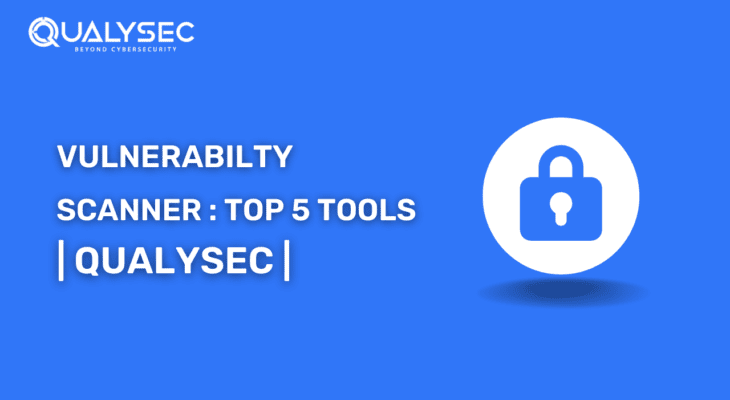
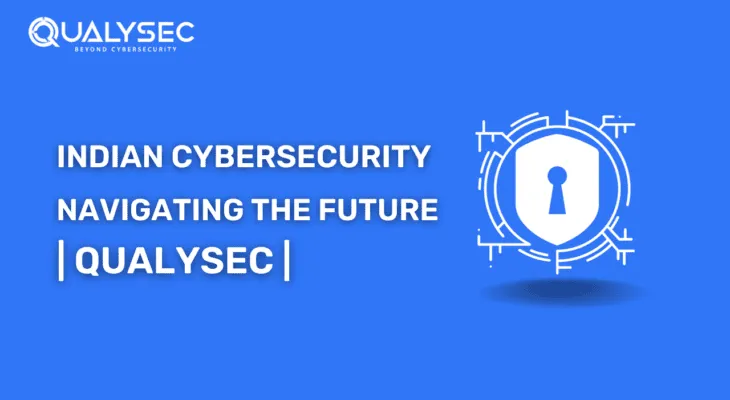



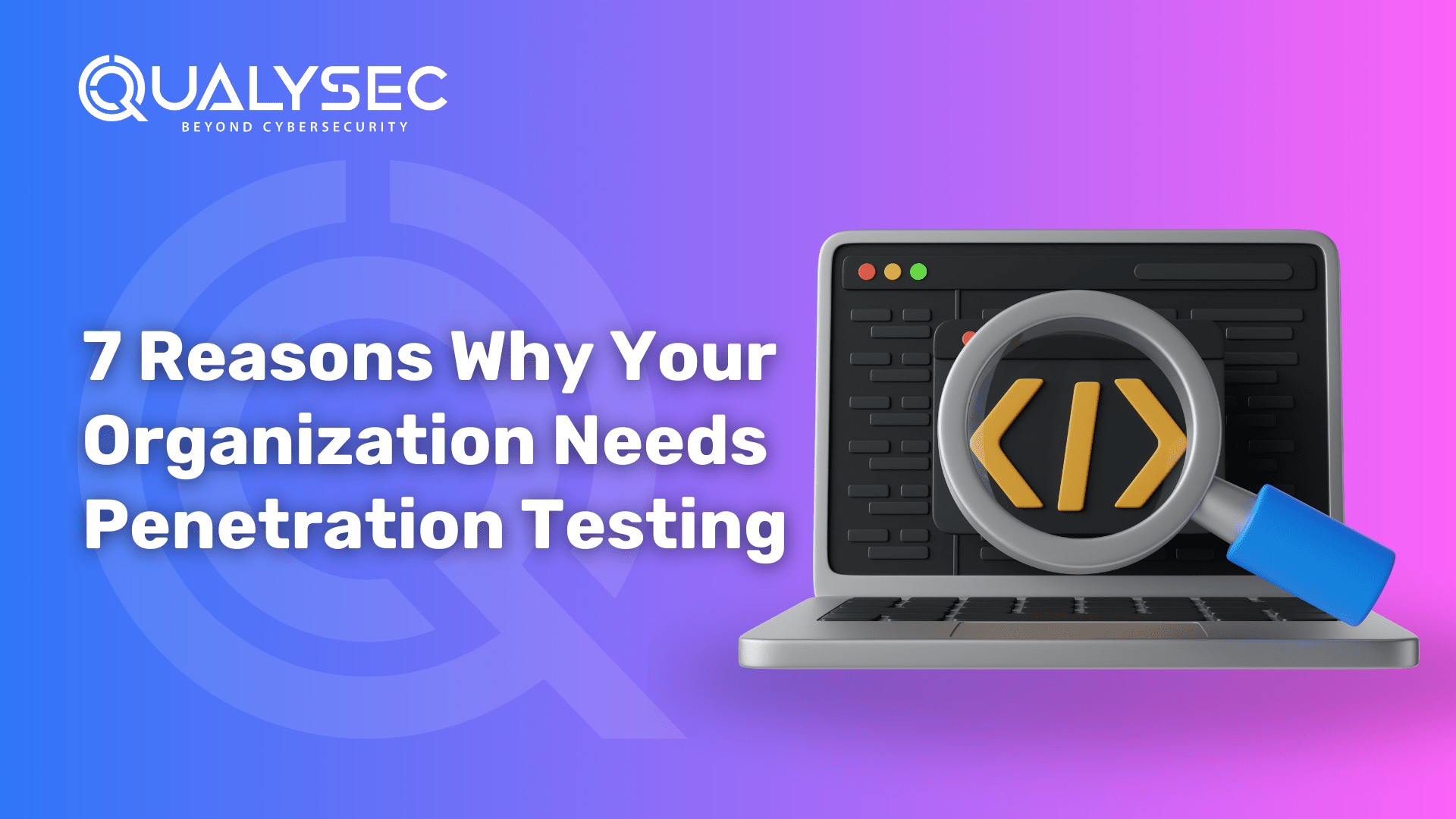


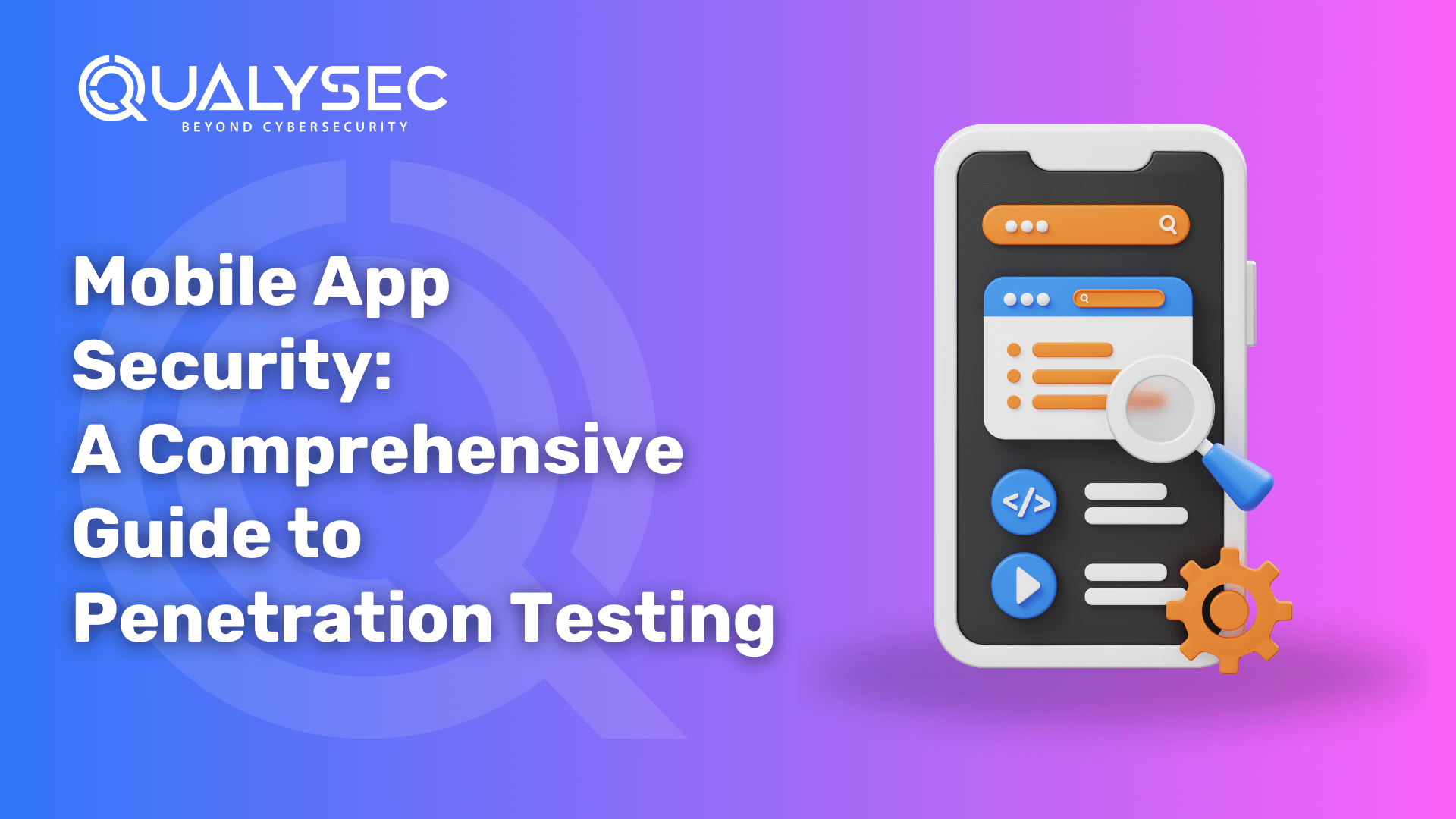

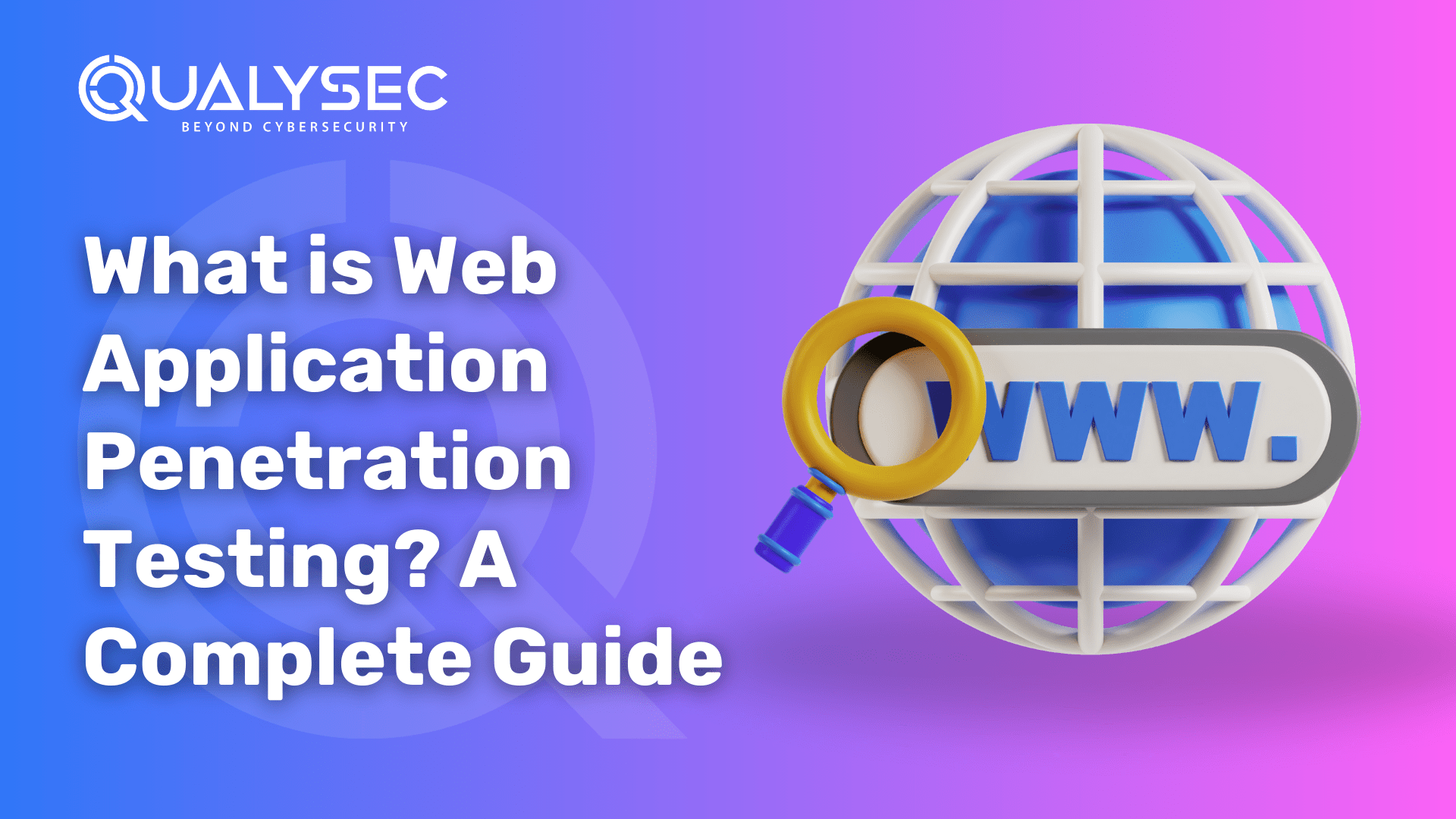
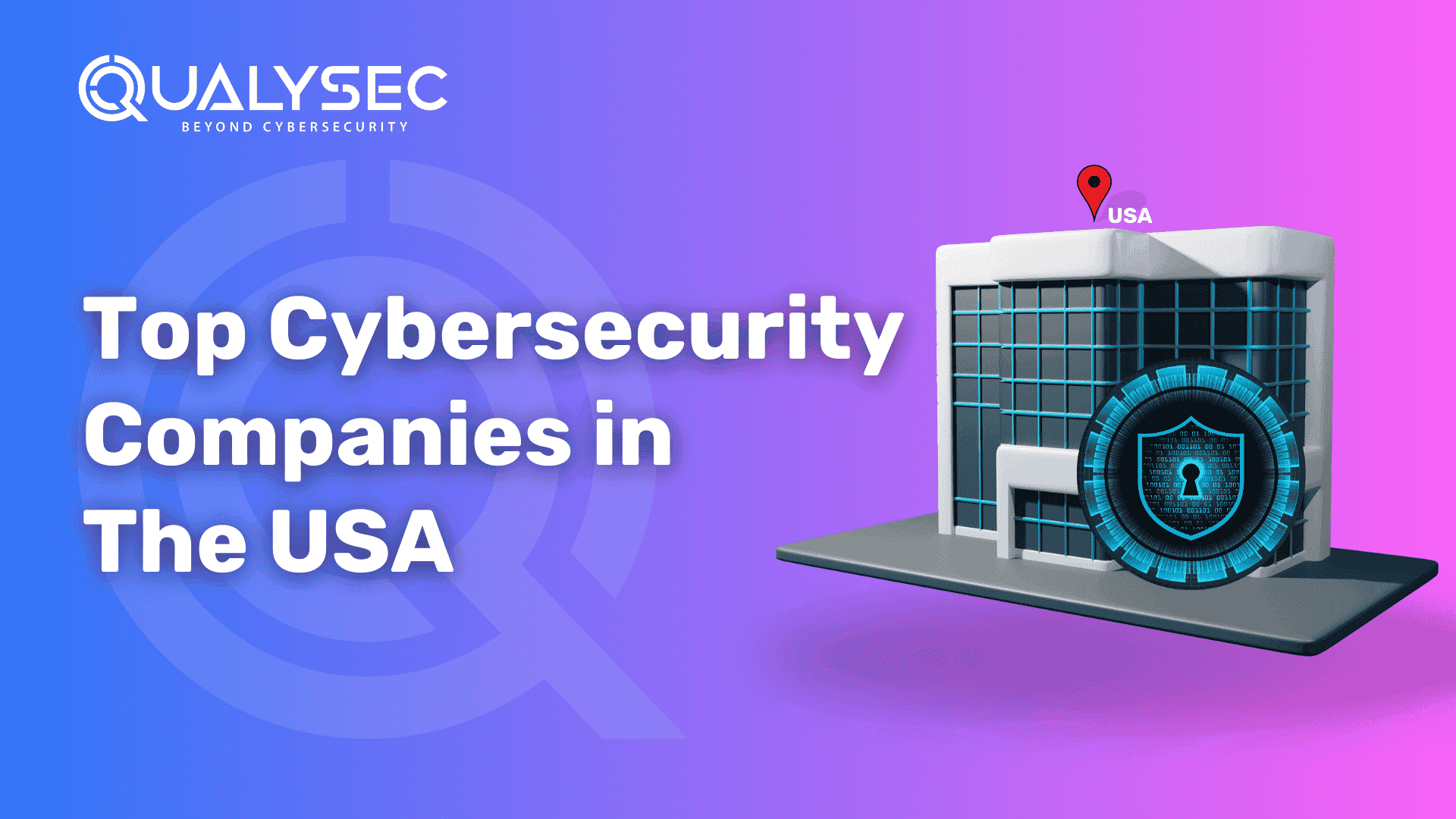
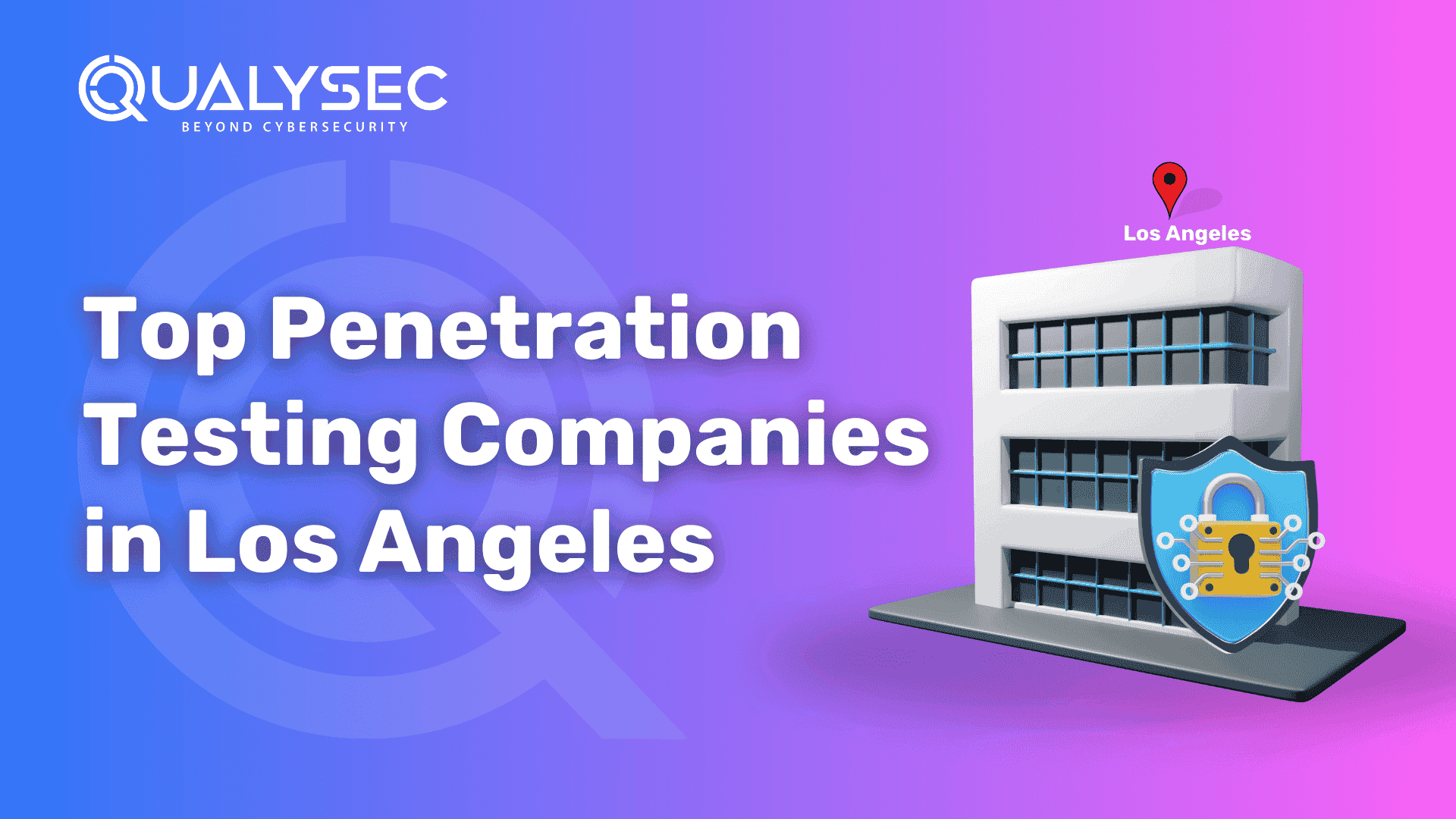
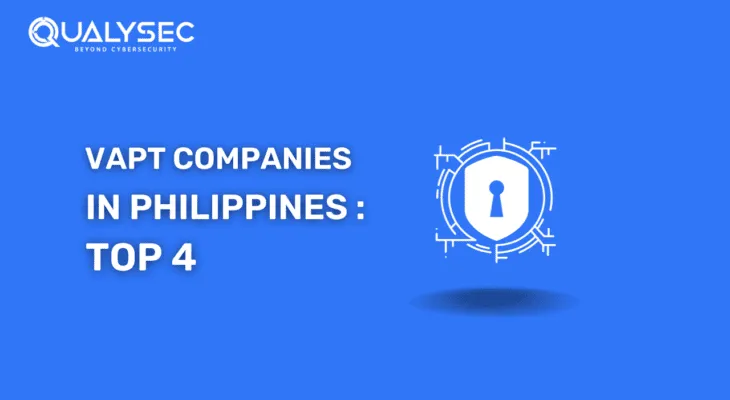

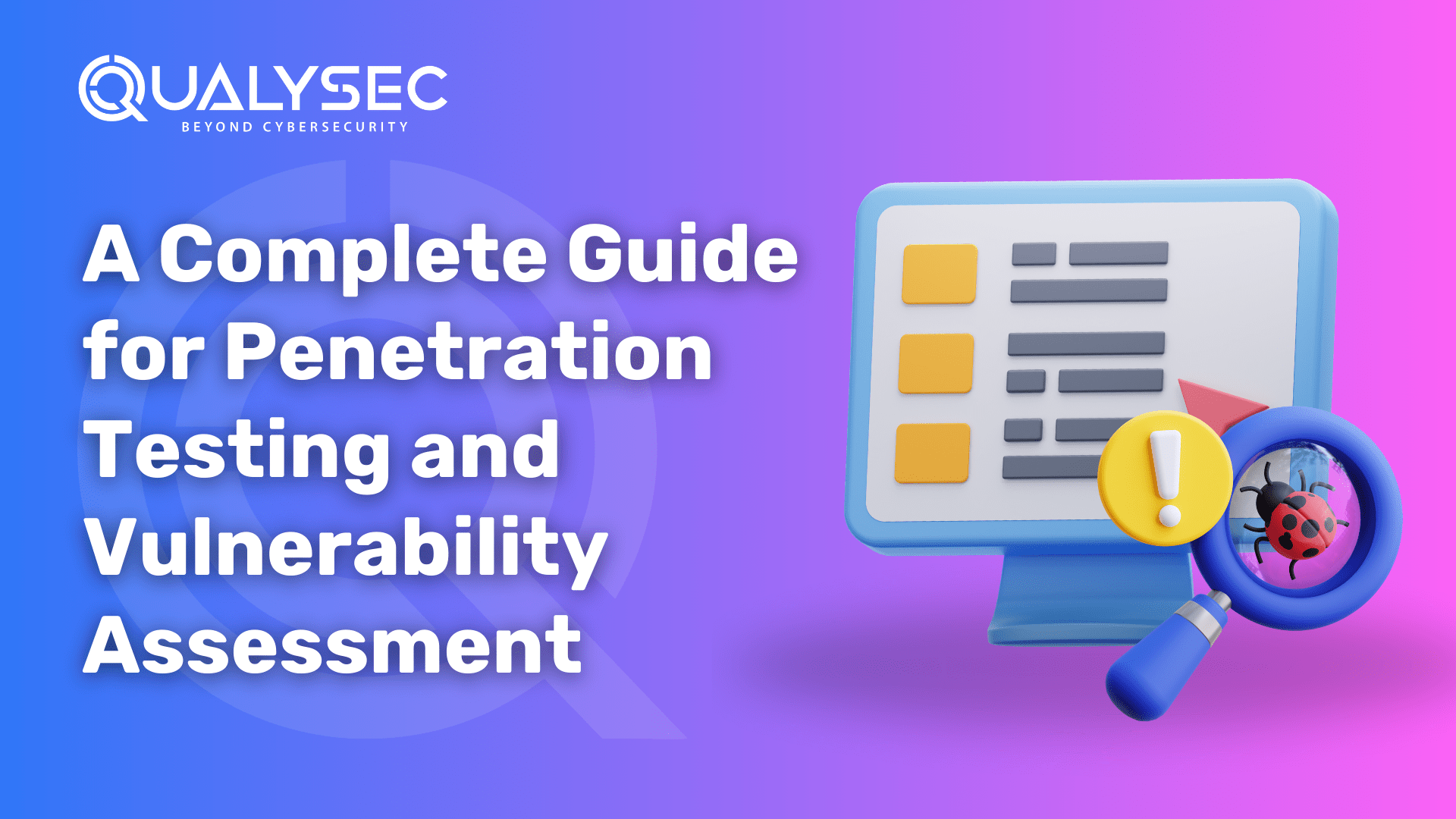







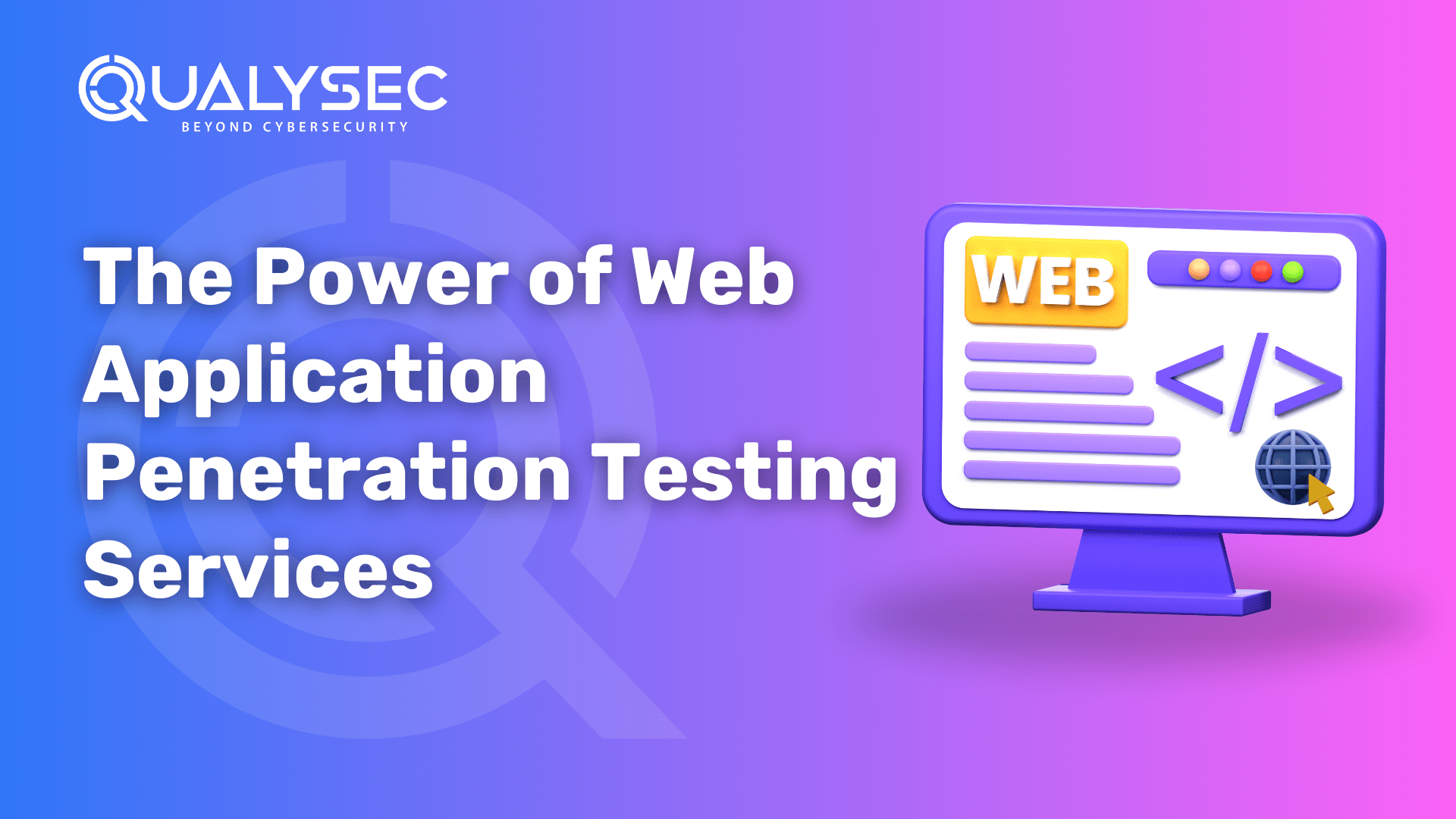
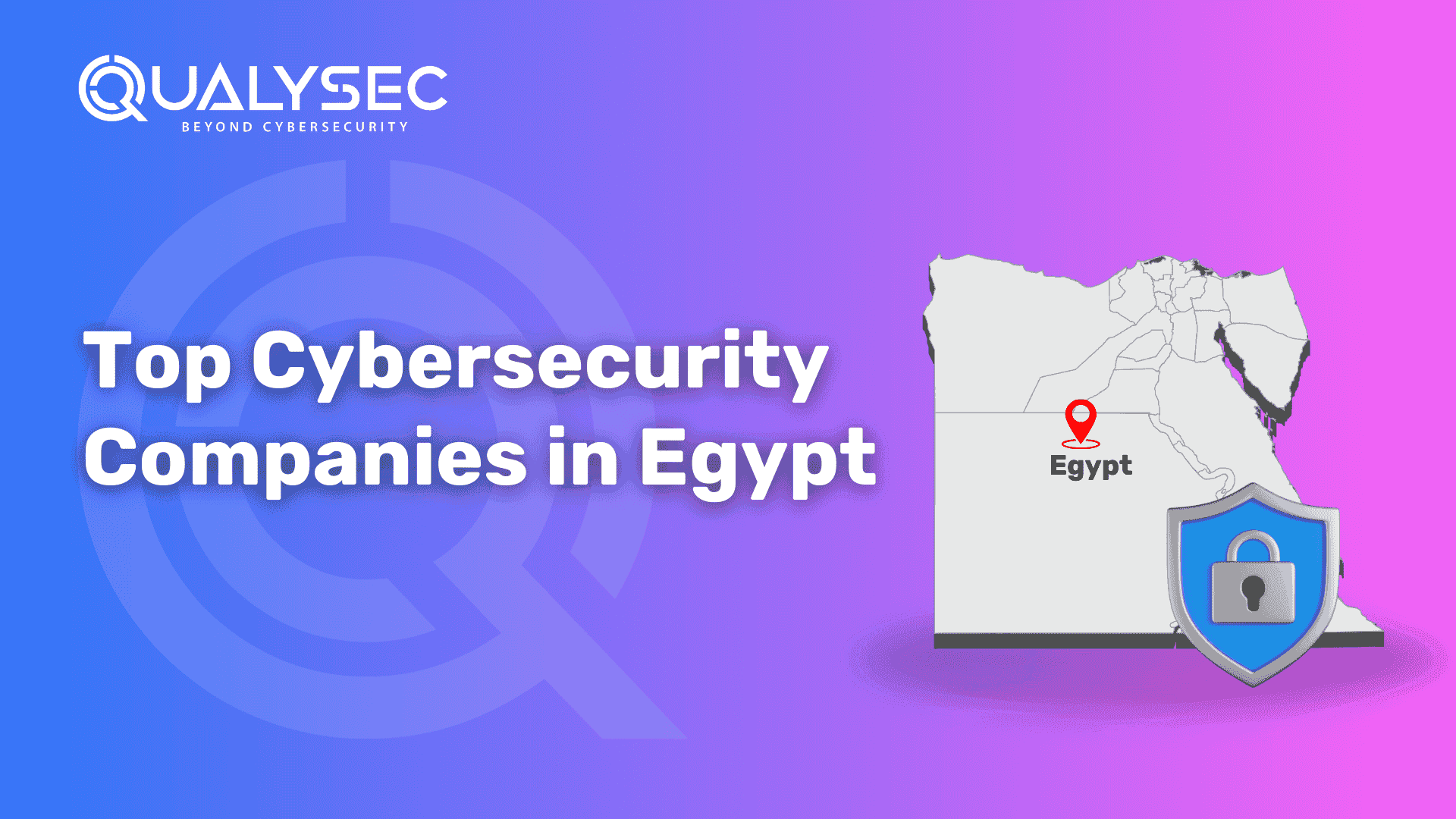



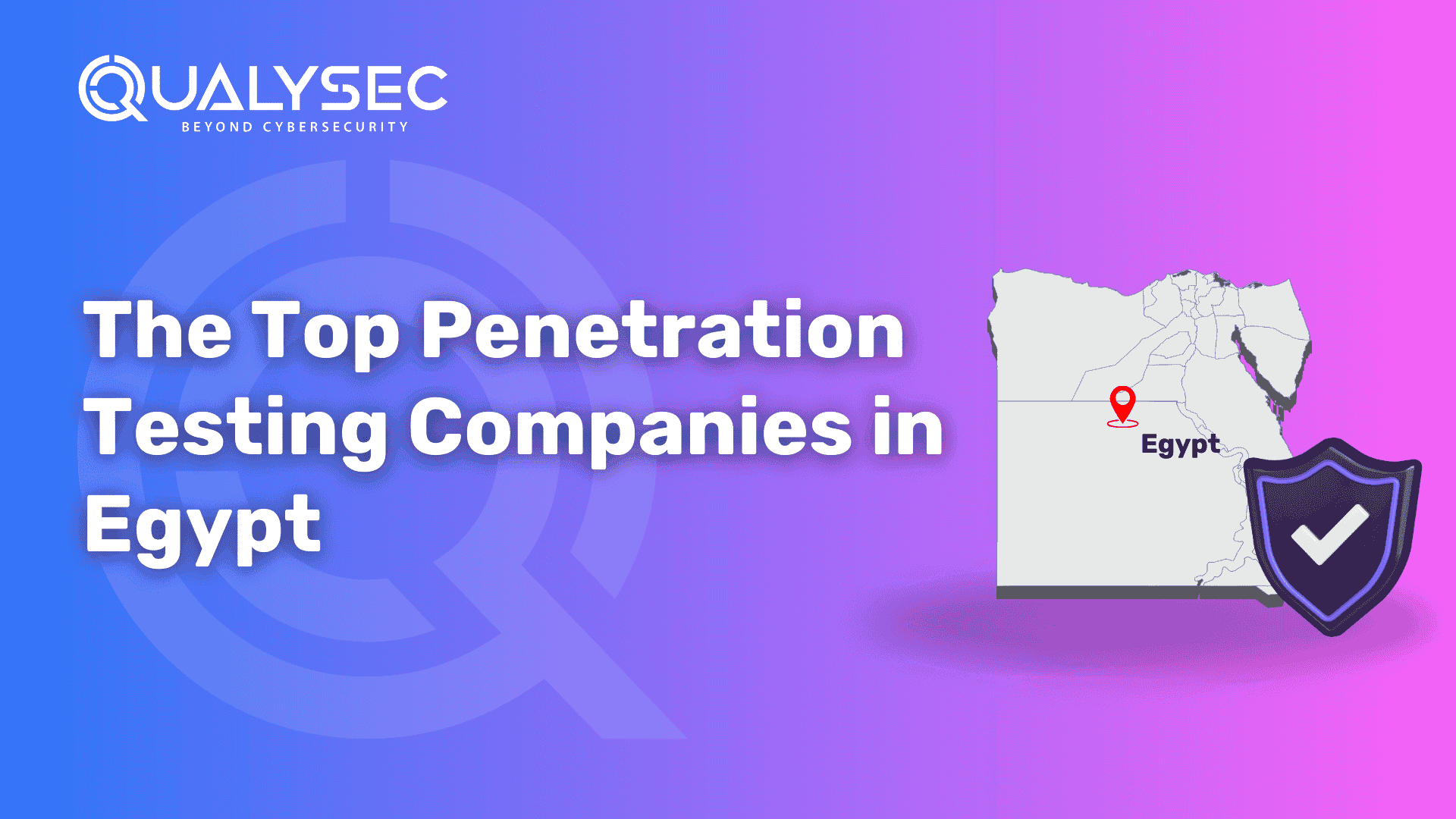




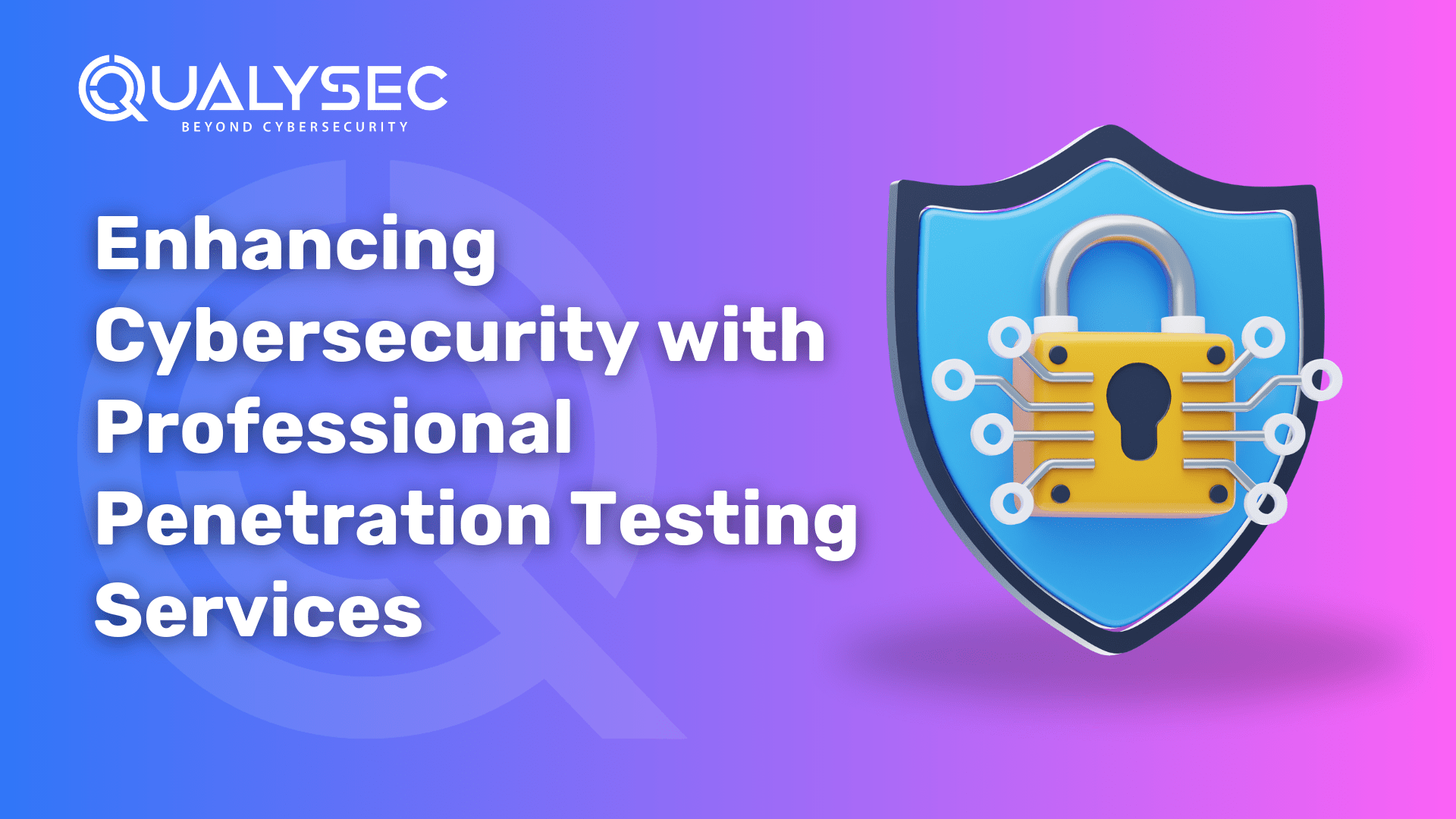
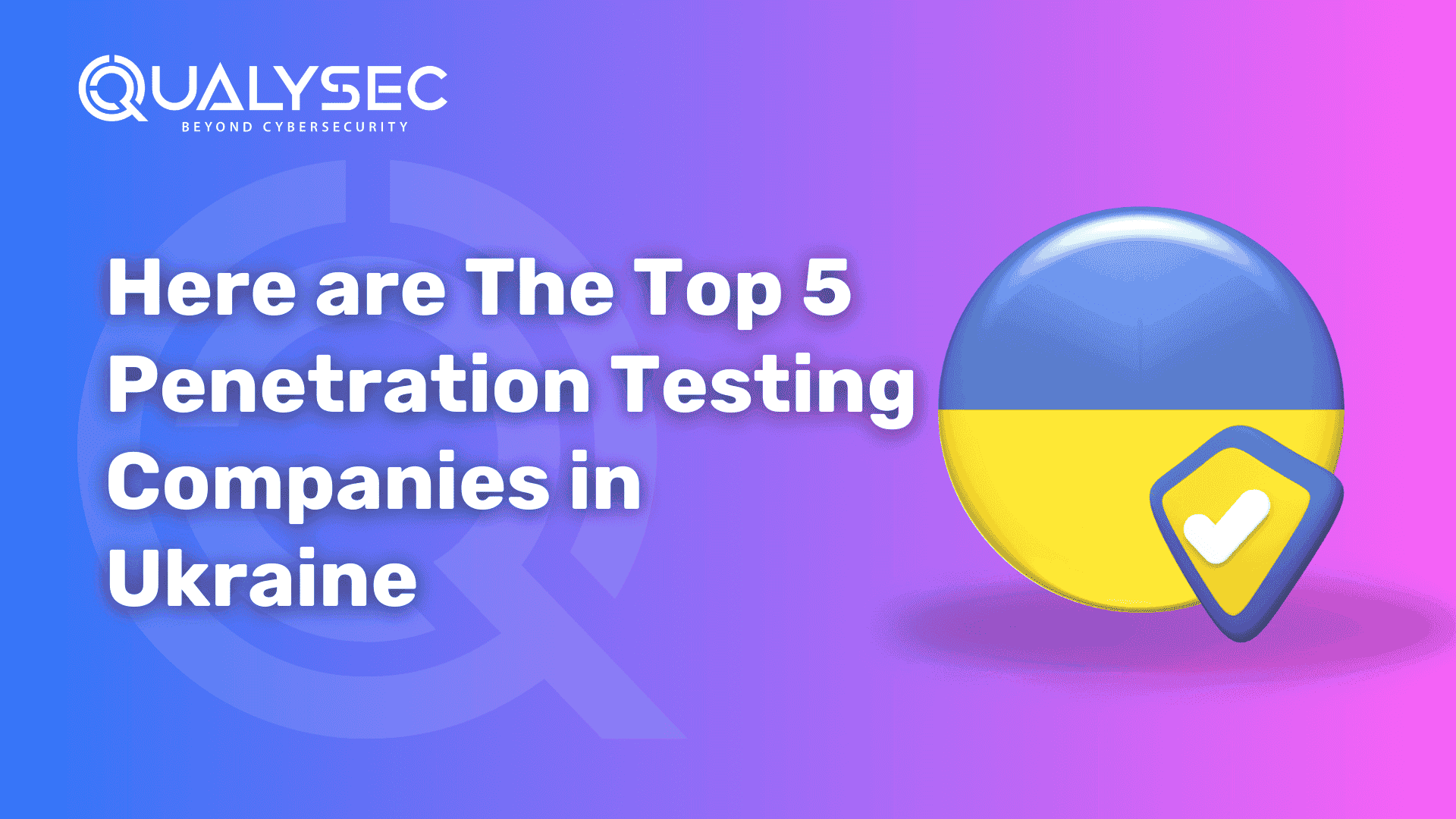
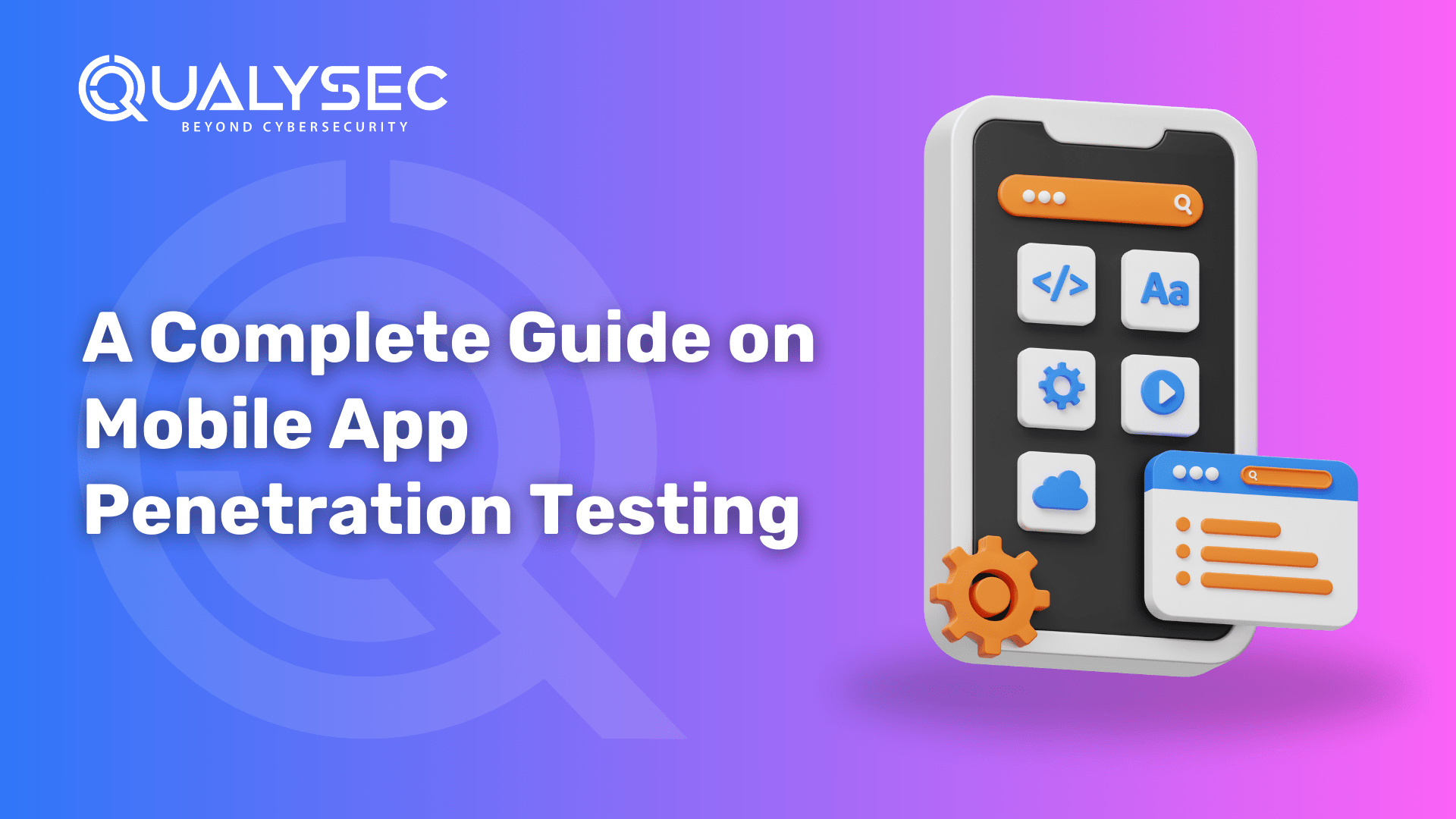



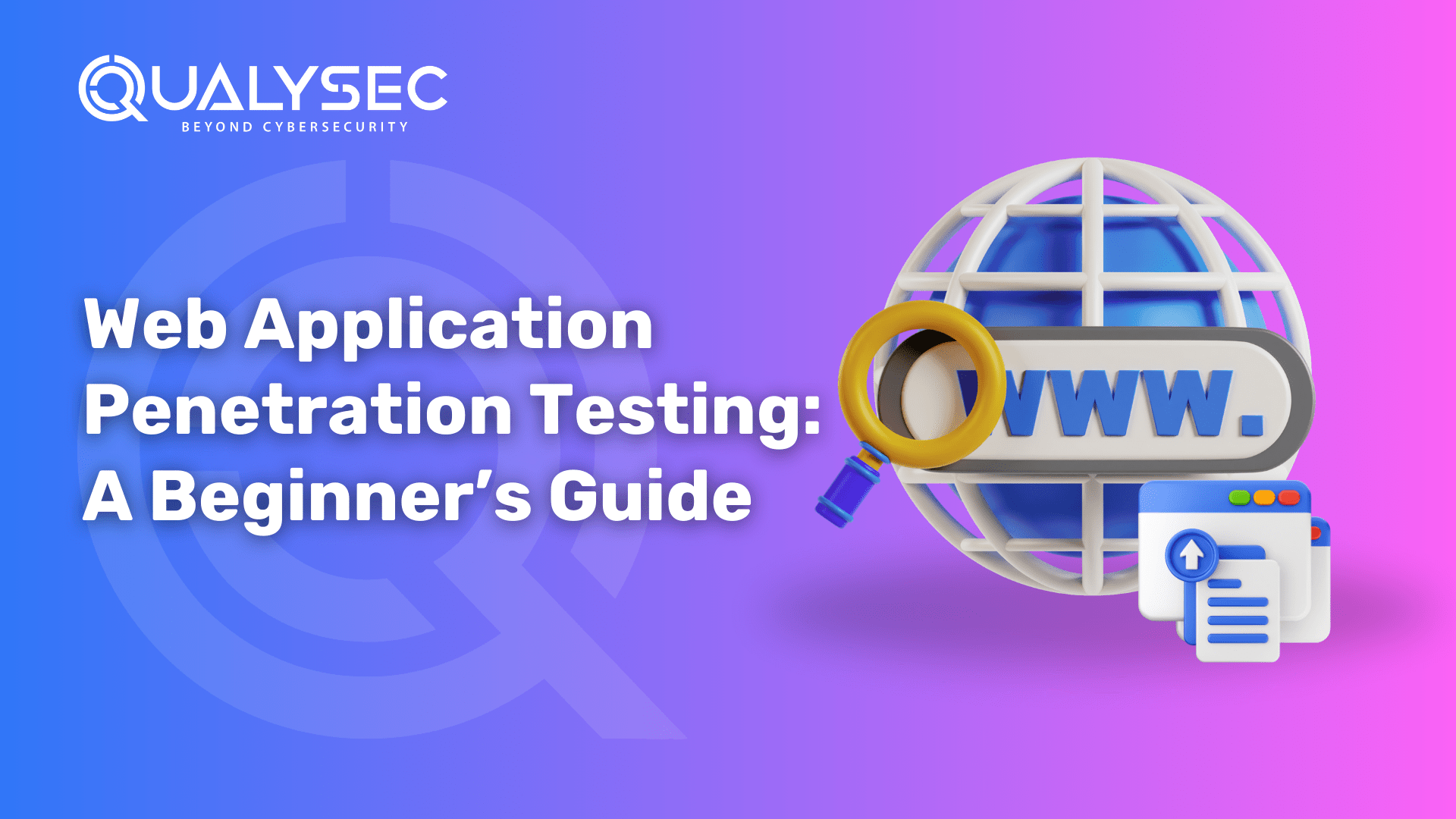
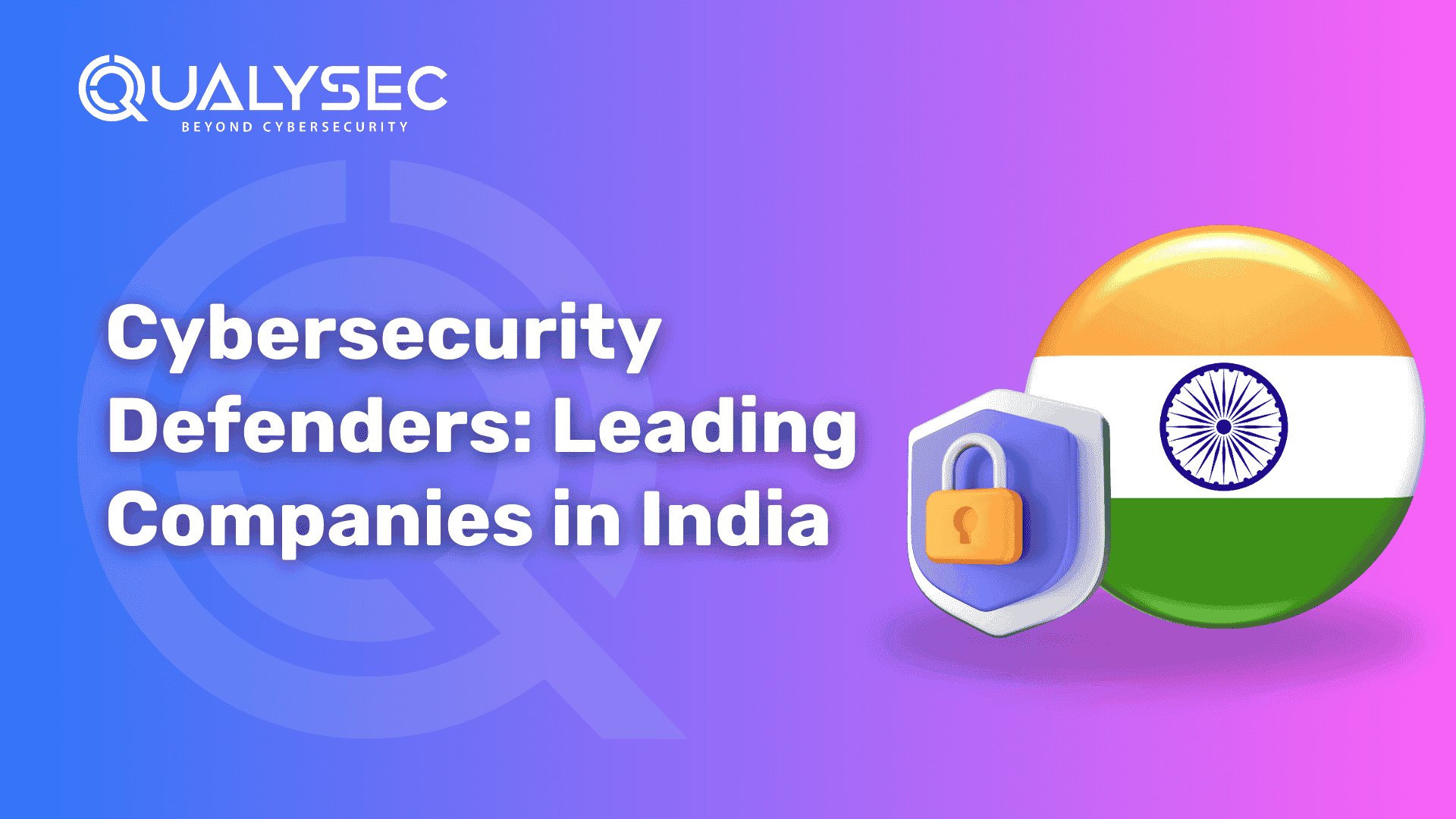
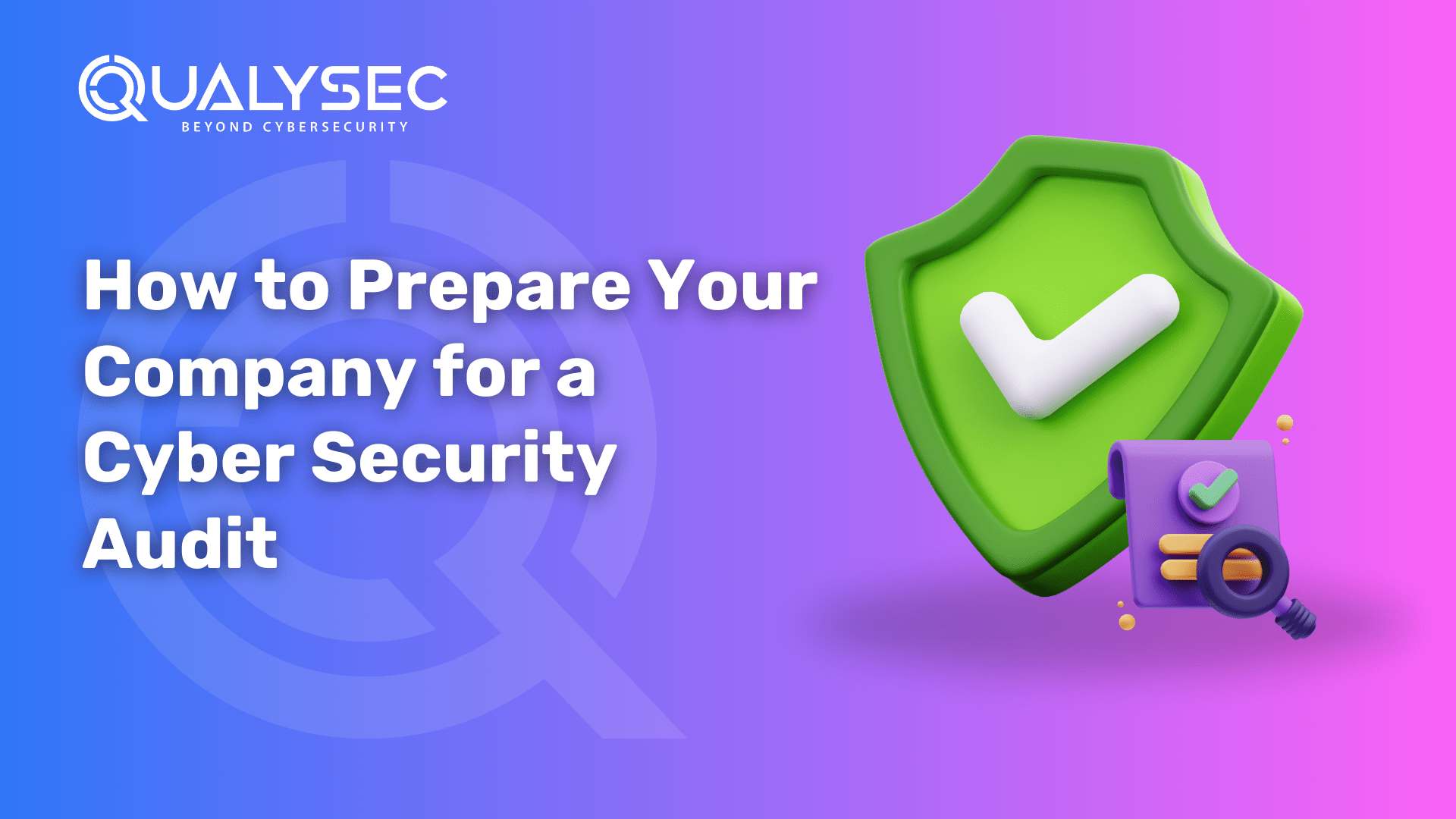
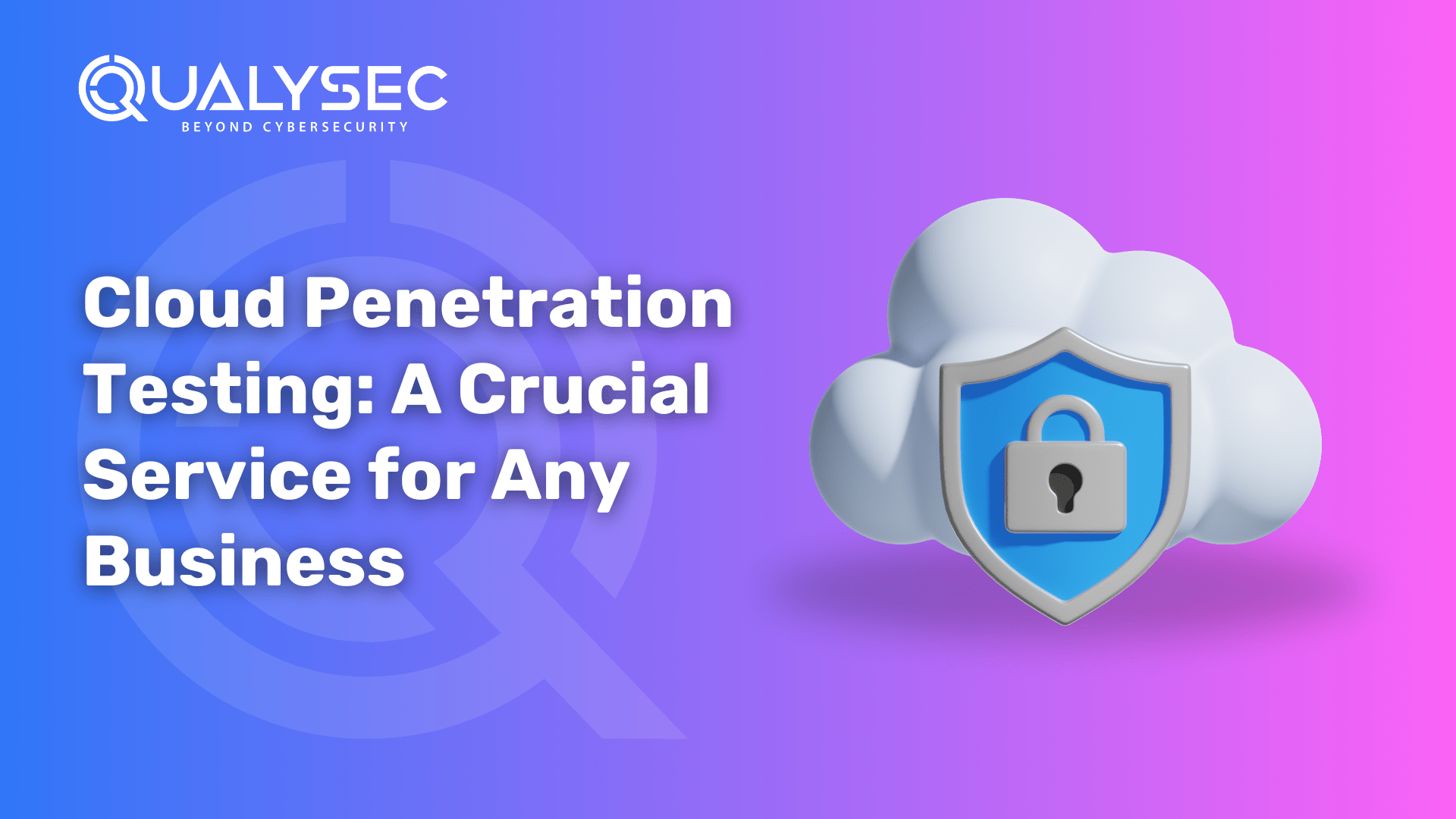

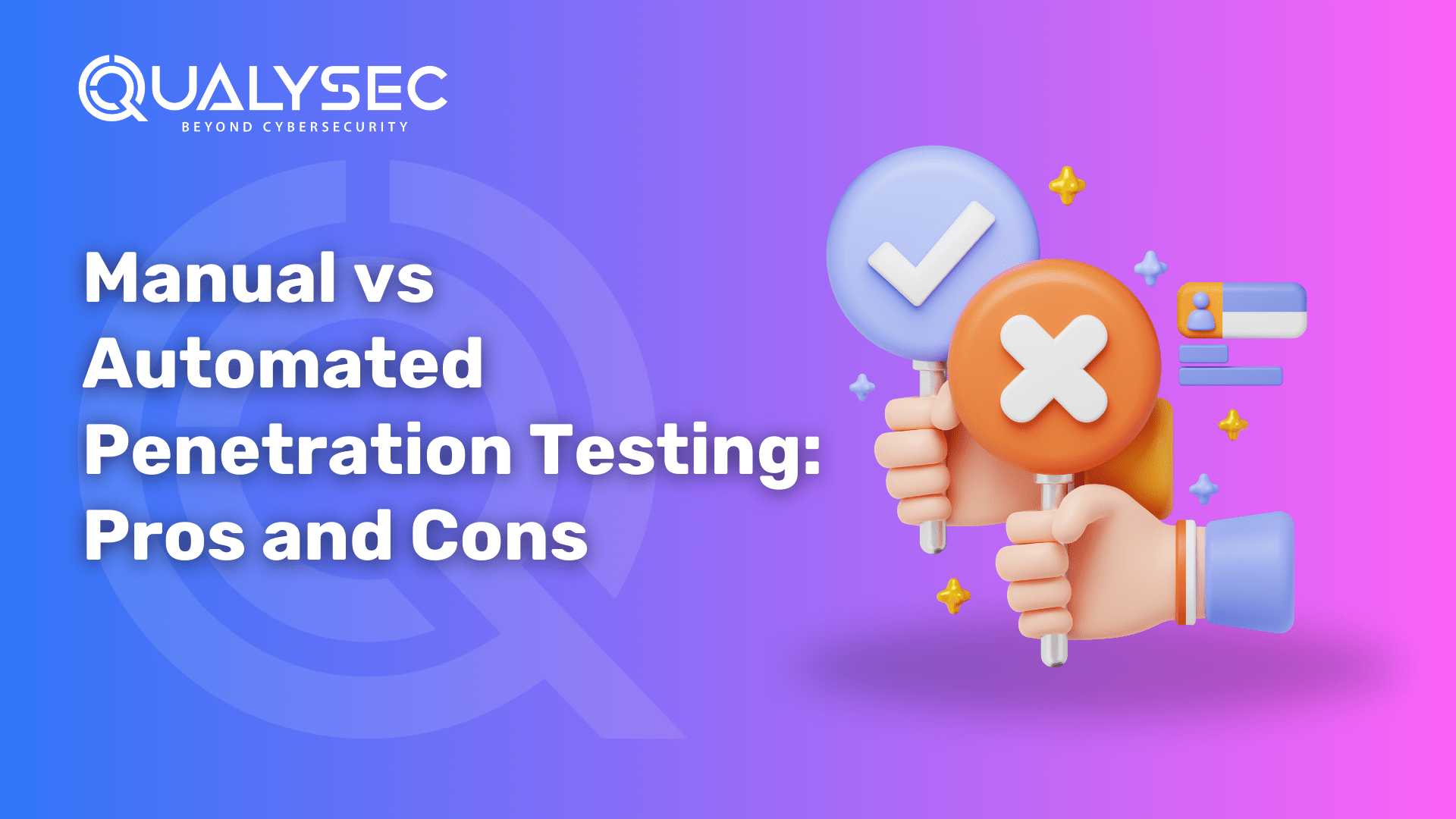
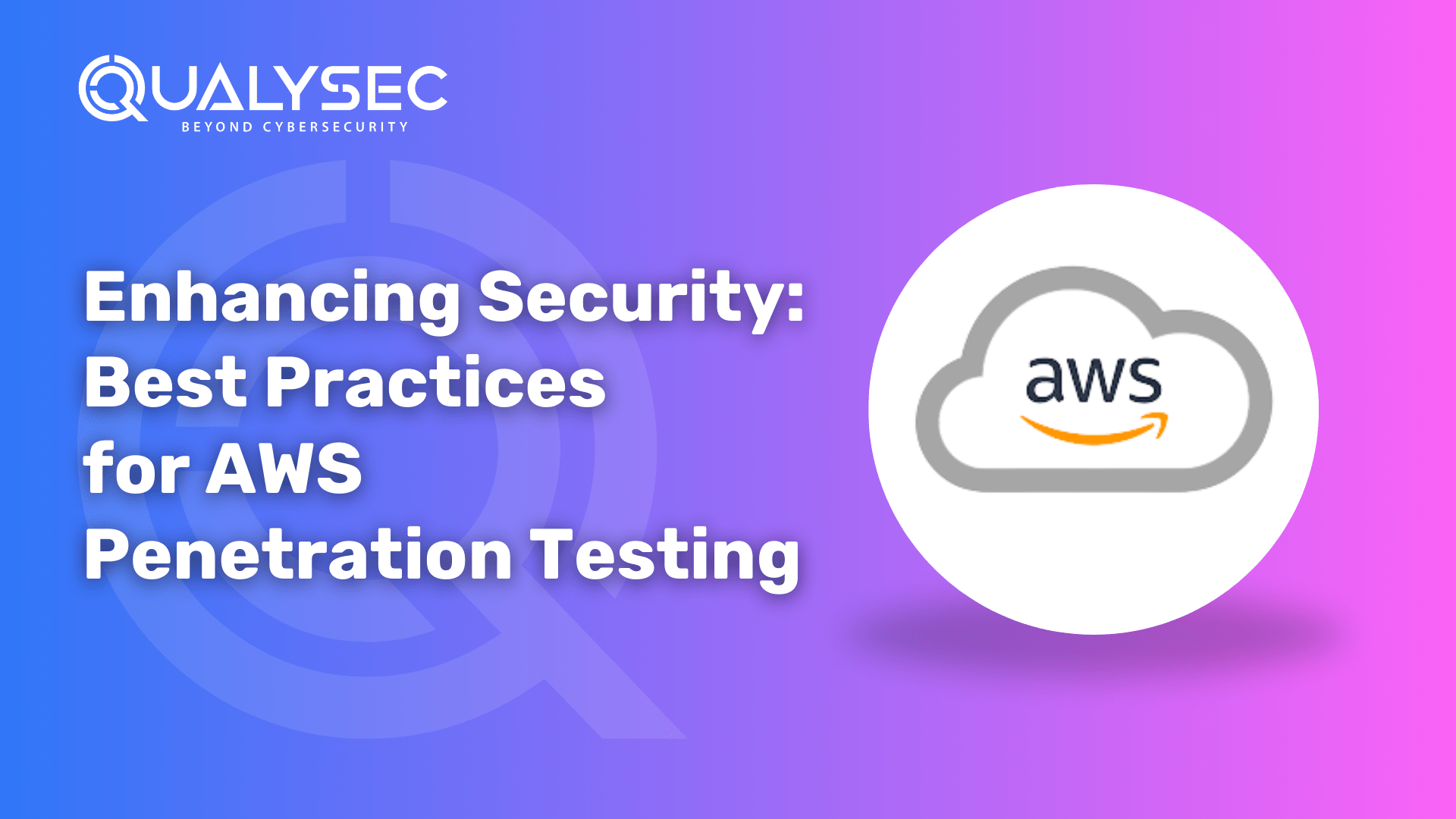
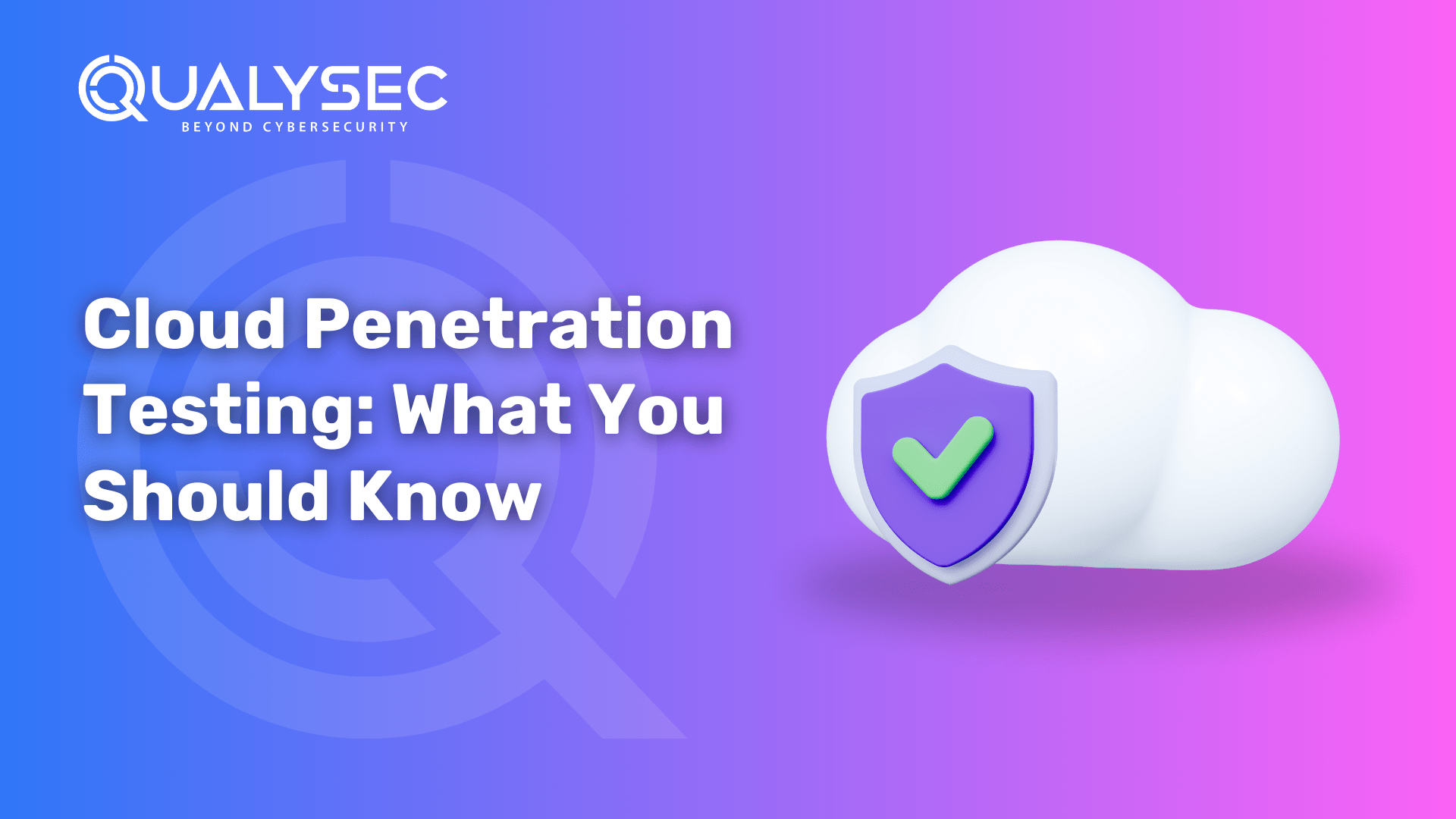




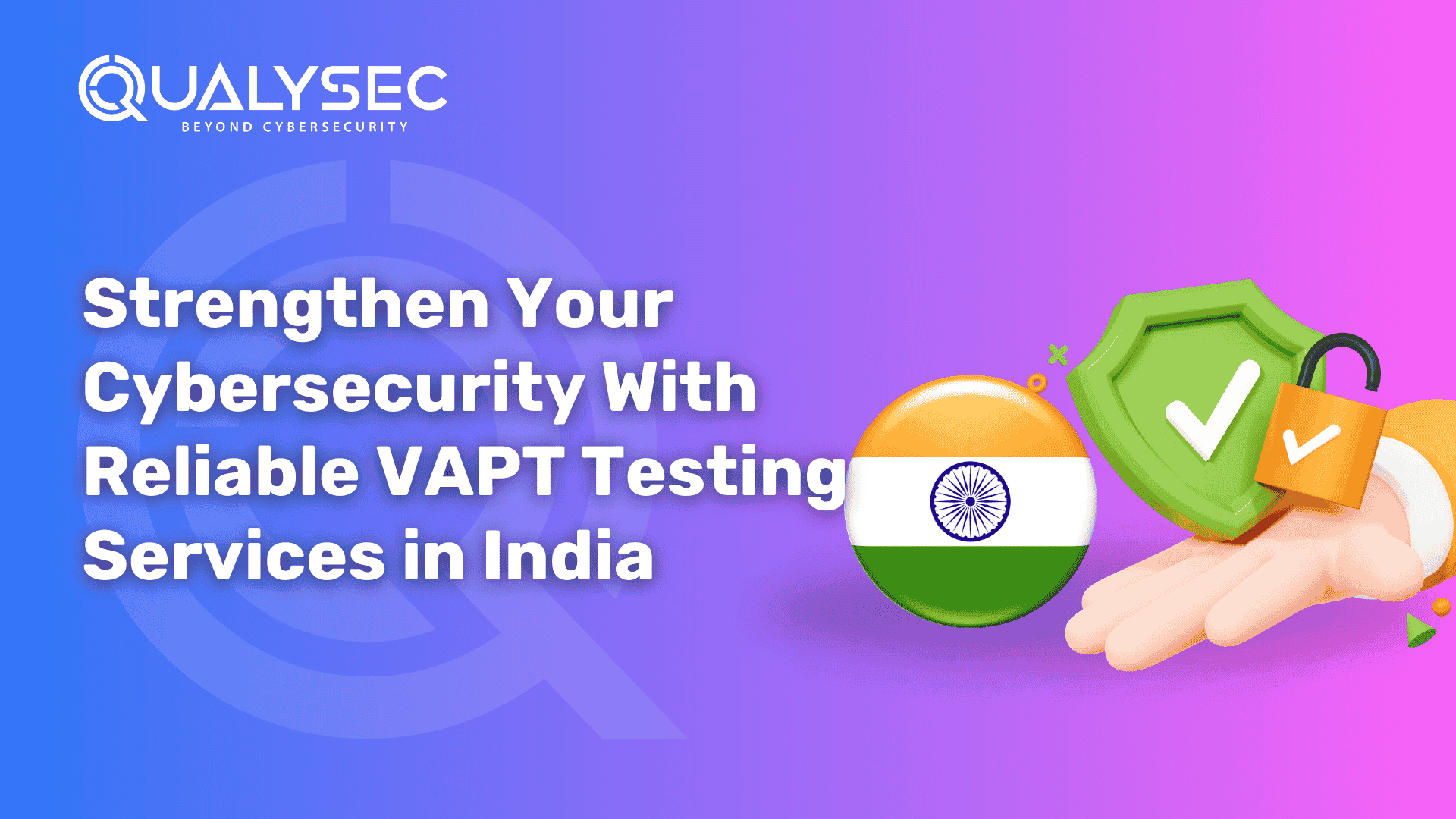


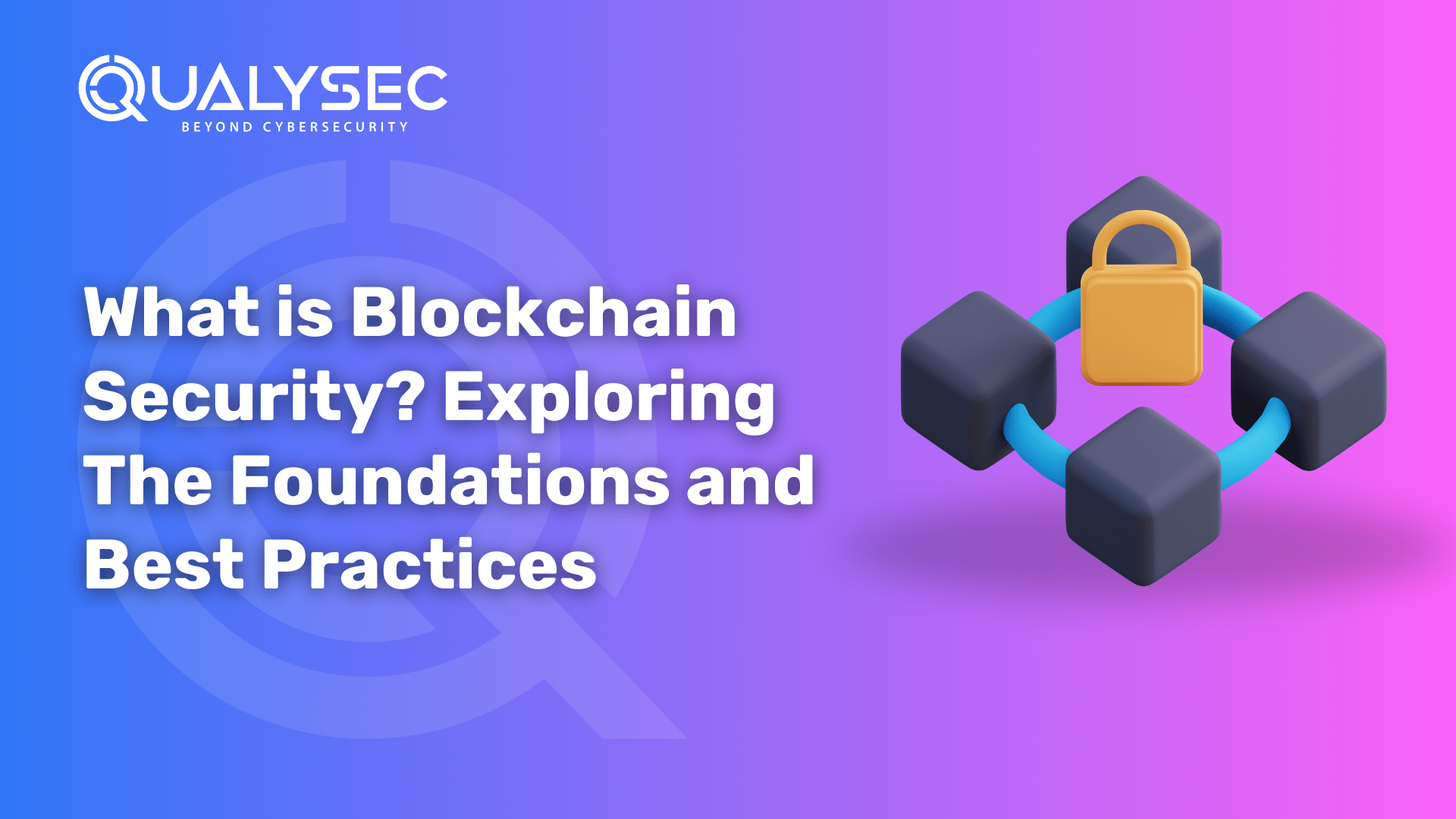
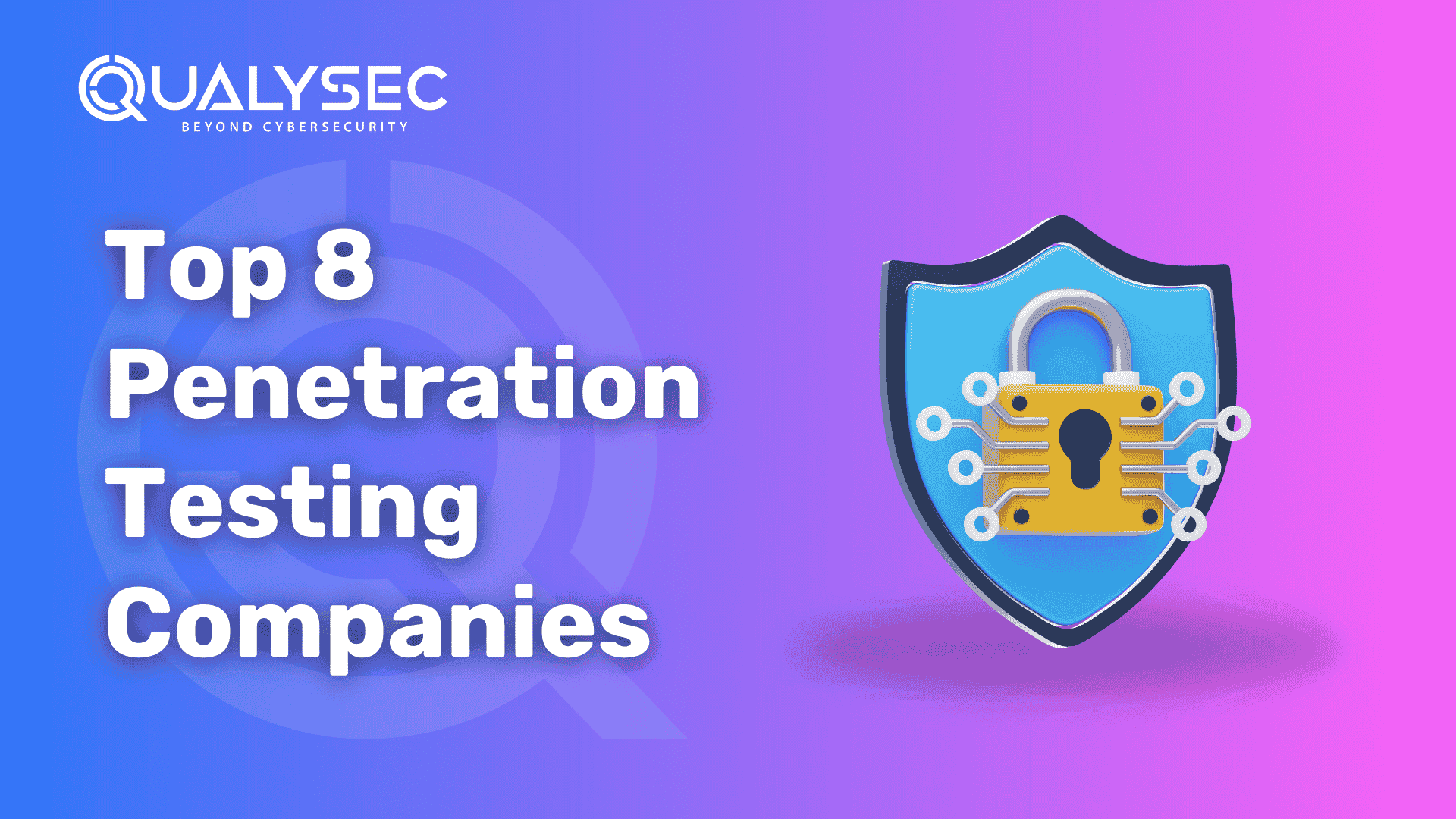
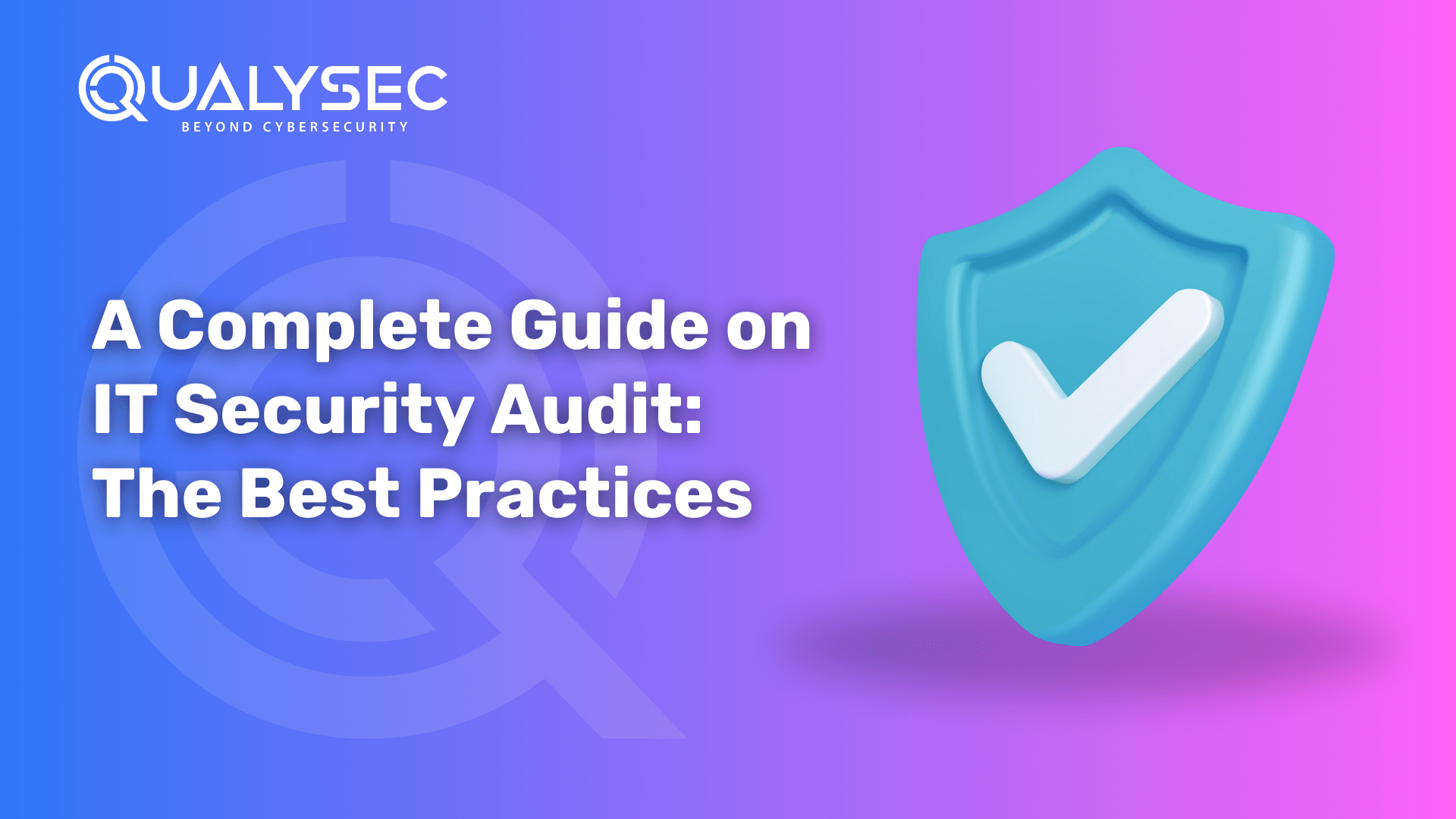
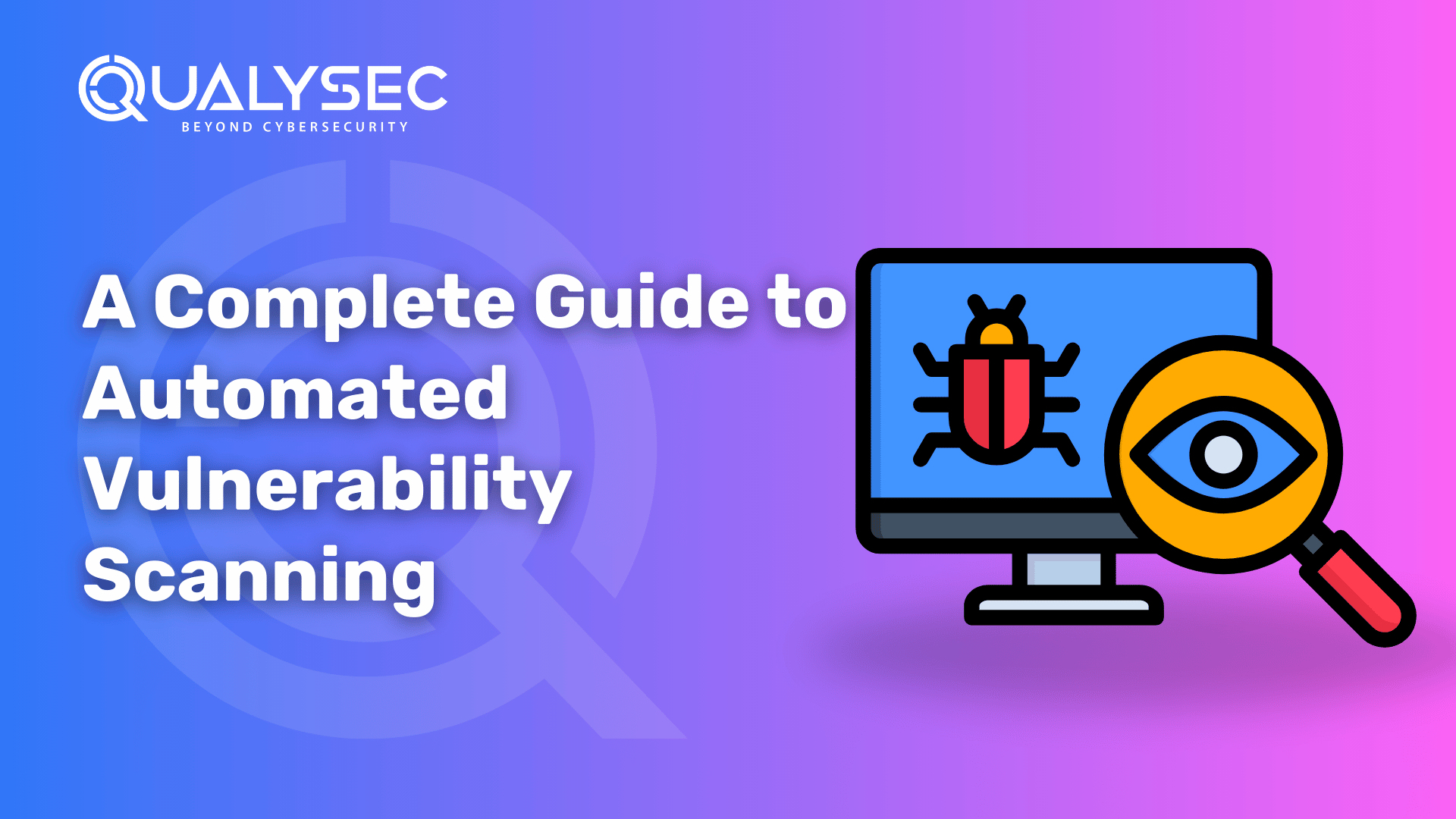
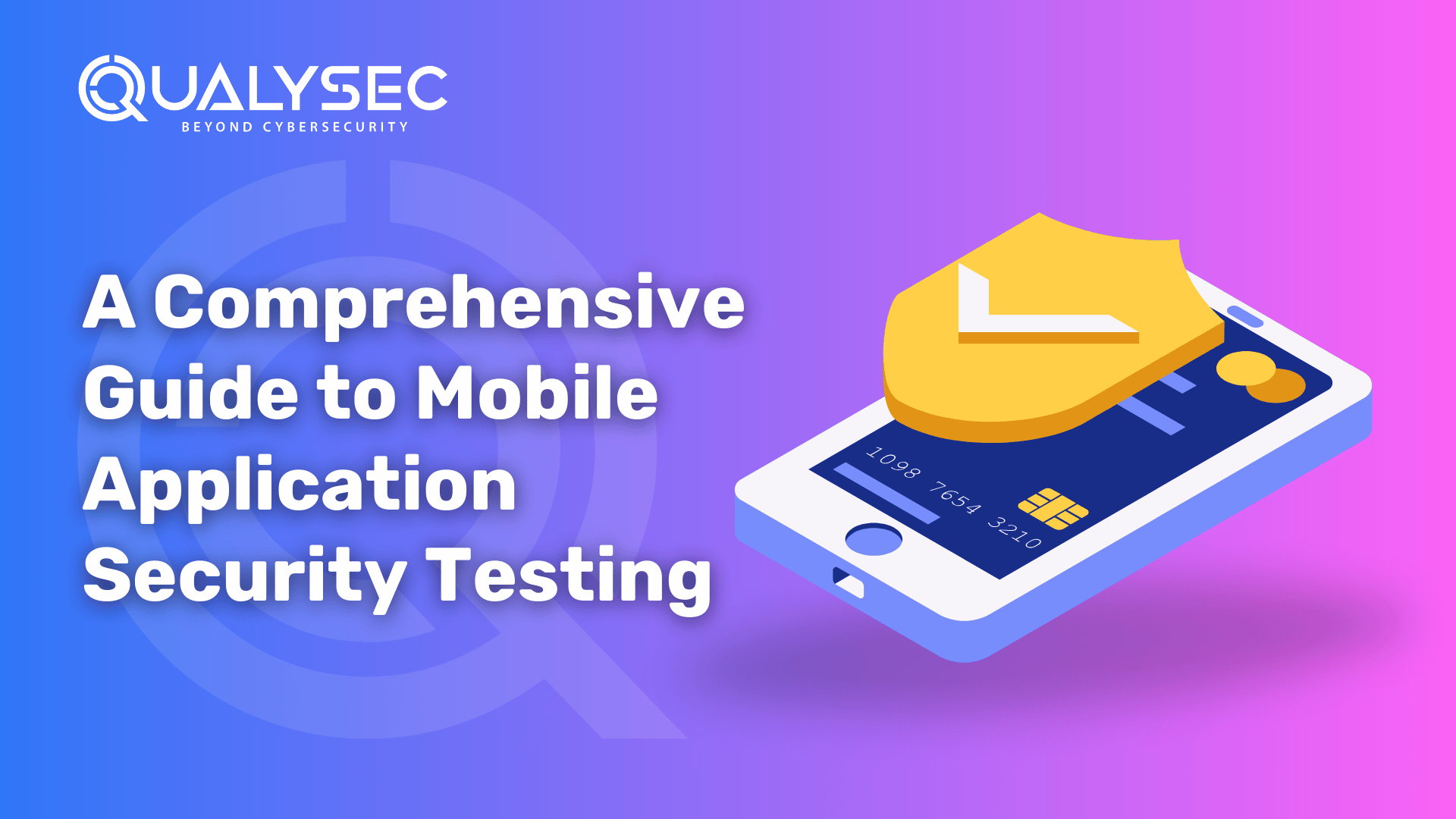

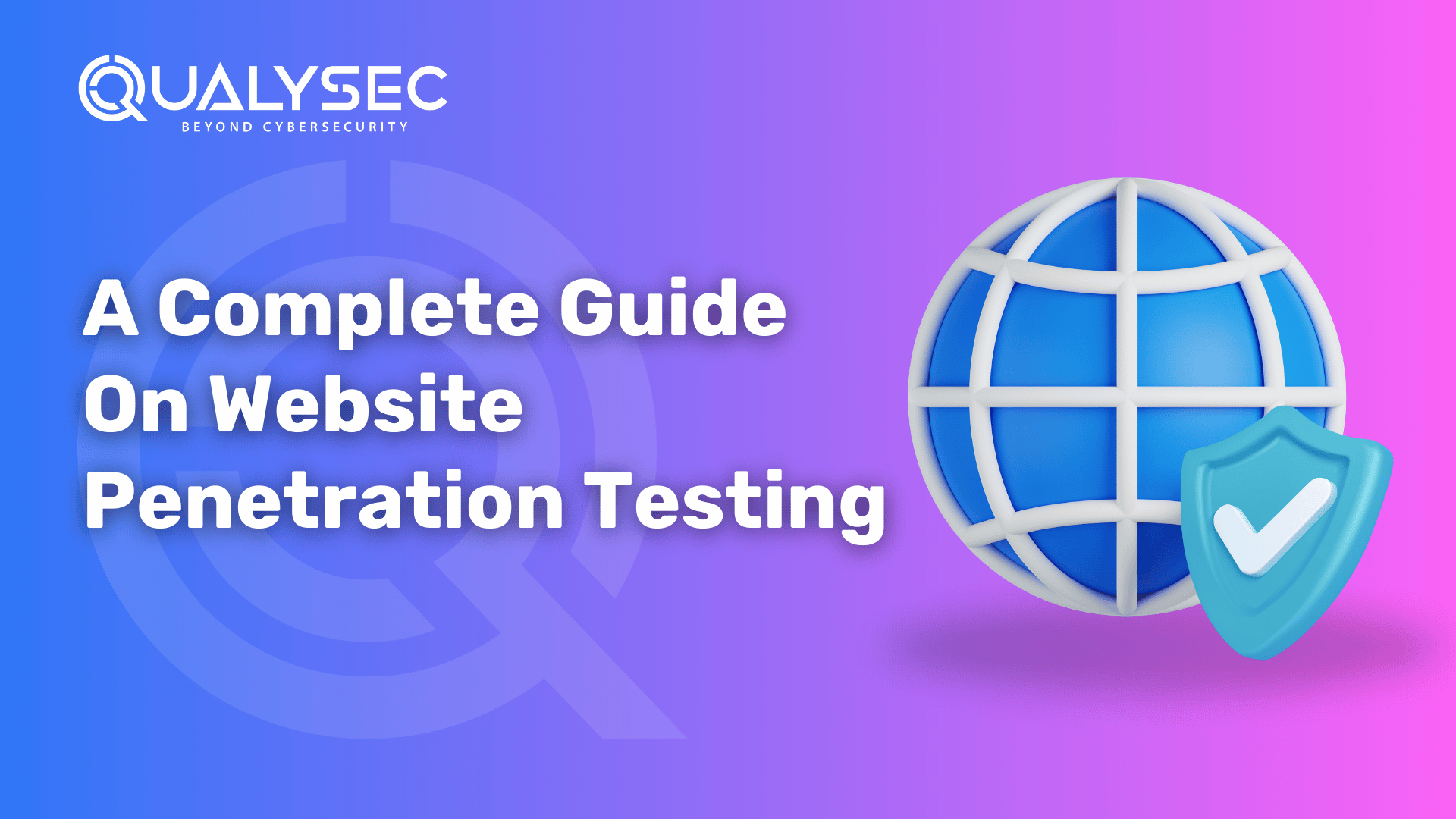

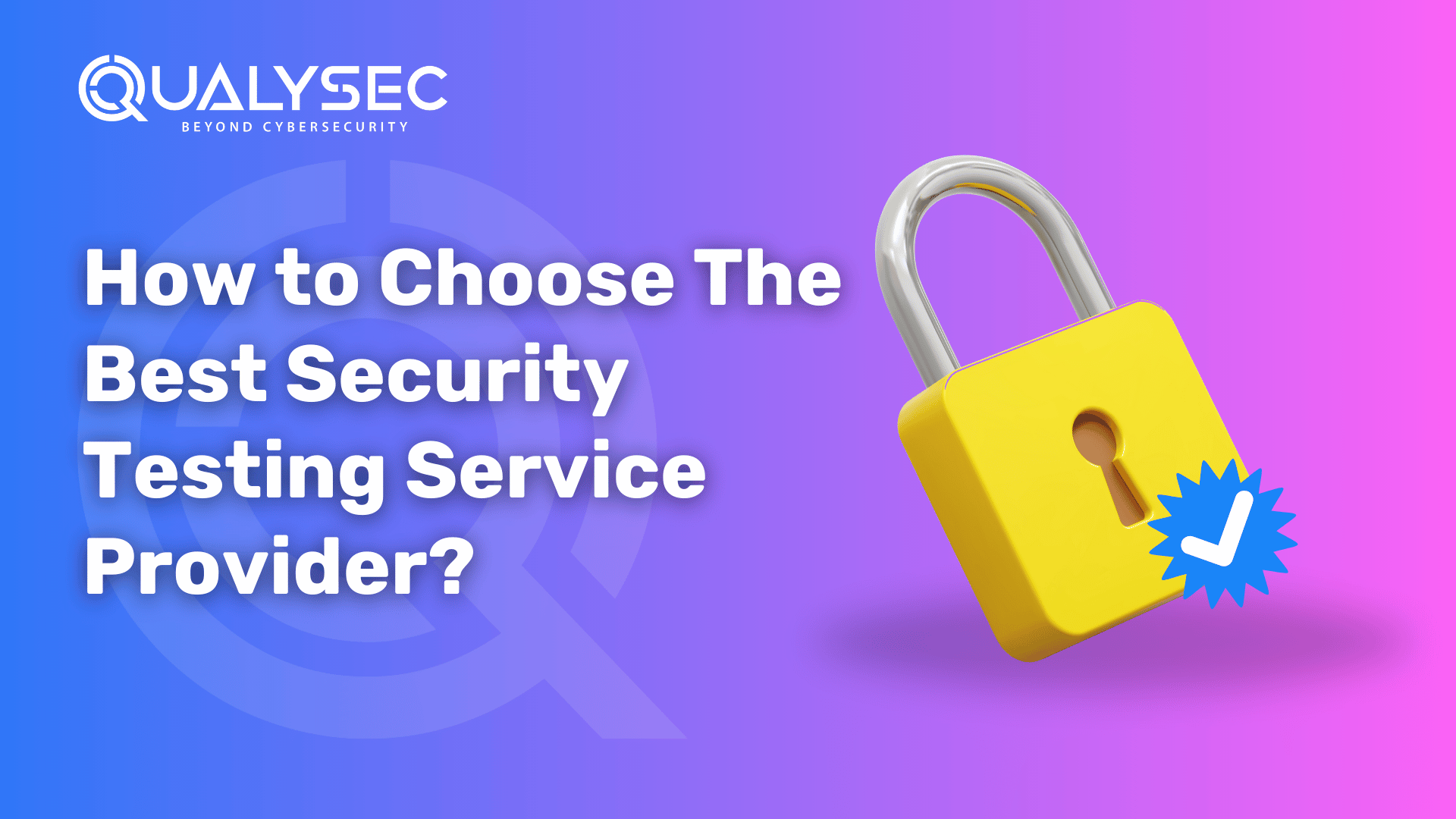
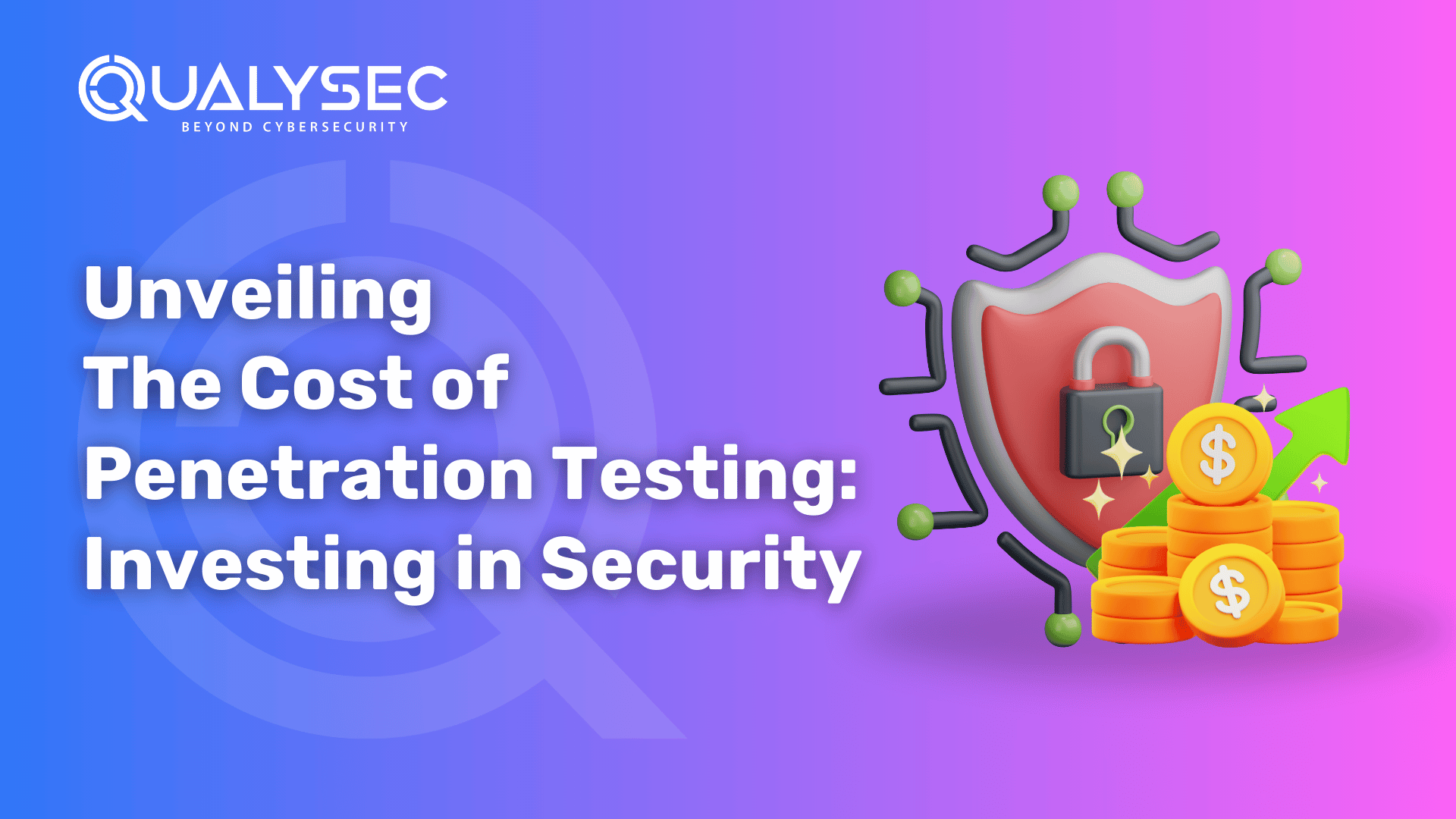
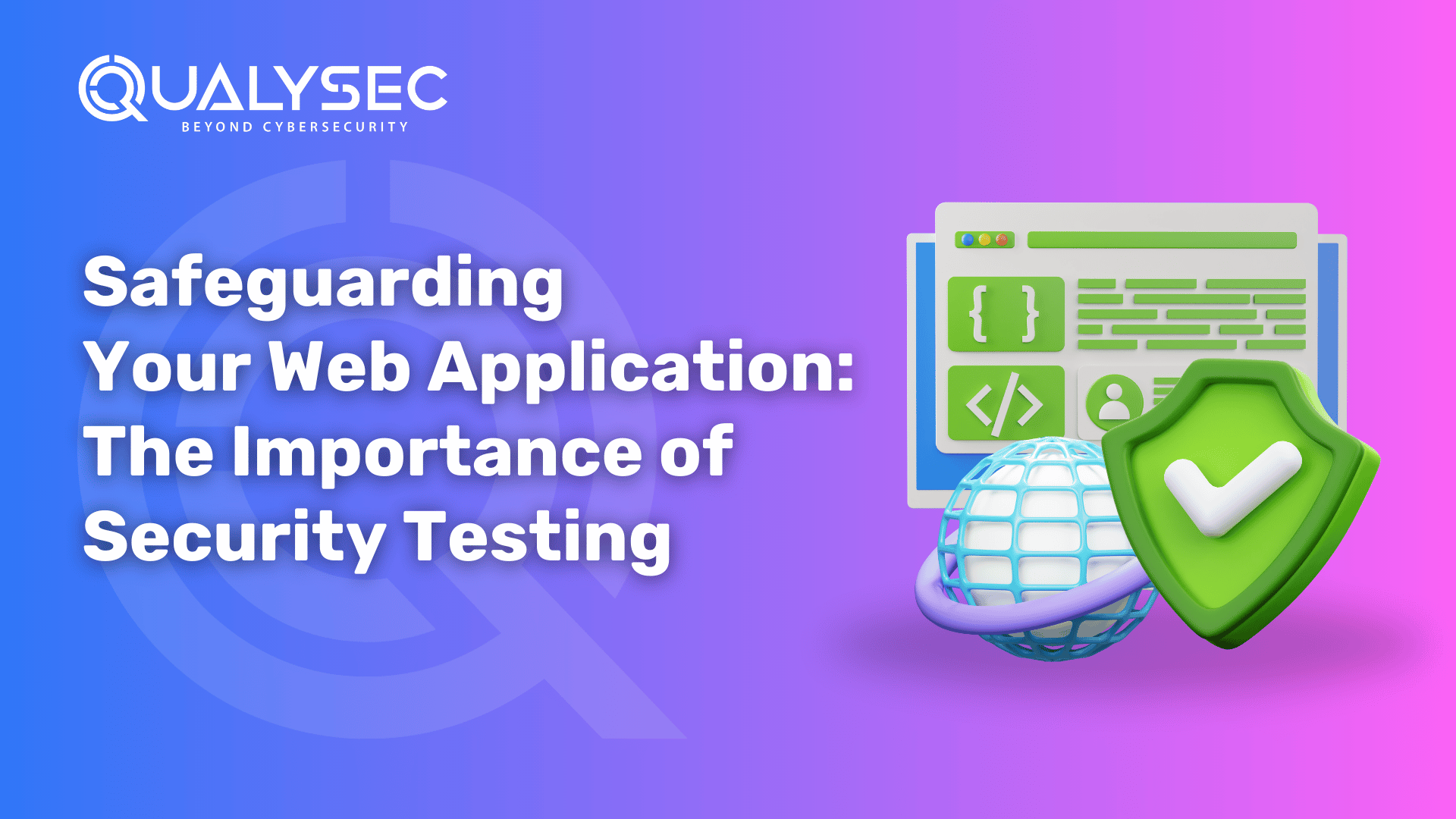

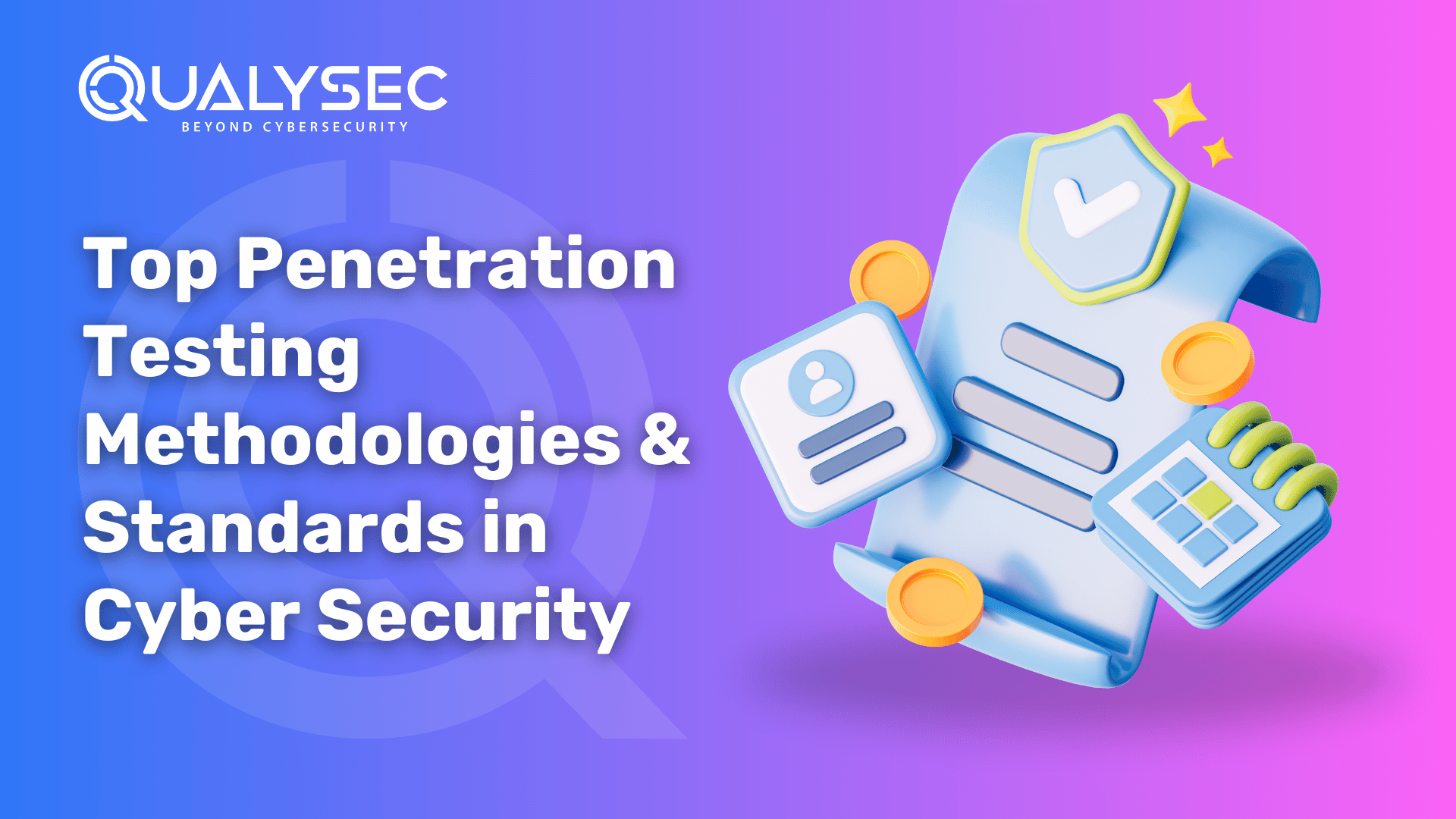

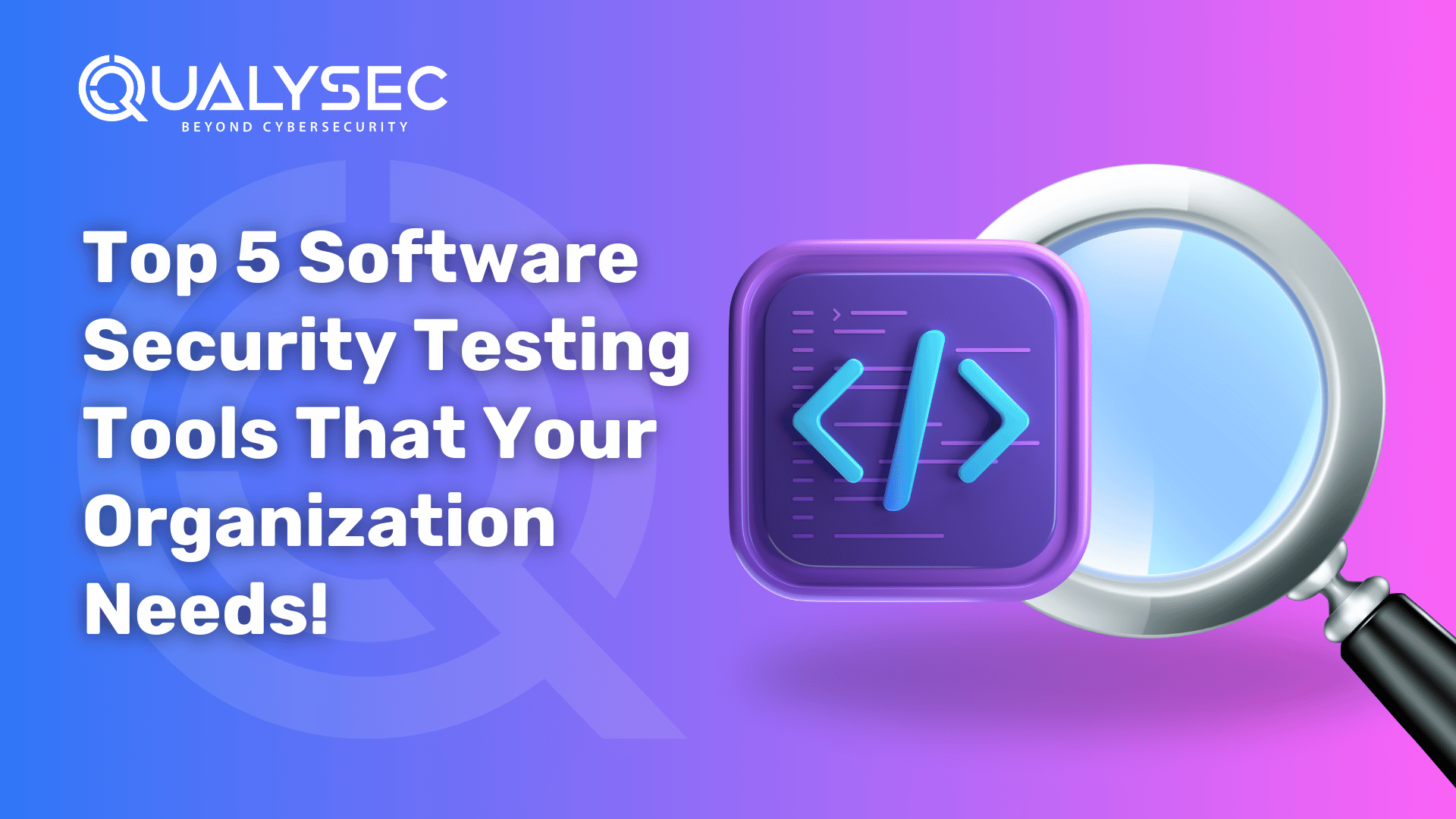
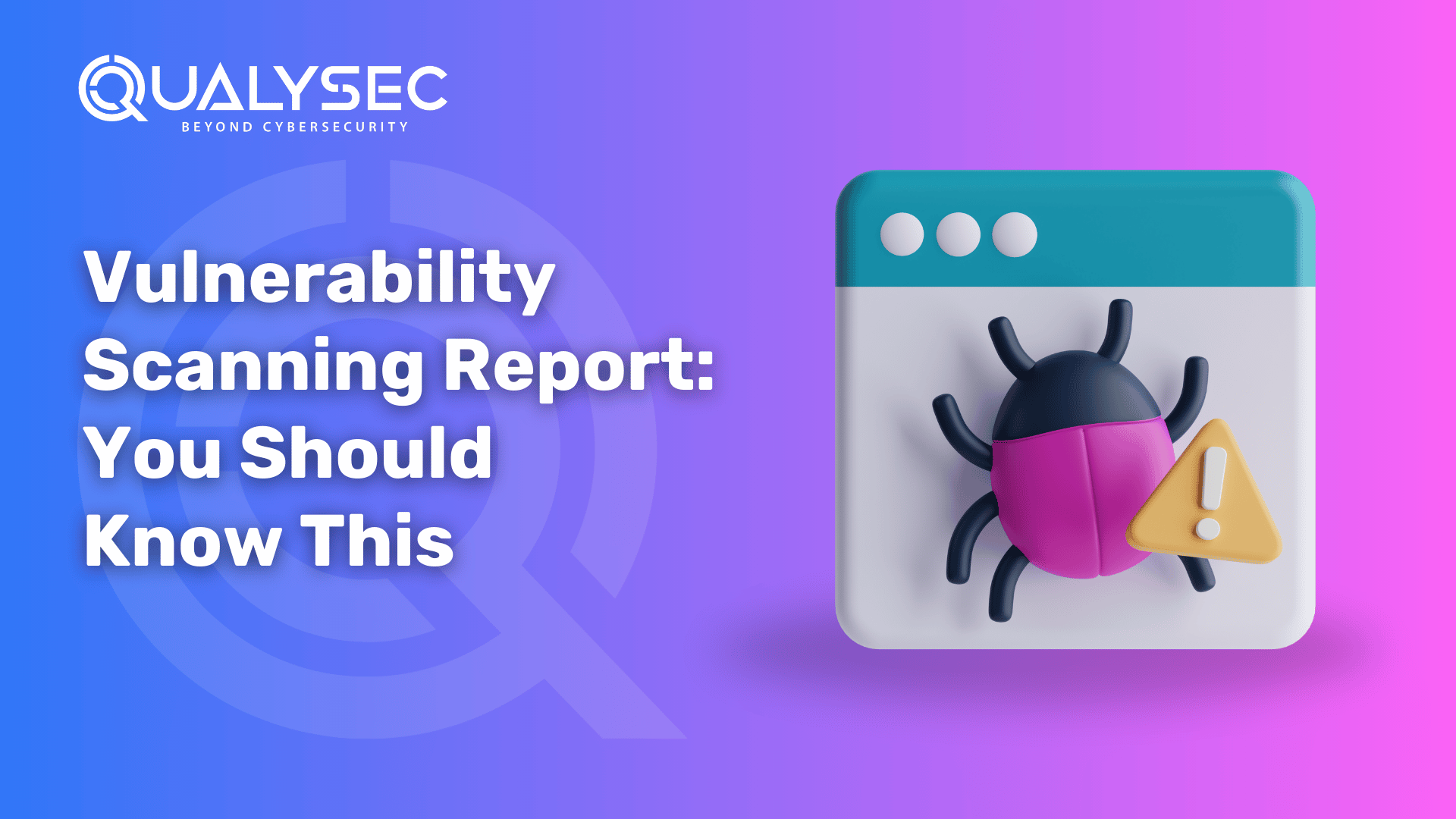
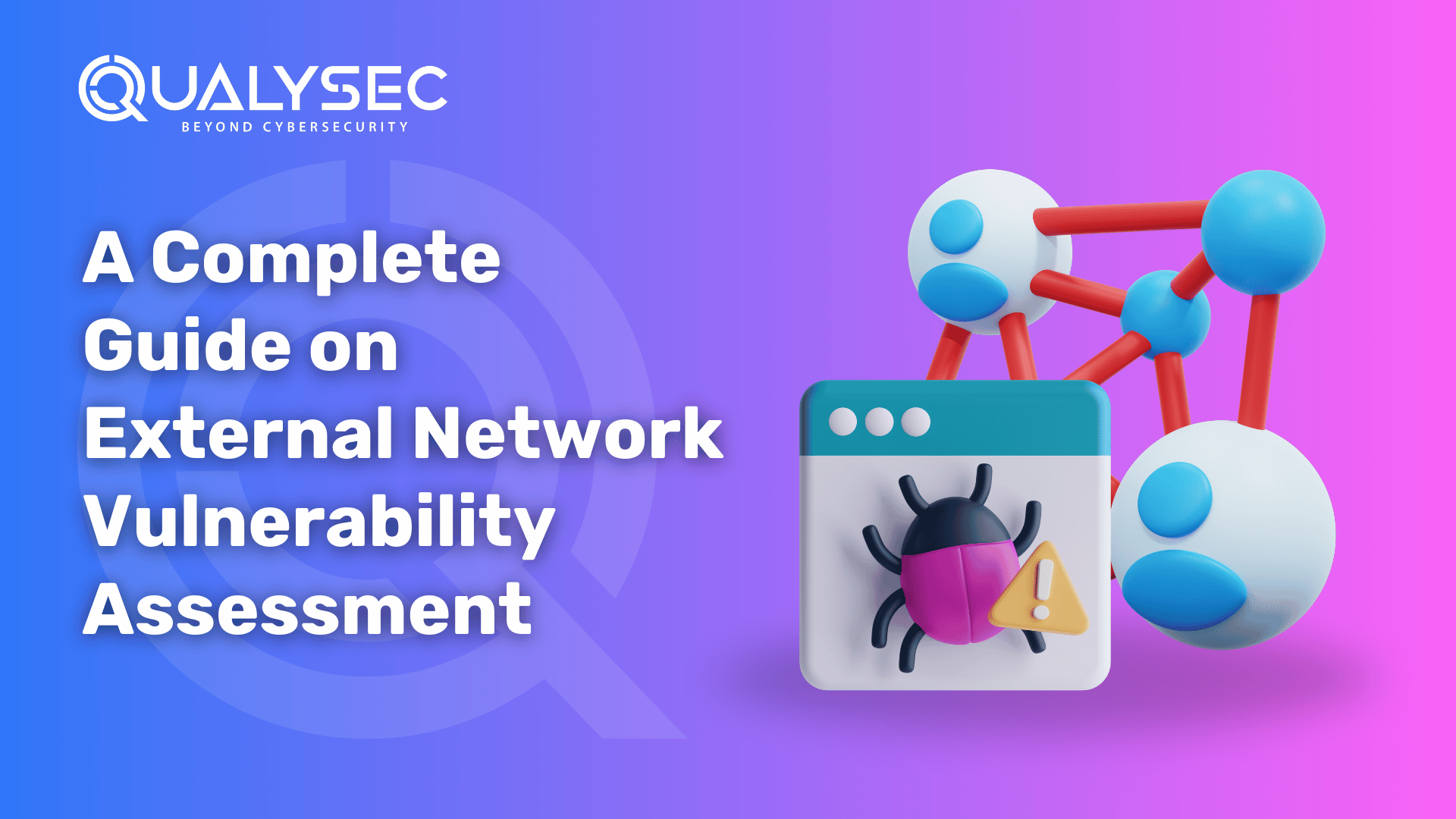
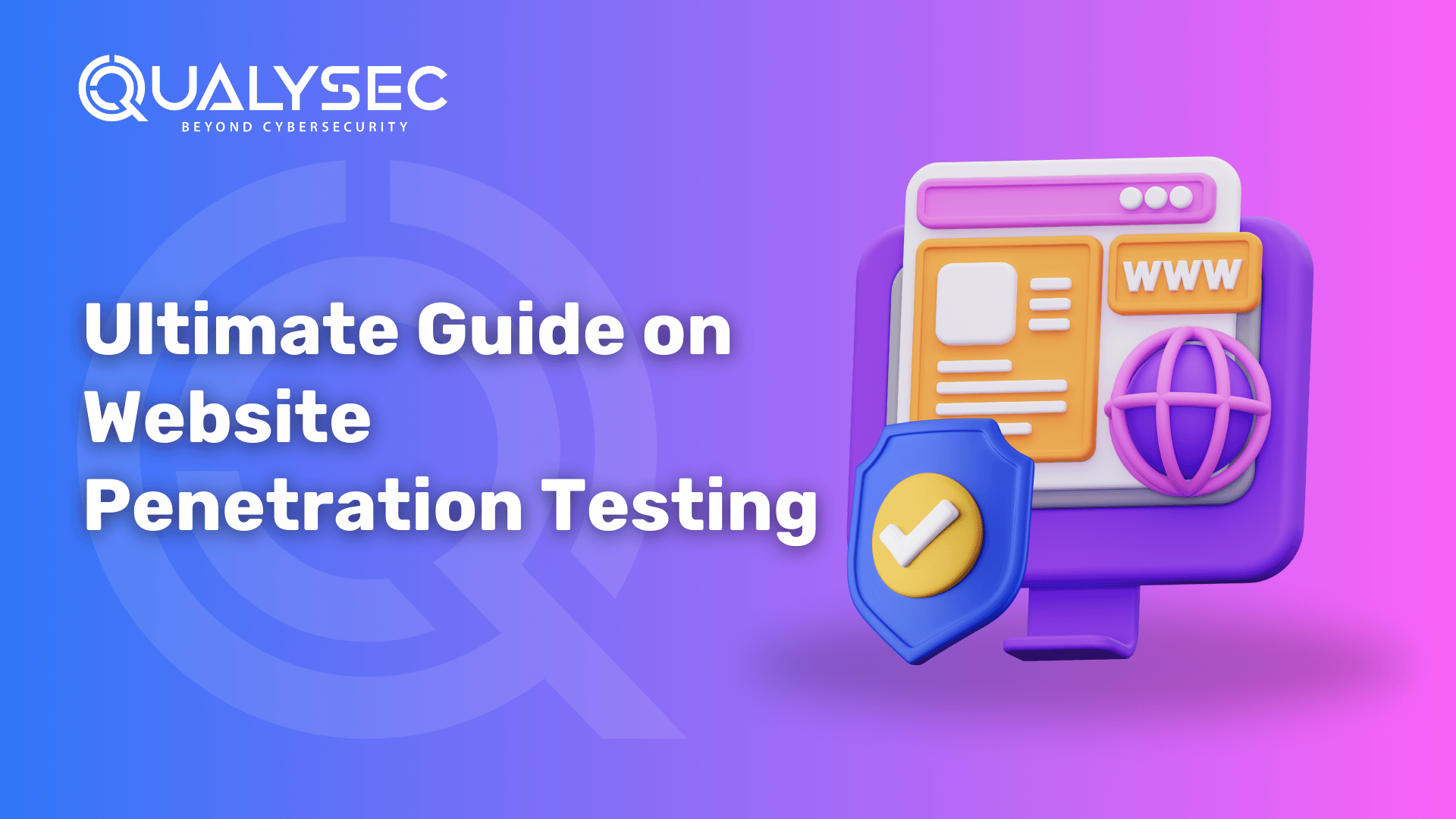
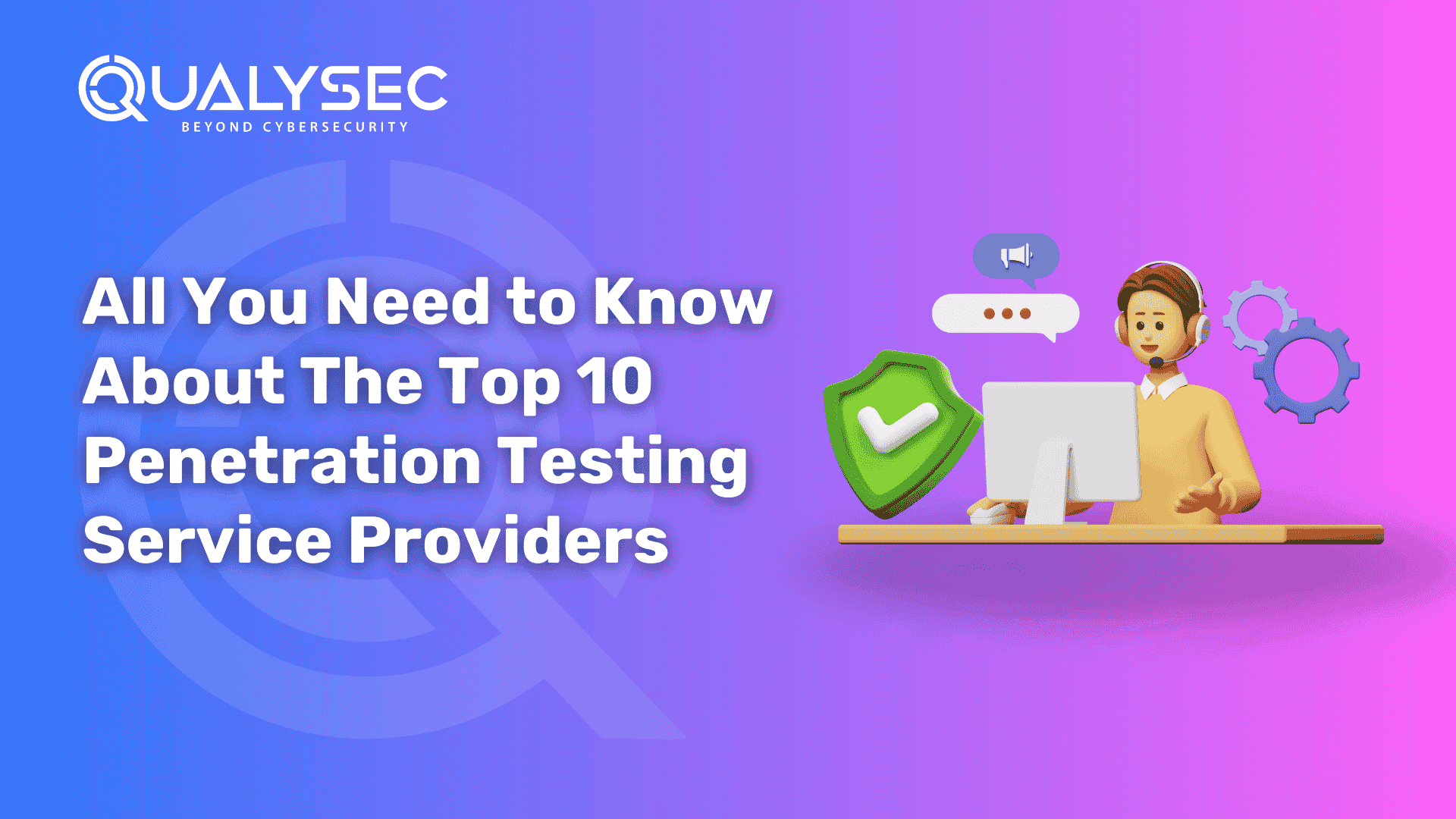

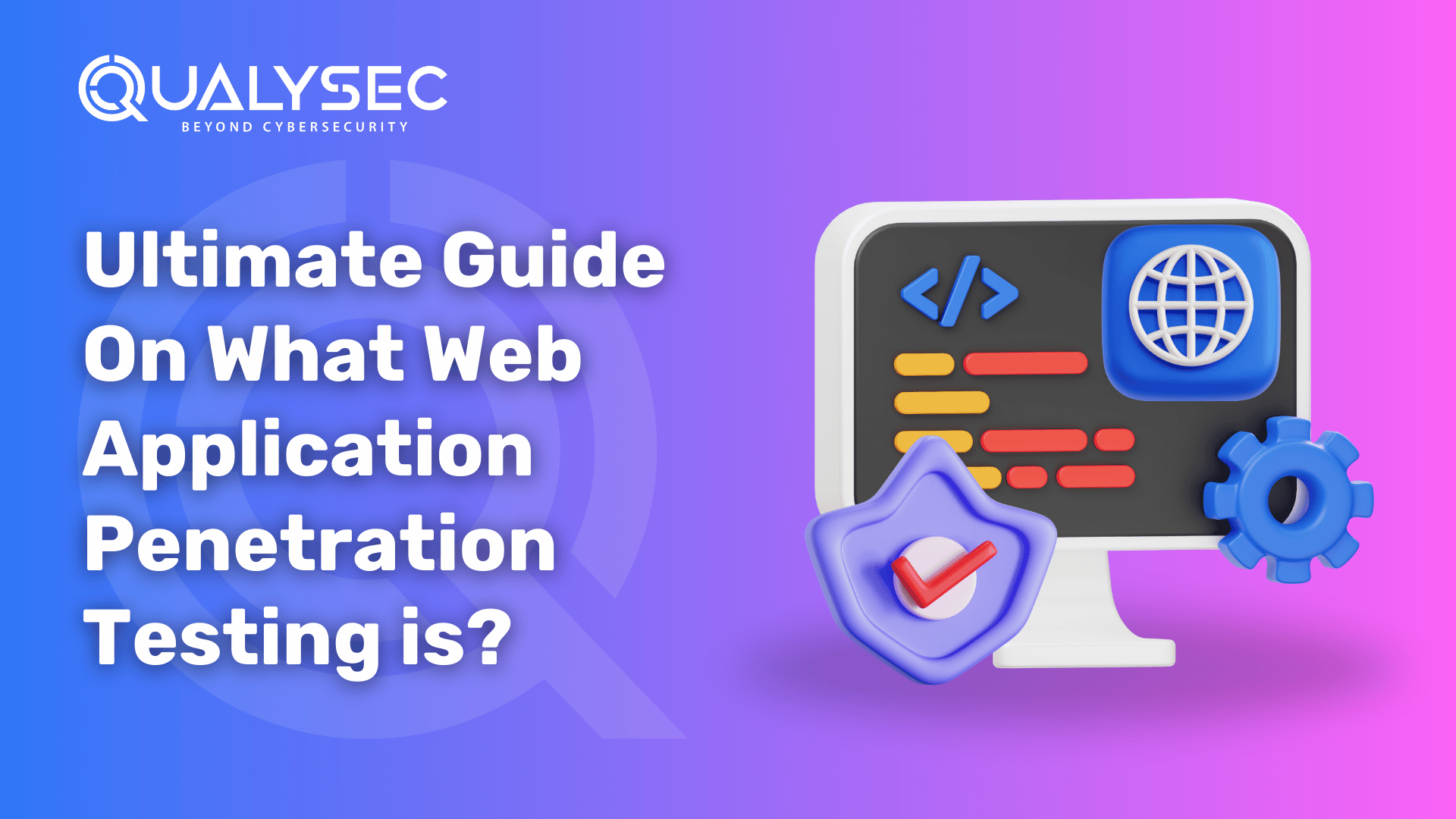


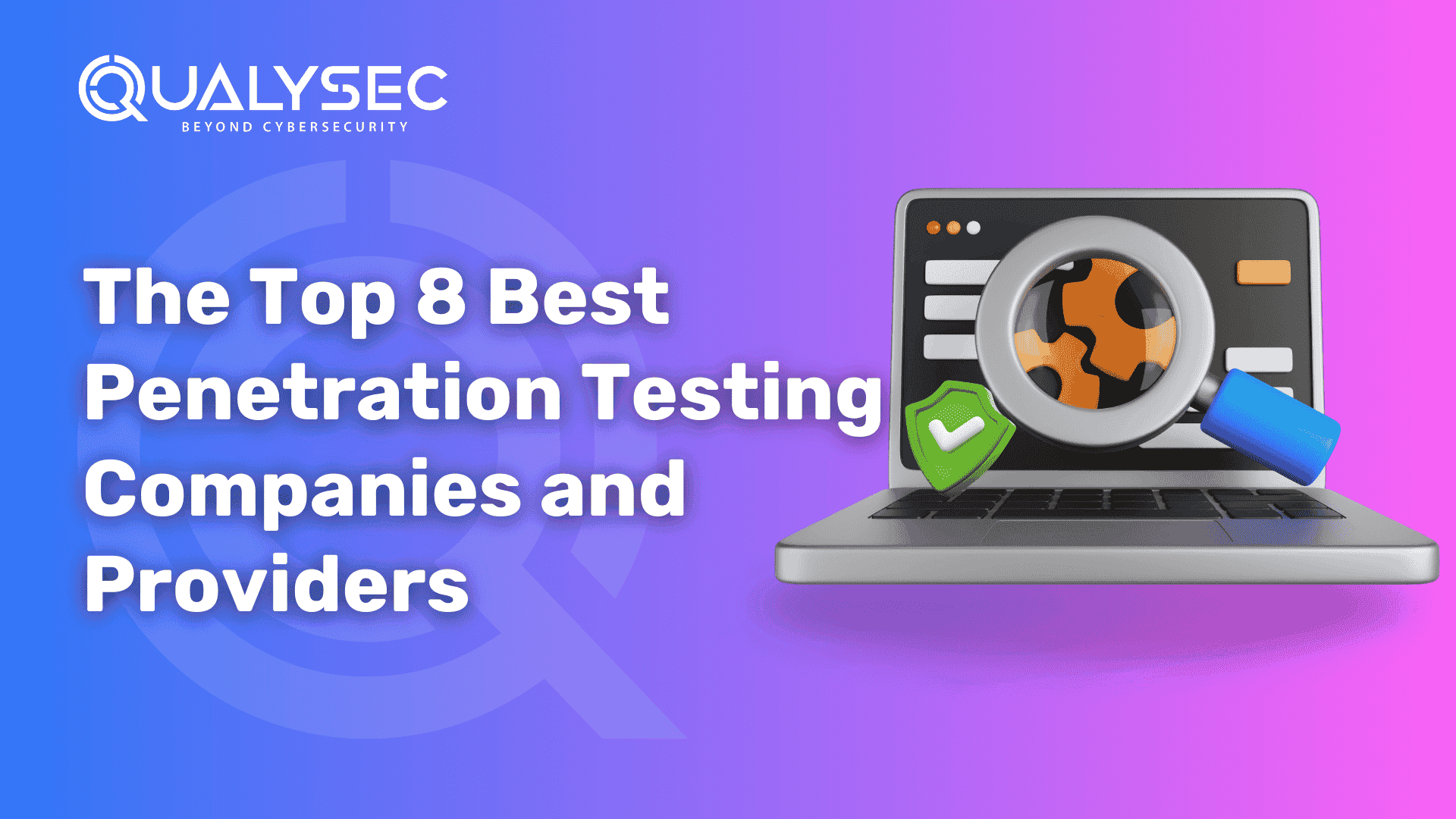
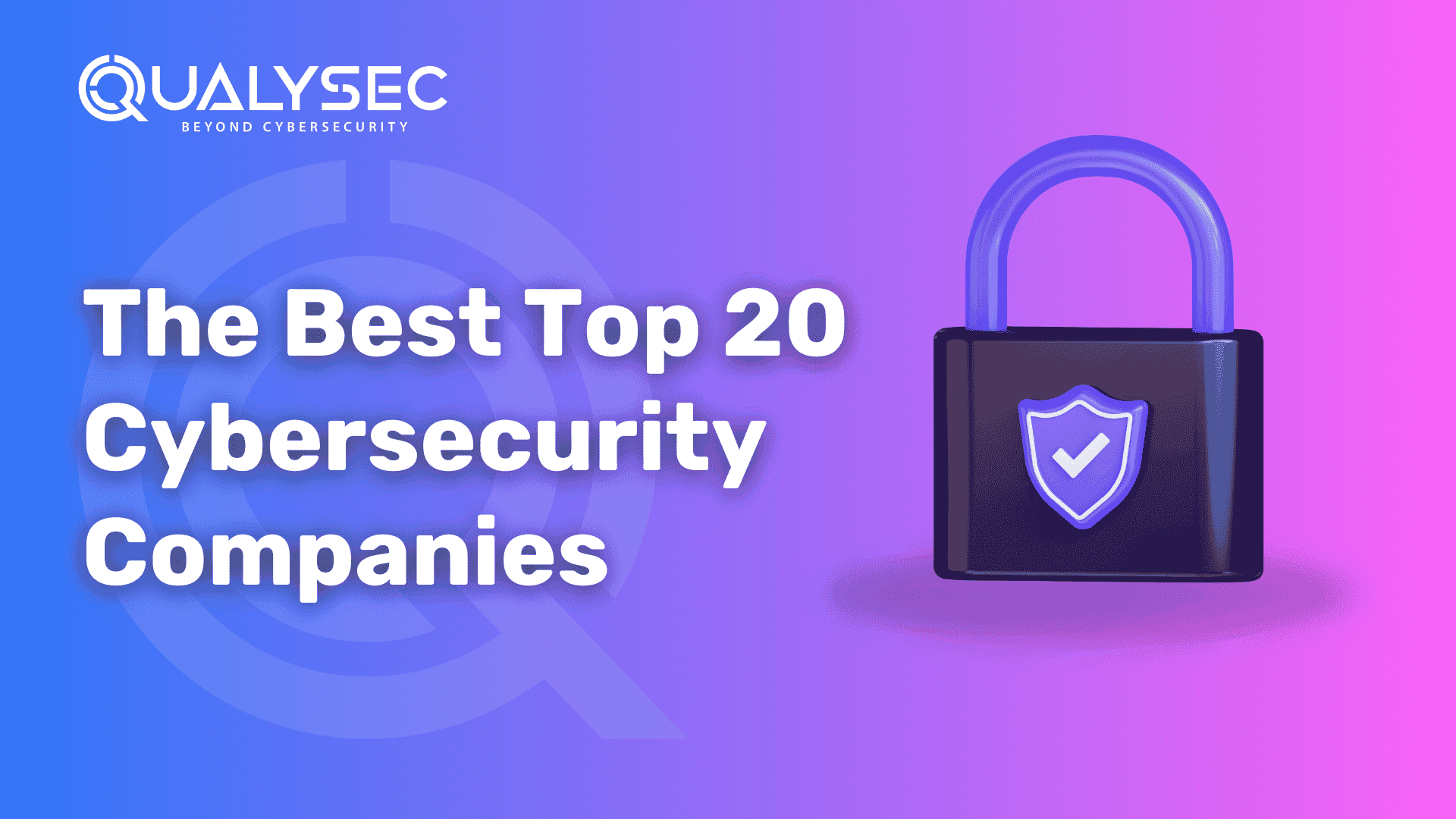
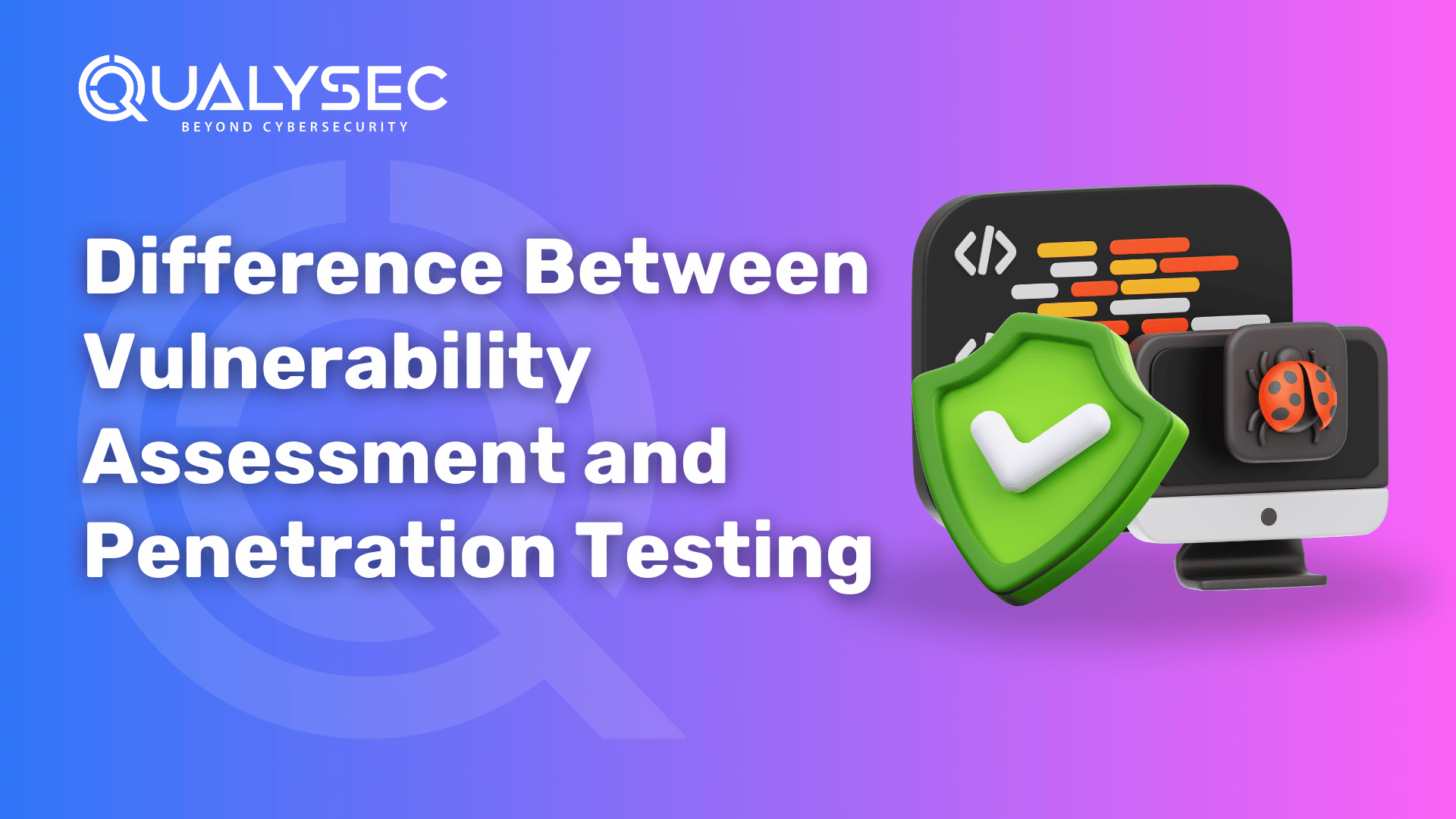

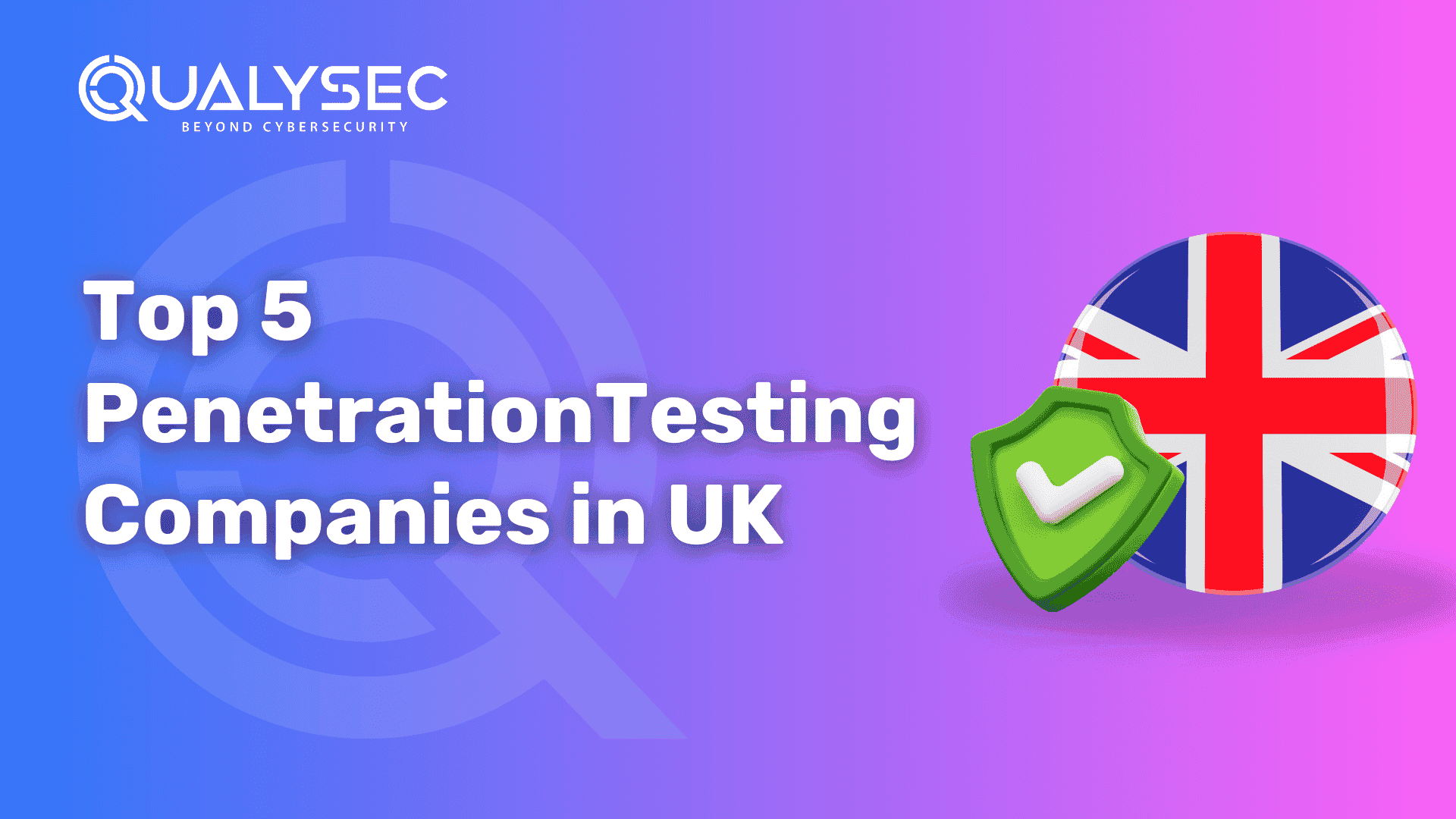
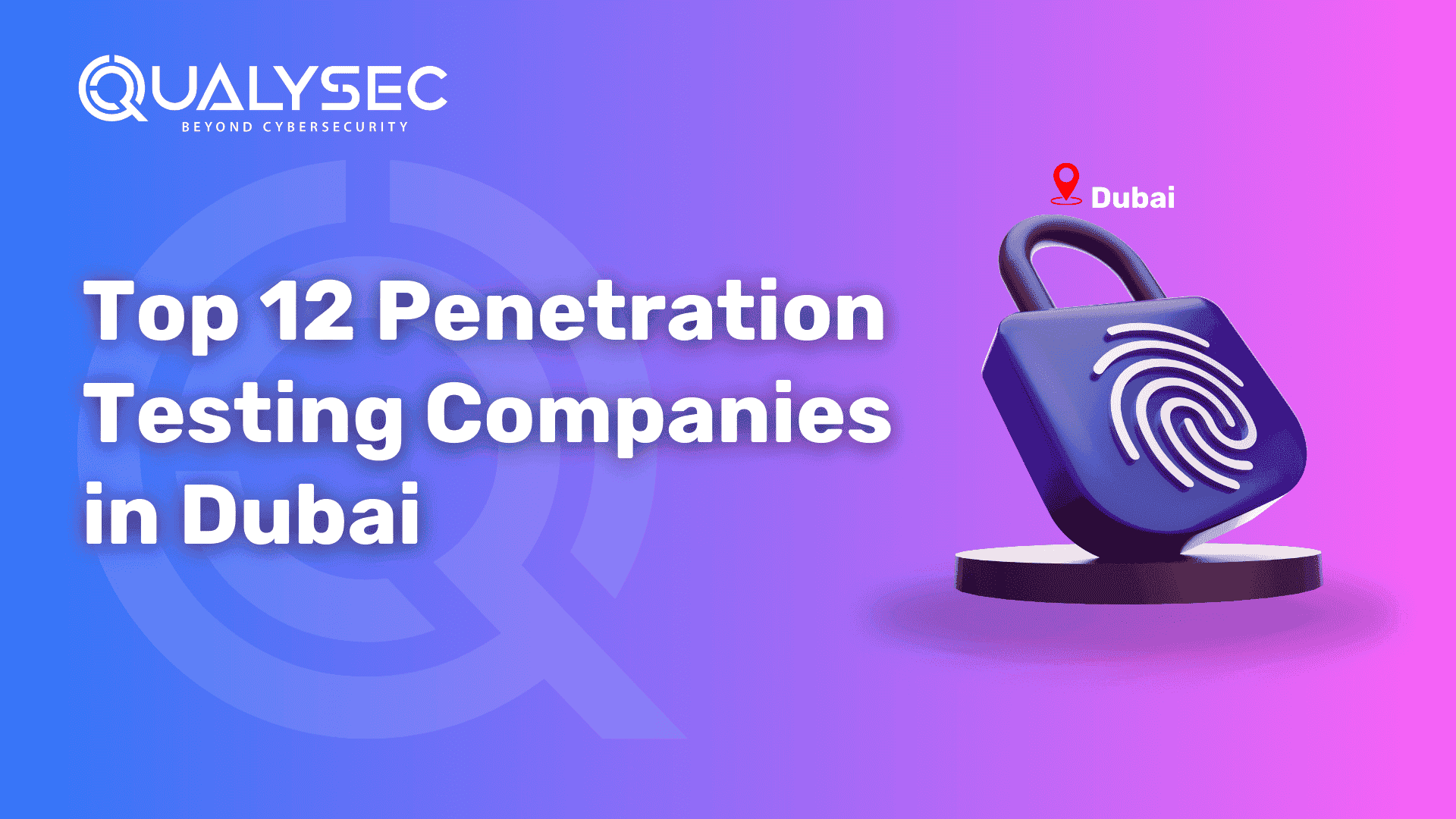
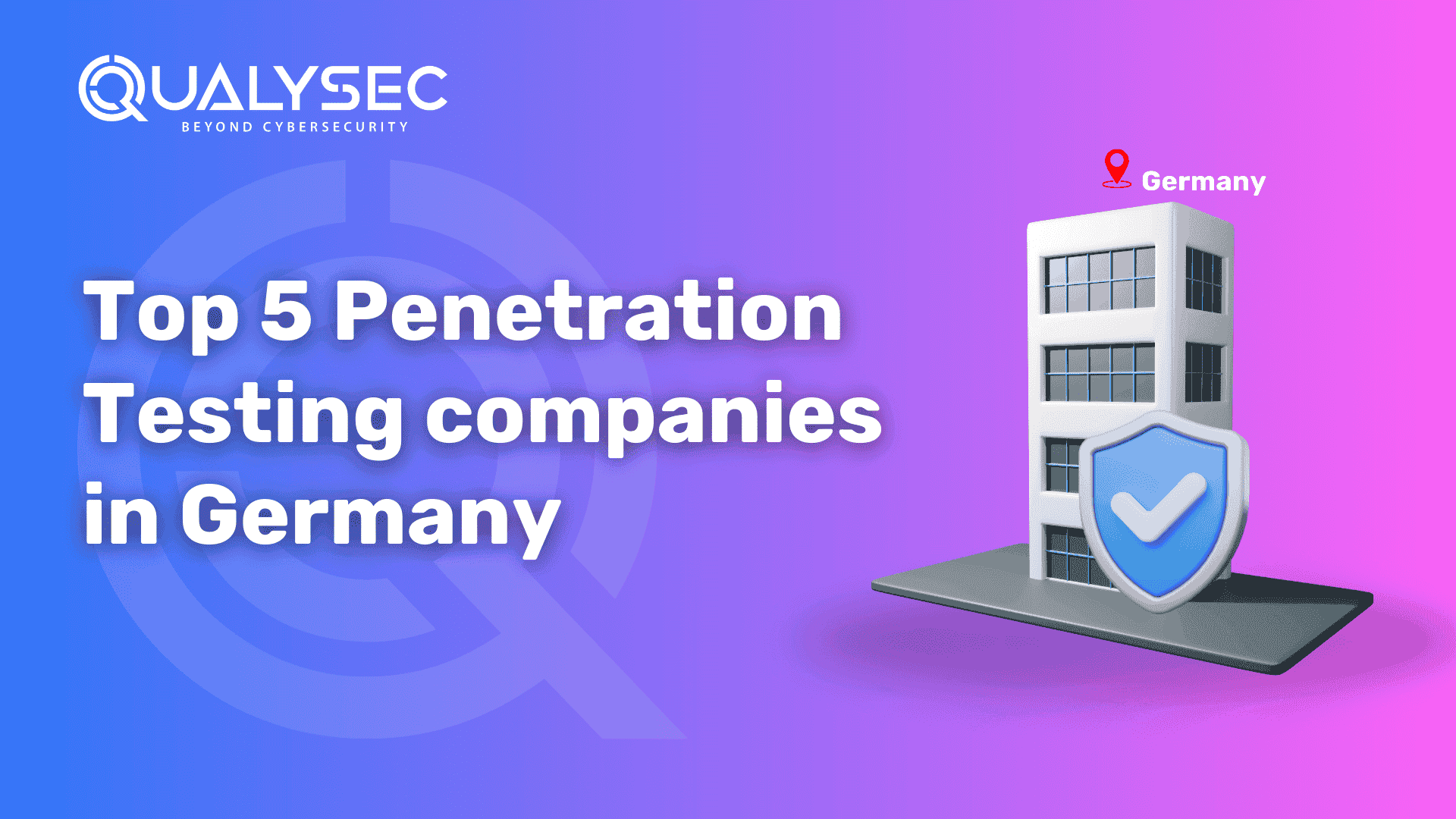


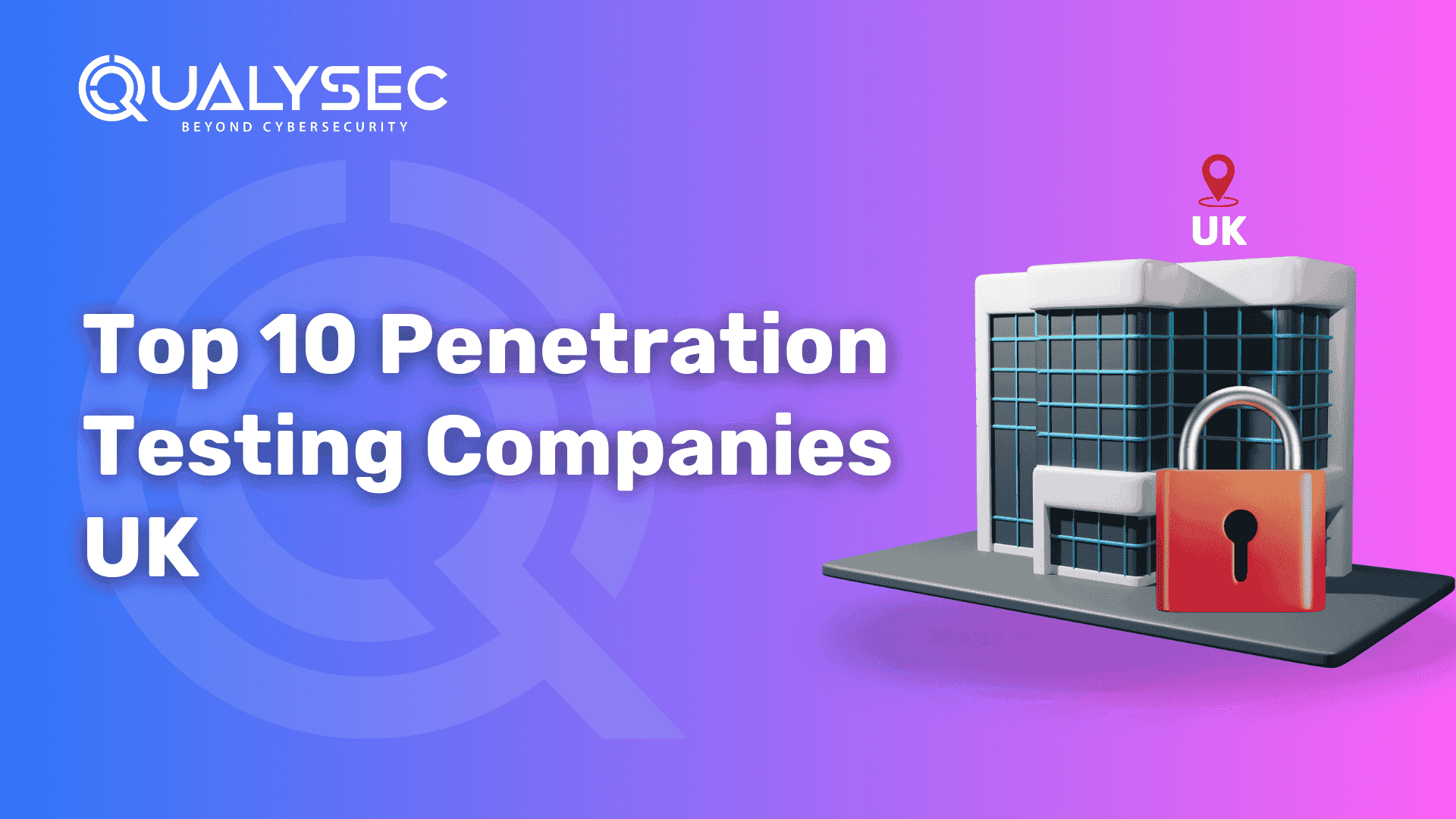


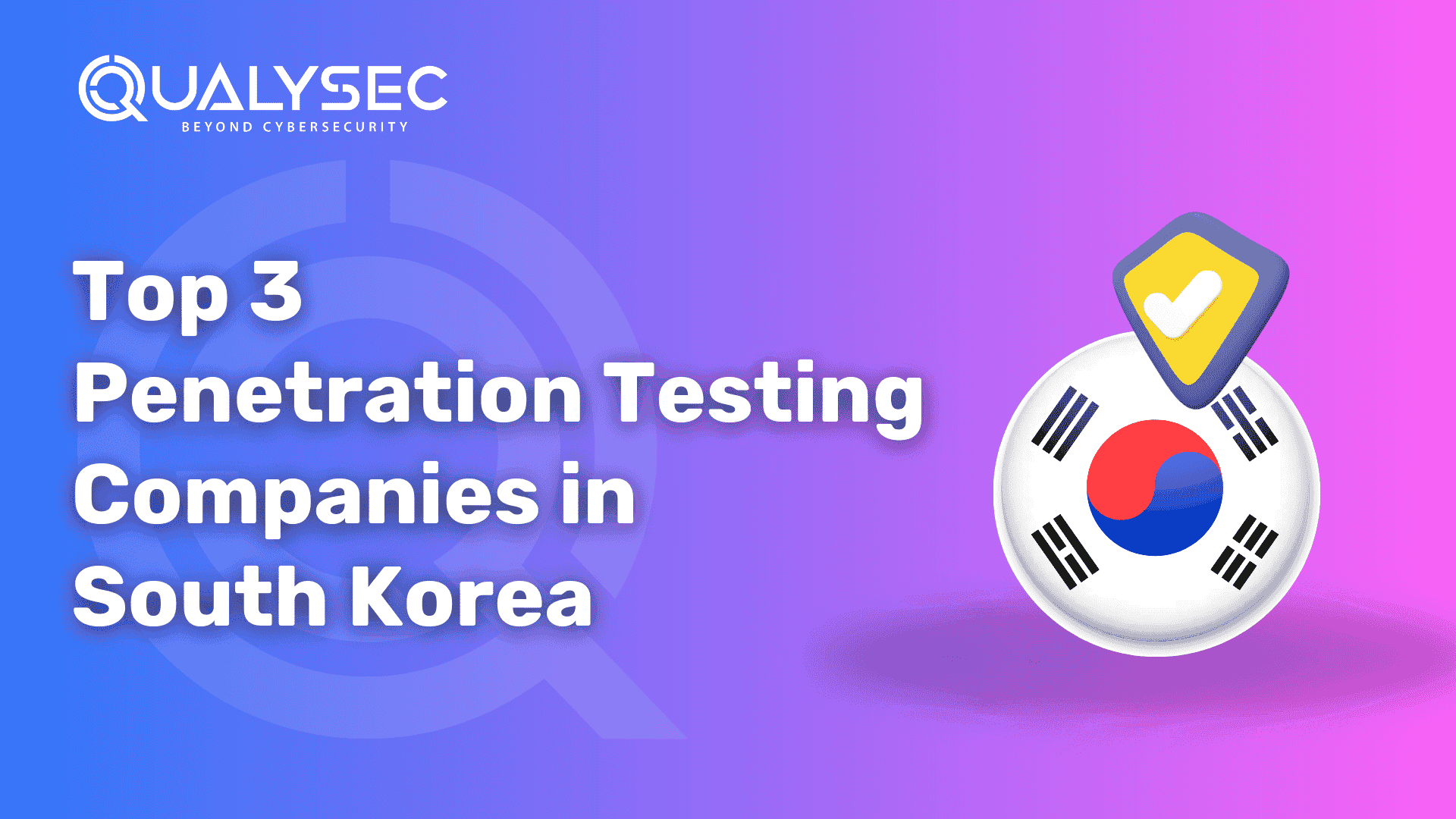


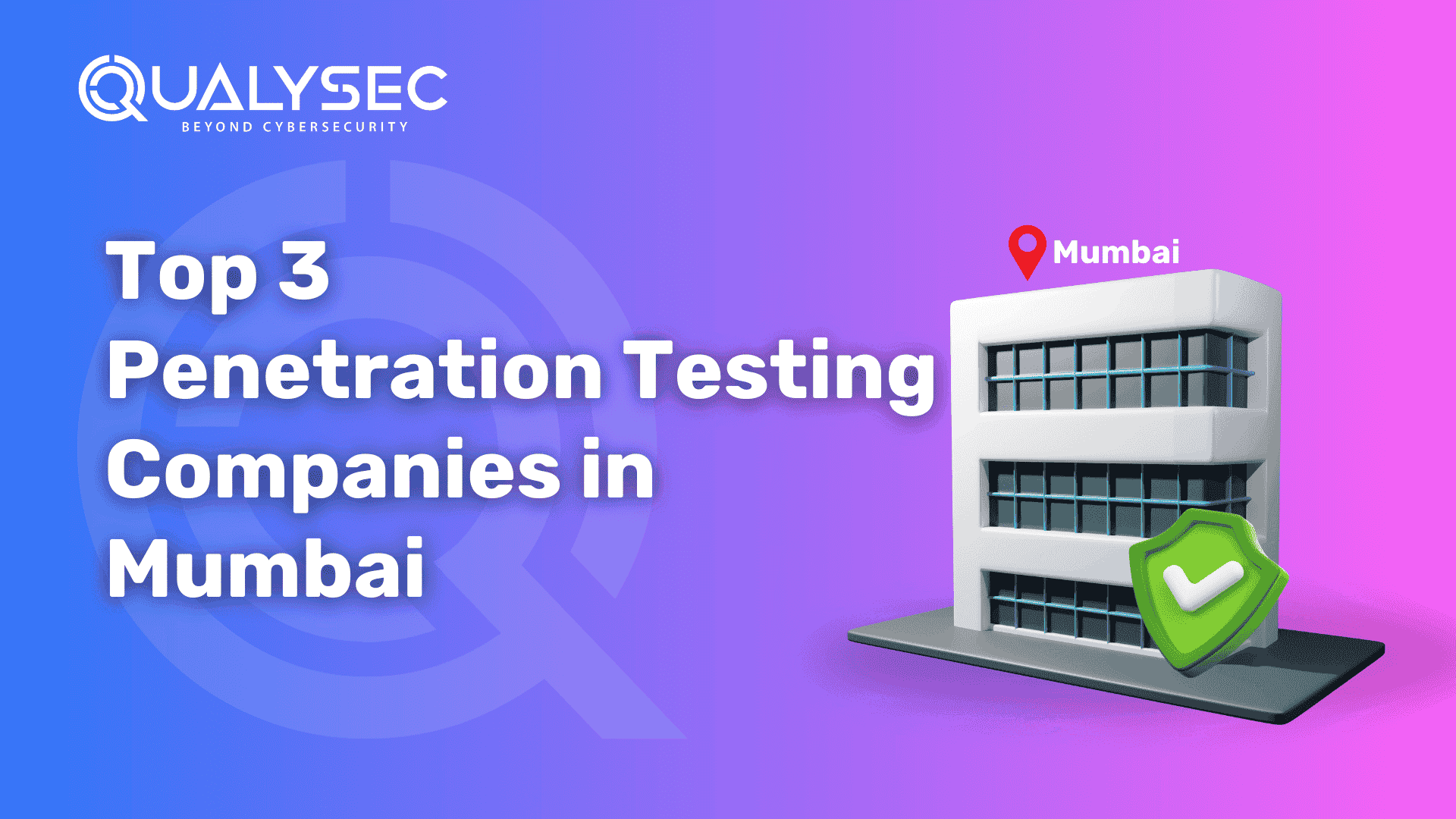

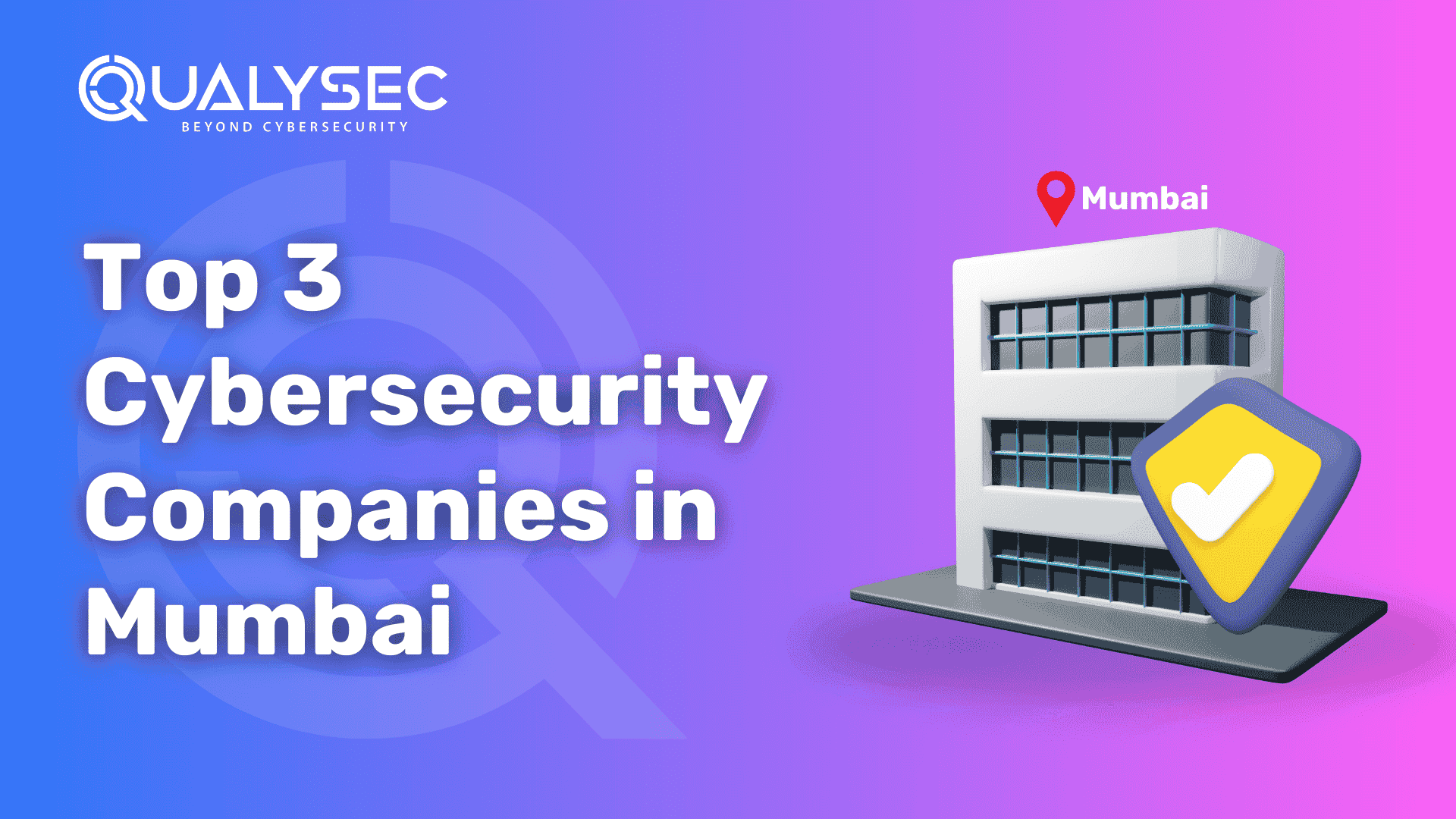

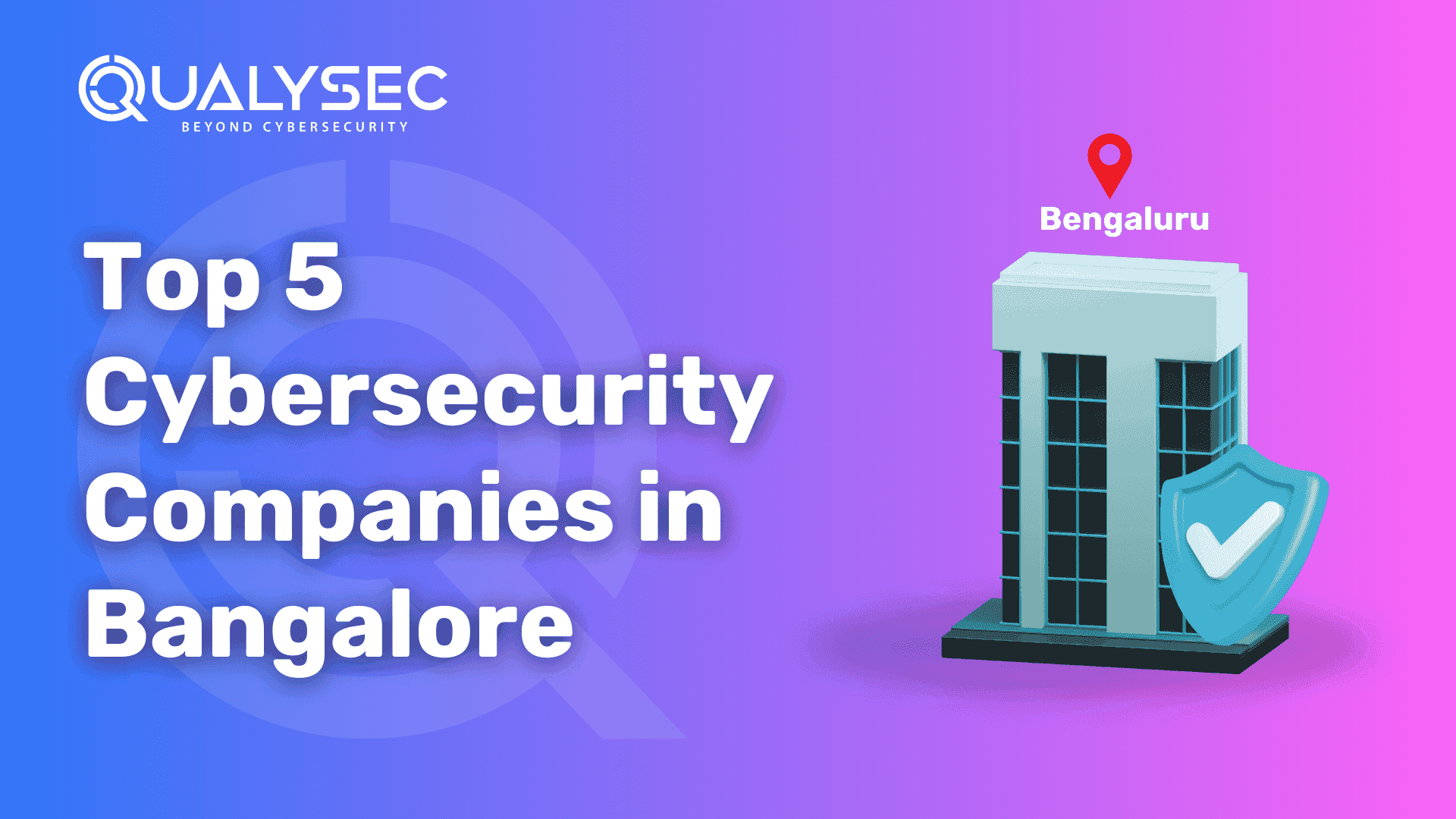
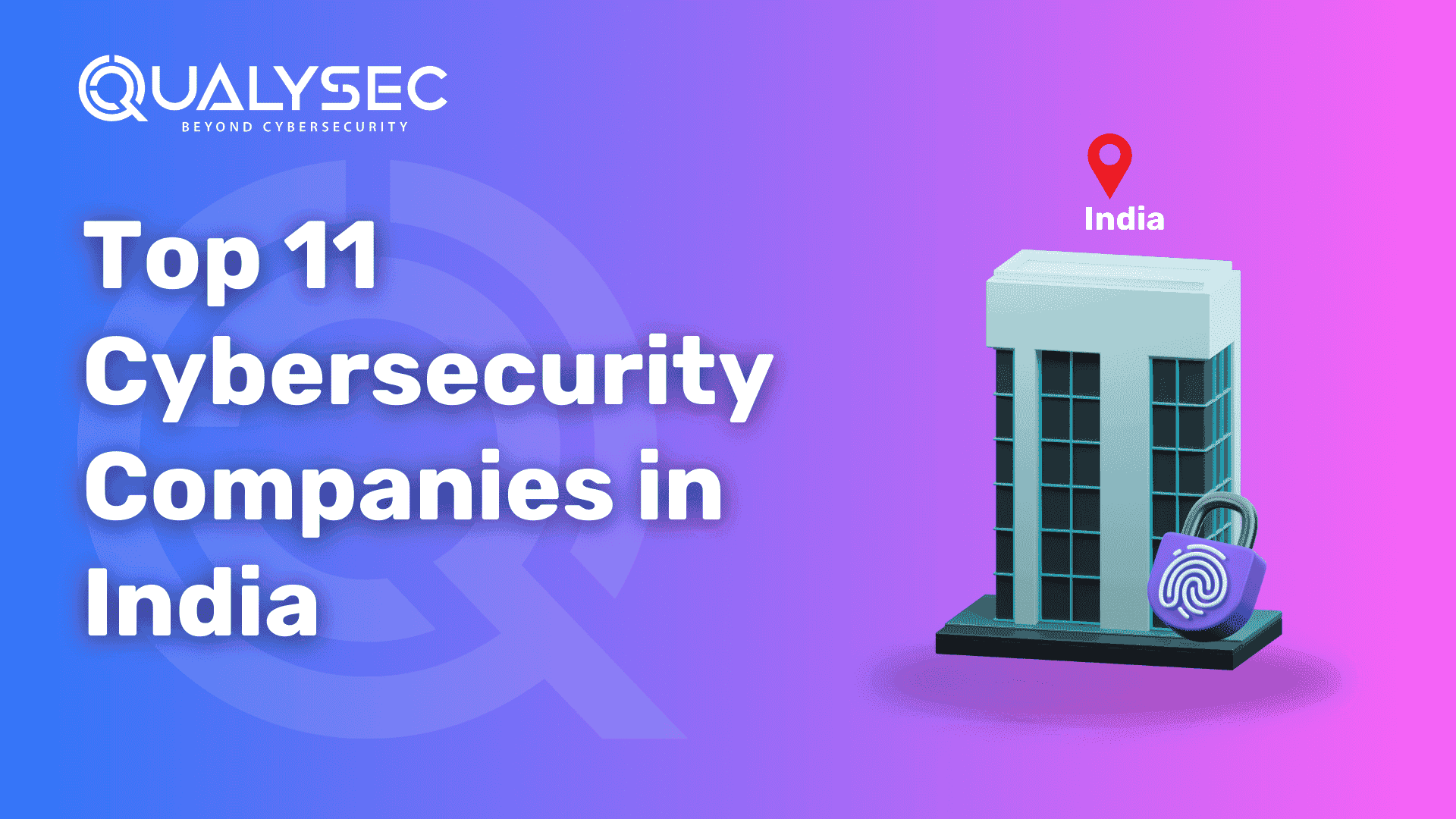



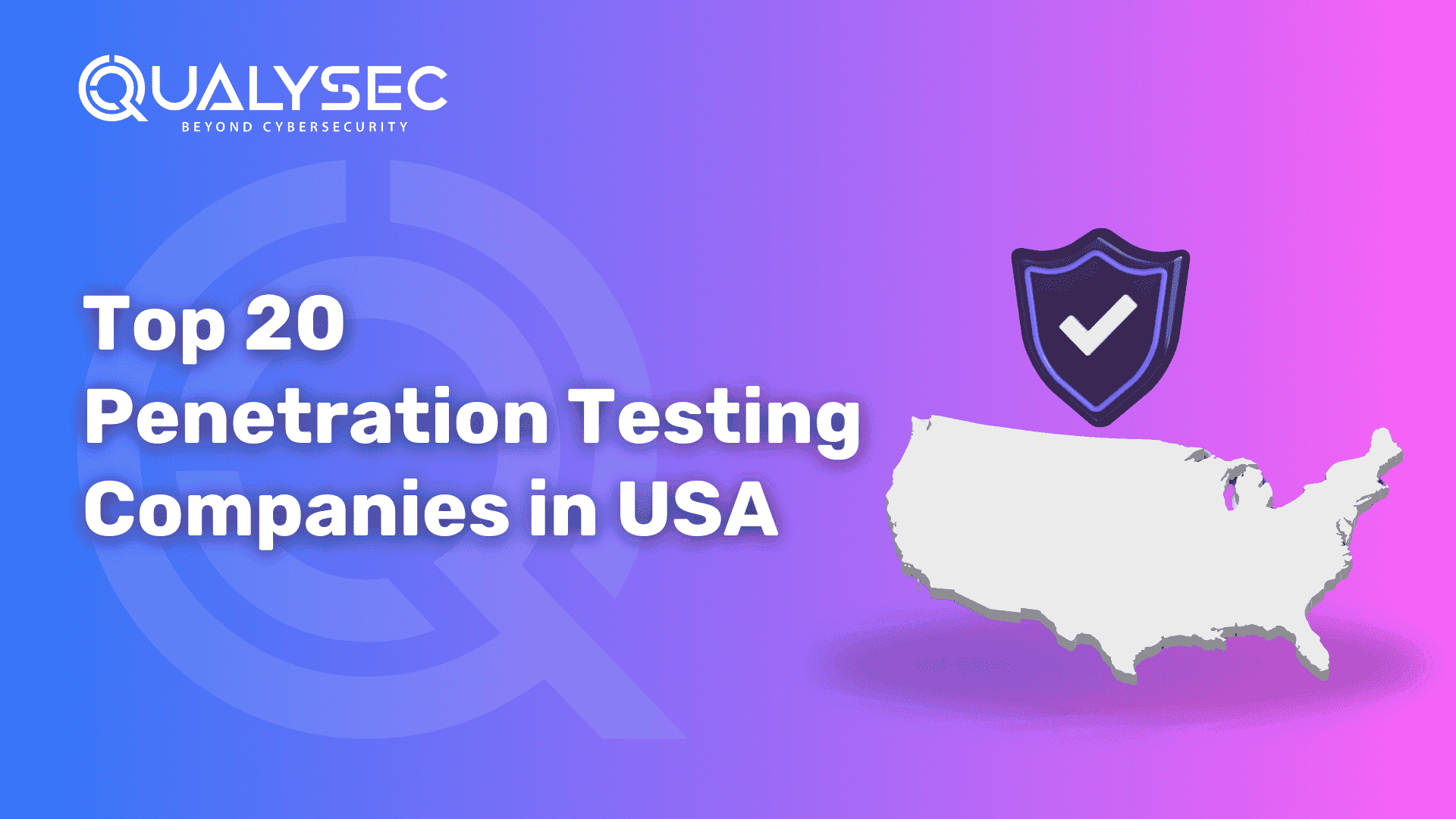
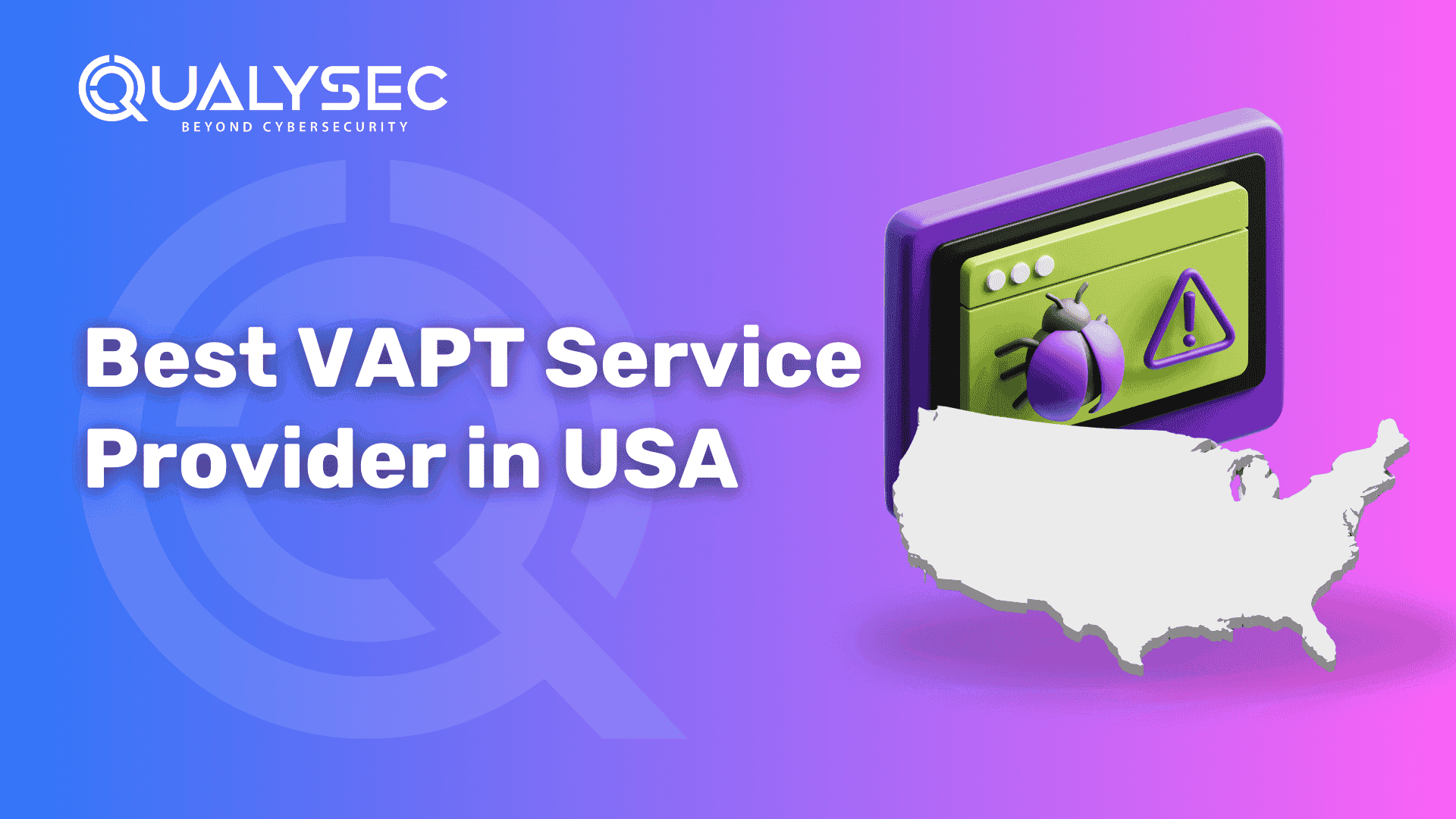

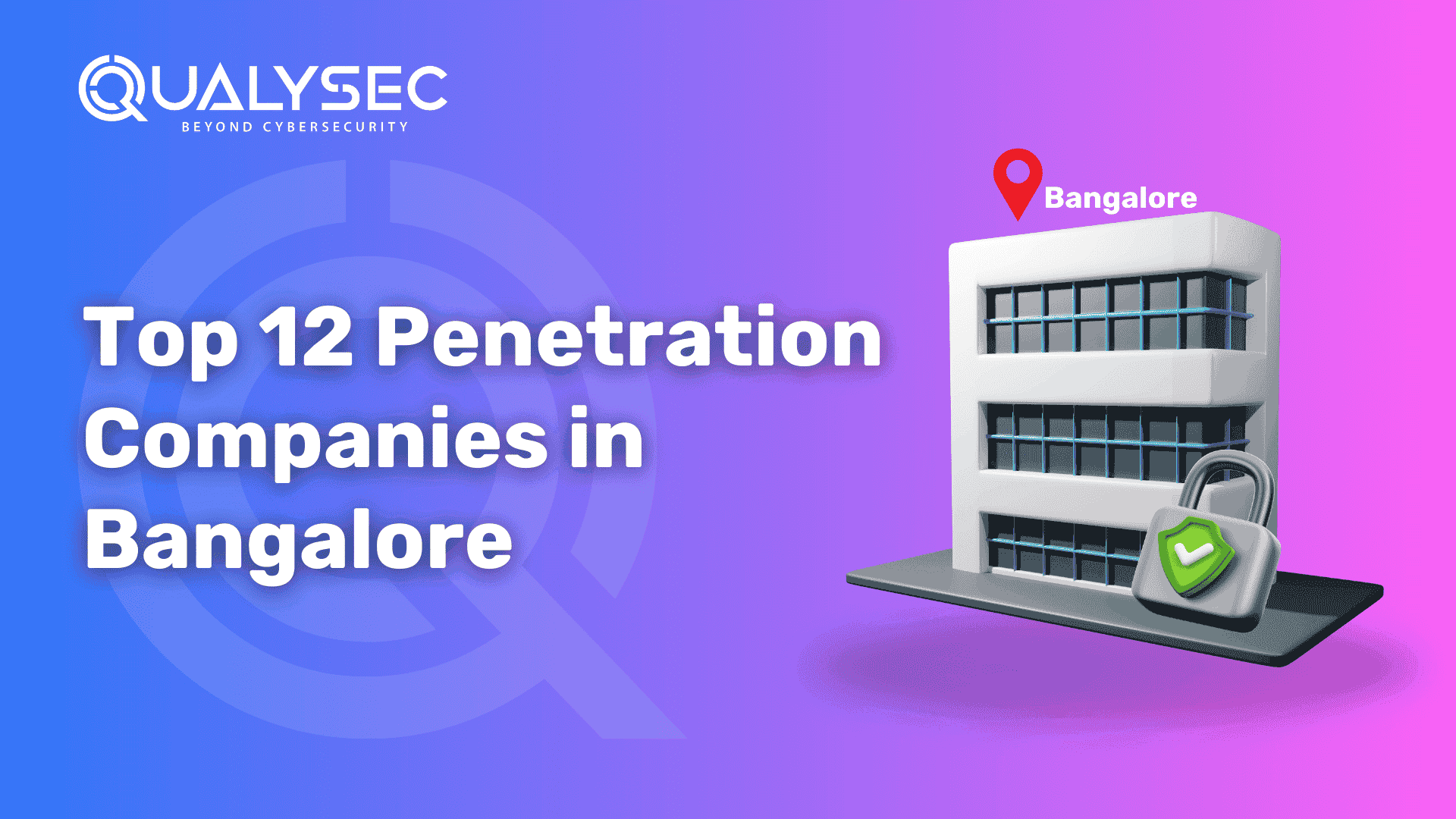
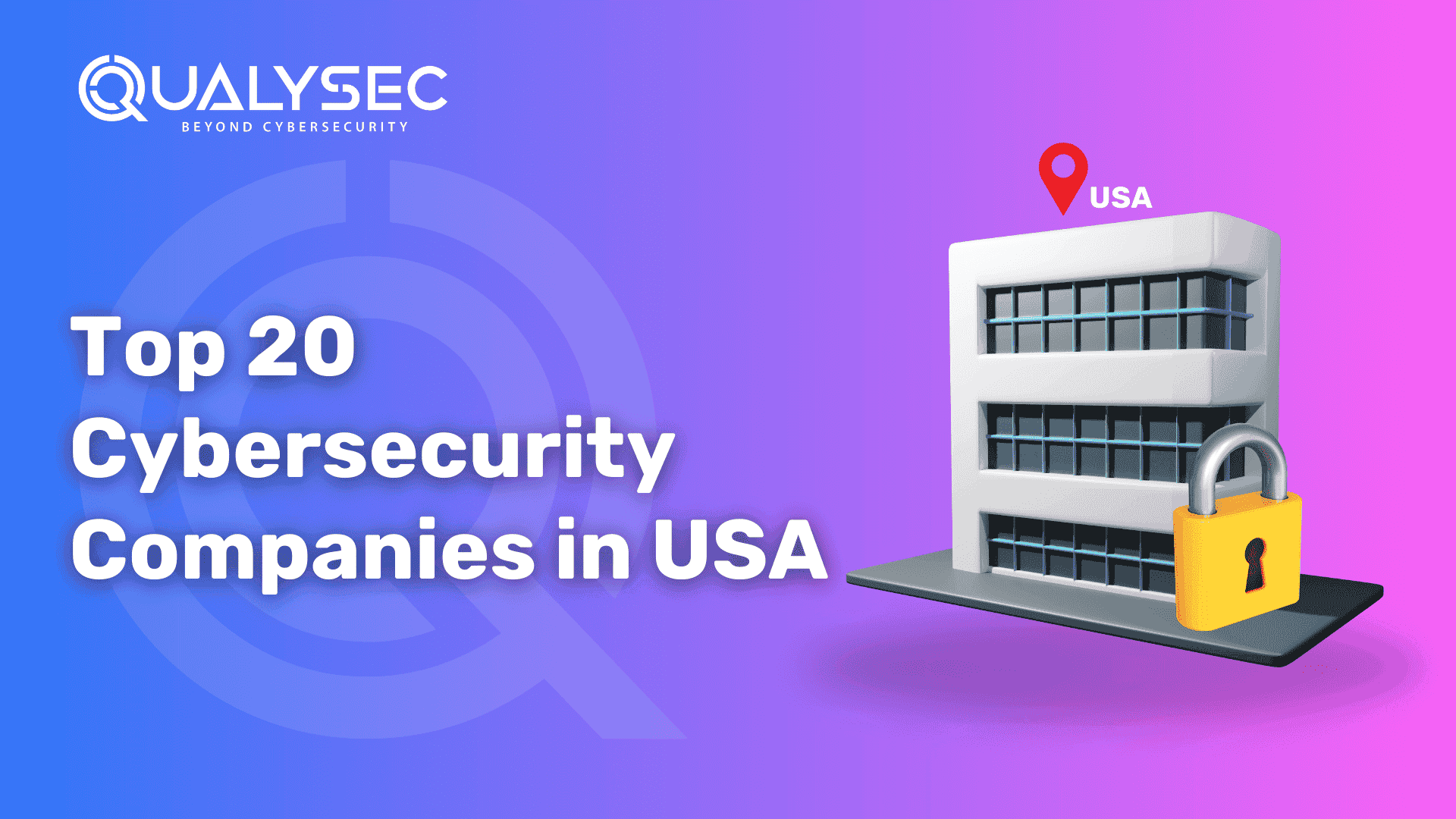


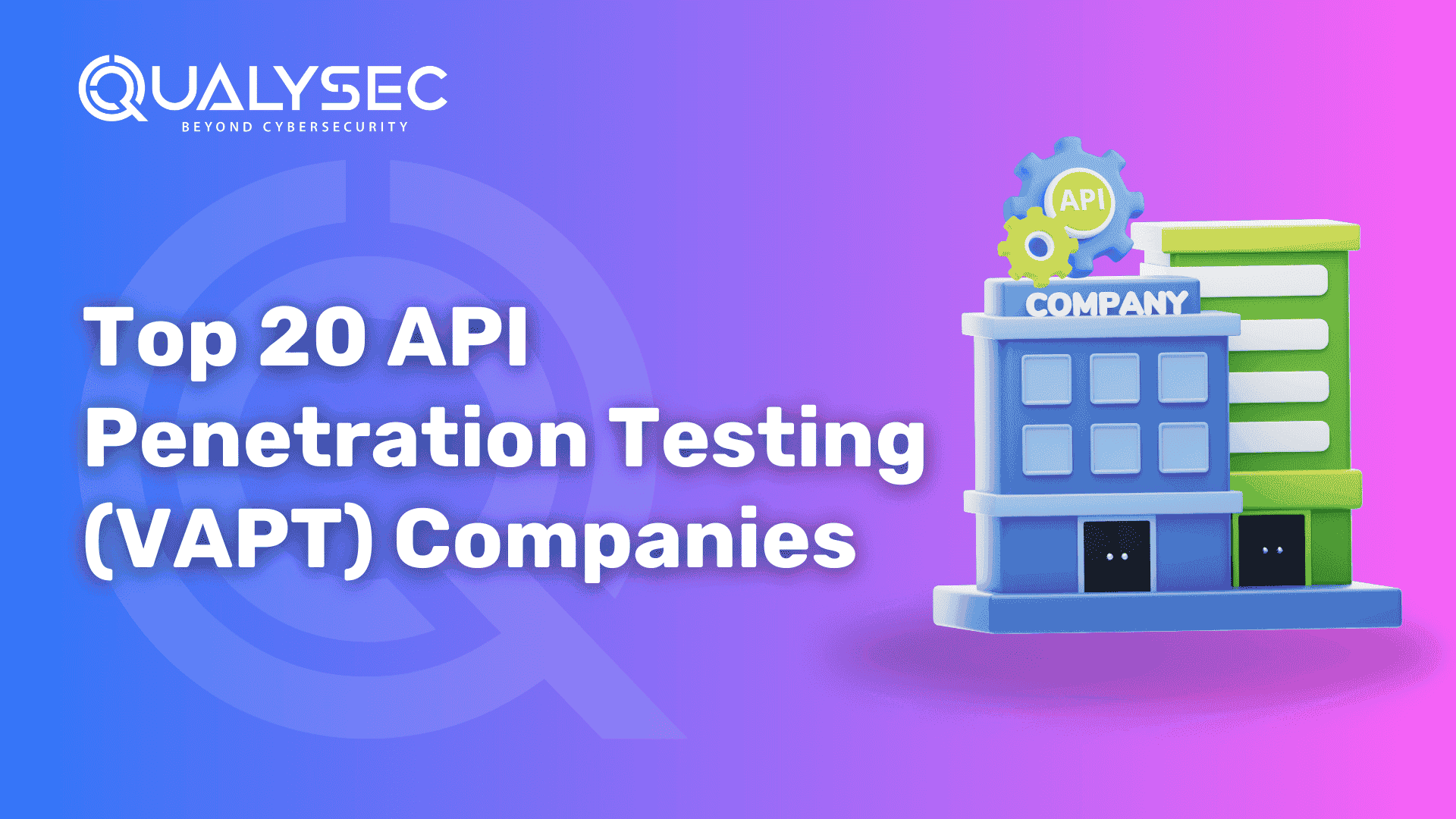
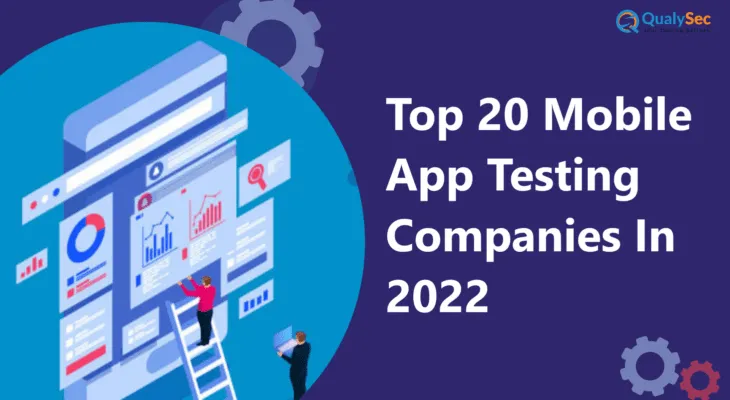

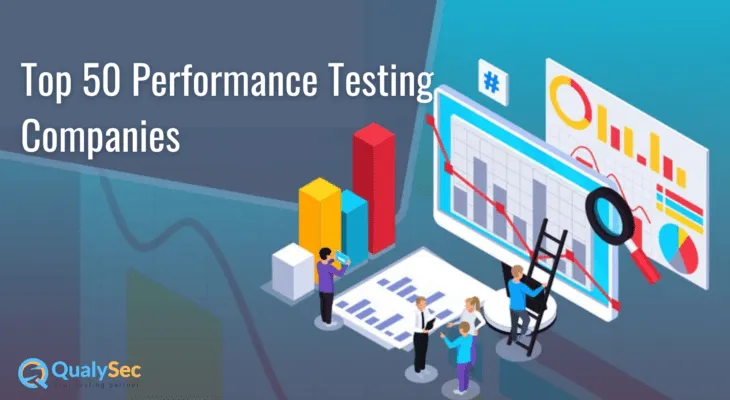
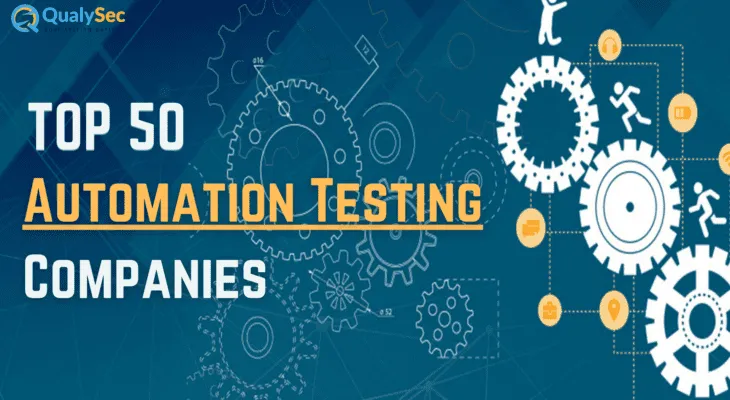


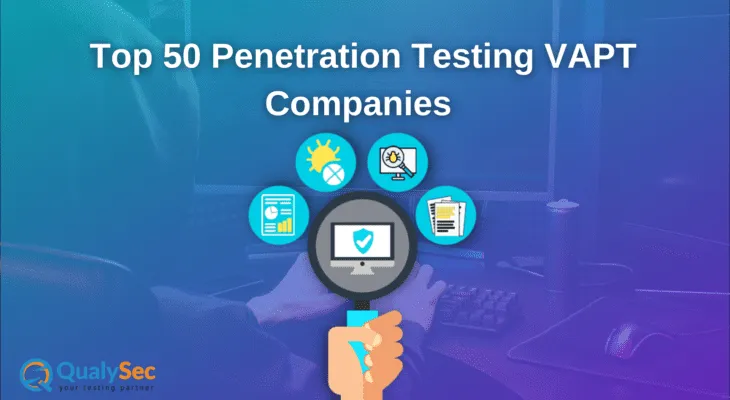
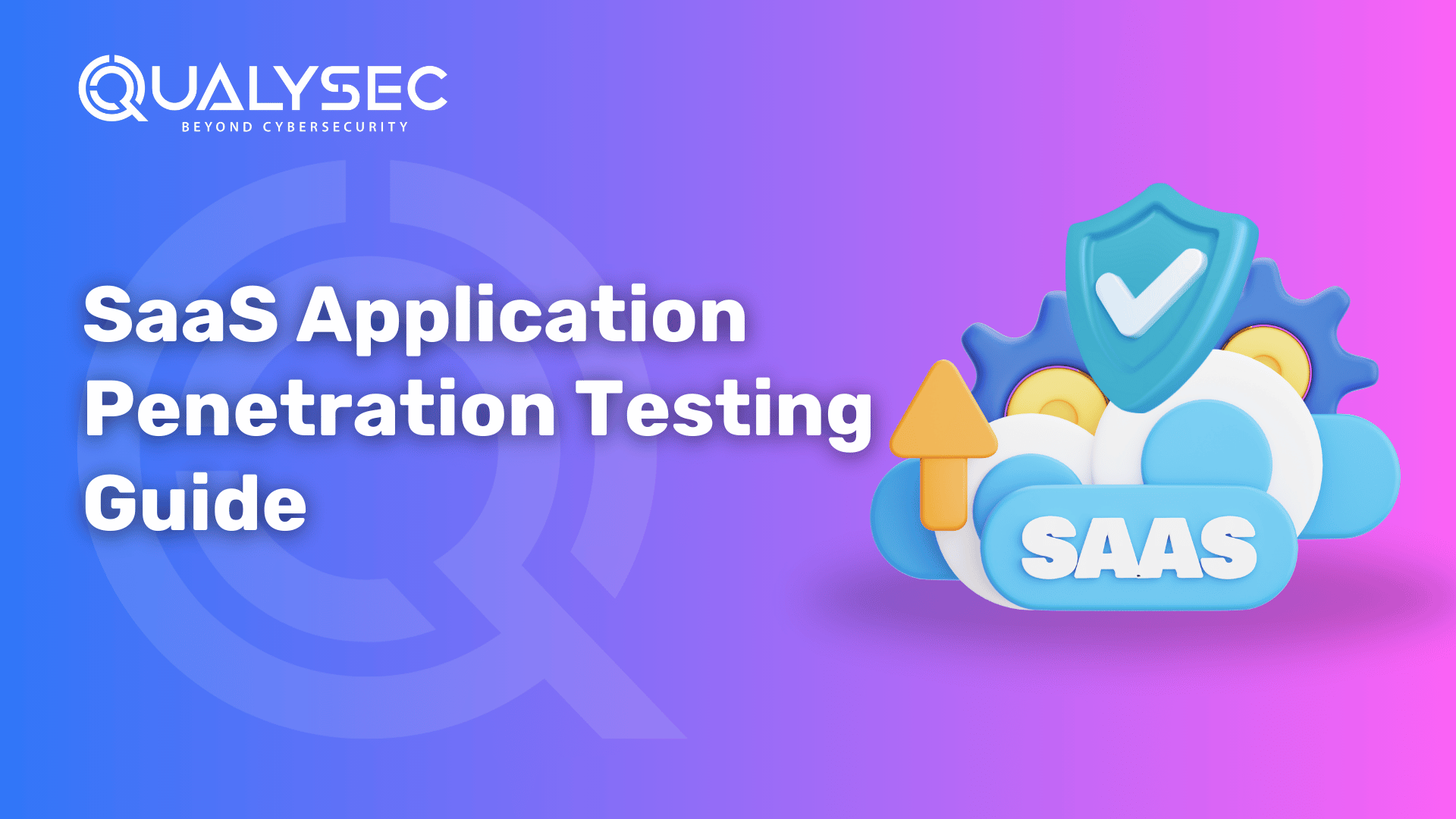
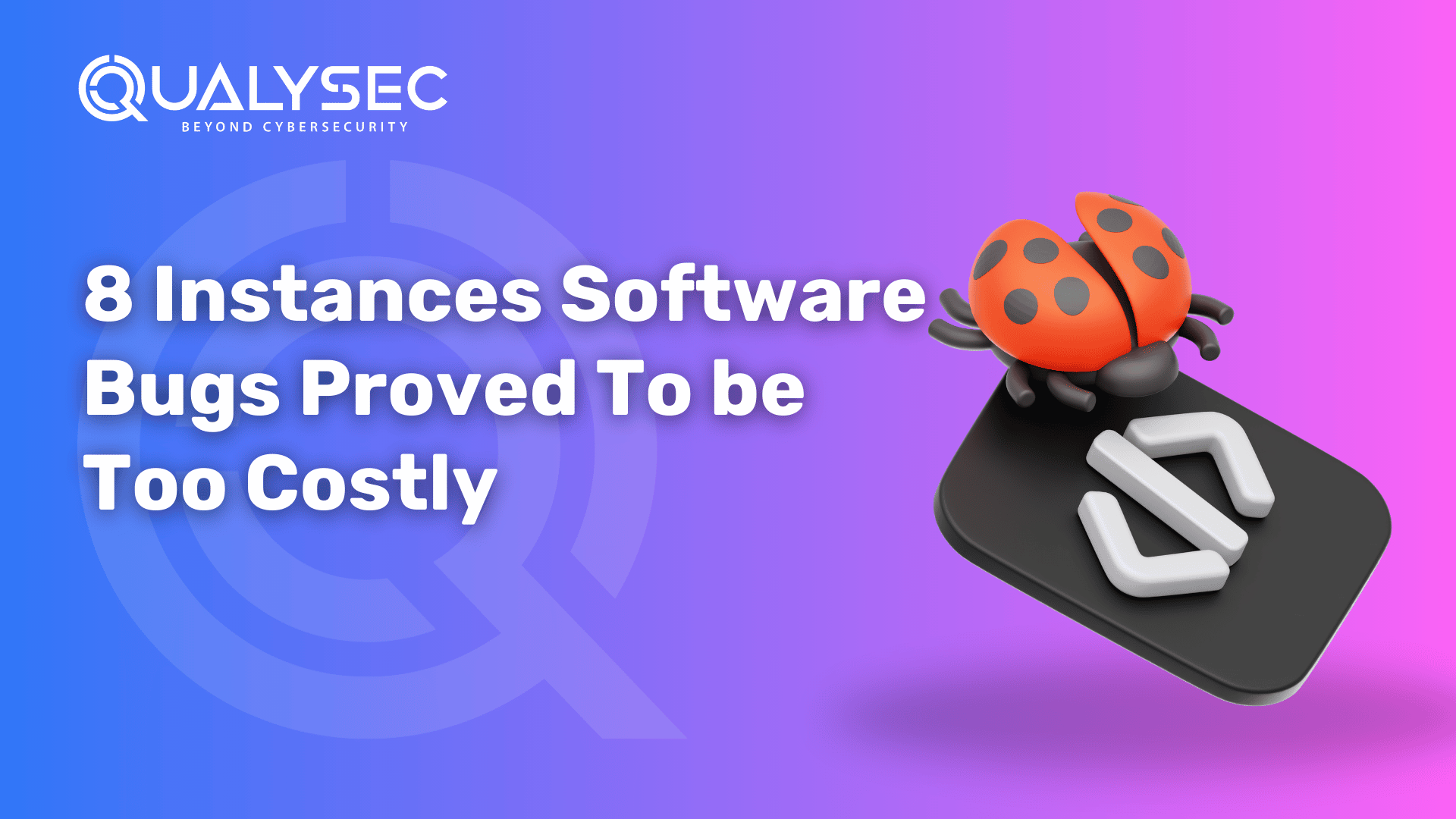

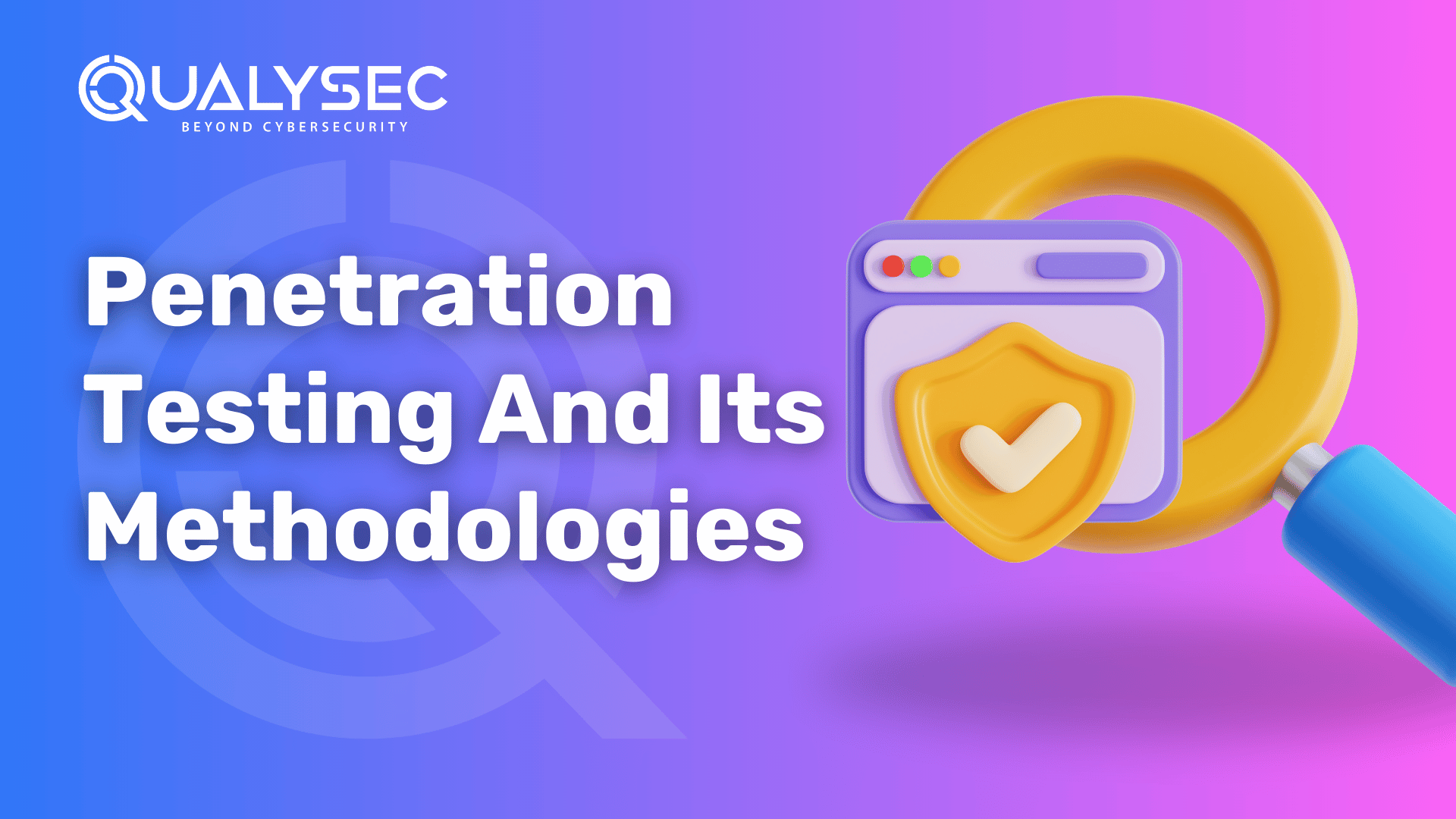
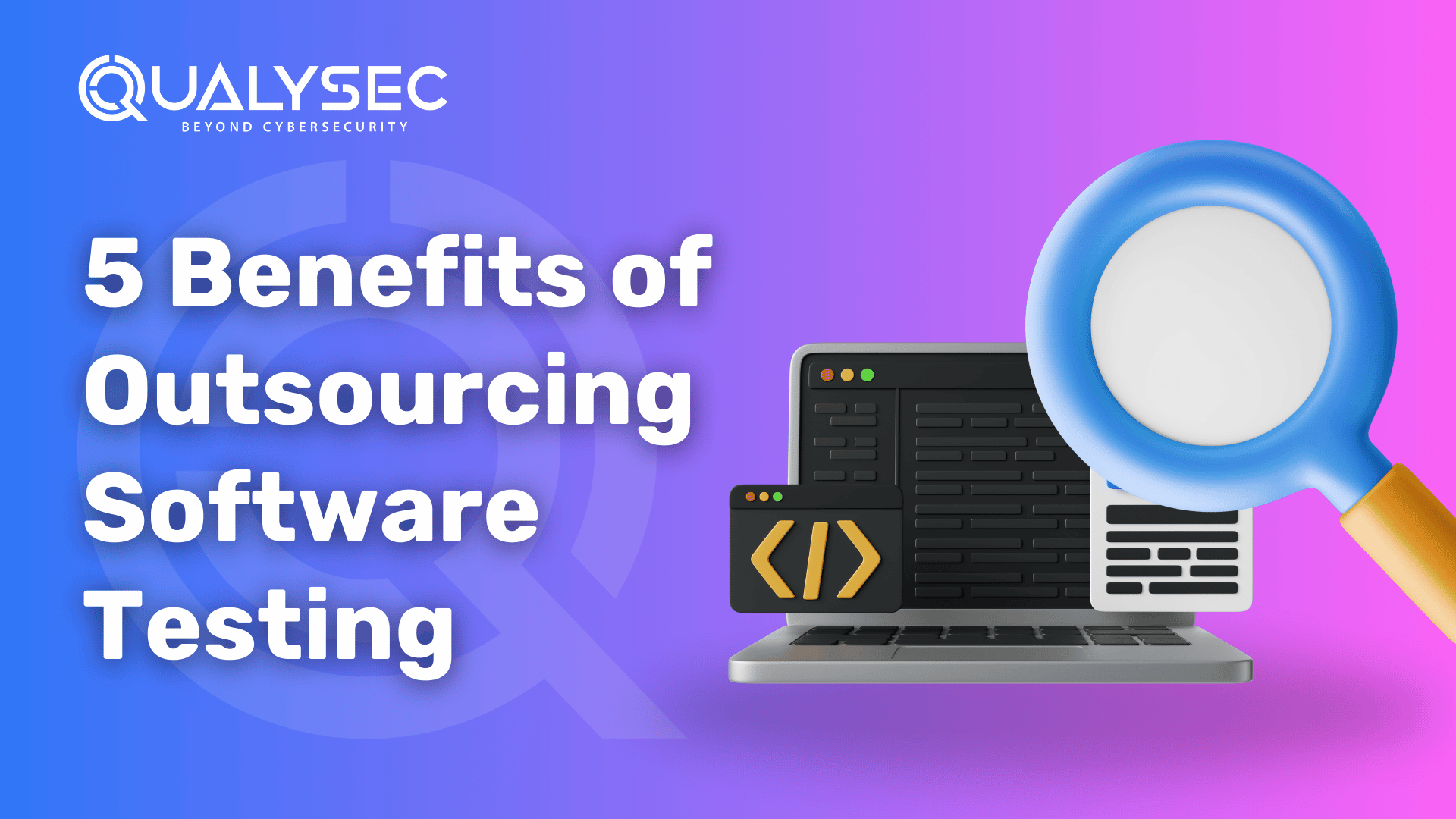


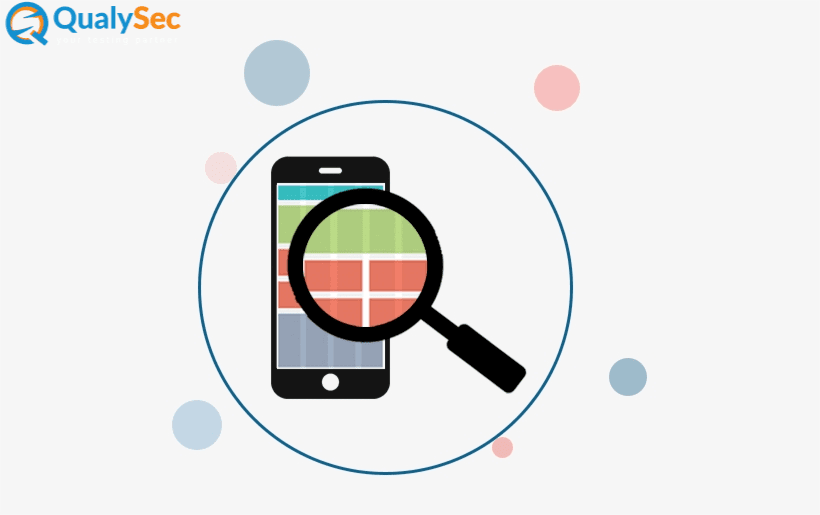

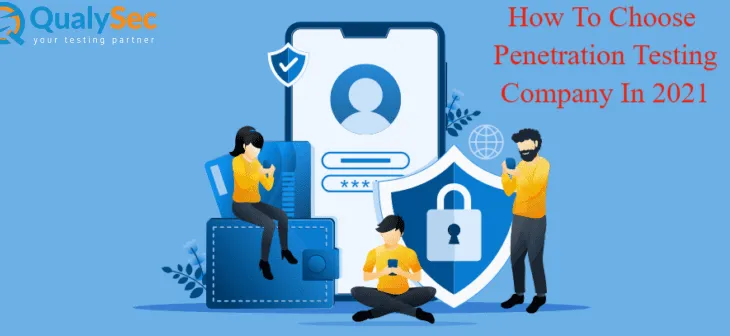


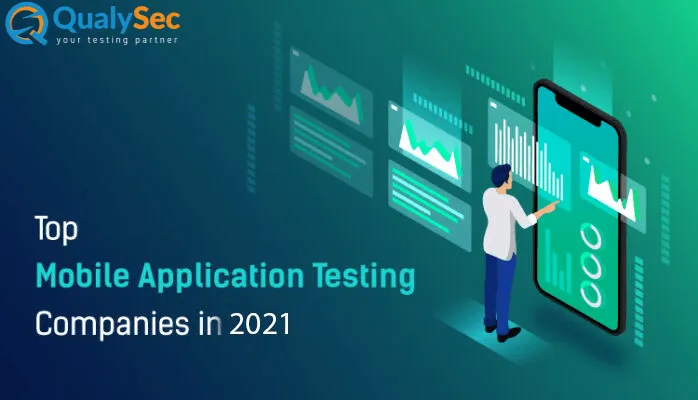
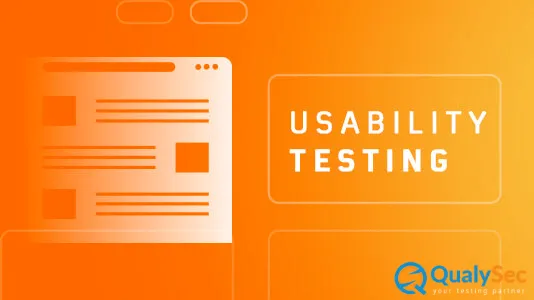

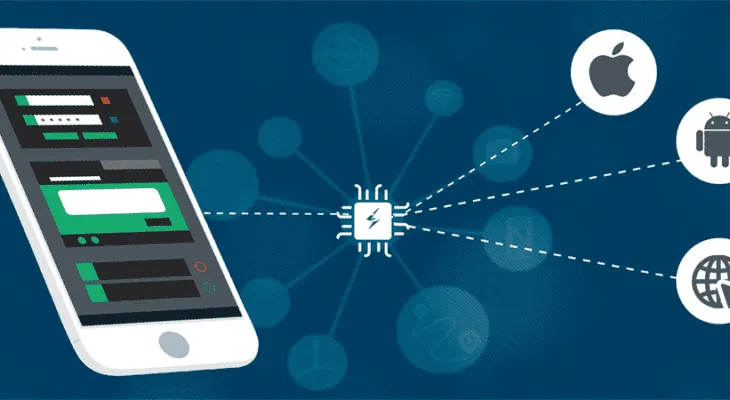
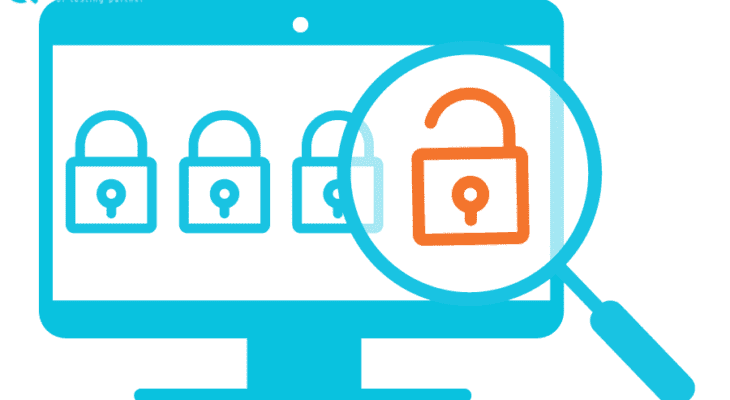
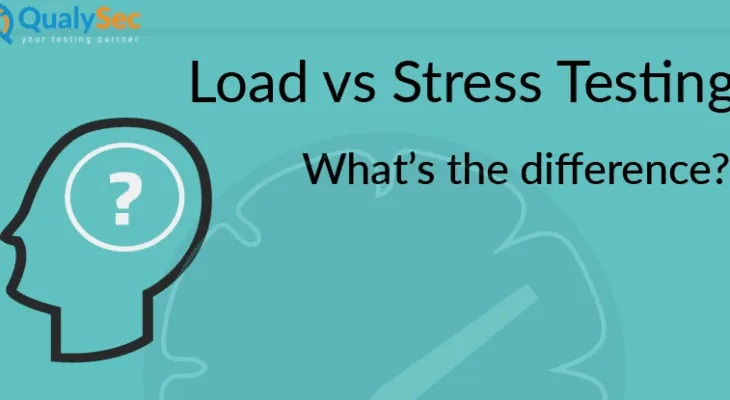


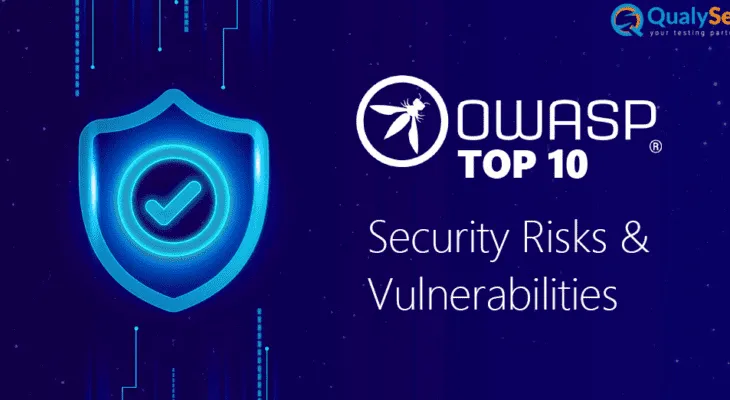


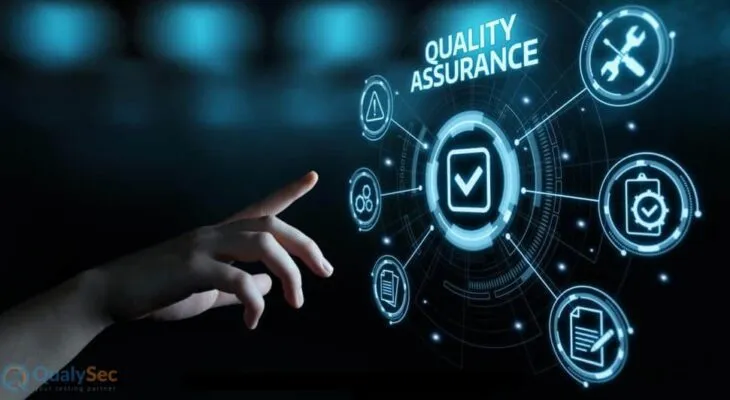
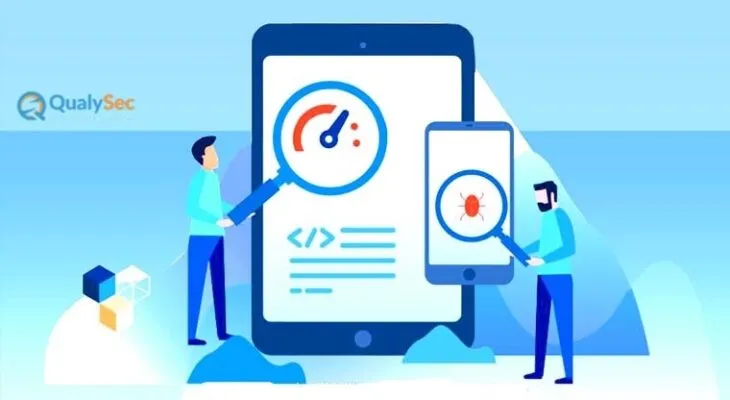







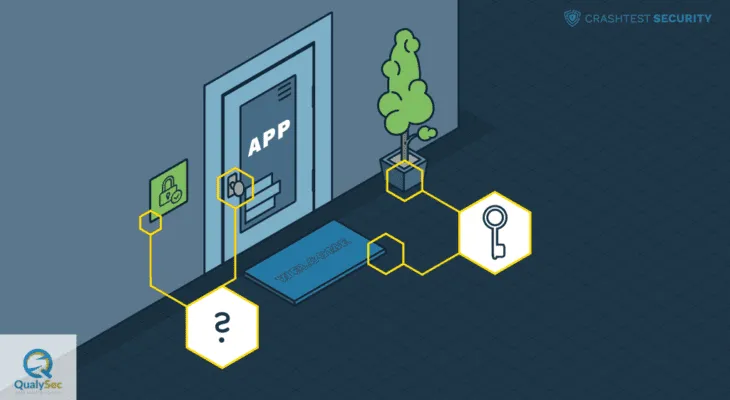






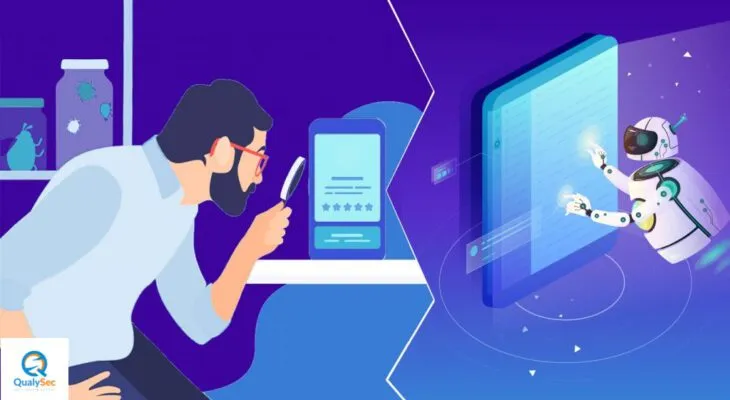
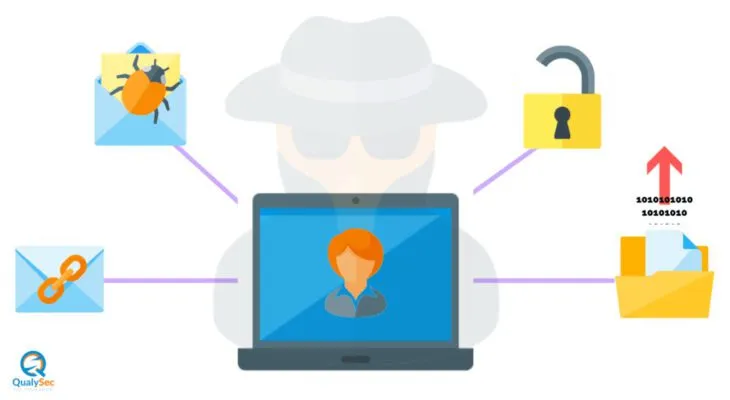
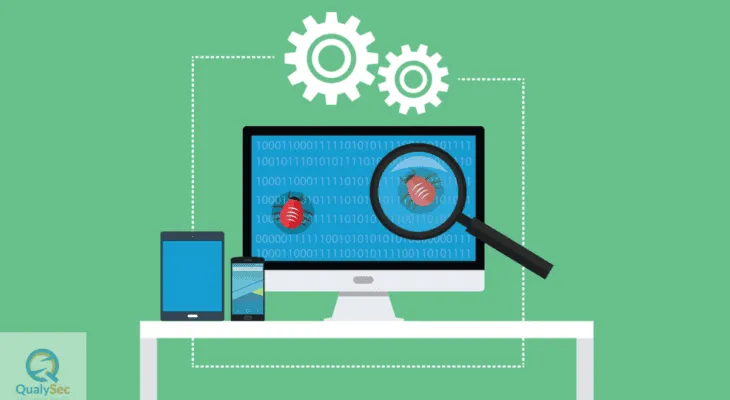
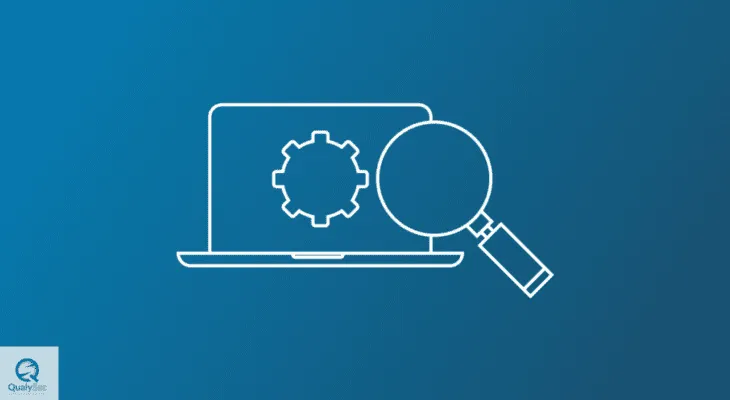


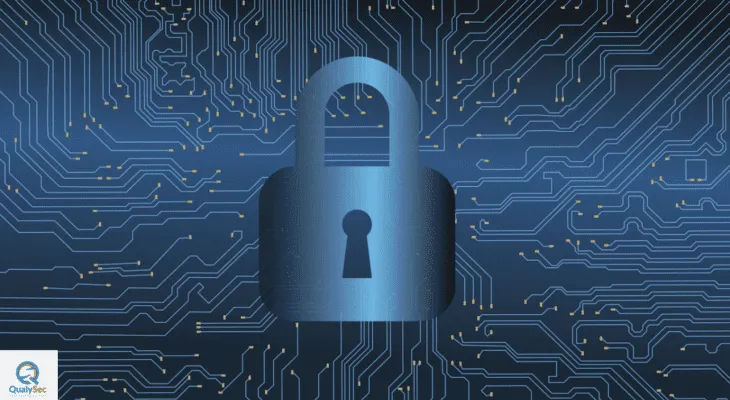
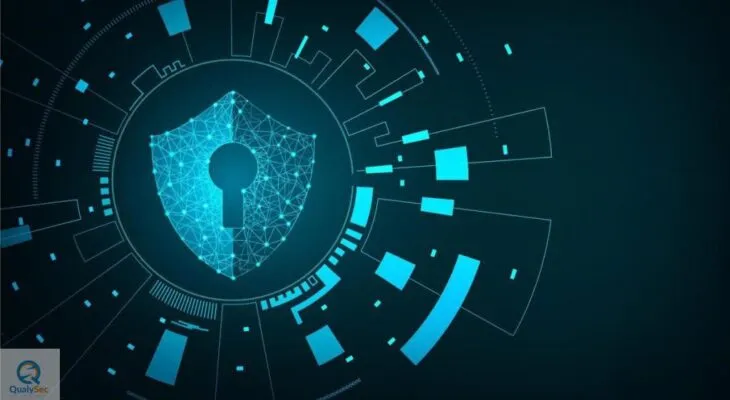







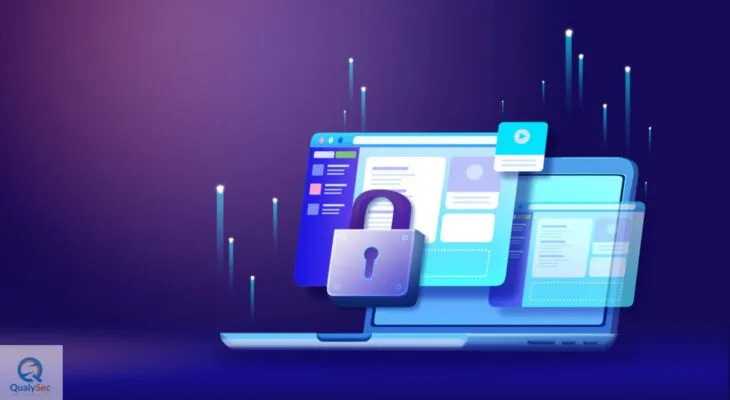







0 Comments